Xiaomi 11T Pro review: top-of-the-line processor and full charge in 20 minutes

The Xiaomi 11T Pro looks to be one of the most interesting smartphones of the upper mid-priced segment in all respects. In fact, almost a flagship, with some minor compromises that the company has gone for in order to make a more humane price. The smartphone features a flagship chipset that has enough power reserve to last for another couple of years. The large AMOLED screen is of excellent quality with 120Hz refresh rate and support for Dolby Vision as well as HDR10+. On top of that, the Xiaomi 11T Pro boasts loud, high-quality stereo speakers, decent battery life, and incredibly fast charging. The smartphone also looks very decent and has IP53 dust and splash protection. Although, definitely would have liked at least IP67. The set of cameras in general is not bad and the main one pleases with the quality of shooting. Although optical stabilization wouldn't hurt, and a periscopic telephoto module would be helpful for complete happiness. But the overall impression of Xiaomi 11T Pro left very pleasant. The main question is how much the smartphone will cost in our country, from this will depend on how interesting it will be to buy.
6 reasons to buy Xiaomi 11T Pro:
- flagship chipset;
- excellent AMOLED-display with 120 Hz refresh rate, and support Dolby Vision and HDR10 +;
- impressive battery life and incredibly fast charging;
- main camera can take very decent photos;
- loud stereo speakers with high-quality sound;
- nice design, protection from dust and moisture IP53.
2 reasons not to buy Xiaomi 11T Pro:
- would like an advanced telephoto camera and the presence of optical stabilization in the main;
- more serious protection from dust and water would be very helpful.
Quick link:
- What's in the box?
- What does the Xiaomi 11T Pro look like?
- How good is the screen?
- What are the unlock options?
- What about performance, memory, sound and battery life?
- How user-friendly is the interface?
- How good are the cameras?
- Bottom line
What's in the box?




The Xiaomi 11T Pro comes in a modest white box with no abundance of printing. Only the model name and designations of some technical features. Like, for example, stereo sound from harman/kardon. In the box is the smartphone itself, a massive 120W power supply, a USB Type-C cable, a transparent silicone bumper, a protective film immediately on the screen, a tool for removing the tray and documentation.
What does the Xiaomi 11T Pro look like?
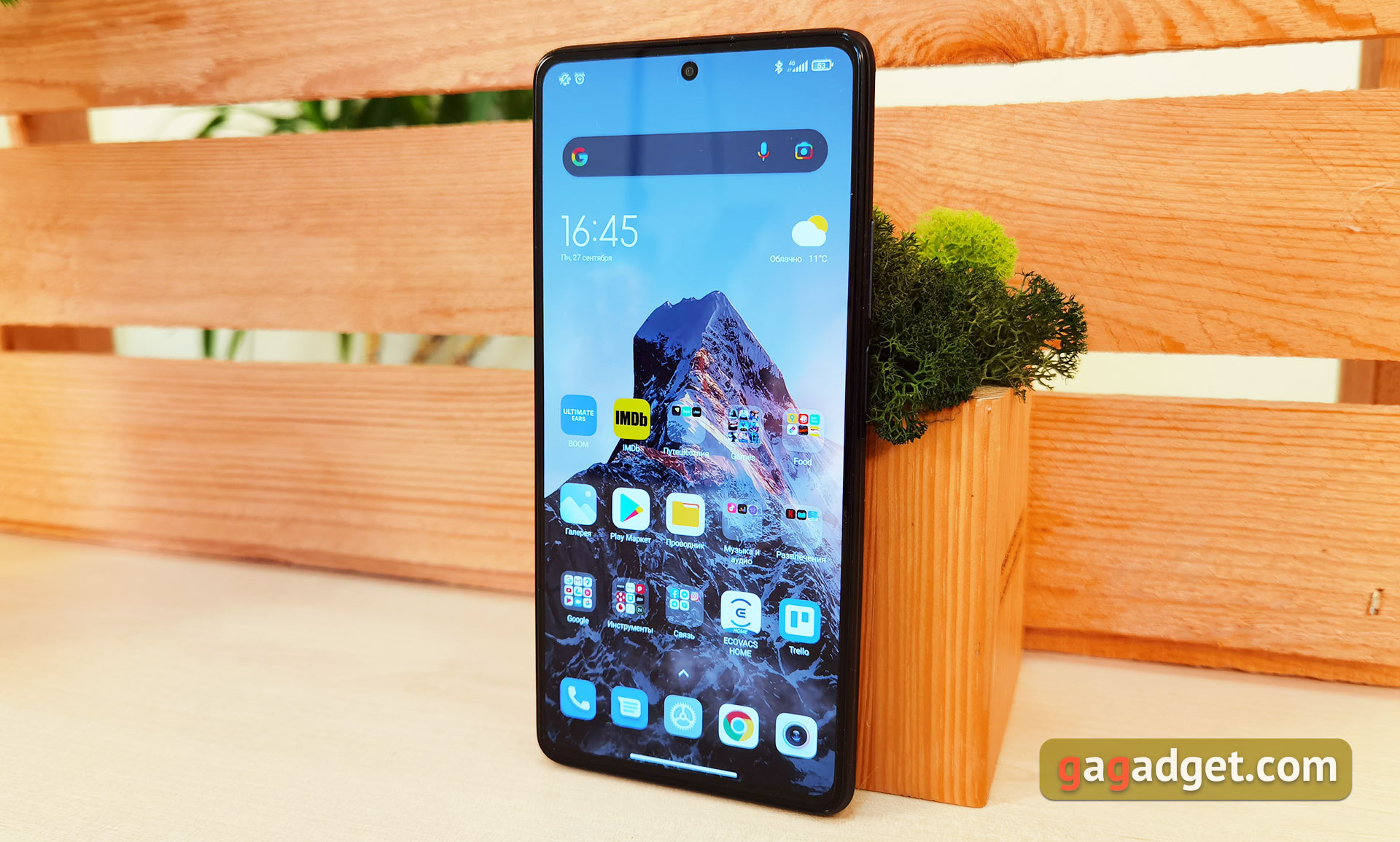
The Xiaomi 11T Pro looks like a typical modern smartphone with a big screen. The screen is flat, with a diagonal of an impressive 6.67 inches. And even taking into account the rather thin frames, the smartphone turned out to be large. The front camera is placed in a small hole in the middle of the top of the display. Gorilla Glass Victus is used as protection. Above the screen is a thin slot of the conversation speaker. Nothing else interesting on the front.

In terms of materials used in Xiaomi 11T Pro everything is usual, as in smartphones of the middle (top of it) and top price segment. Glass on the front and back, and the bezel is metal. The volume and power buttons are placed in the familiar place on the right edge of the smartphone. But the power button is slightly wider than usual. The company decided not to use a sub-screen fingerprint scanner in this model, and built it into the power button.
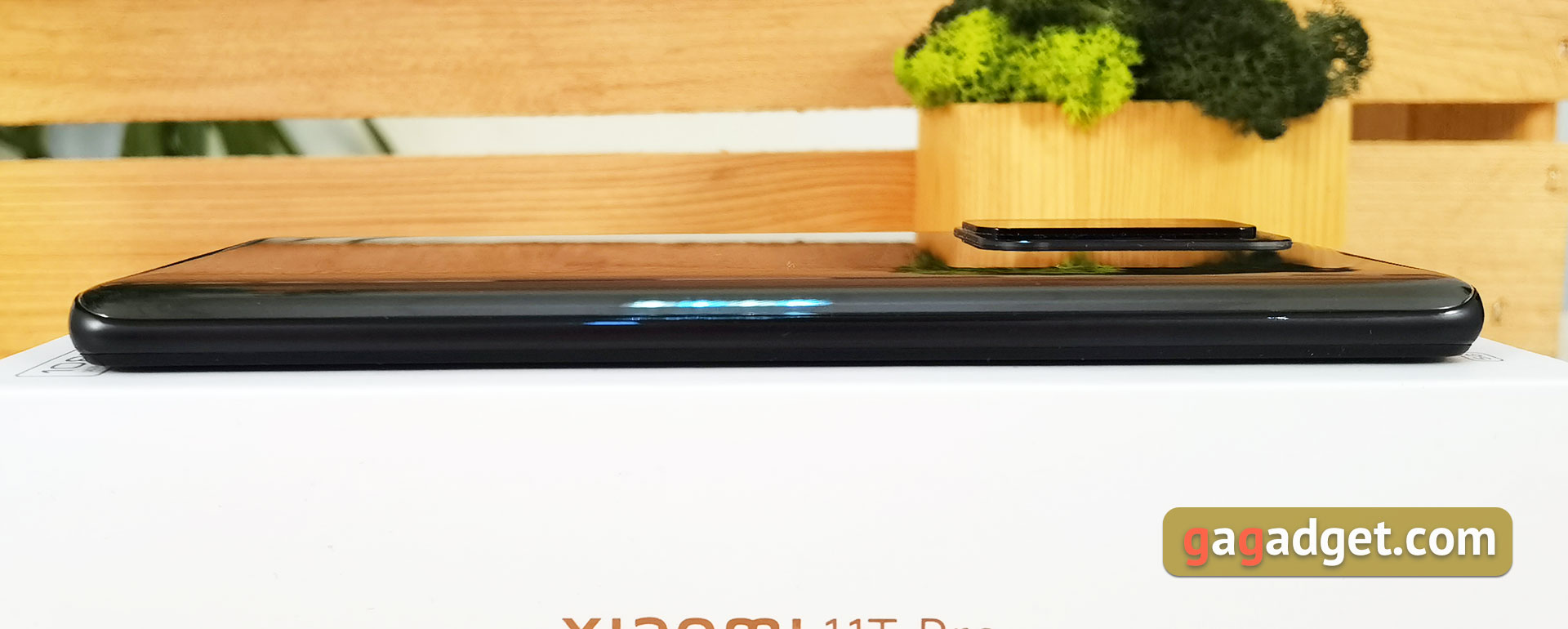
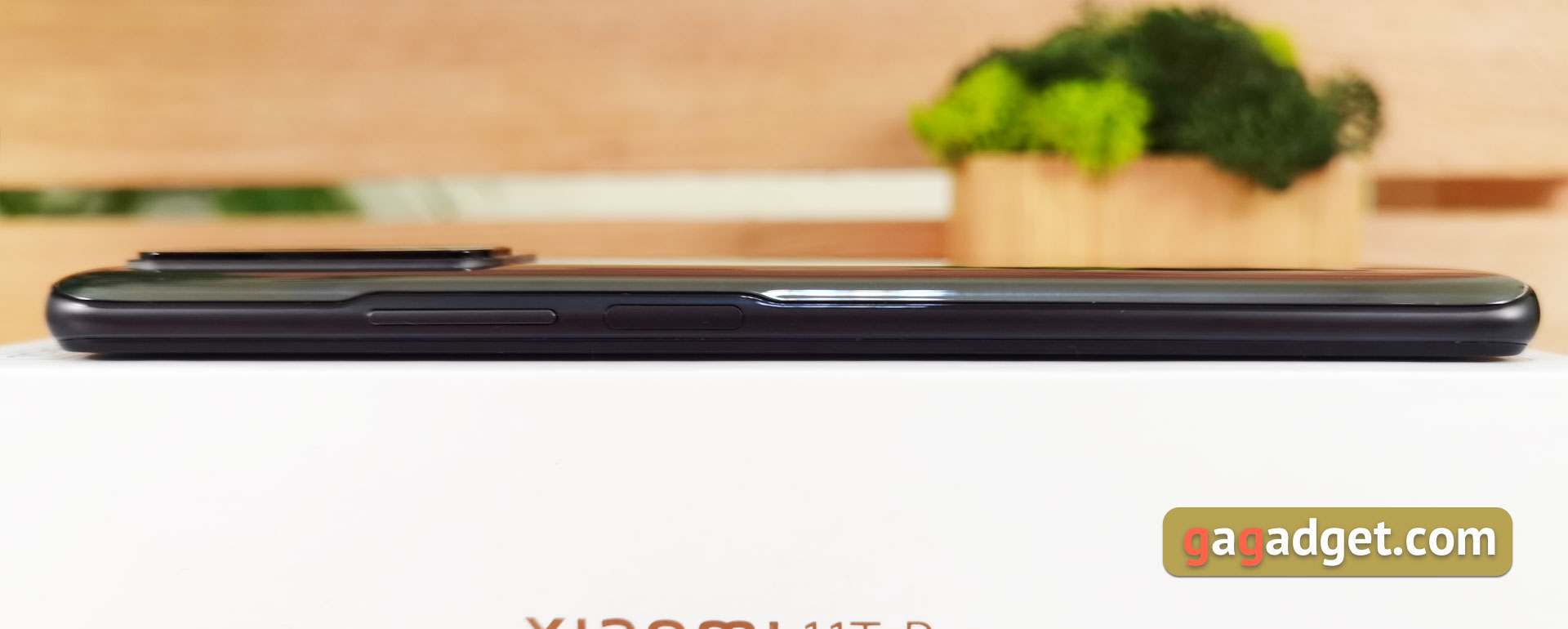


There are also glass inserts on the top and bottom ends. On the top are a microphone, an infrared port for controlling electronics, one of the stereo speakers, and the harman/kardon logo. It is claimed that the company did the sound in the smartphone.
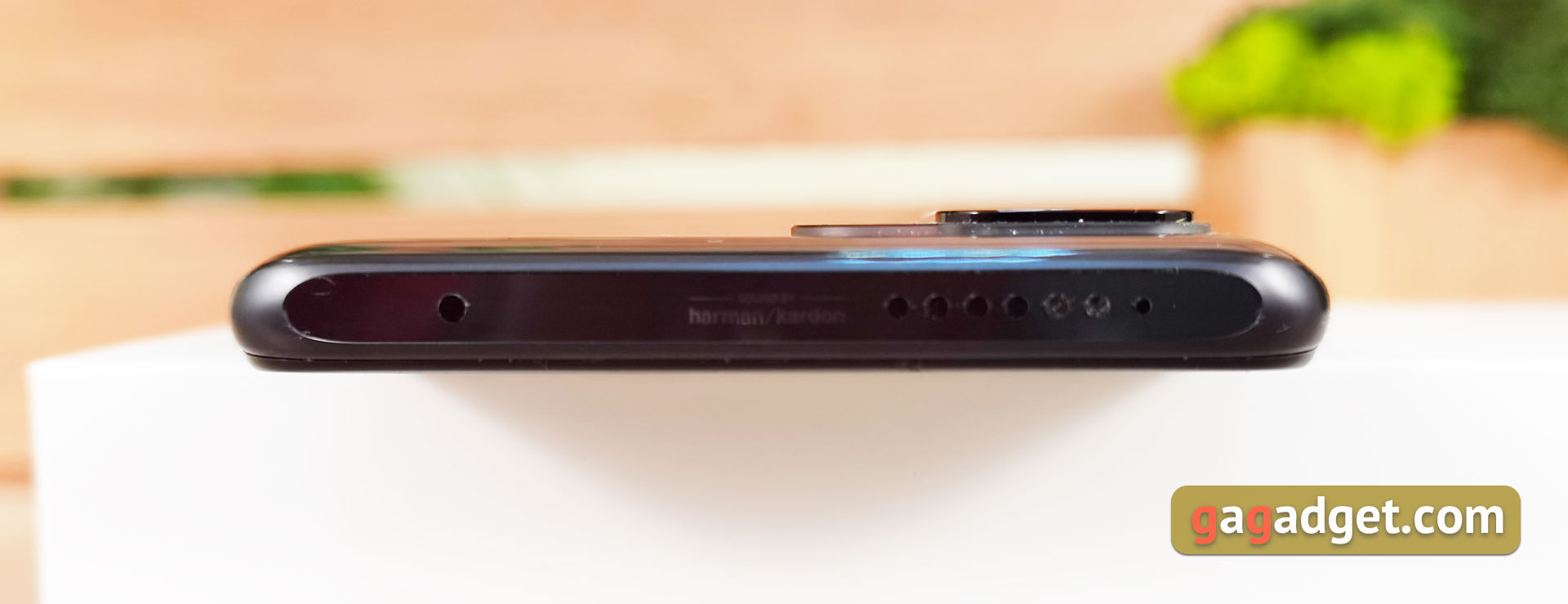
On the bottom edge there is a speaker, a microphone, a USB Type-C connector and a tray.
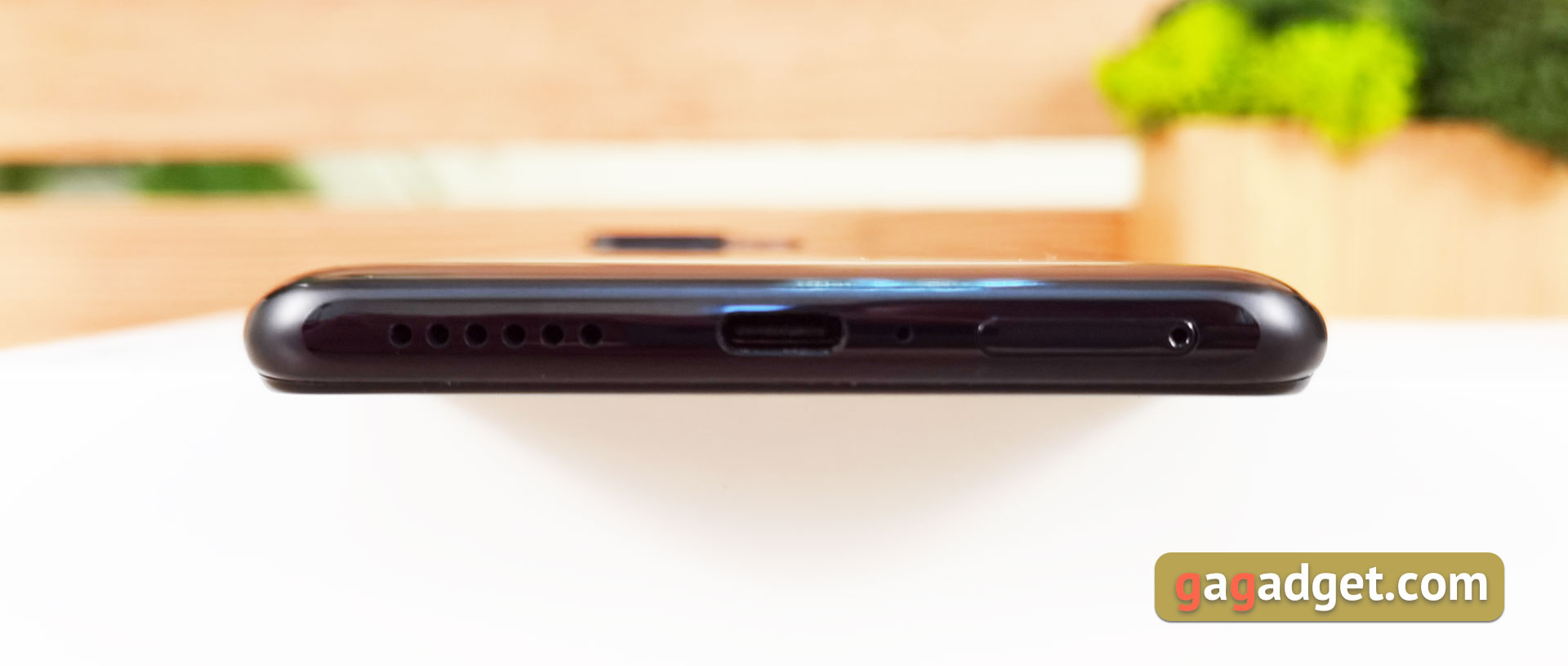
The possibility of memory expansion is not provided, in the tray there is room only for two SIM cards. All in all, not surprising: the smartphone is positioned almost as a flagship.
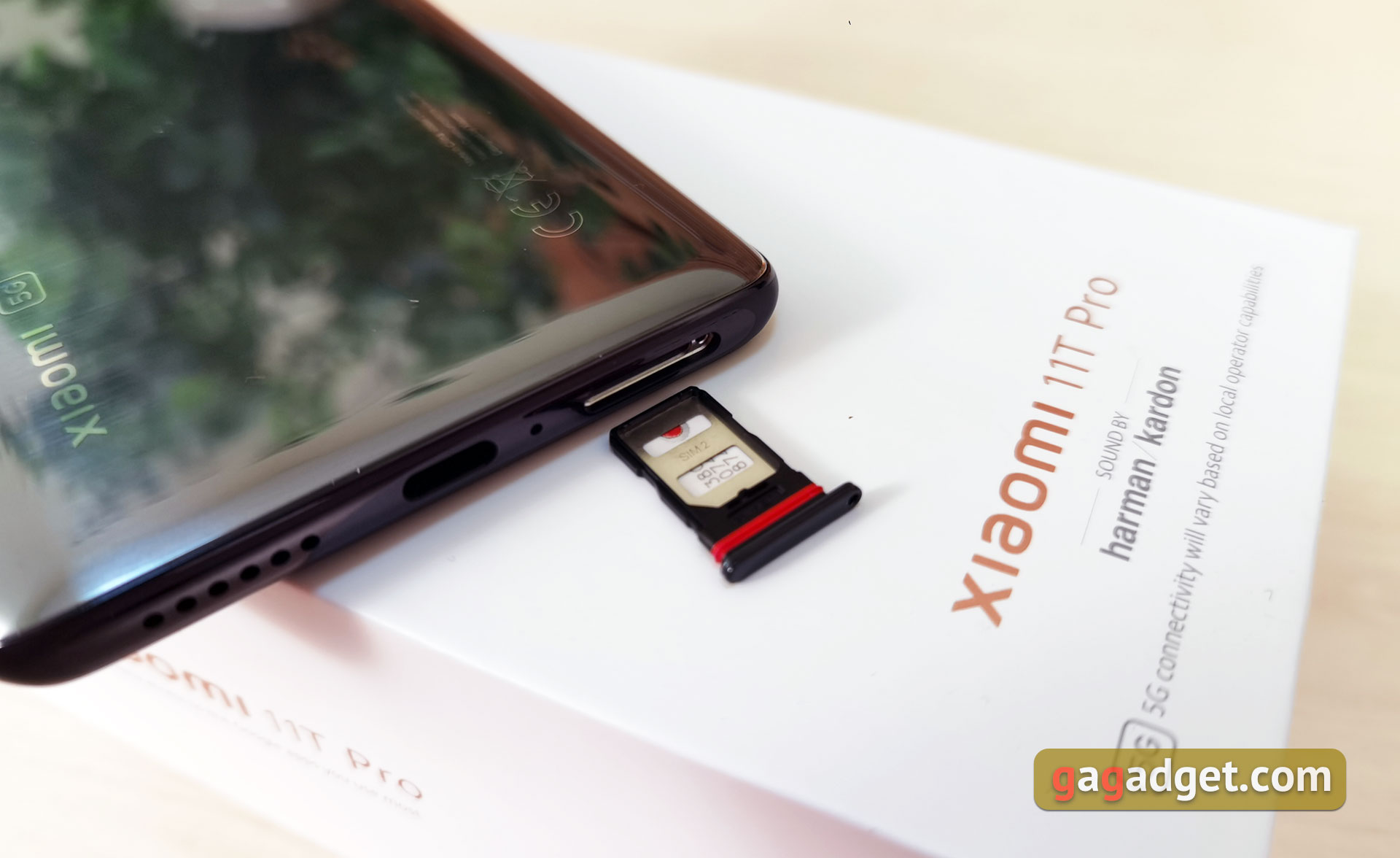
The entire back cover is glass. The most neutral variant of dark gray color with an interesting pattern under the polished metal came to us. Unlike black glossy smartphones, the dark gray Xiaomi 11T Pro doesn't show fingerprints as clearly. The back cover itself has noticeable curves on all edges, thanks to which the smartphone lies comfortably in your hand, which is important for such dimensions and weight of just over 204 g. The rear camera is made in the form of a large rectangle with three lenses, LED flash

The smartphone has protection against dust and splashing water standard IP53. It won't survive immersion in water, but it will stand up to rain quite well.
How good is the screen?
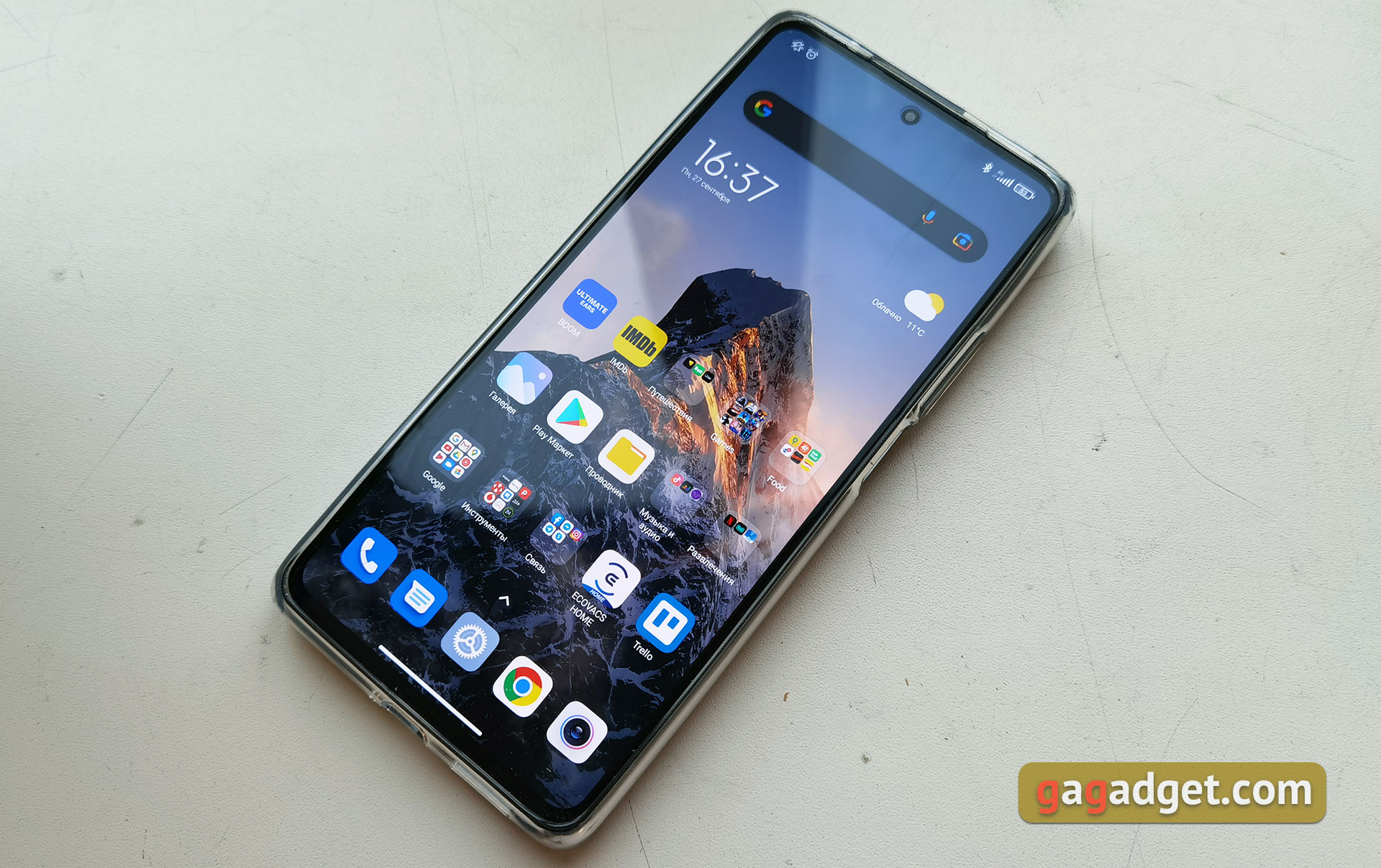
The Xiaomi 11T Pro has a very nifty (judging by the claimed specifications) 6.67-inch AMOLED display with a resolution of 2400x1080, aspect ratio of 20:9 and pixel density of 395 ppi. The refresh rate is 120Hz and the touch layer readout rate is 480Hz, which is especially important for mobile gaming enthusiasts. The screen supports HDR10+, Dolby Vision, promises a maximum automatic brightness of 800 cd/m2 and peak 1000 cd/m2. The color gamut is DCI-P3. Plus a number of enhancements are supported: video resolution upscaling, SDR to HDR conversion, gallery image enhancement and MEMC (low frame rate video up to 60 fps). The settings include different color modes, flexible self-tuning, there is a dark theme interface, reading mode and DC Dimming function (flicker removal). The last function only works with a refresh rate of 60 Hz.


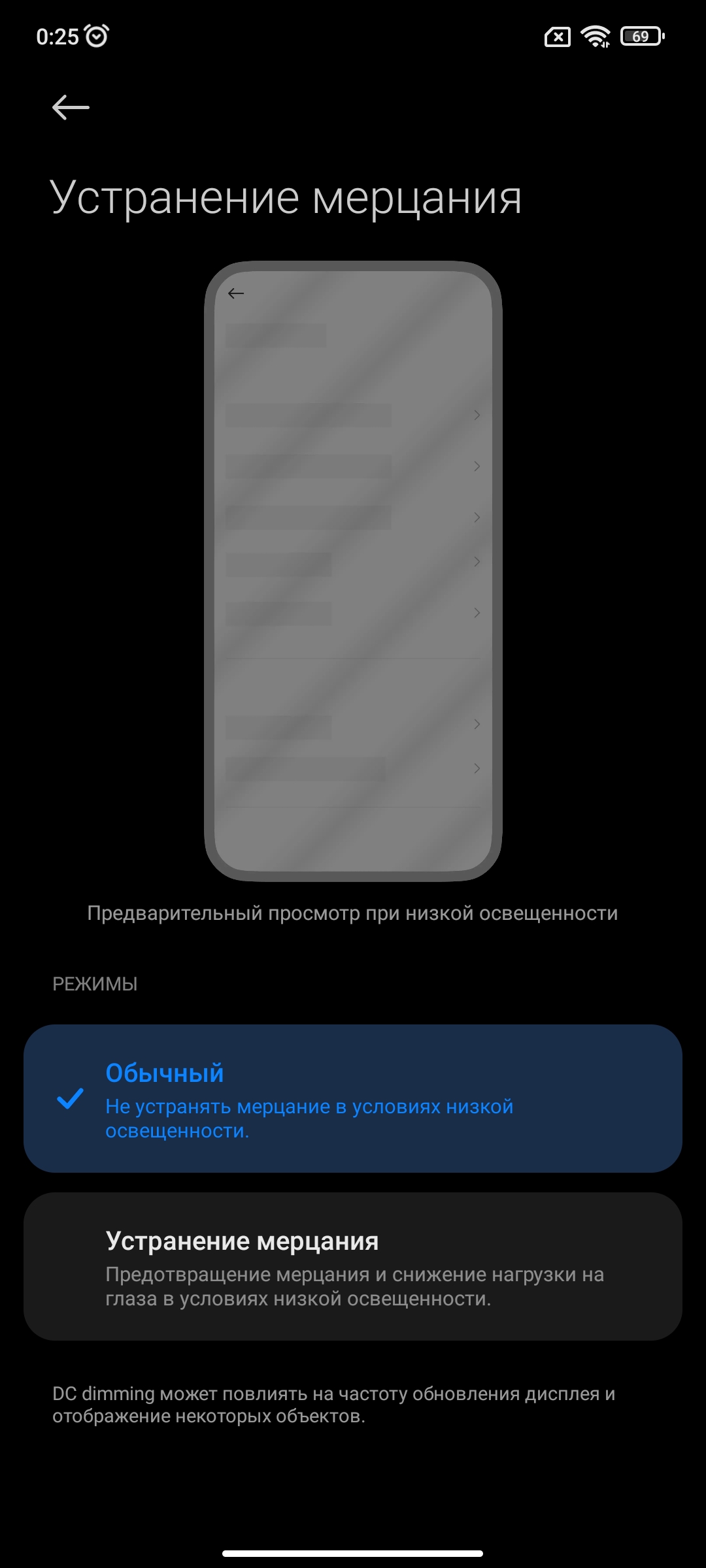



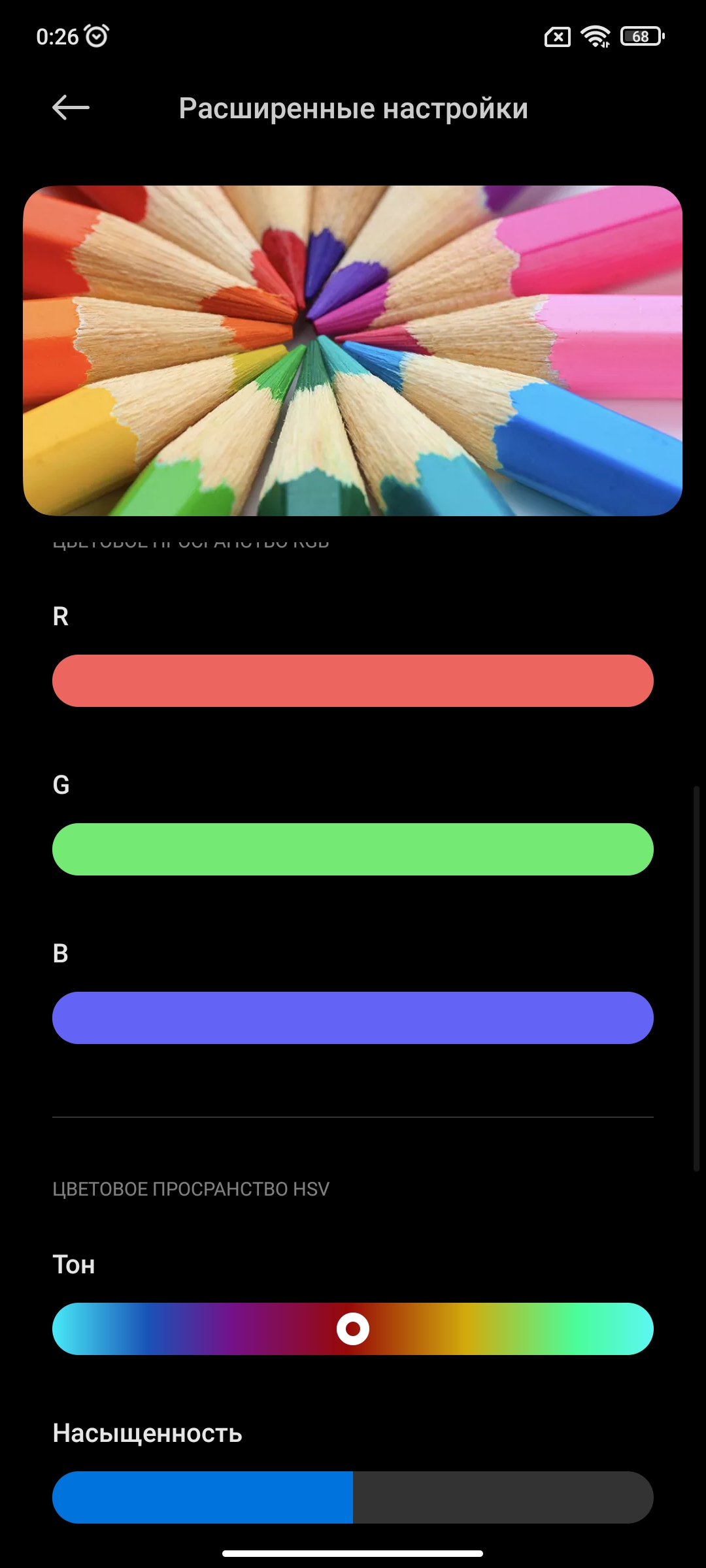
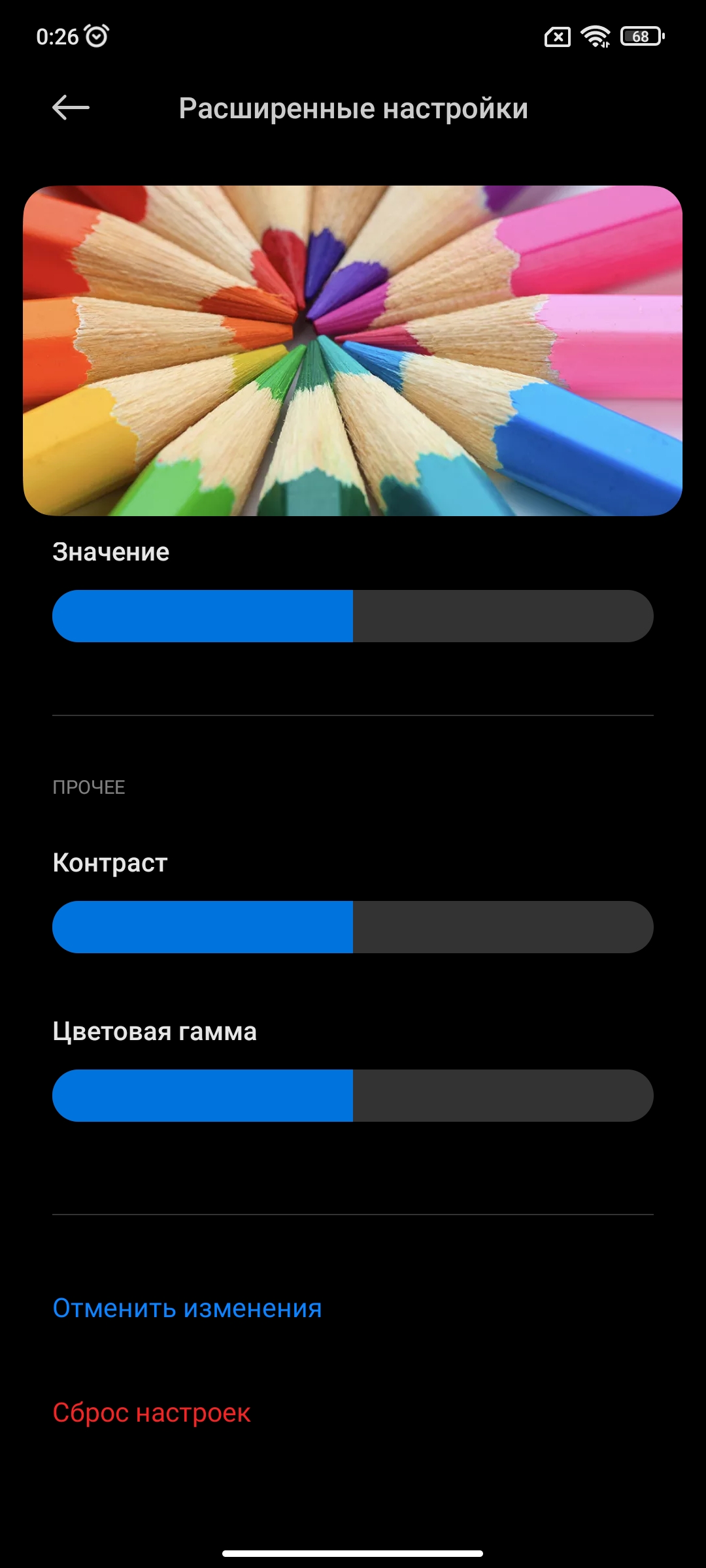
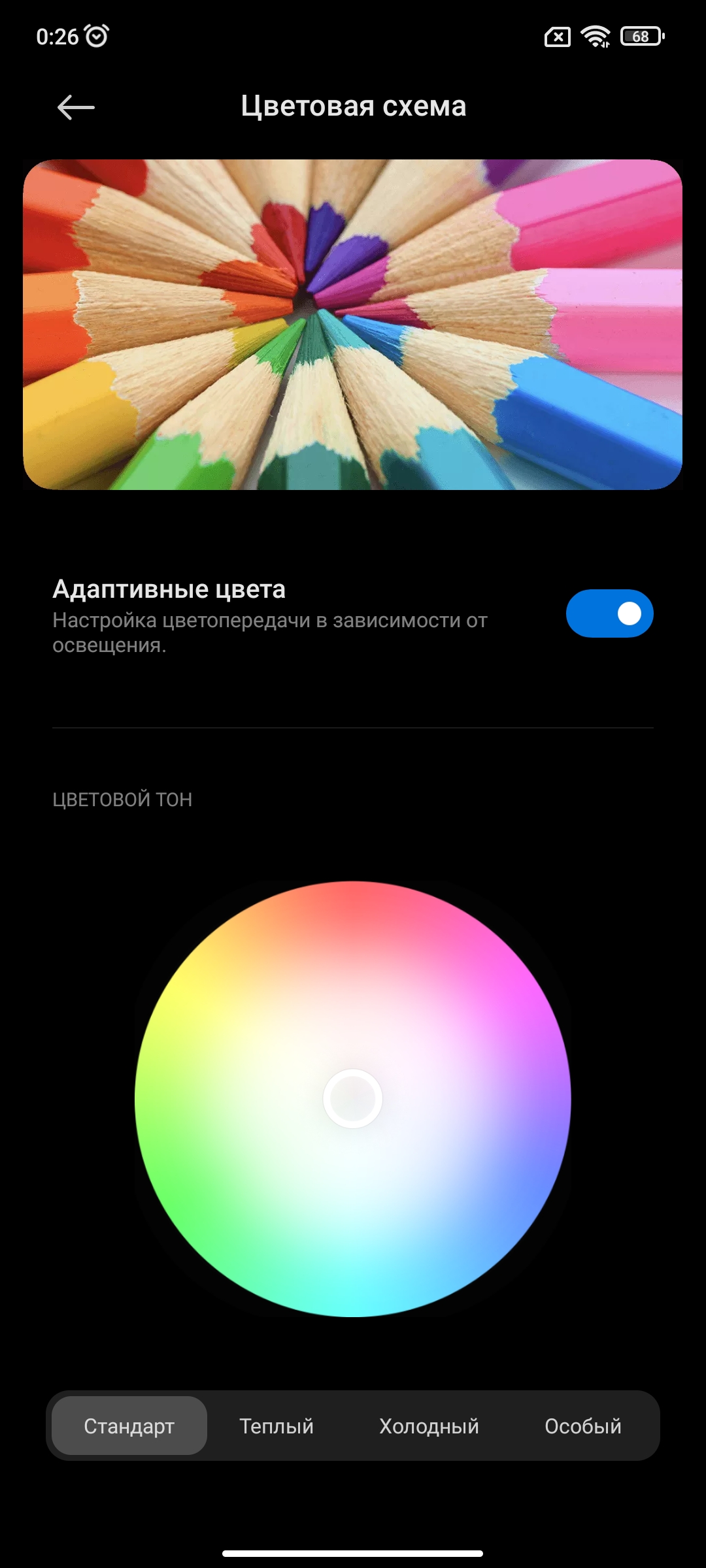


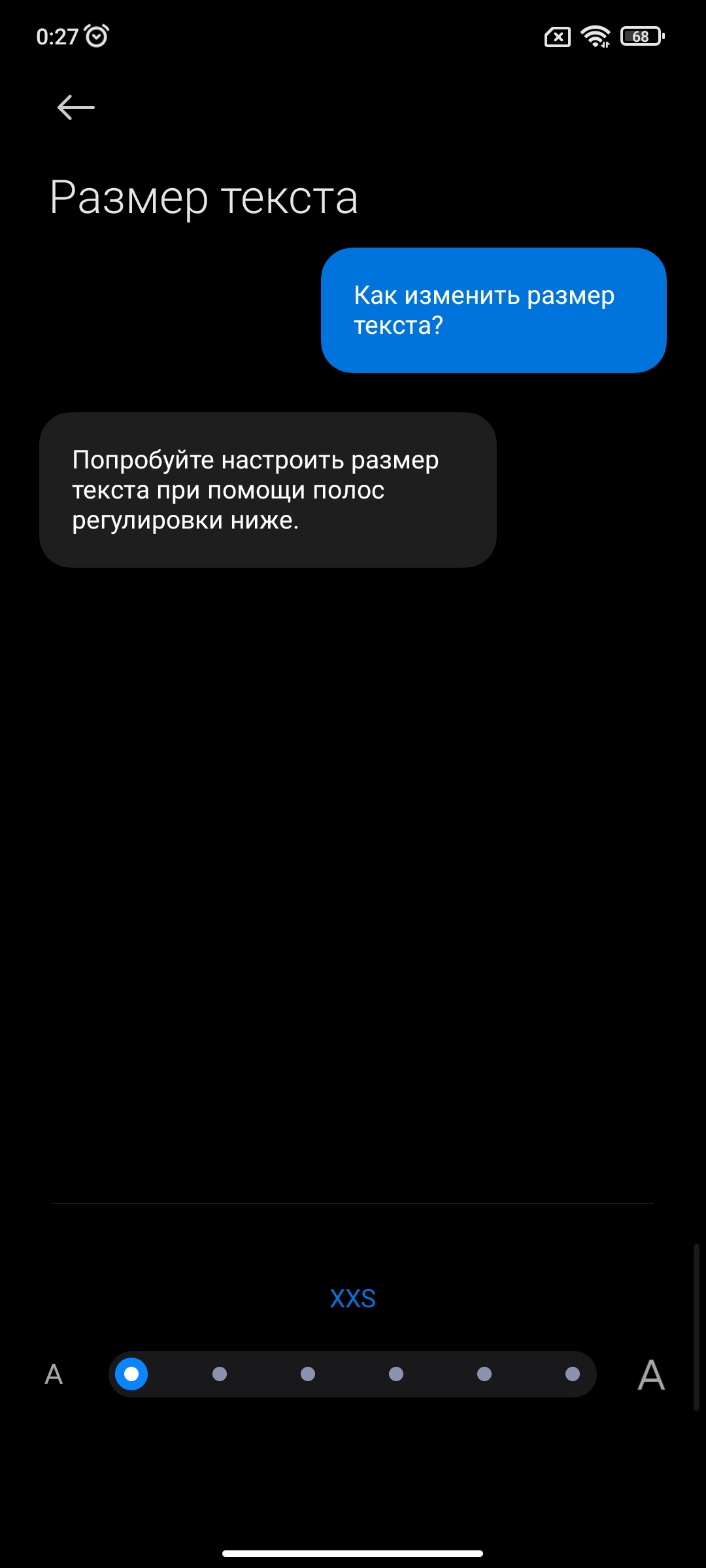

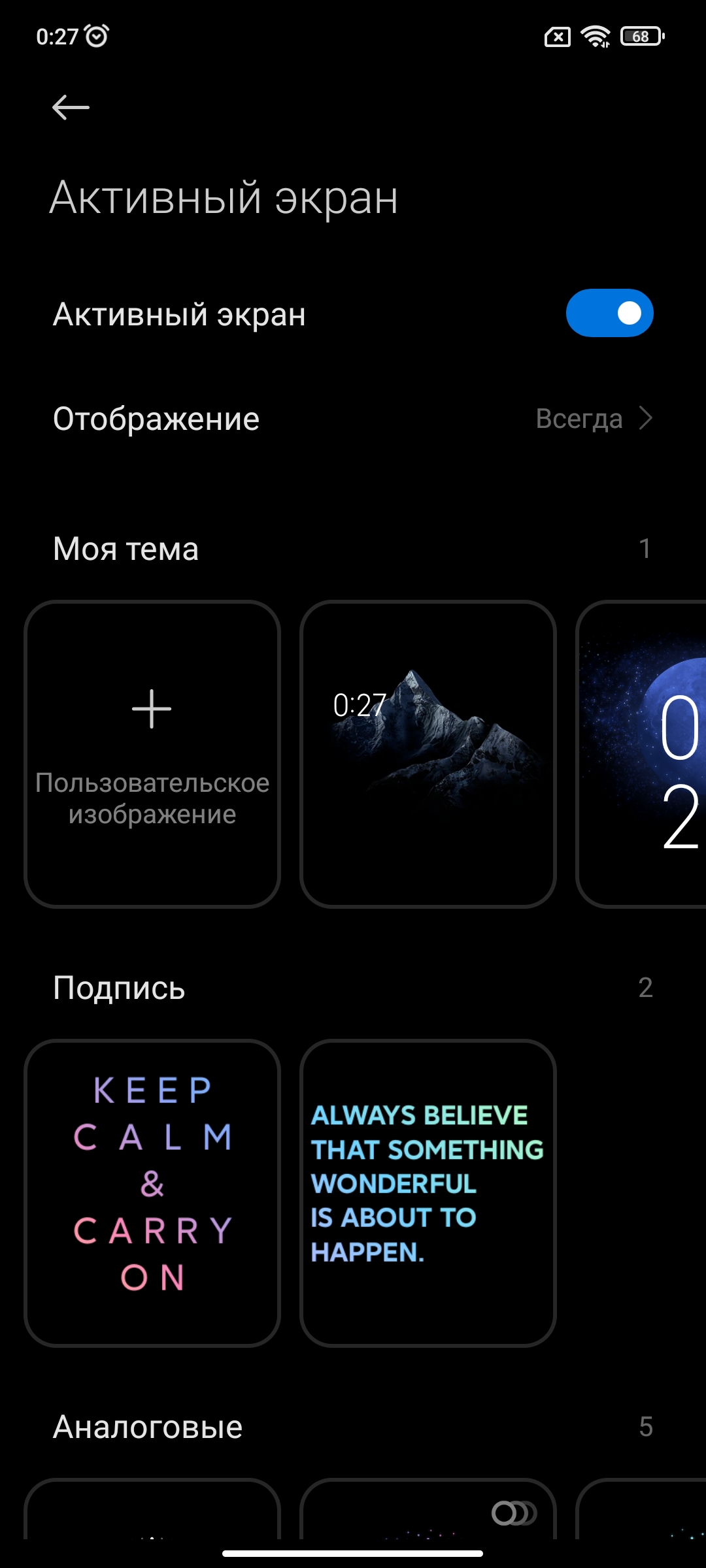
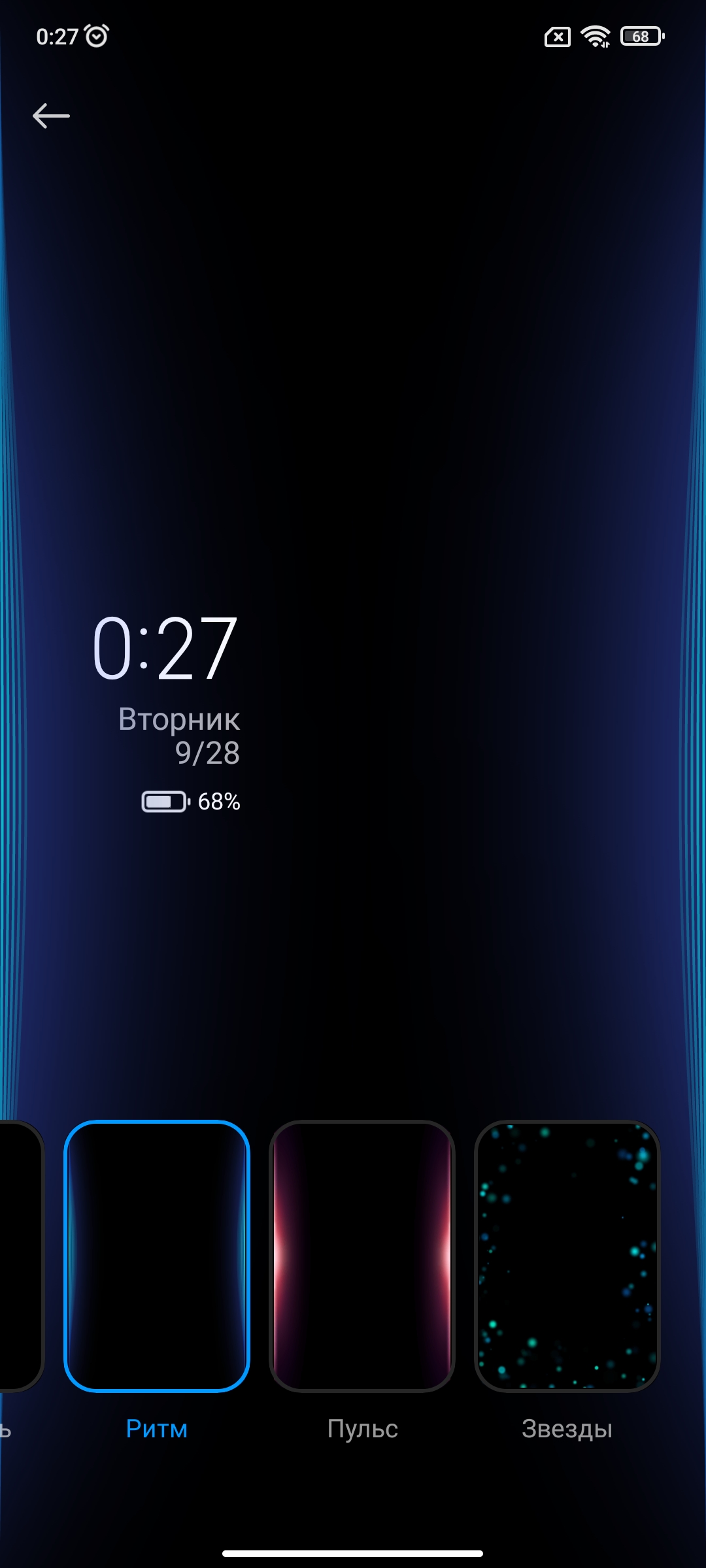















There is a function Always on Display with abundant options and number of pictures/dials.
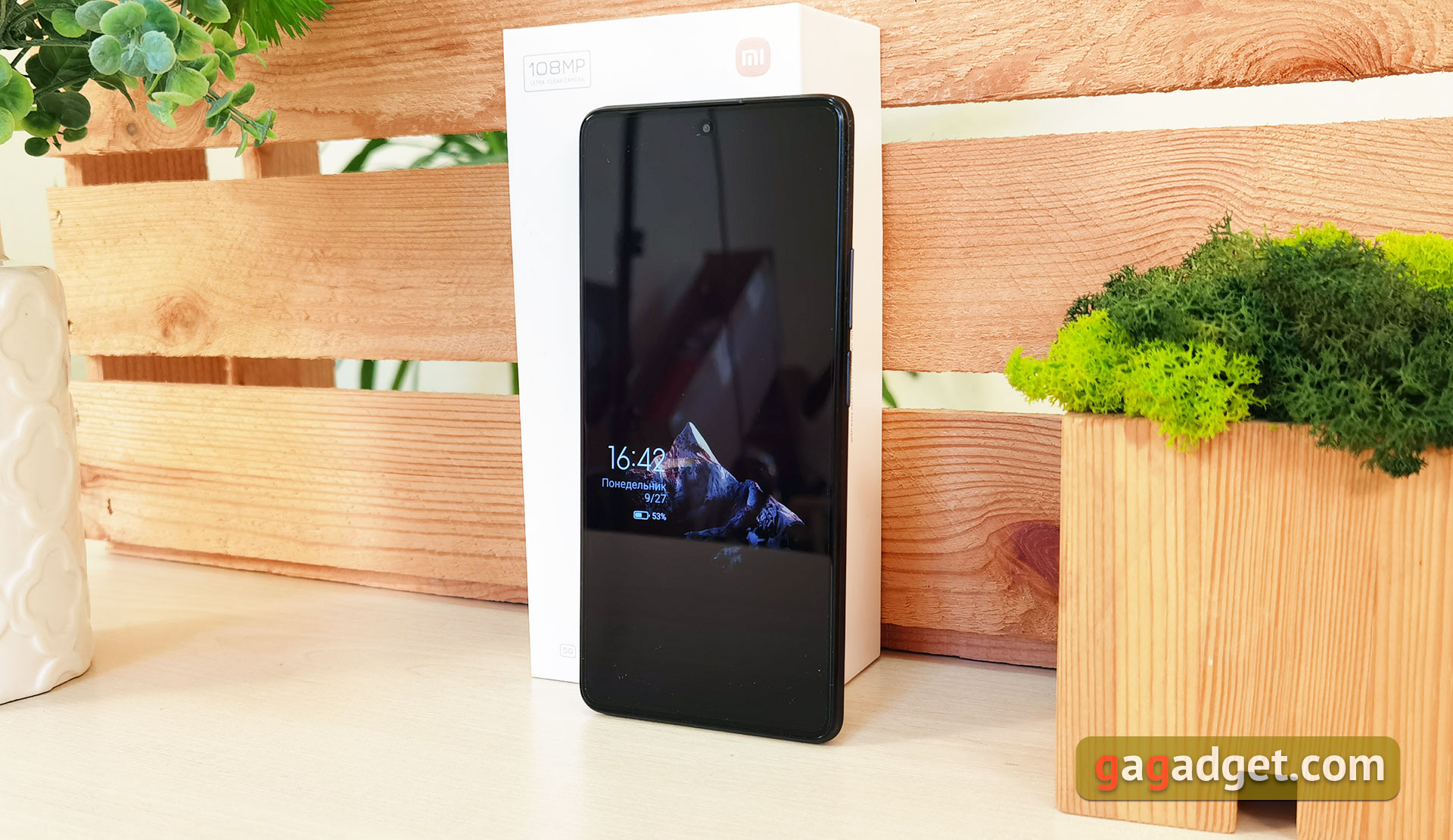
The smartphone's screen is very nice, both in terms of color rendering and brightness margin. Viewing angles are maximum, but at certain angles there is a greenish tint, which is characteristic of most AMOLED/ In "Rich" mode the maximum brightness was very 493.872 cd/m2, and the color gamut is much wider than standard sRGB. But there is an overabundance of blue and a minimal lack of red. As a result the picture goes to cold shades. Fortunately this can be corrected via manual adjustments.

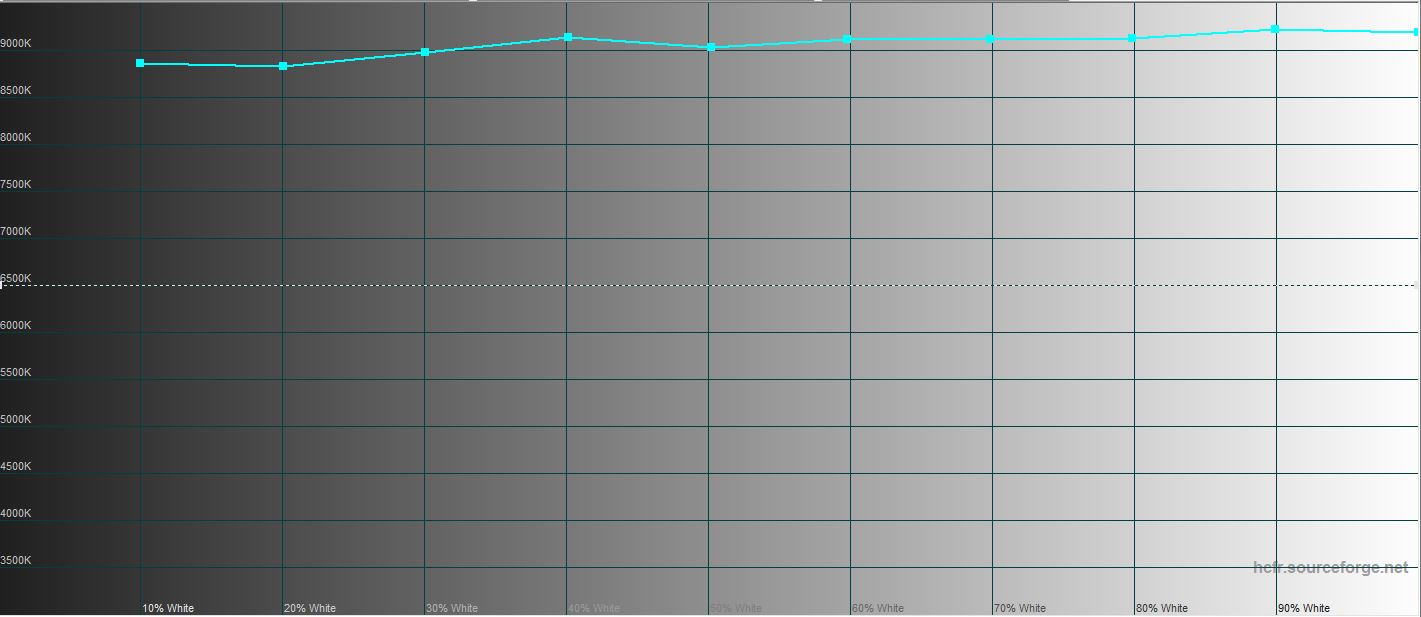

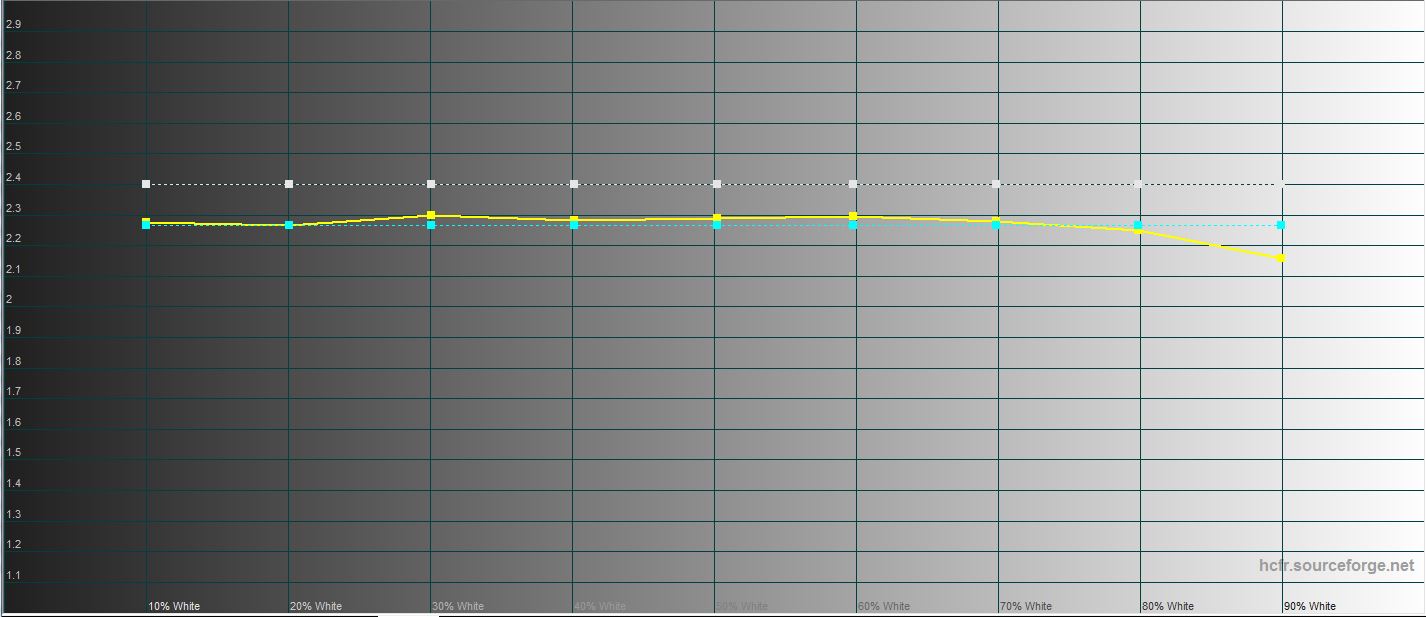






In "standard" regimen the color gamut is close to sRGB, and the color rendering is closer to the reference. But the maximum brightness is slightly lower: 465.757 cd/m2.
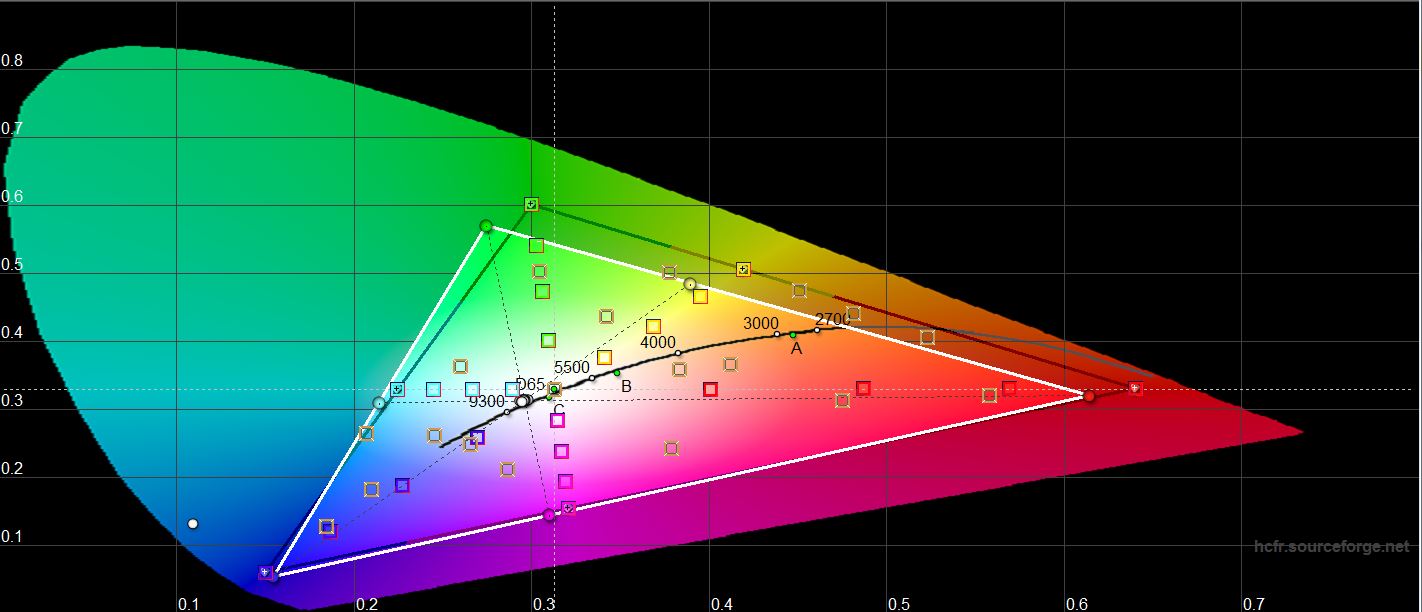
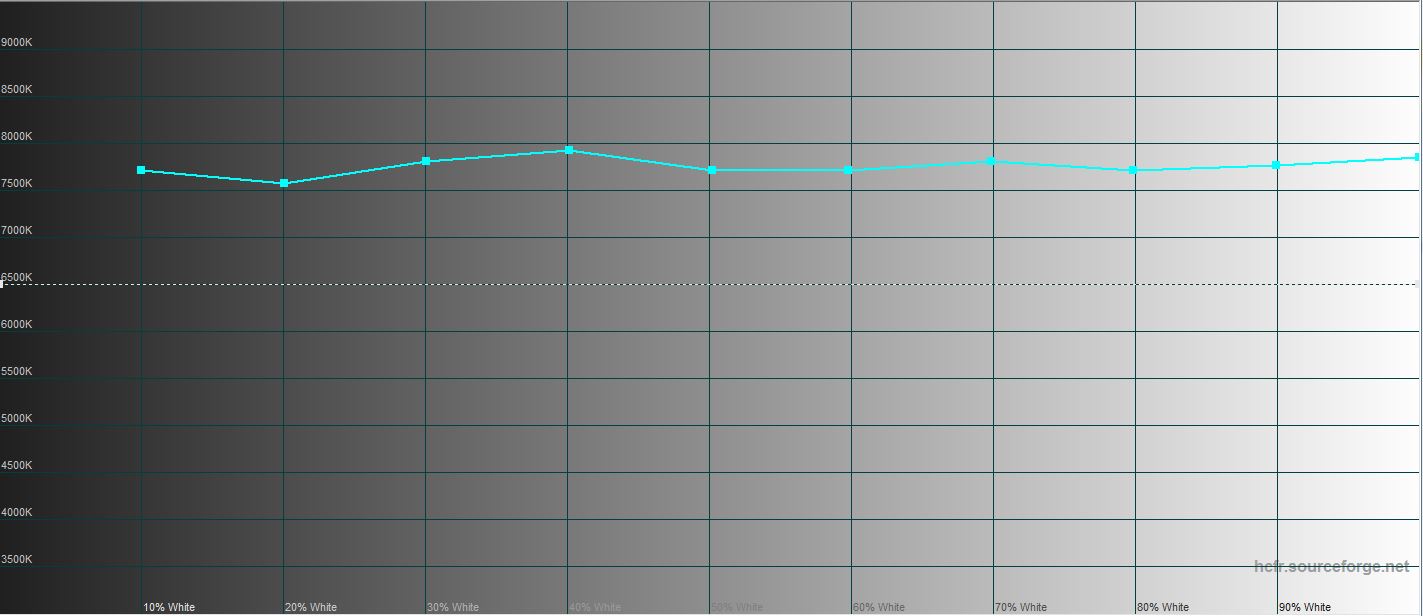
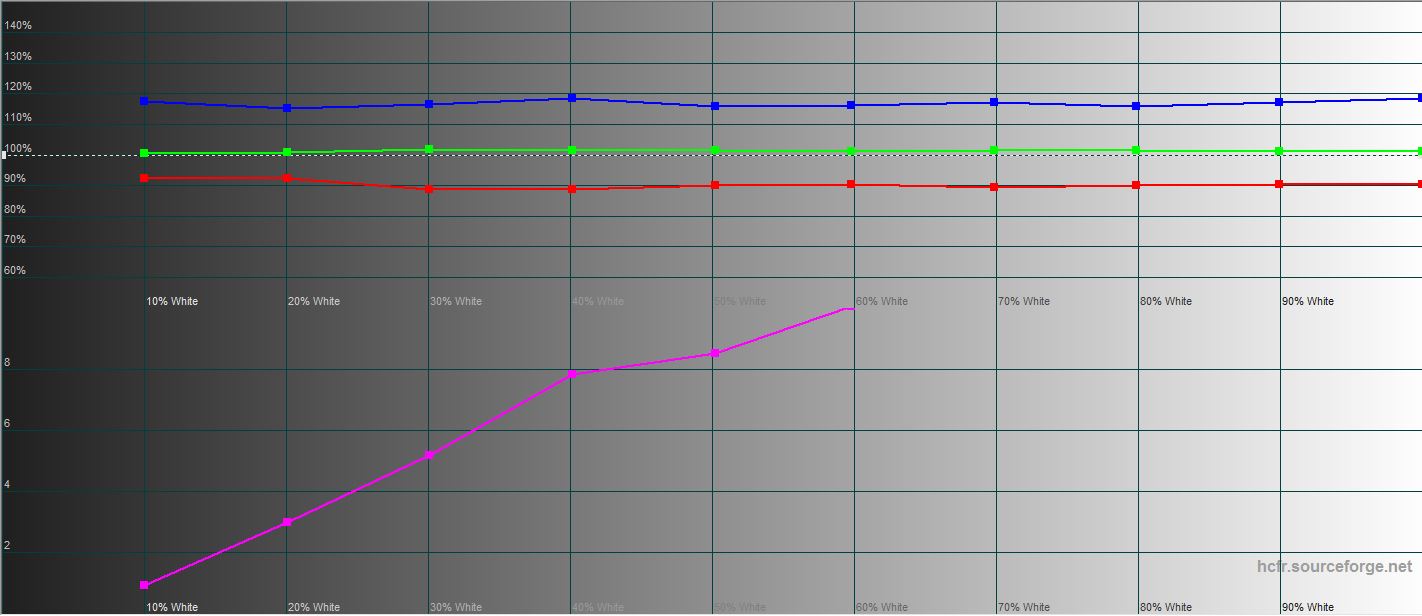
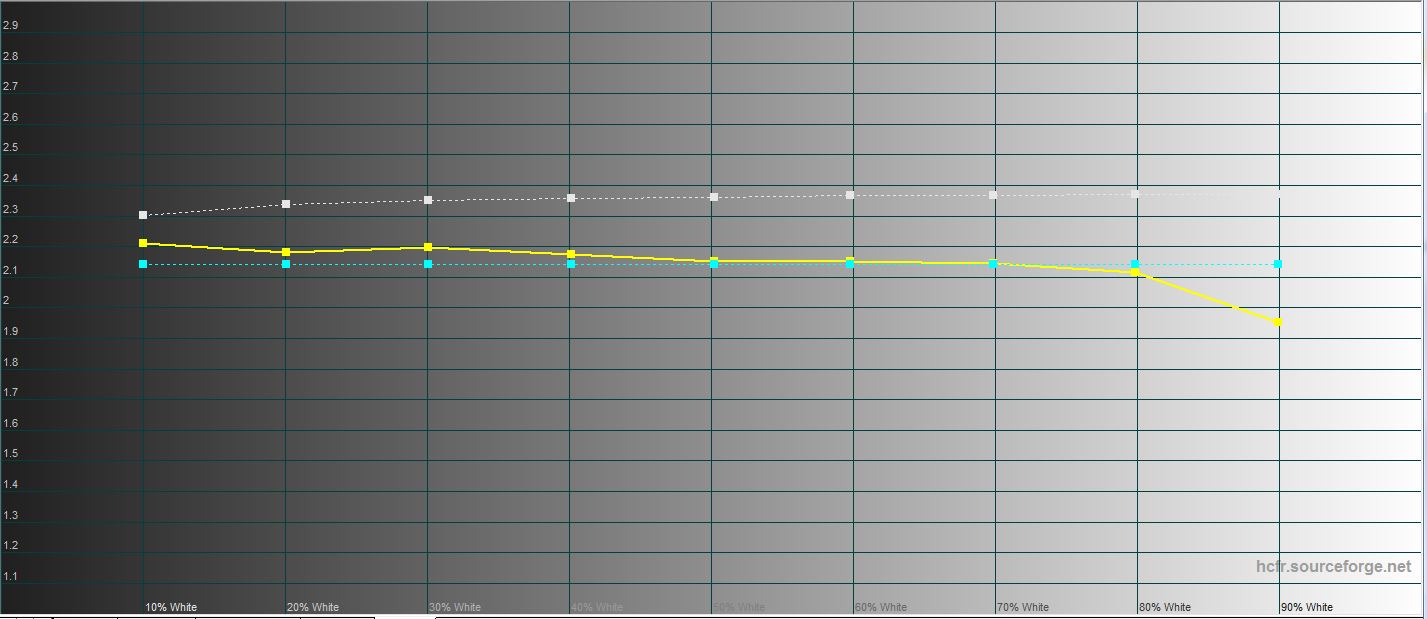






Comparison with other models:
| Device Name | White Field Brightness, cd/m2 |
Black Field Brightness, cd/m2 |
Contrast |
|---|---|---|---|
| Xiaomi 11T Pro | 493.872 | 0 | ∞ |
| ASUS ROG Phone 5 | 482.347 | 0 | ∞ |
| Samsung Galaxy S21+ | 437.906 | 0 | ∞ |
| Samsung Galaxy S21 | 432.854 | 0 | ∞ |
| Samsung Galaxy S20 Ultra | 408.388 | 0 | ∞ |
| Sony Xperia 1 | 394.97 | 0 | ∞ |
| Huawei P30 Pro | 447.247 | 0 | ∞ |
| Samsung Galaxy S10 | 378.72 | 0 | ∞ |
What are some ways to unlock?
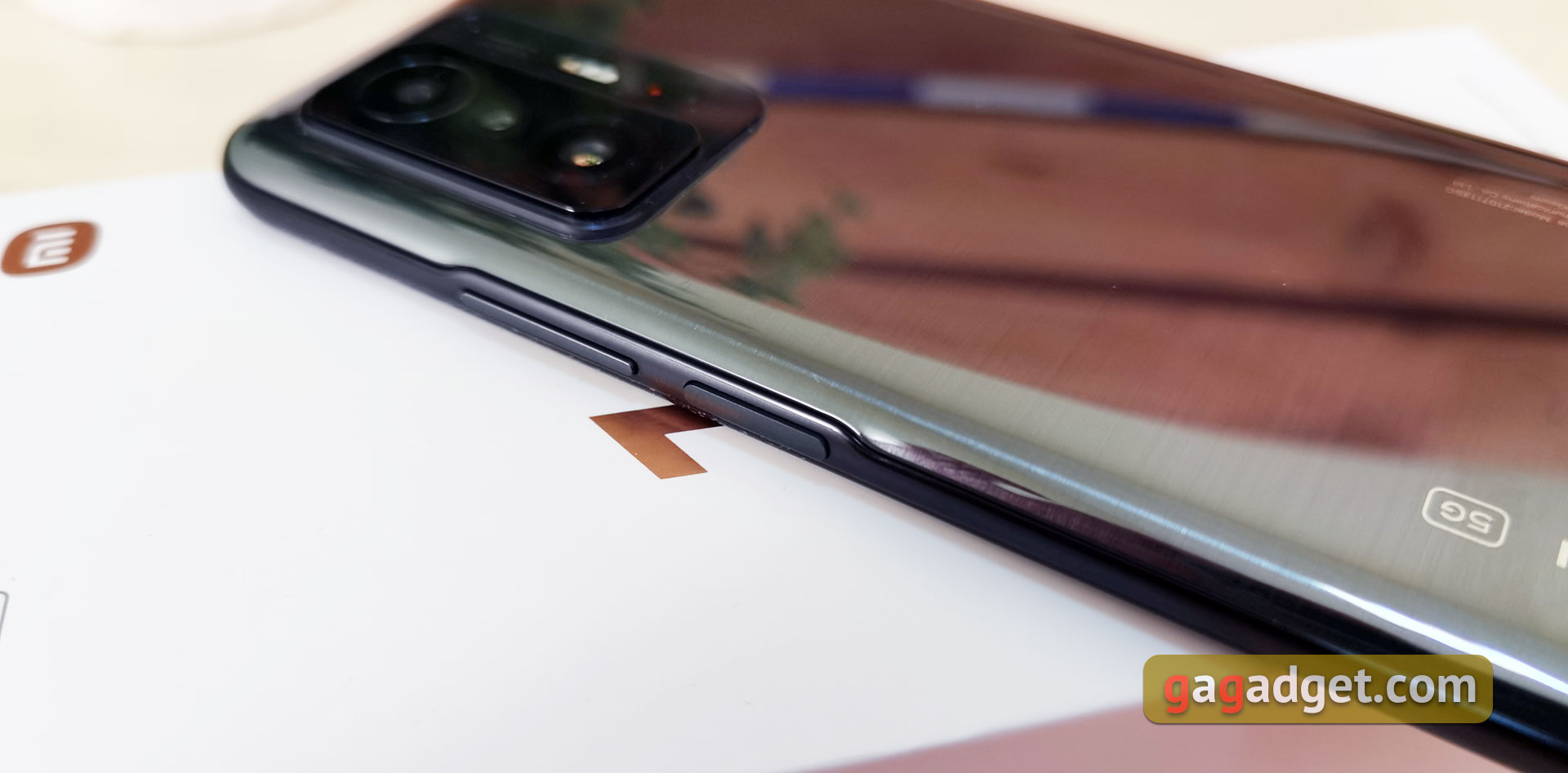
Instead of the sub-screen fingerprint scanner that has become commonplace in mid- and upper-end smartphones, the company decided to install a classic capacitive one in the power button on the side edge in the Xiaomi 11T Pro. The decision is unexpected, but I'm guessing someone will like it. It is well positioned for both right thumb and left index finger. It works very quickly and without any errors. Face detection is also supported. But when the light is not enough it is not always triggered: after all, only the front camera without additional sensors is used.
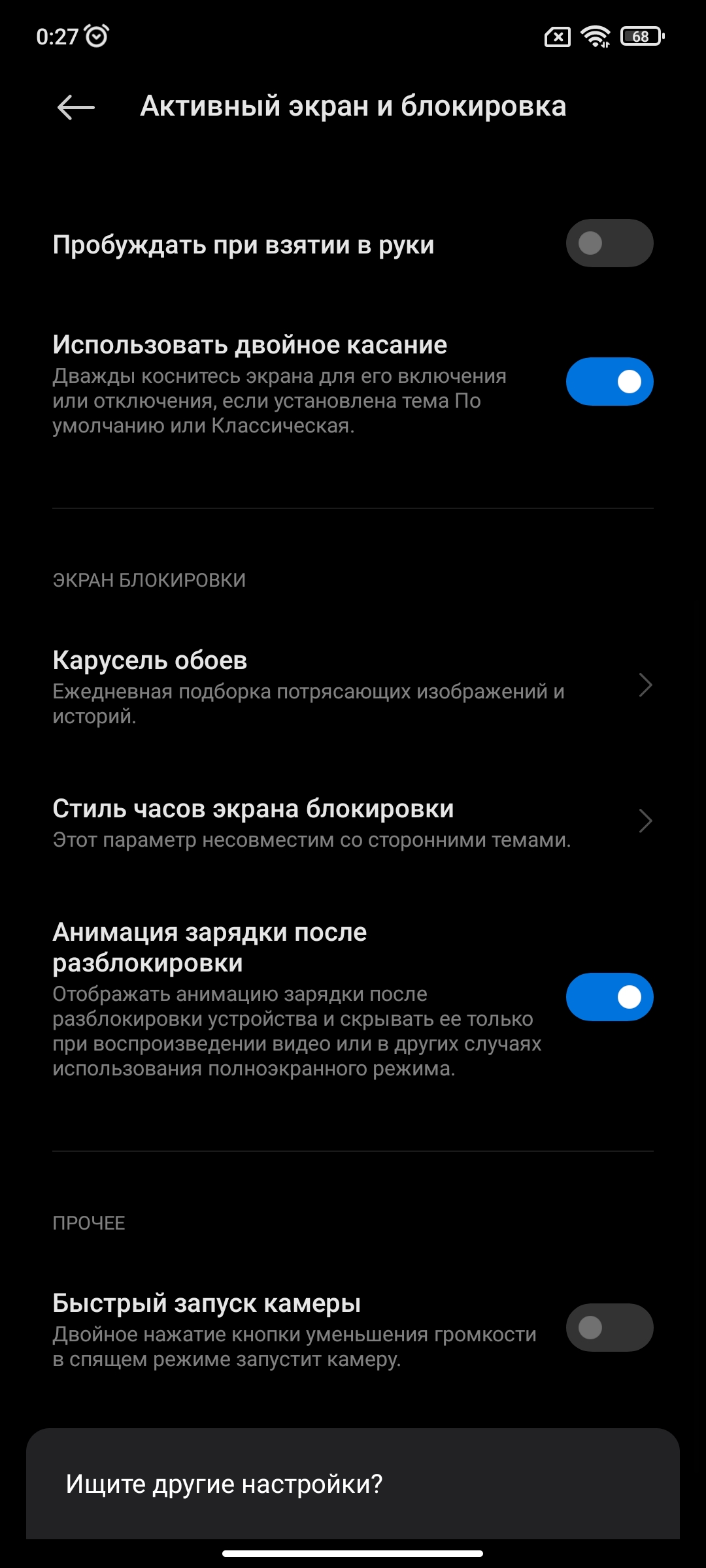
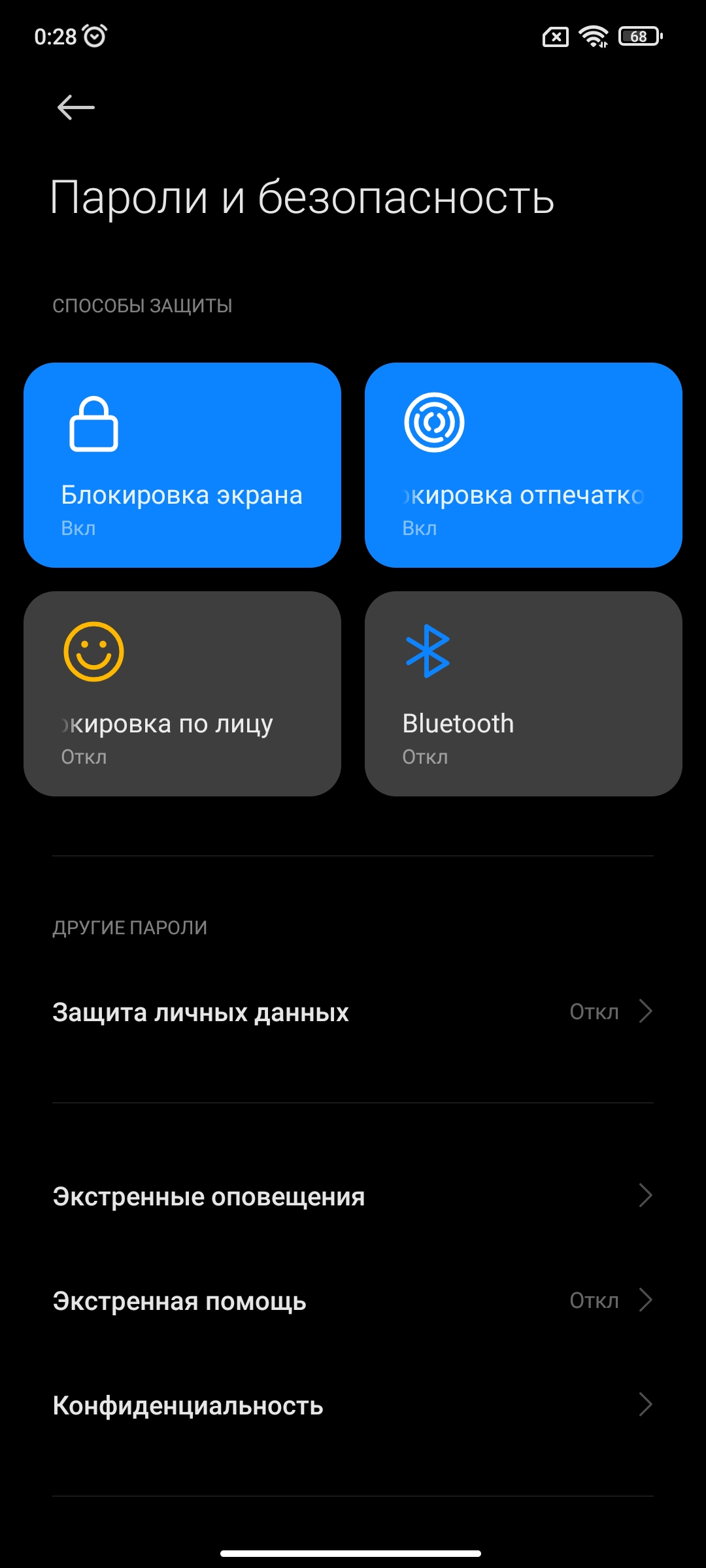
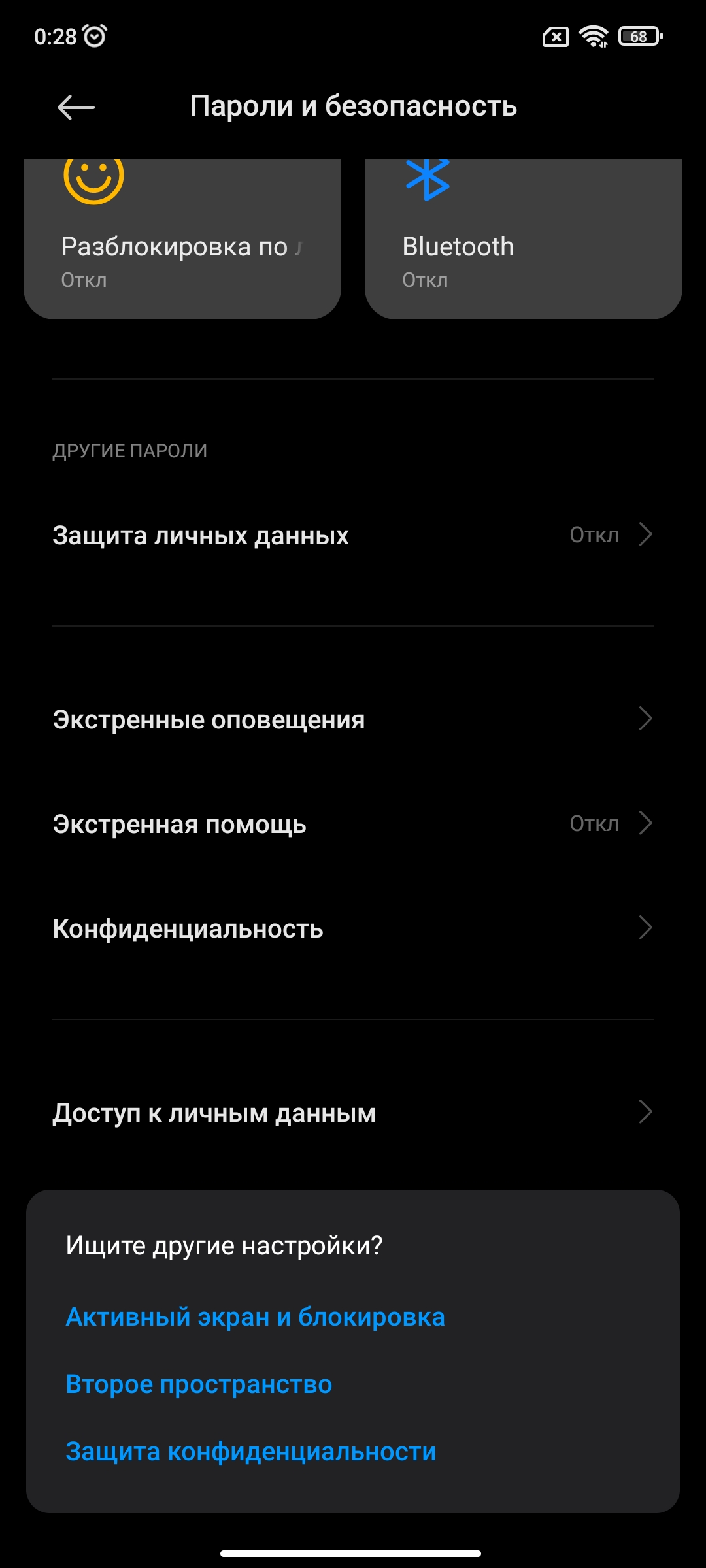
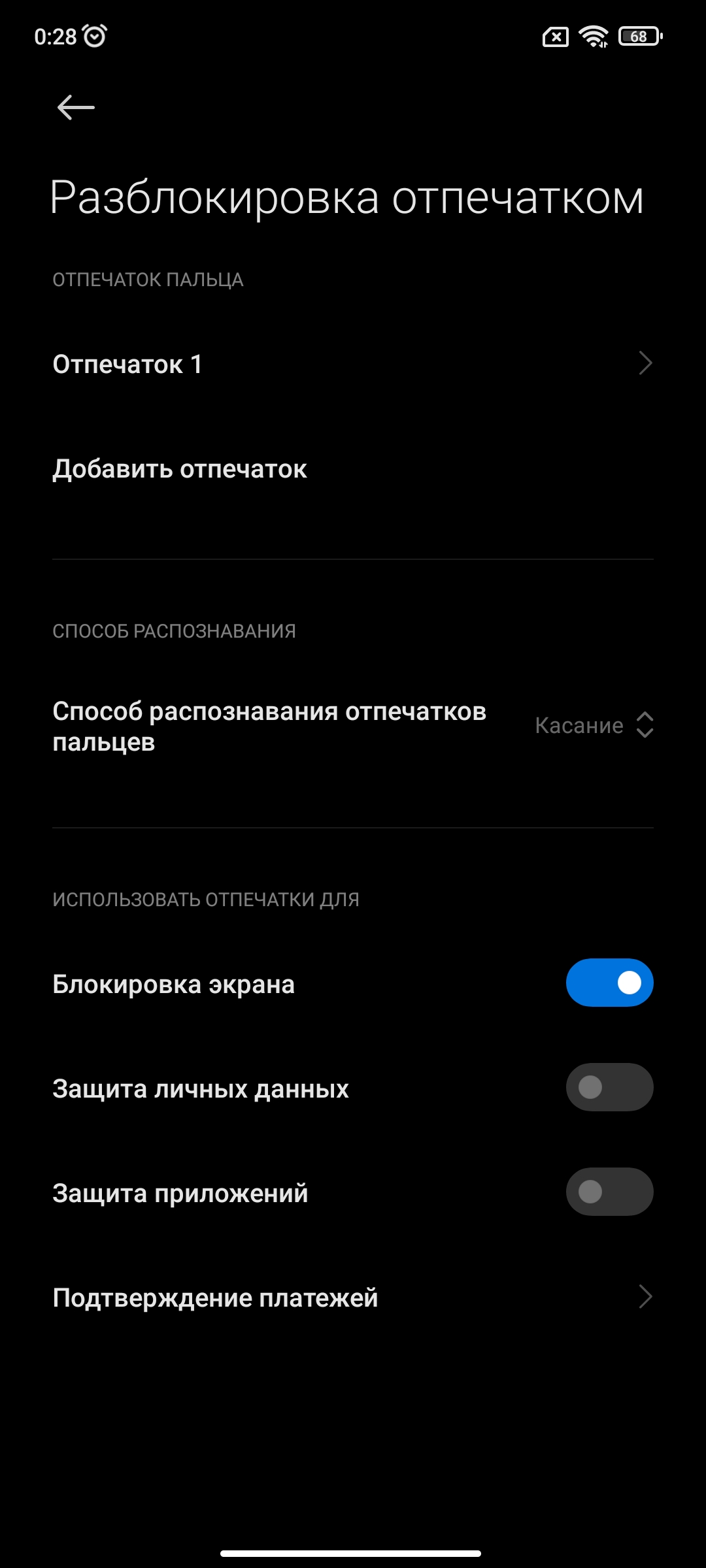


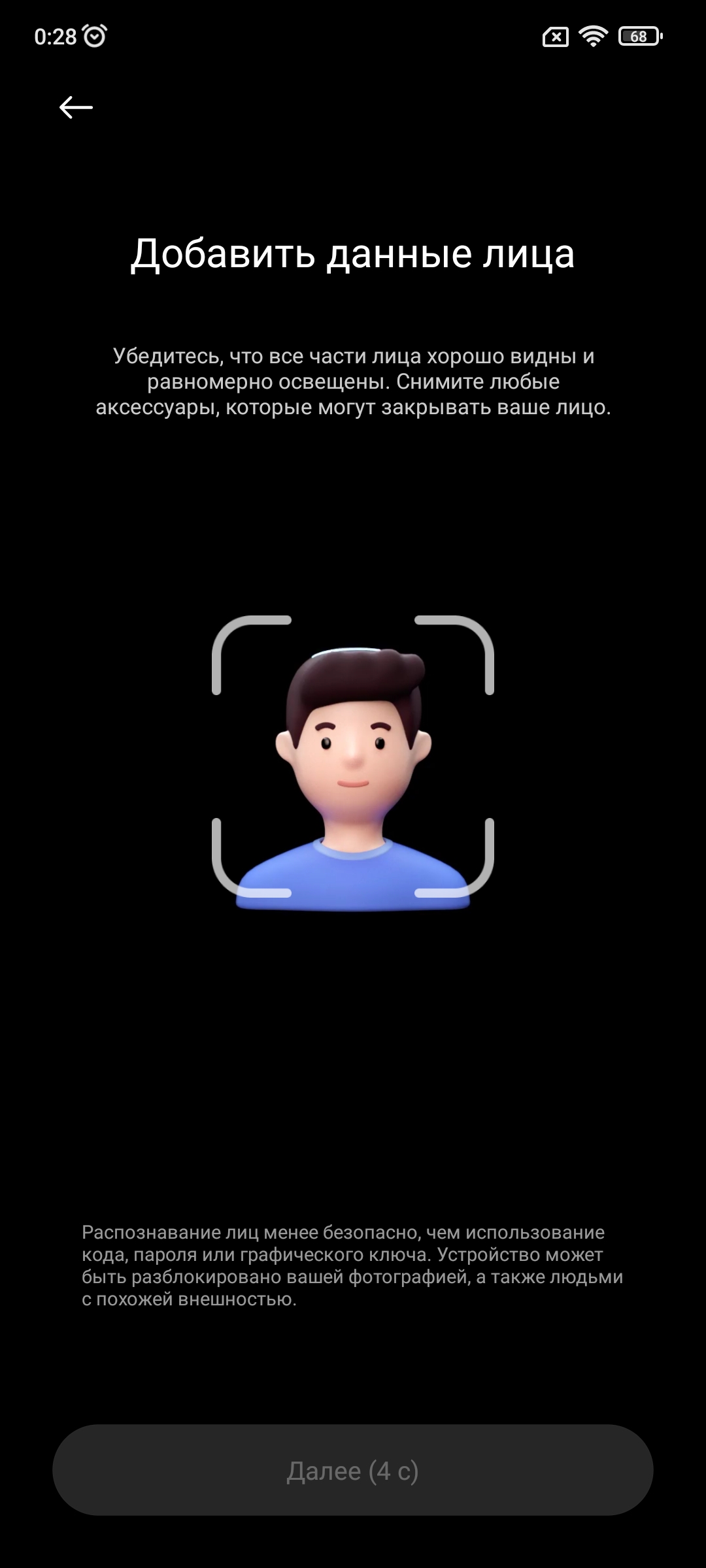

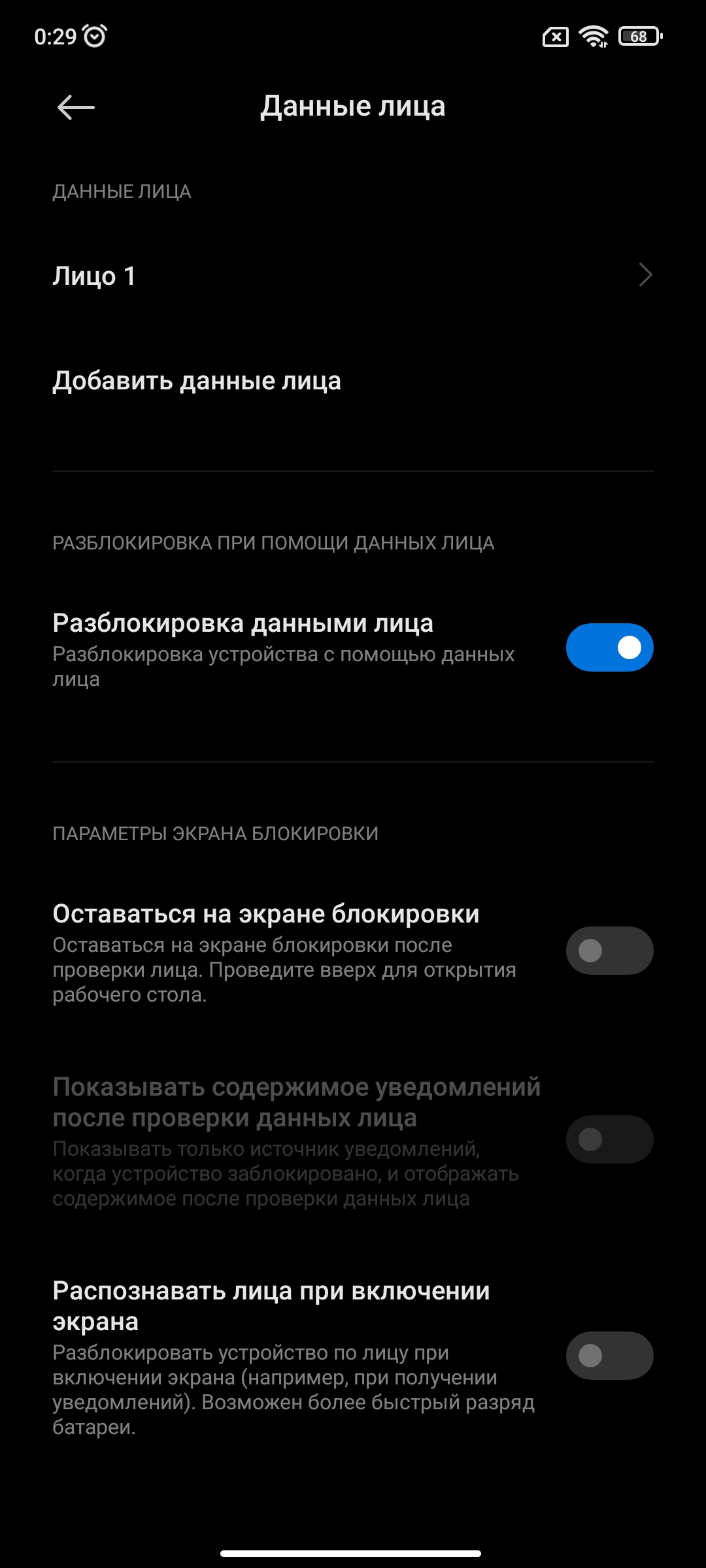









What about performance, memory, sound and battery life?
Inside the Xiaomi 11T Pro is typical for the current flagships stuffing. The flagship octa-core Qualcomm Snapdragon 888 processor, 8GB of LPDDR5 RAM, 256GB of UFS 3.1 standard built-in storage. For the most meticulous recall, the Snapdragon 888 is 5-nanometer processor, which includes a single Kryo 680 core clocked at up to 2.84GHz, 3xKryo 680 at 2.42GHz and 4xKryo 680 at 1.8GHz. The Adreno 660 accelerator is responsible for the graphics. The performance reserve is enough for the next couple of years for sure. The smartphone in general demonstrates high performance in synthetic tests, although some figures are a bit unusual for the 888 "dragon". For example, in AnTuTu usually smartphones with similar "hardware" score 100 000 + "parrots" more. Perhaps the case in the current firmware. But in any case, the smartphone has enough "guts" for heavy applications, and for any game.
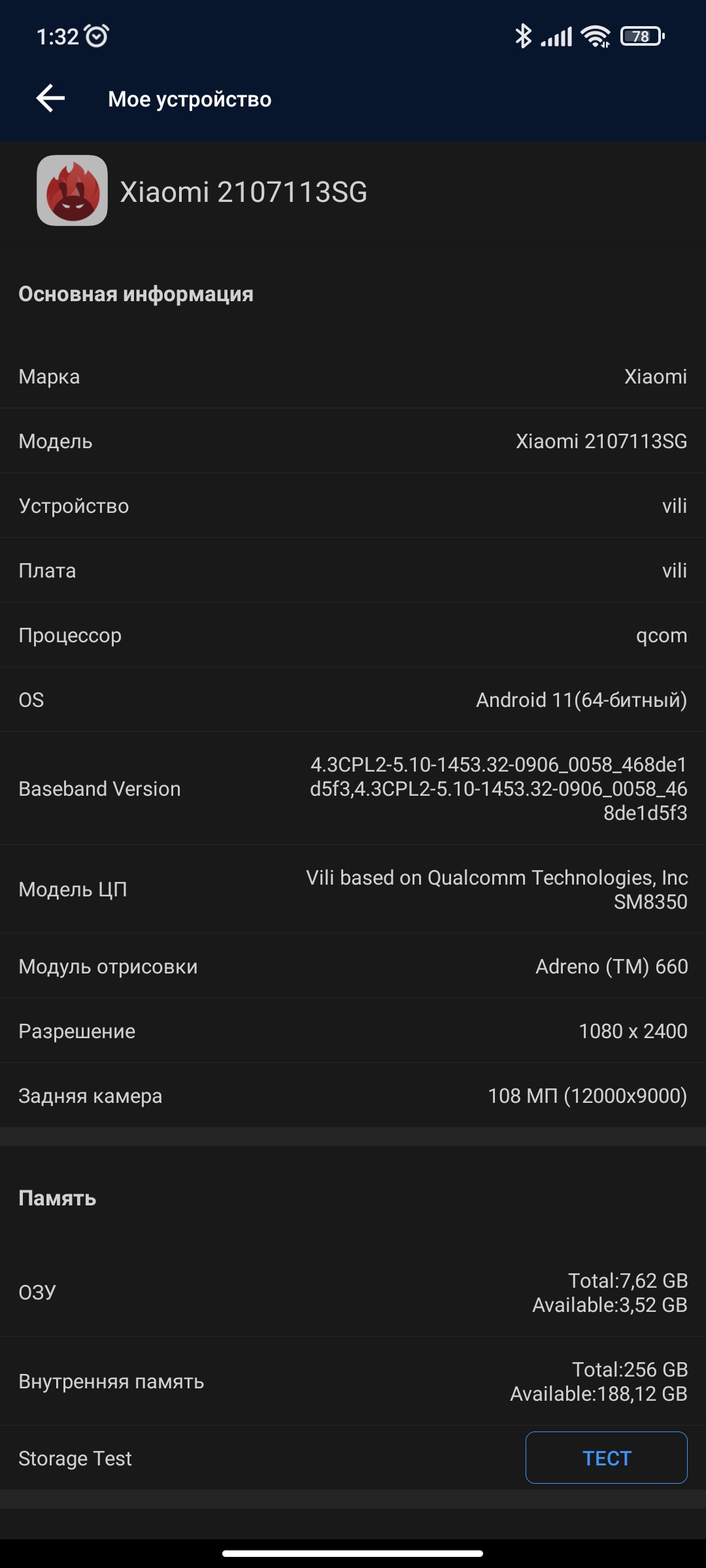
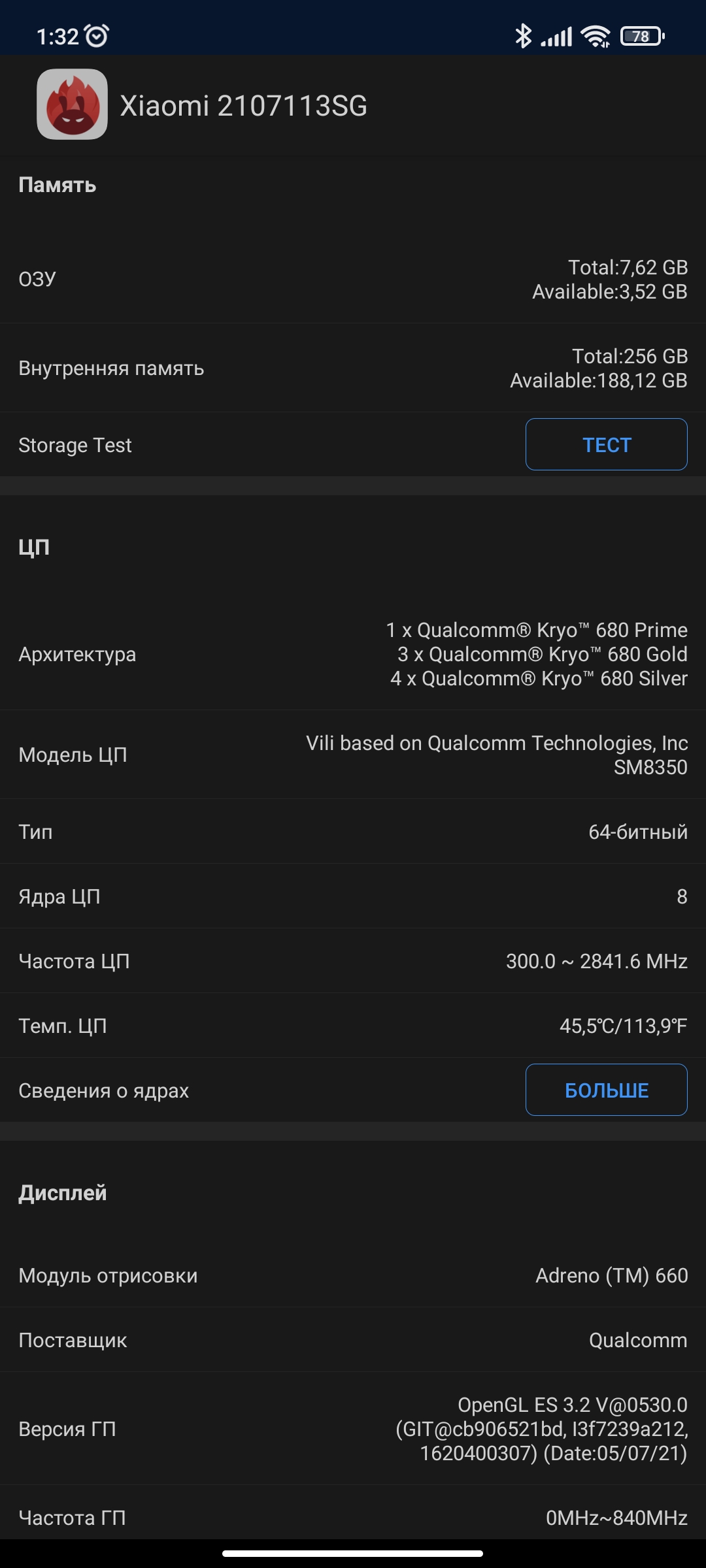


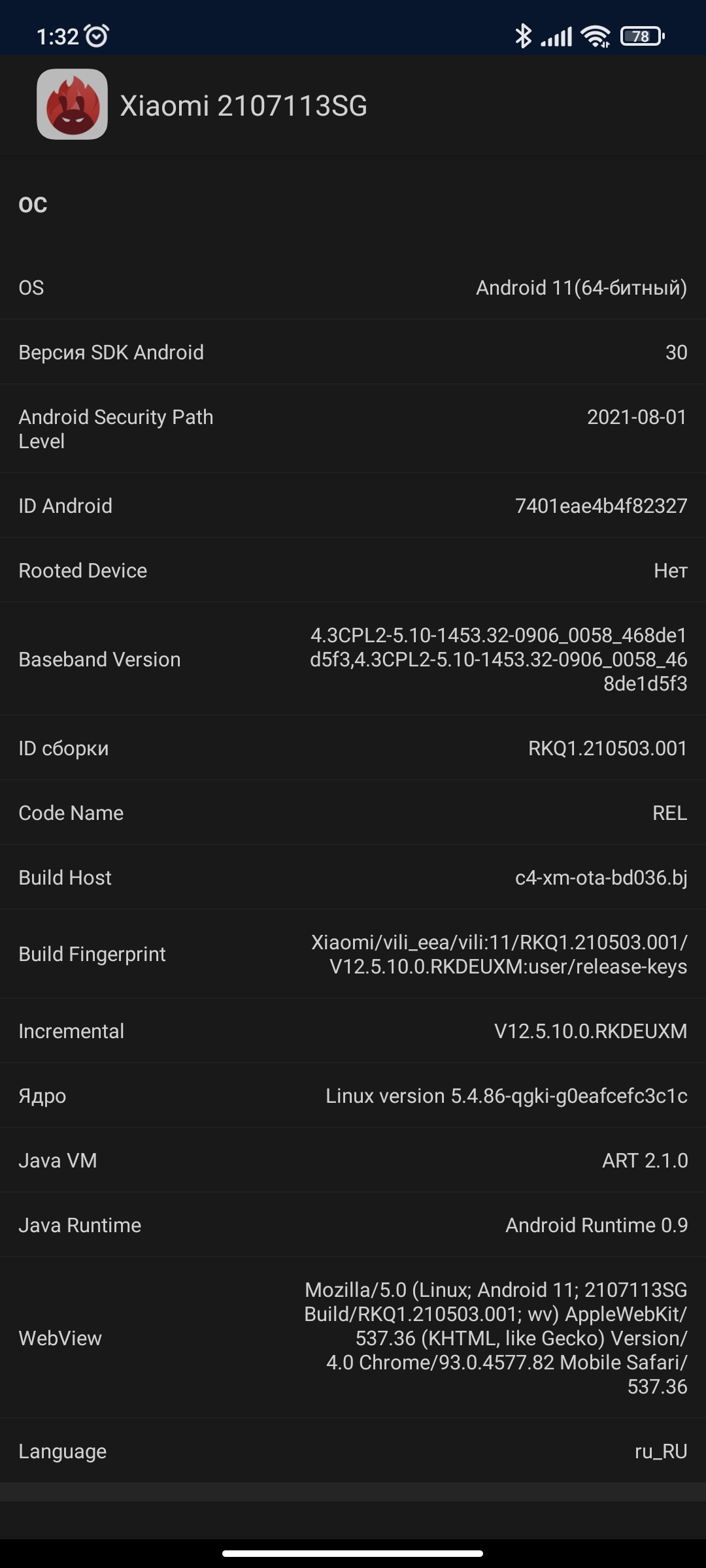
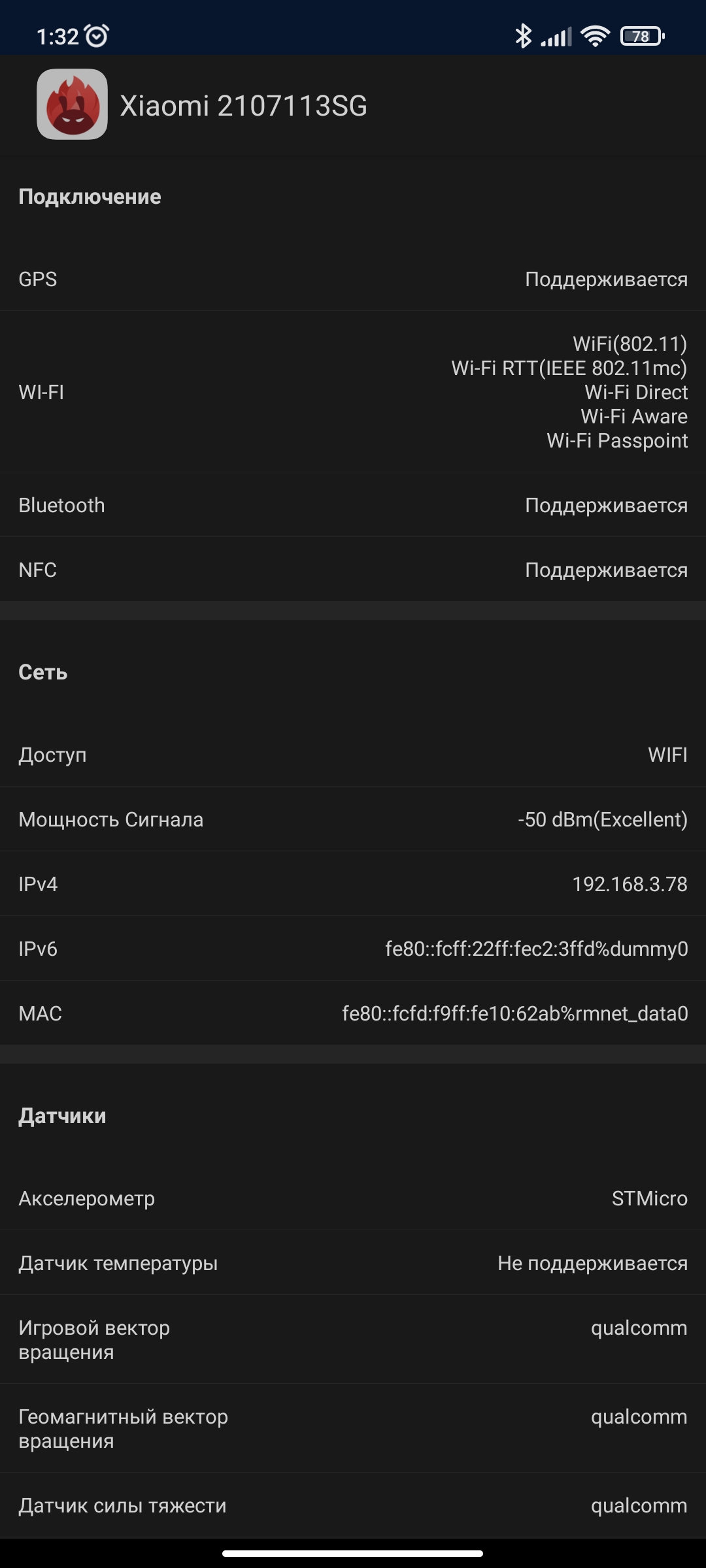
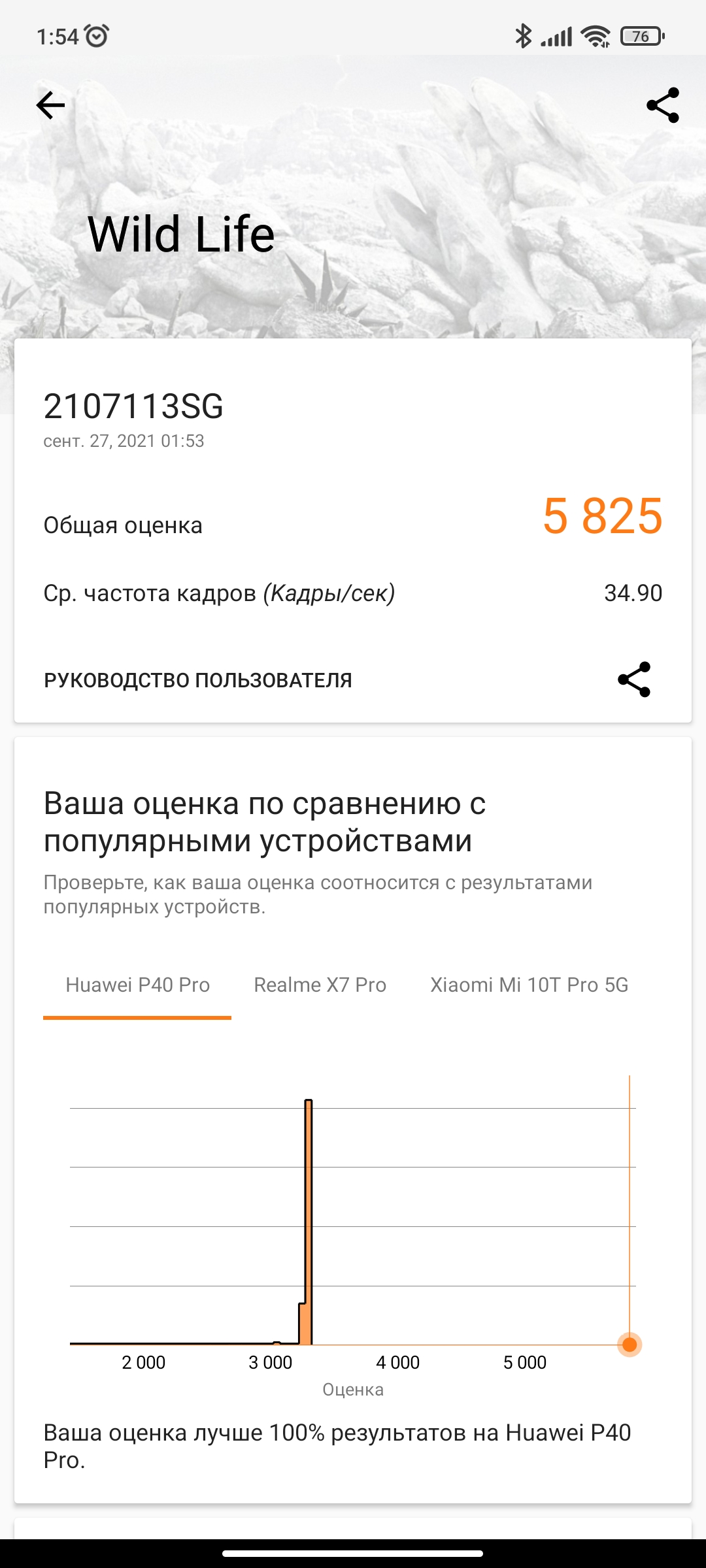
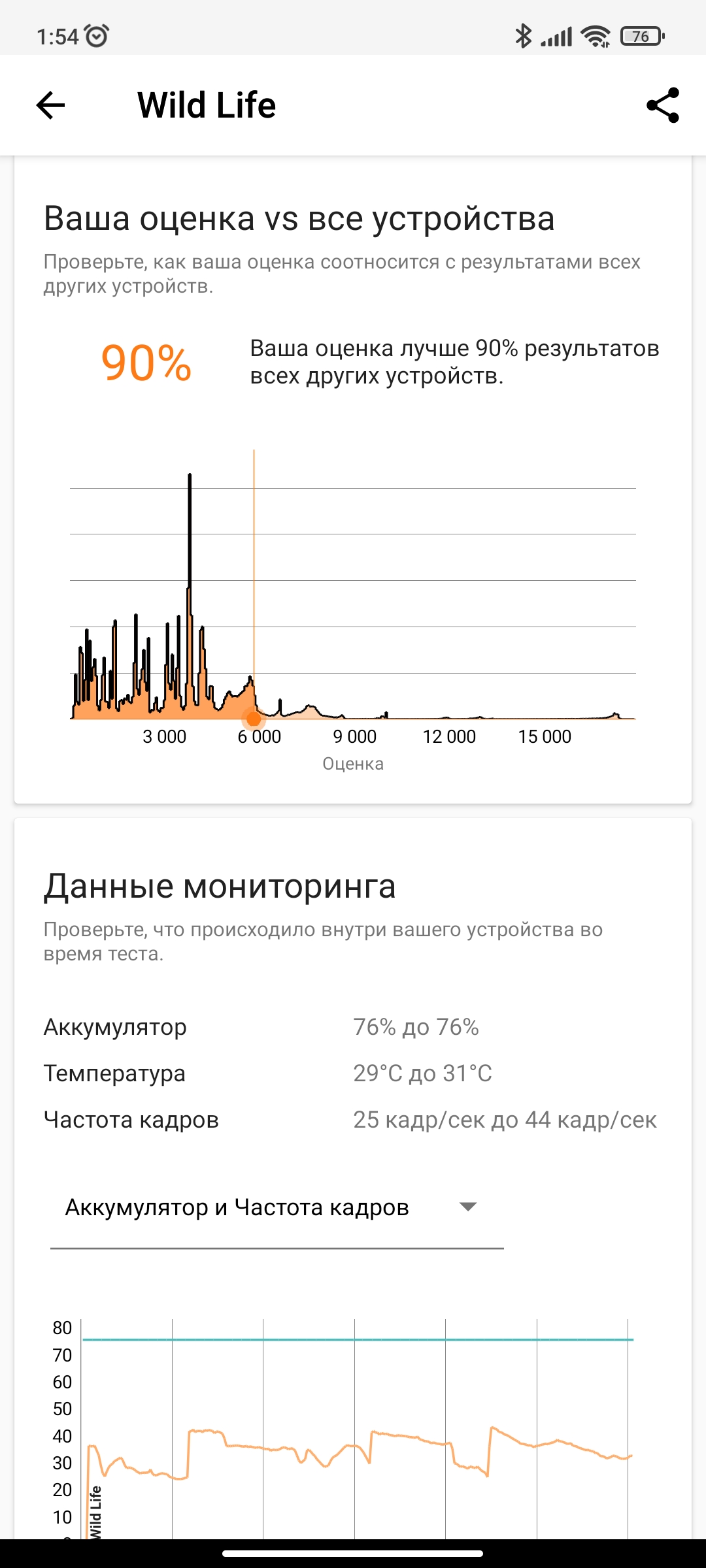
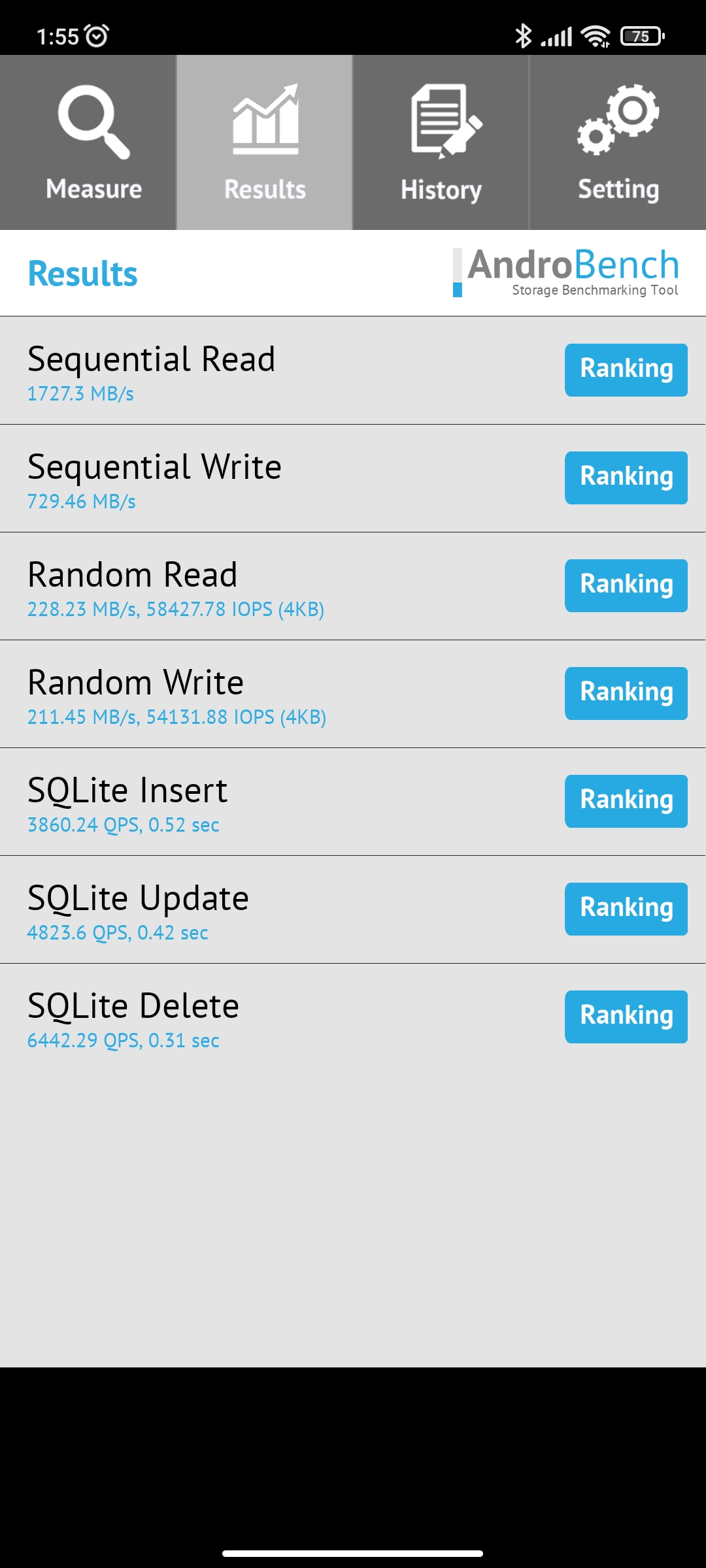
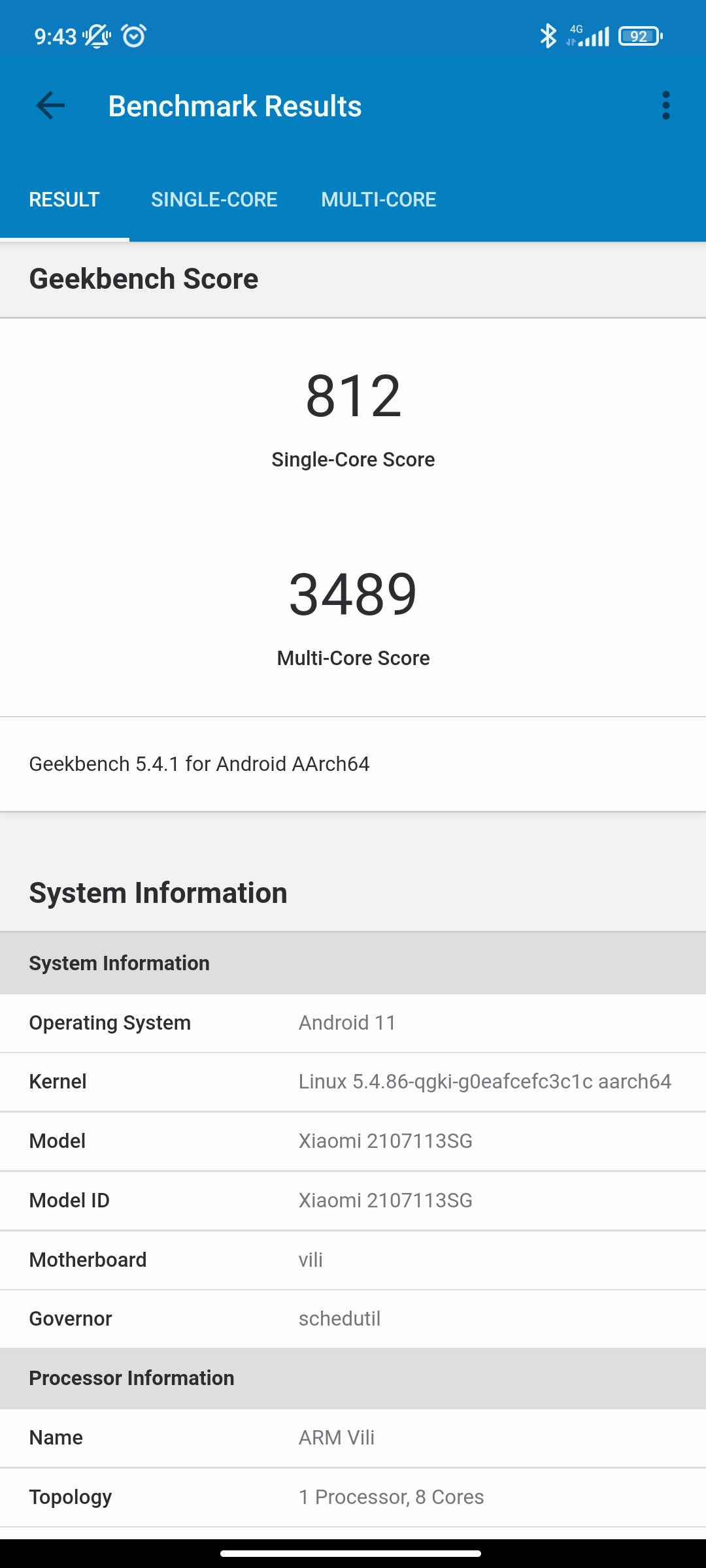
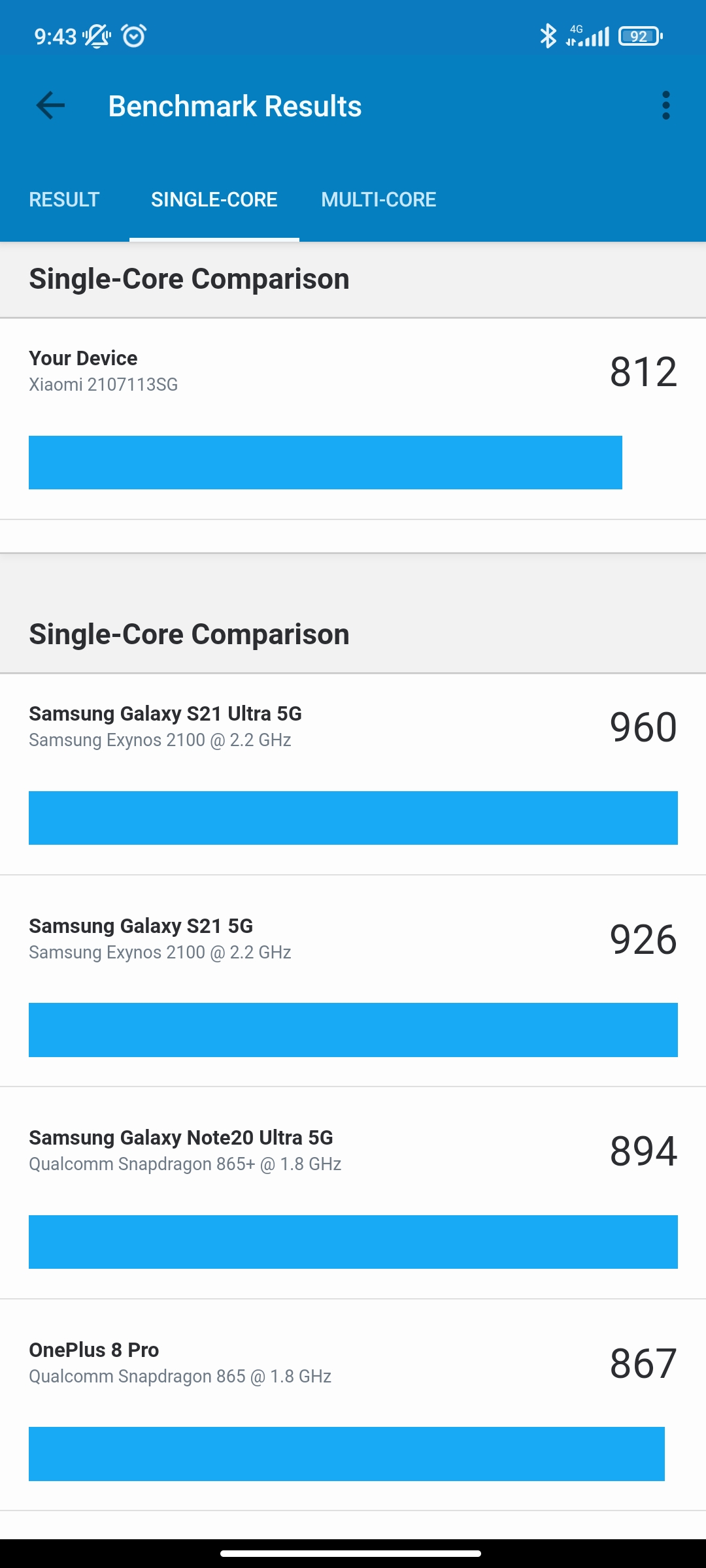


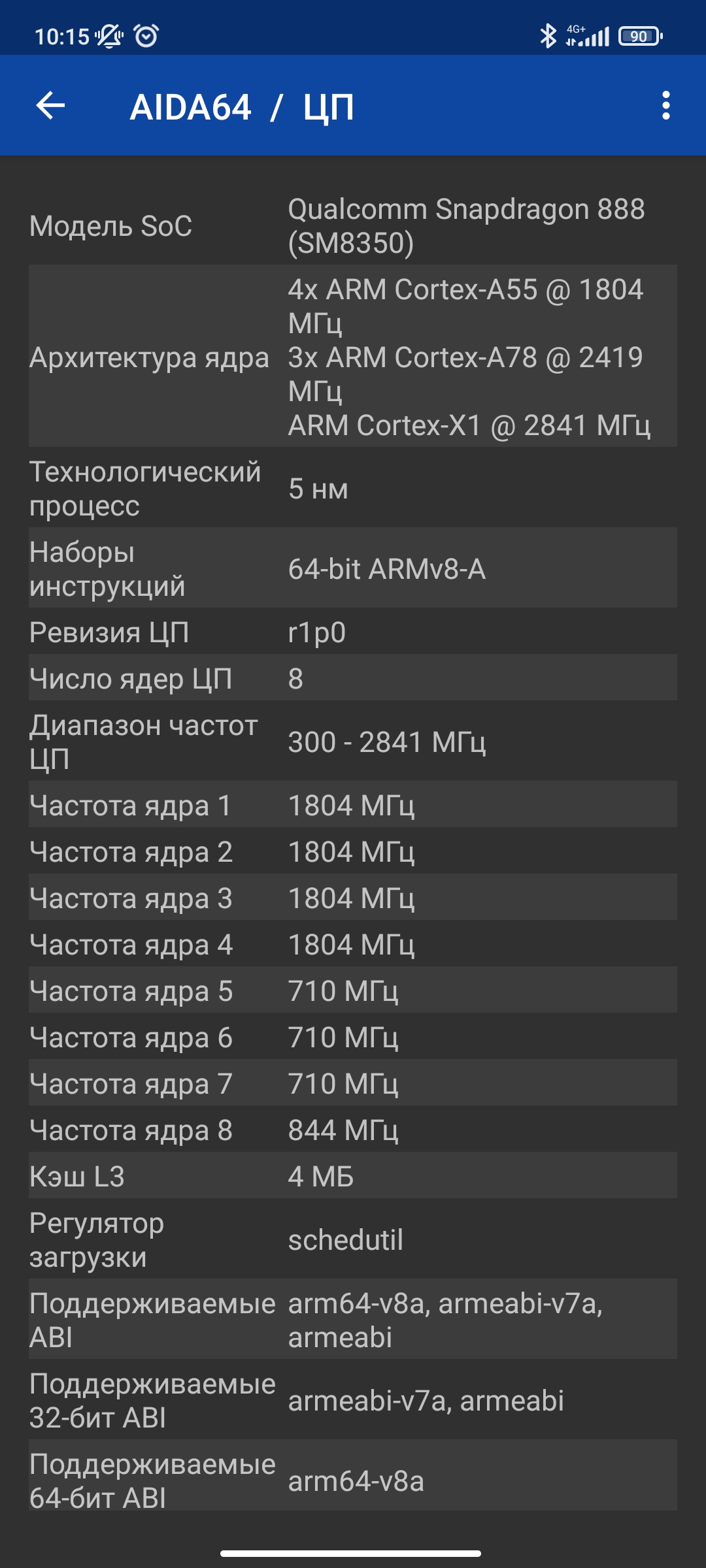
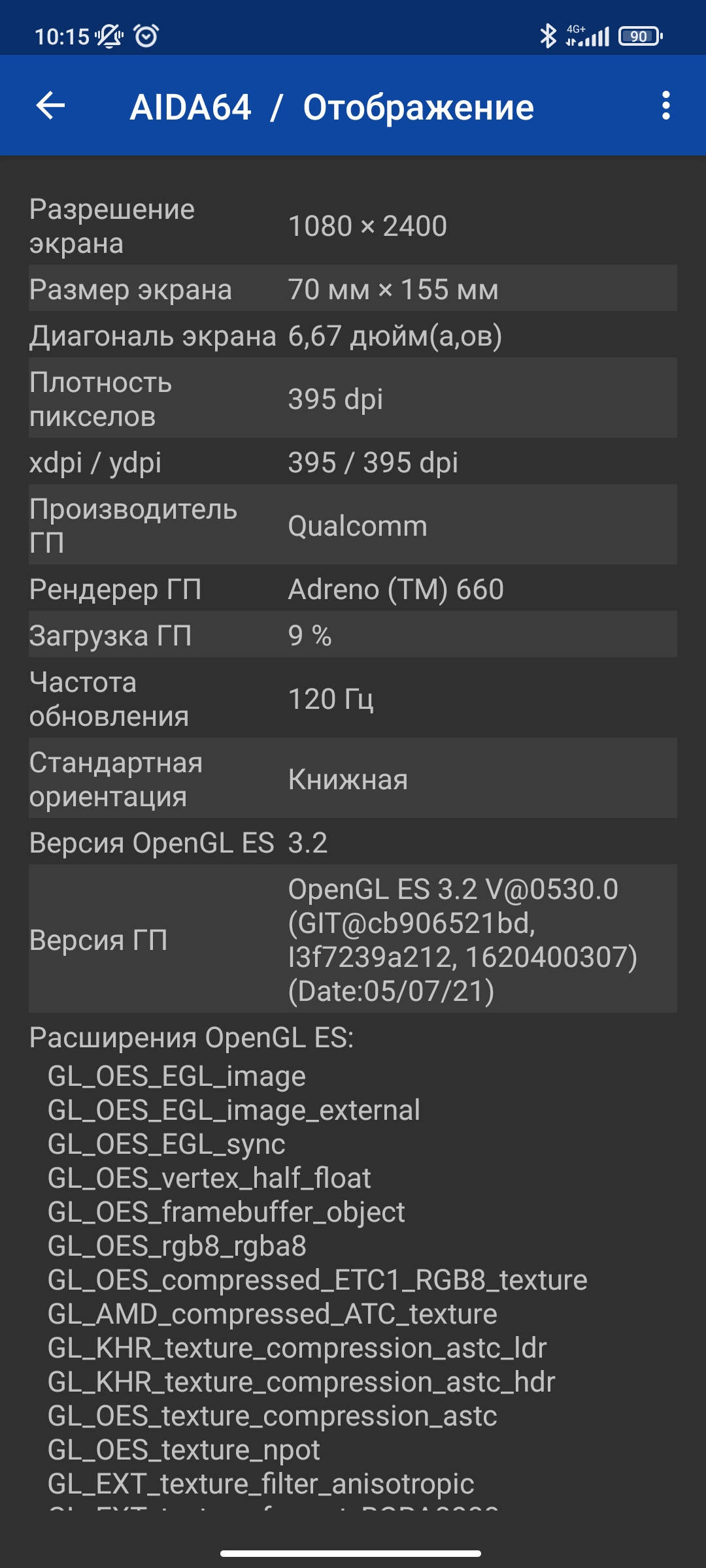
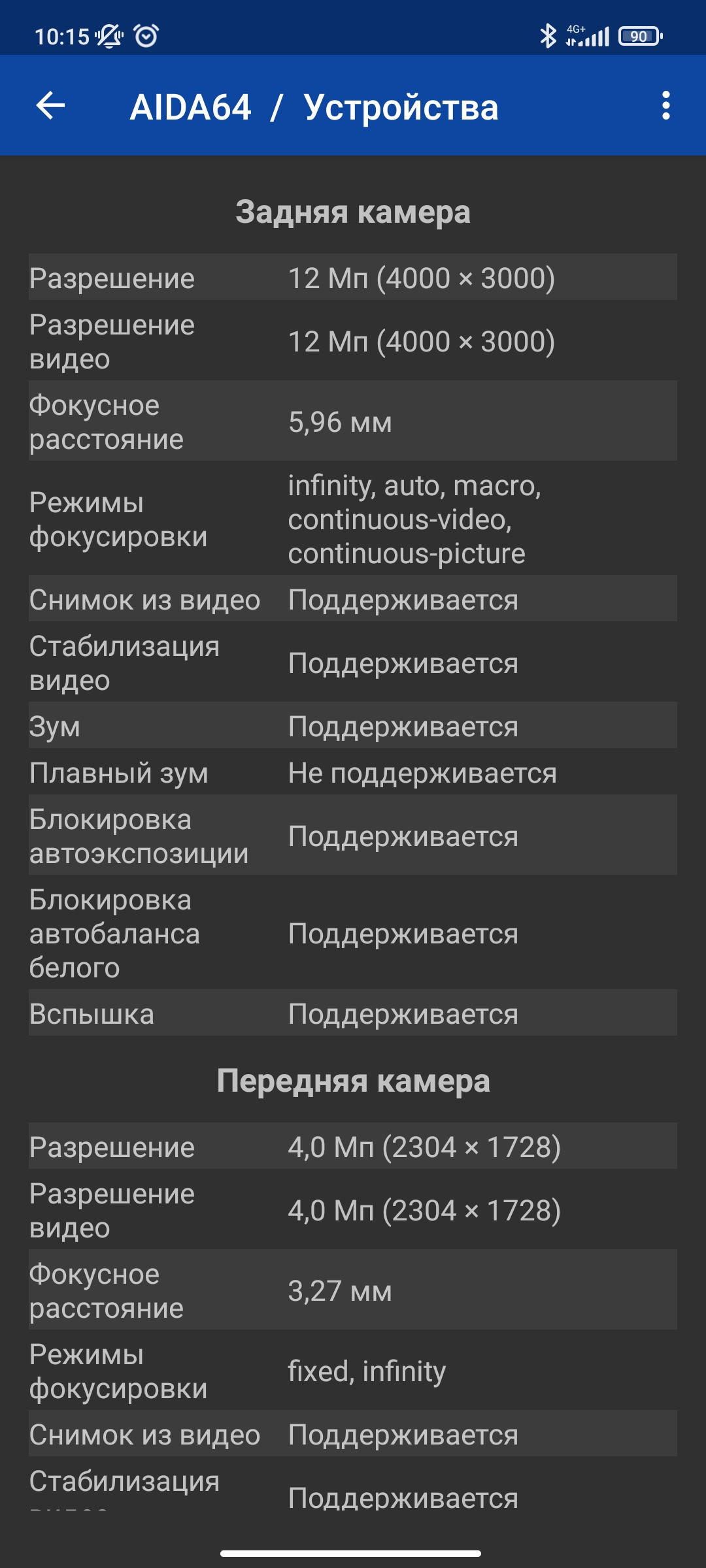
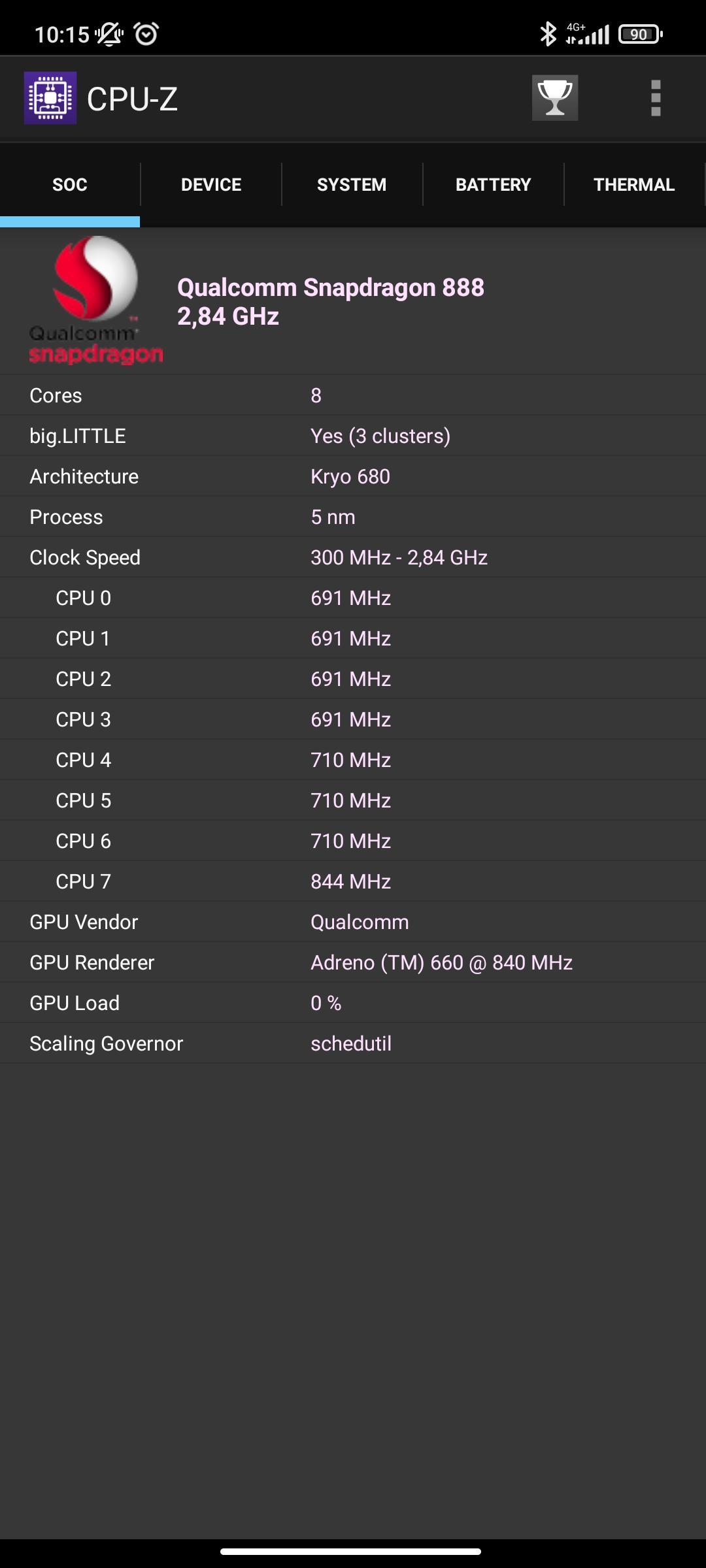
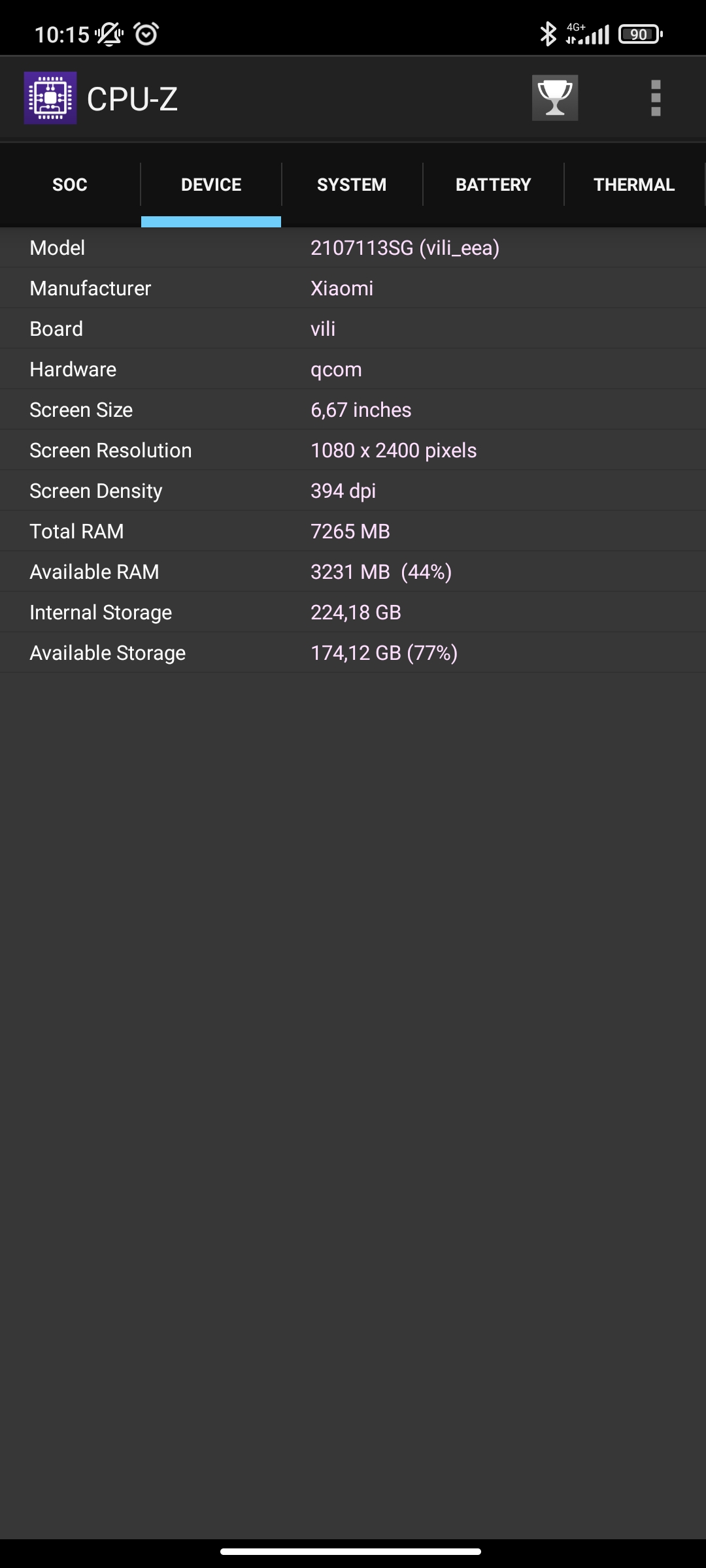
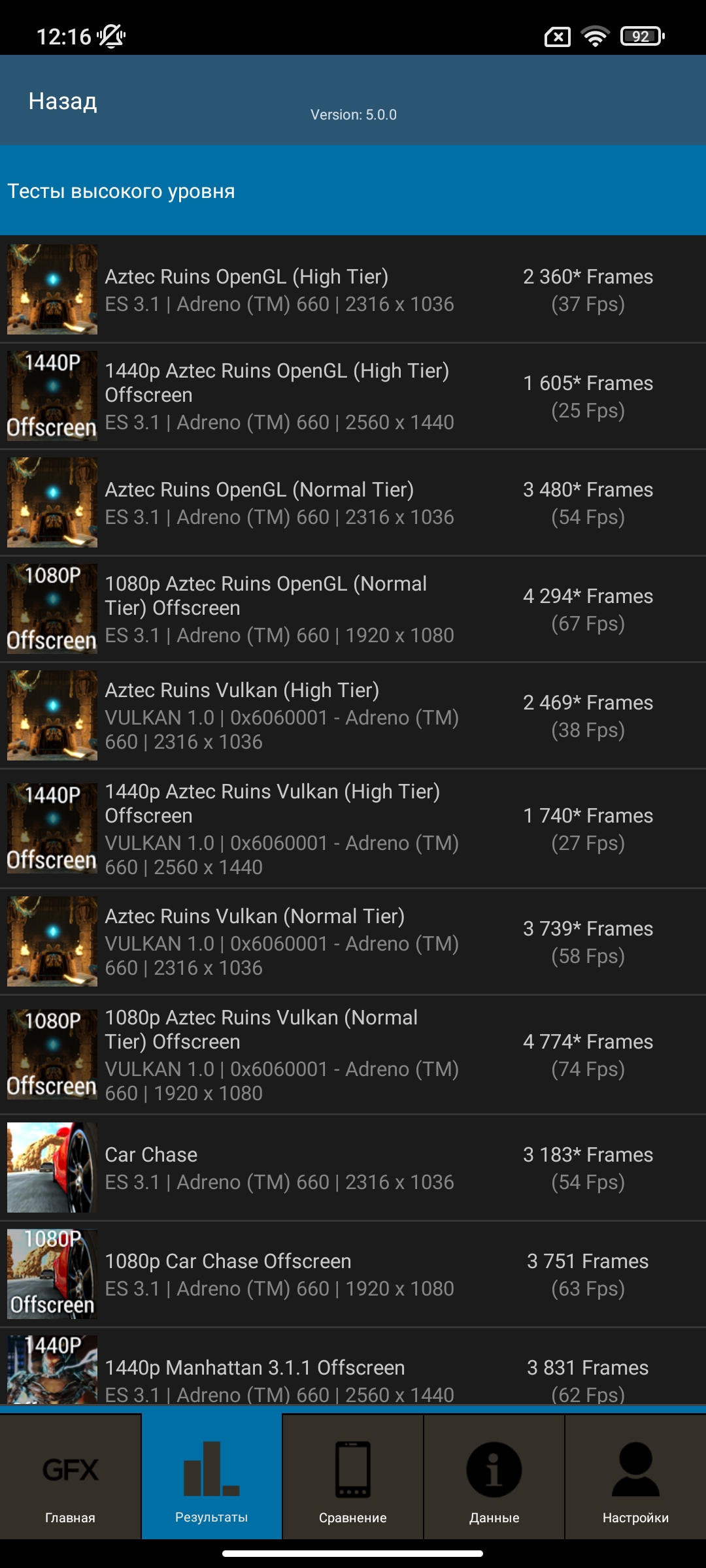

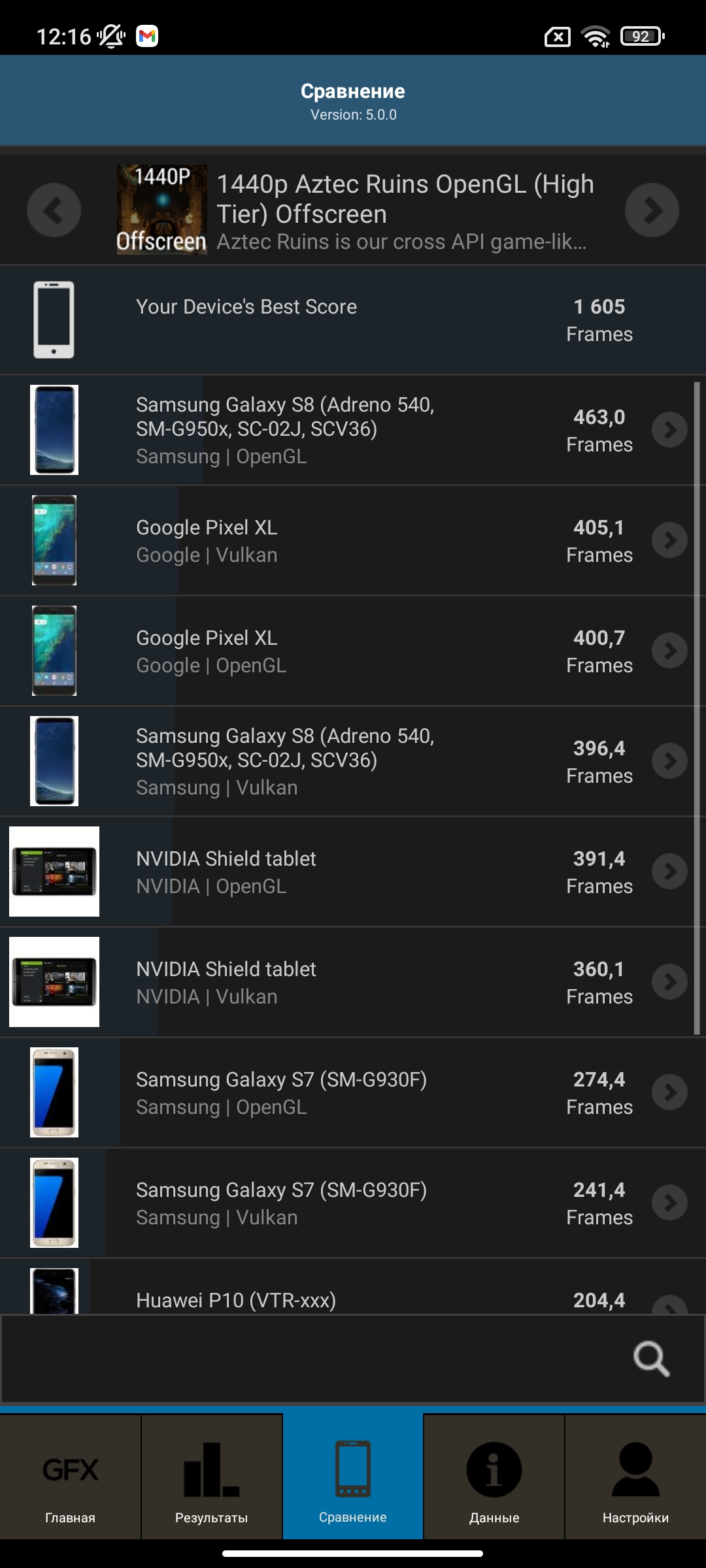
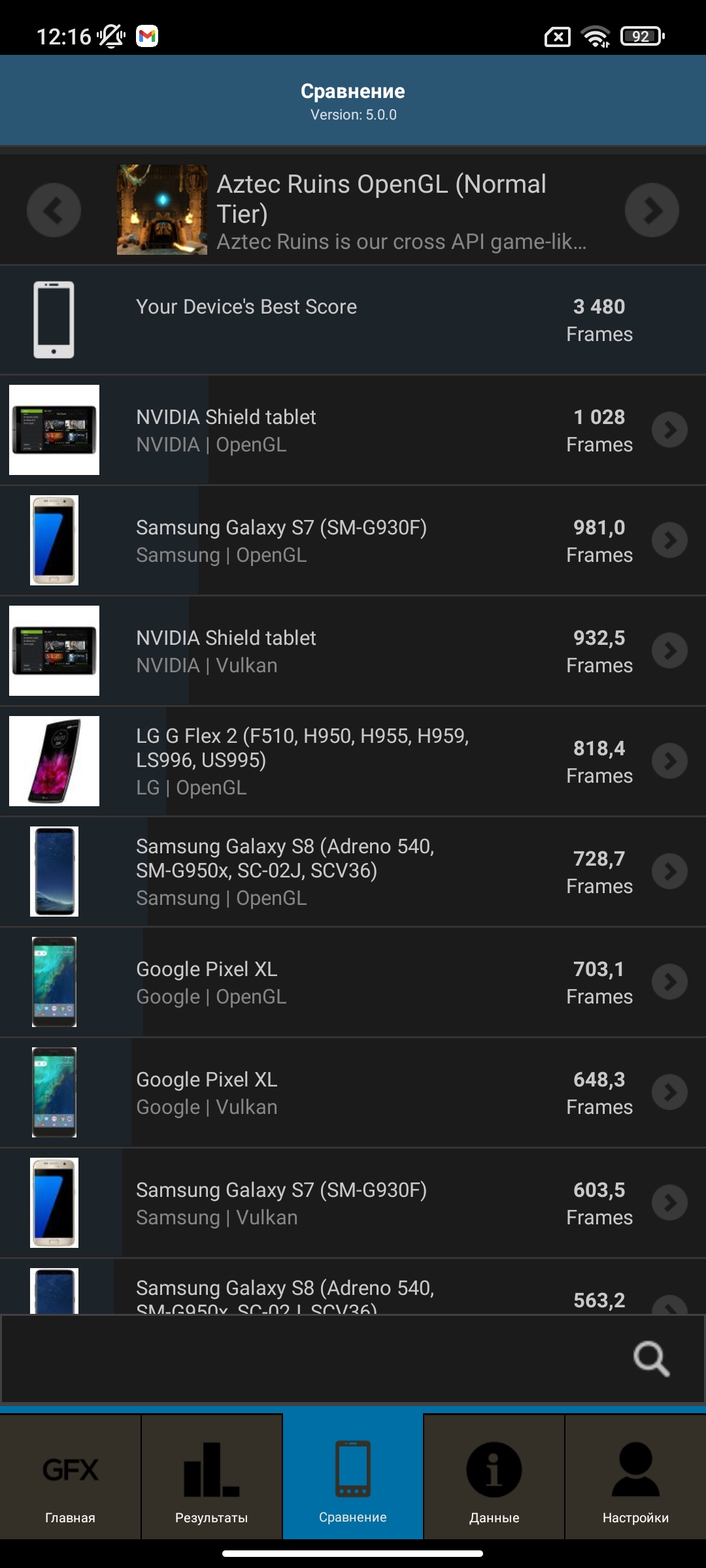
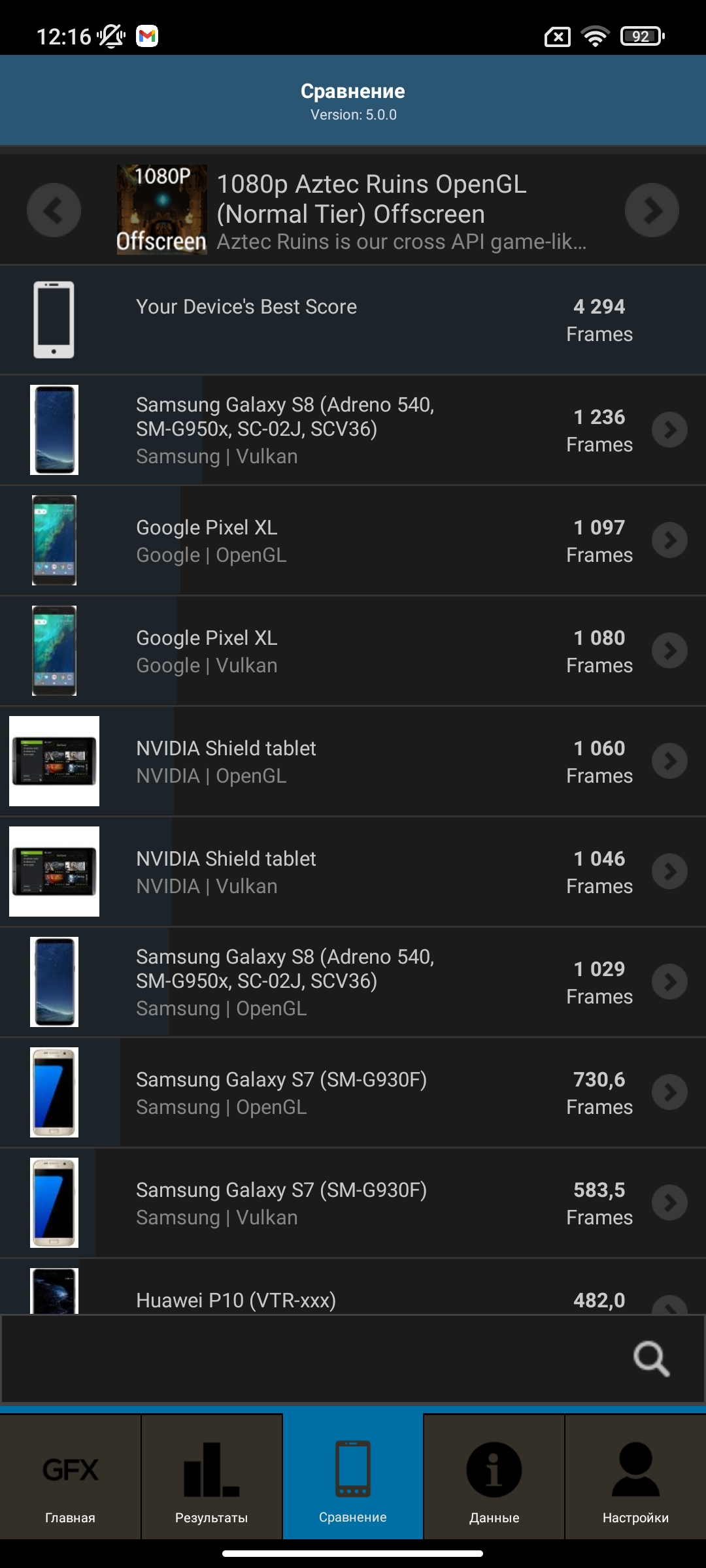
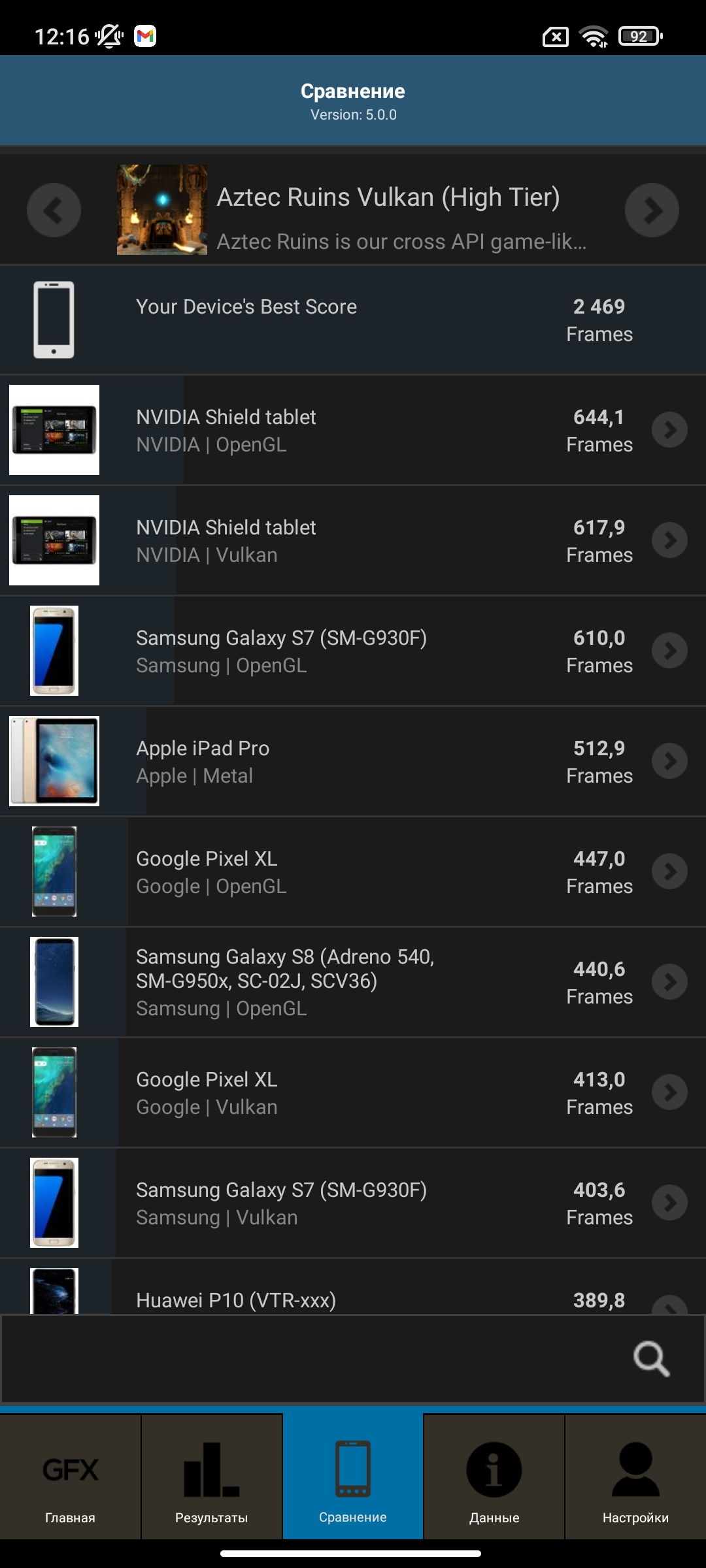

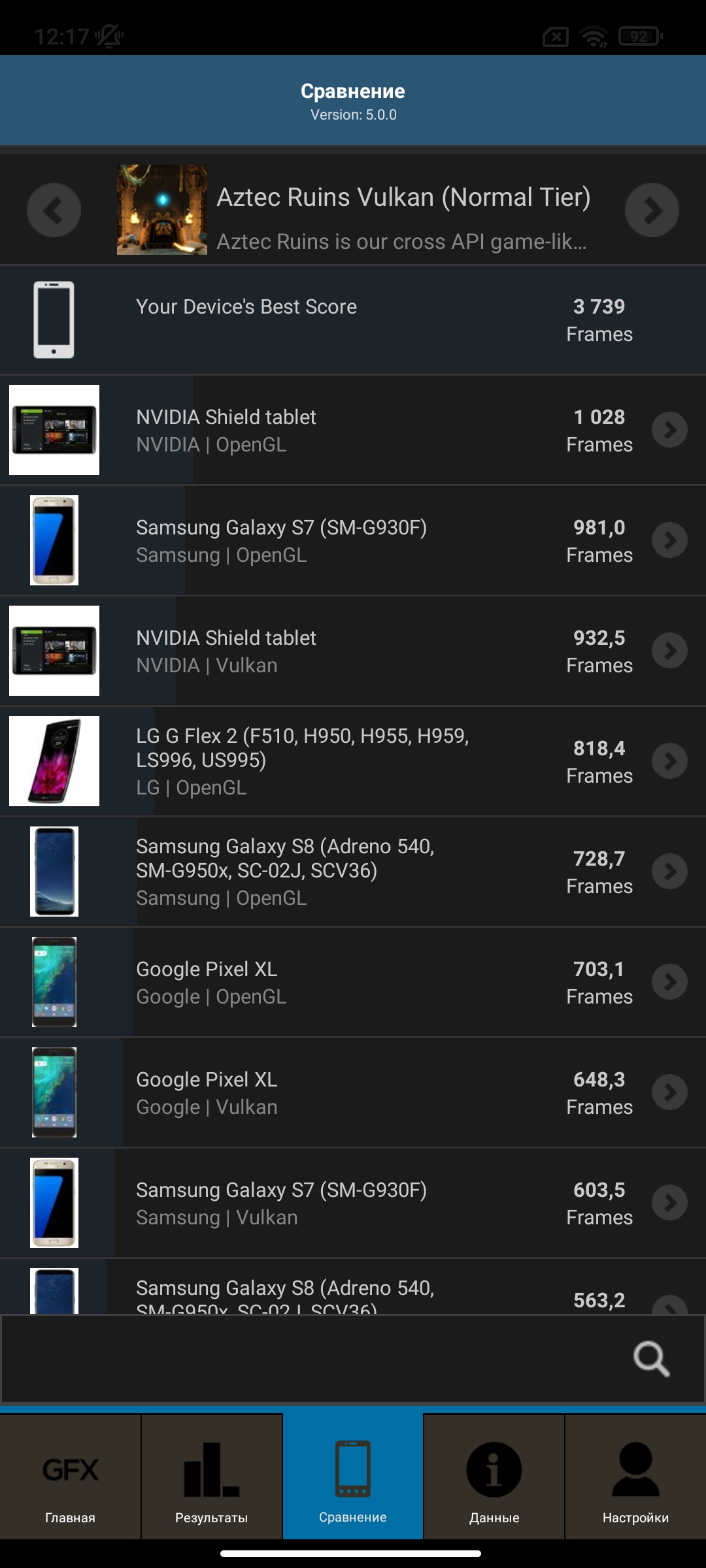

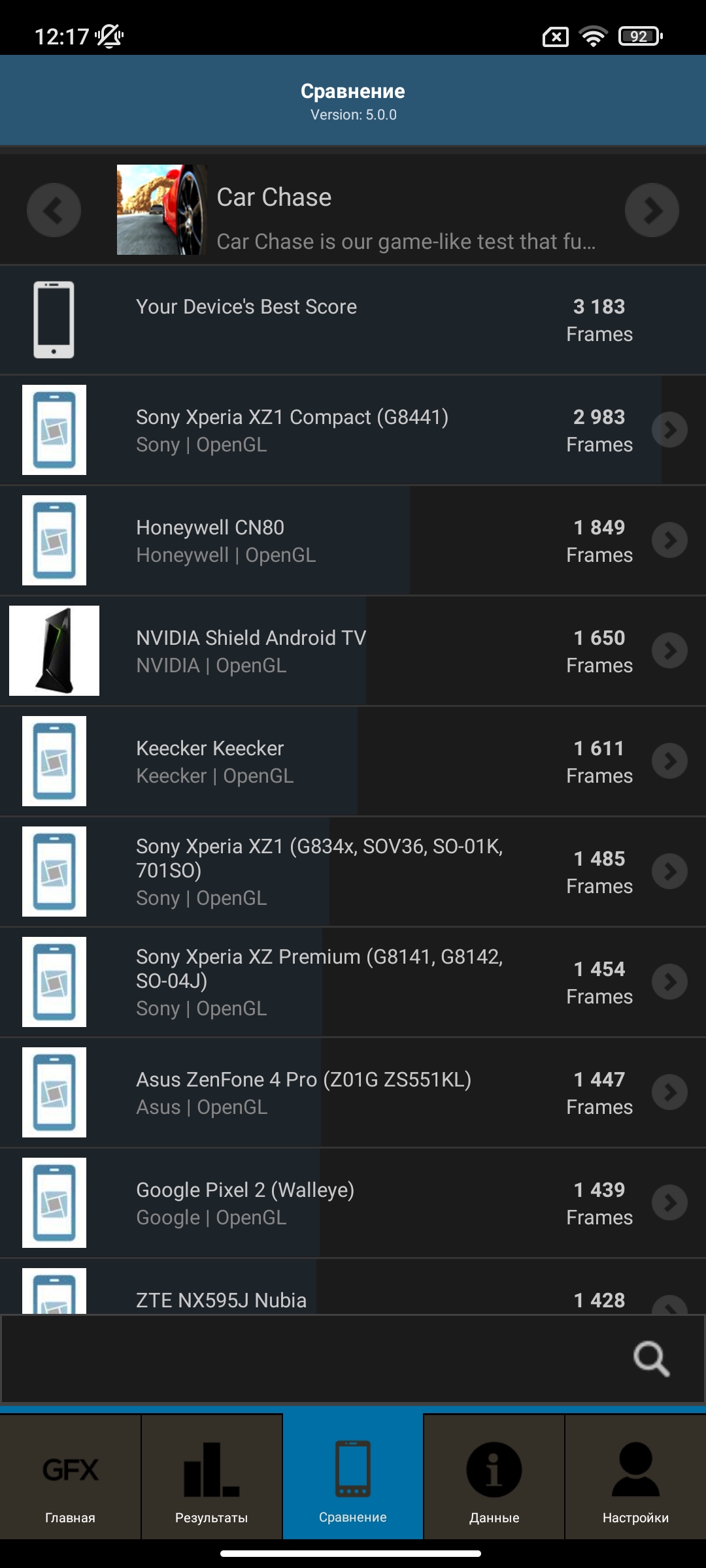
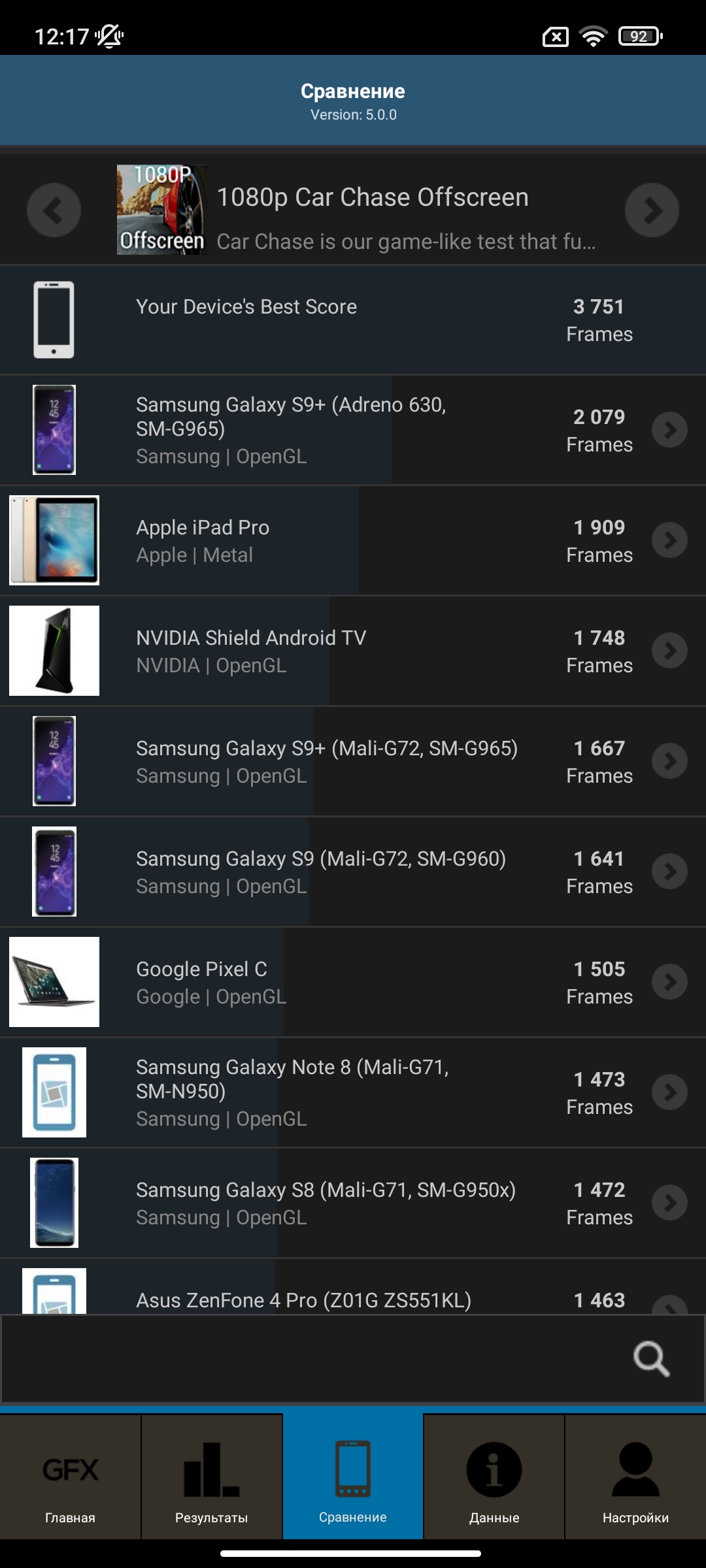
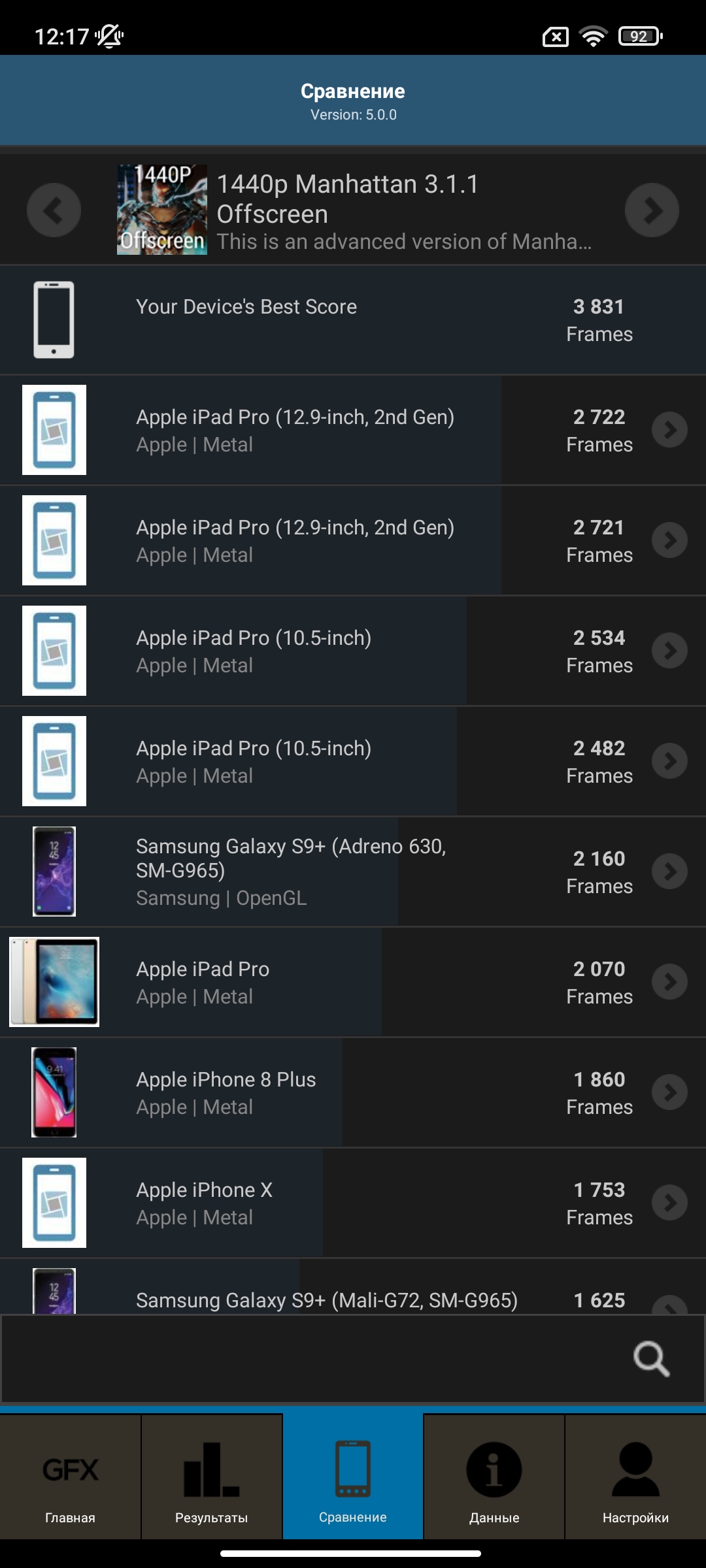
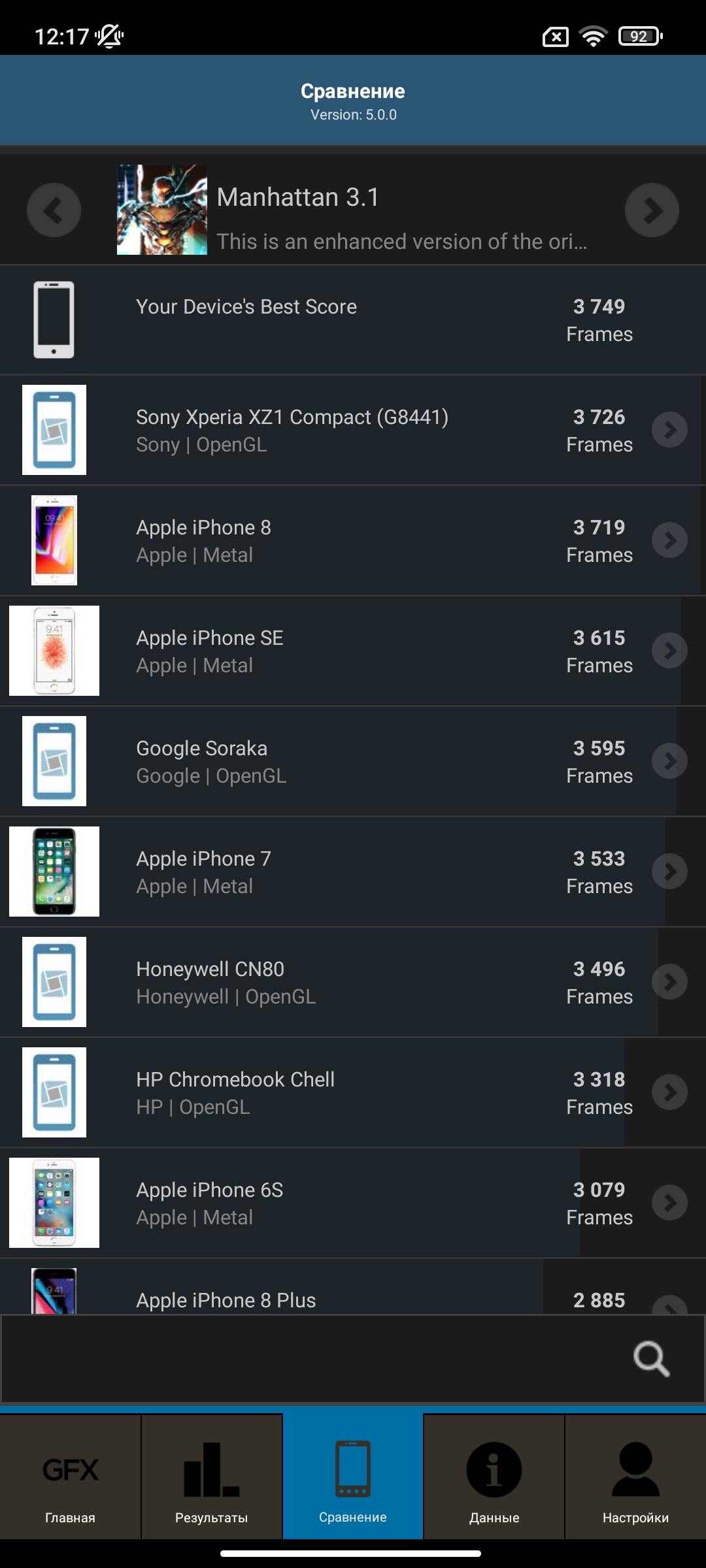
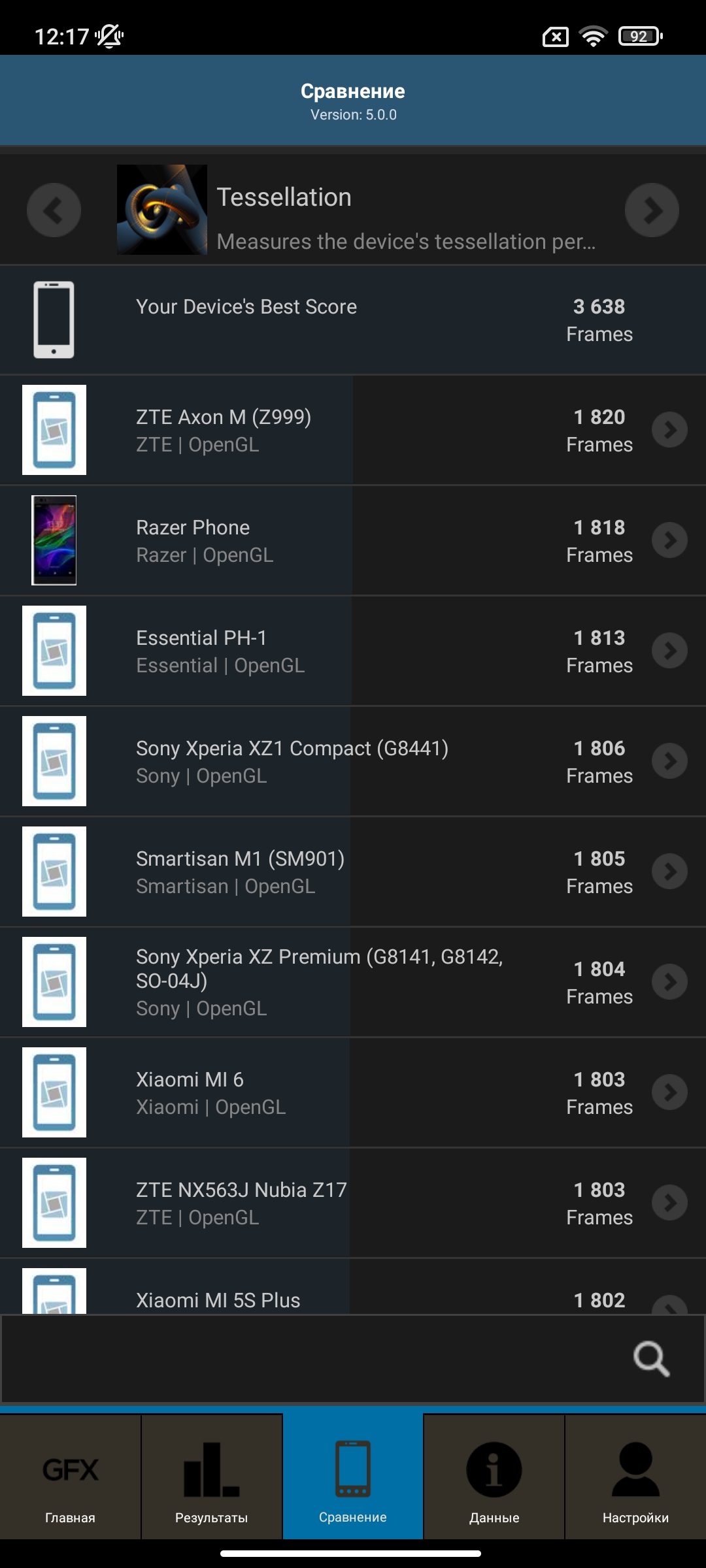
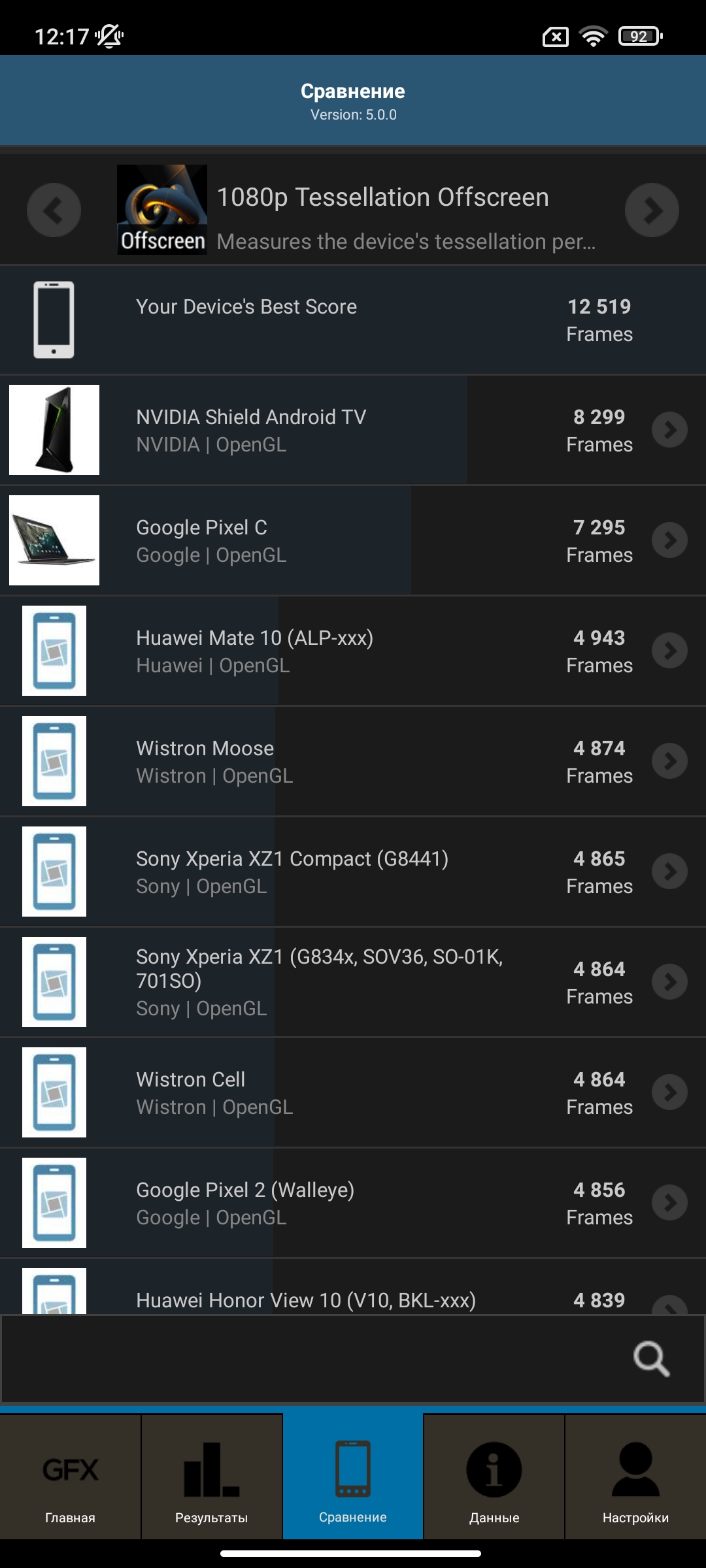
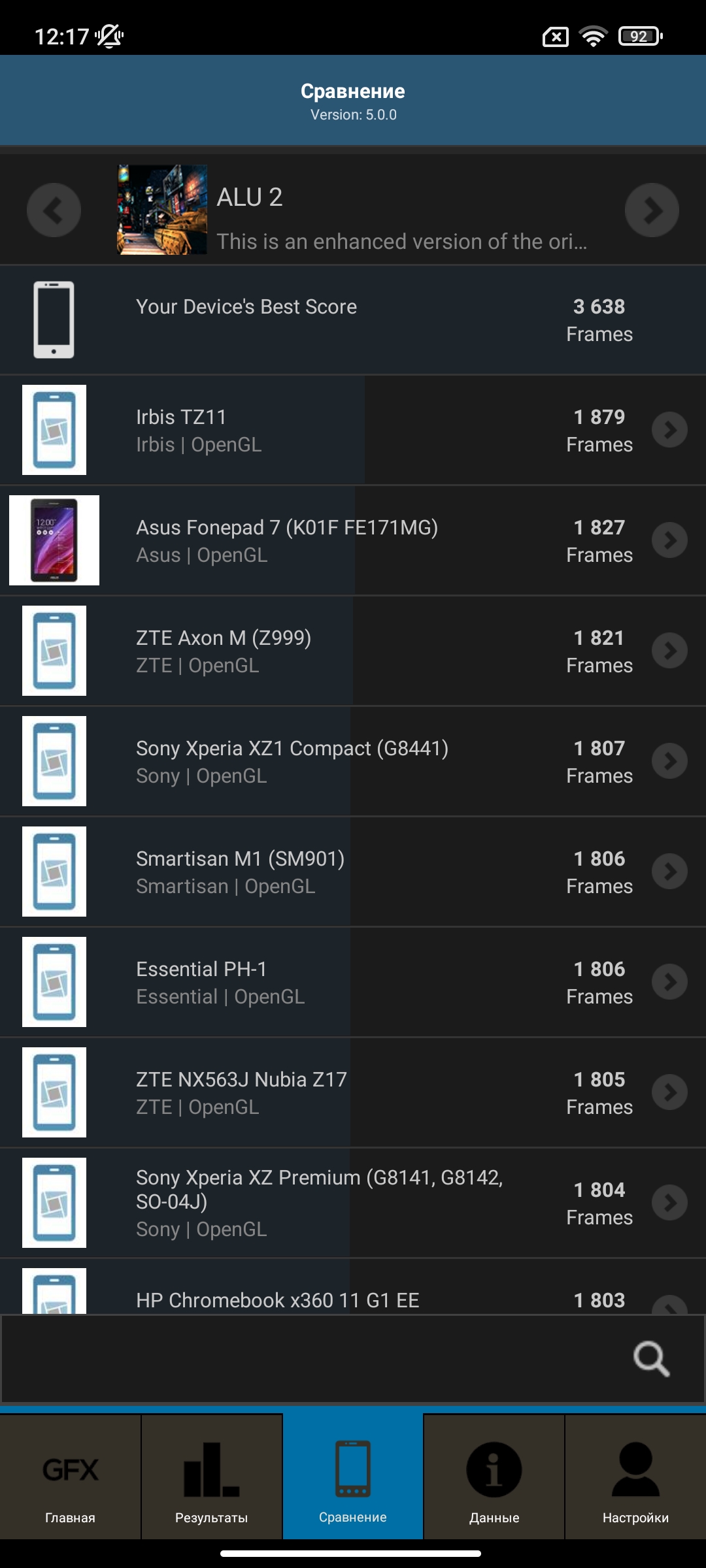
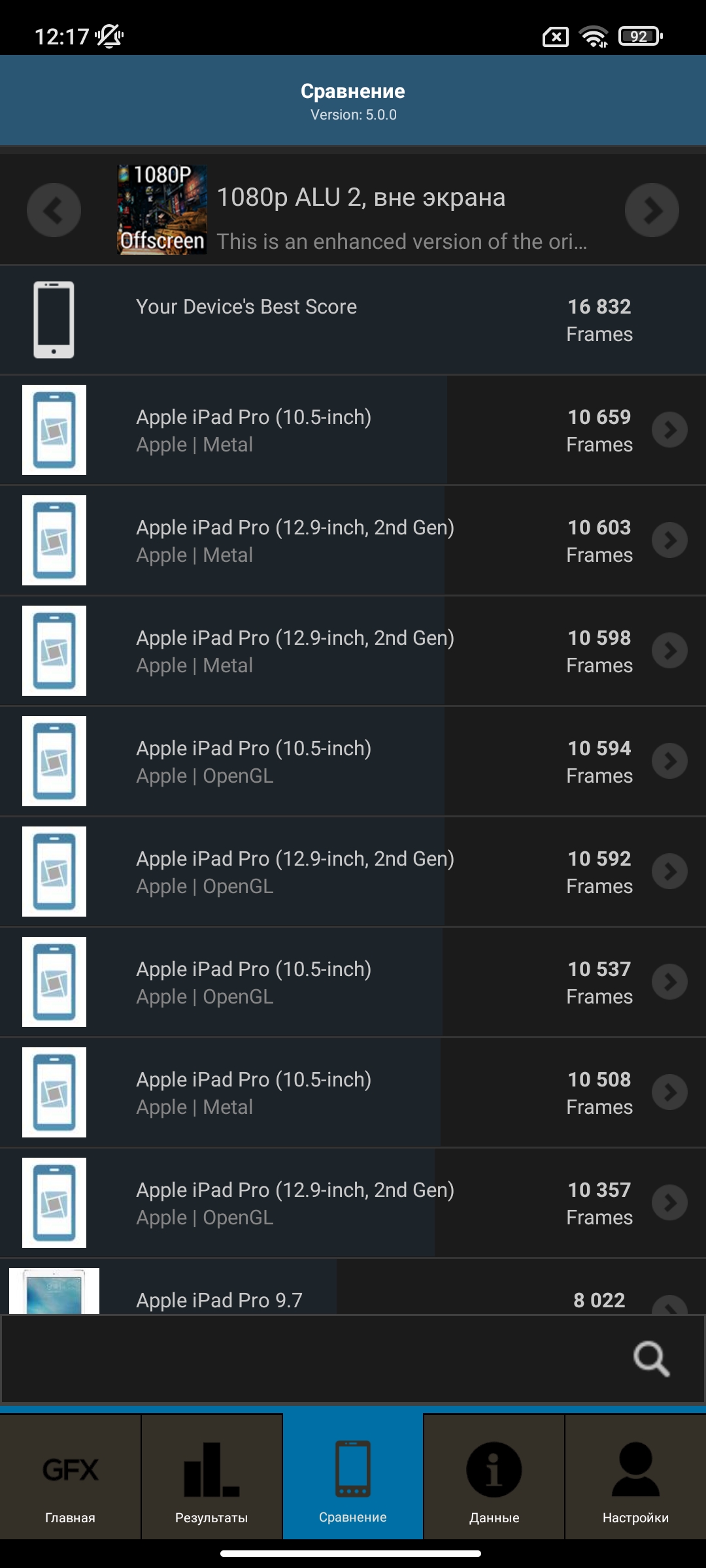
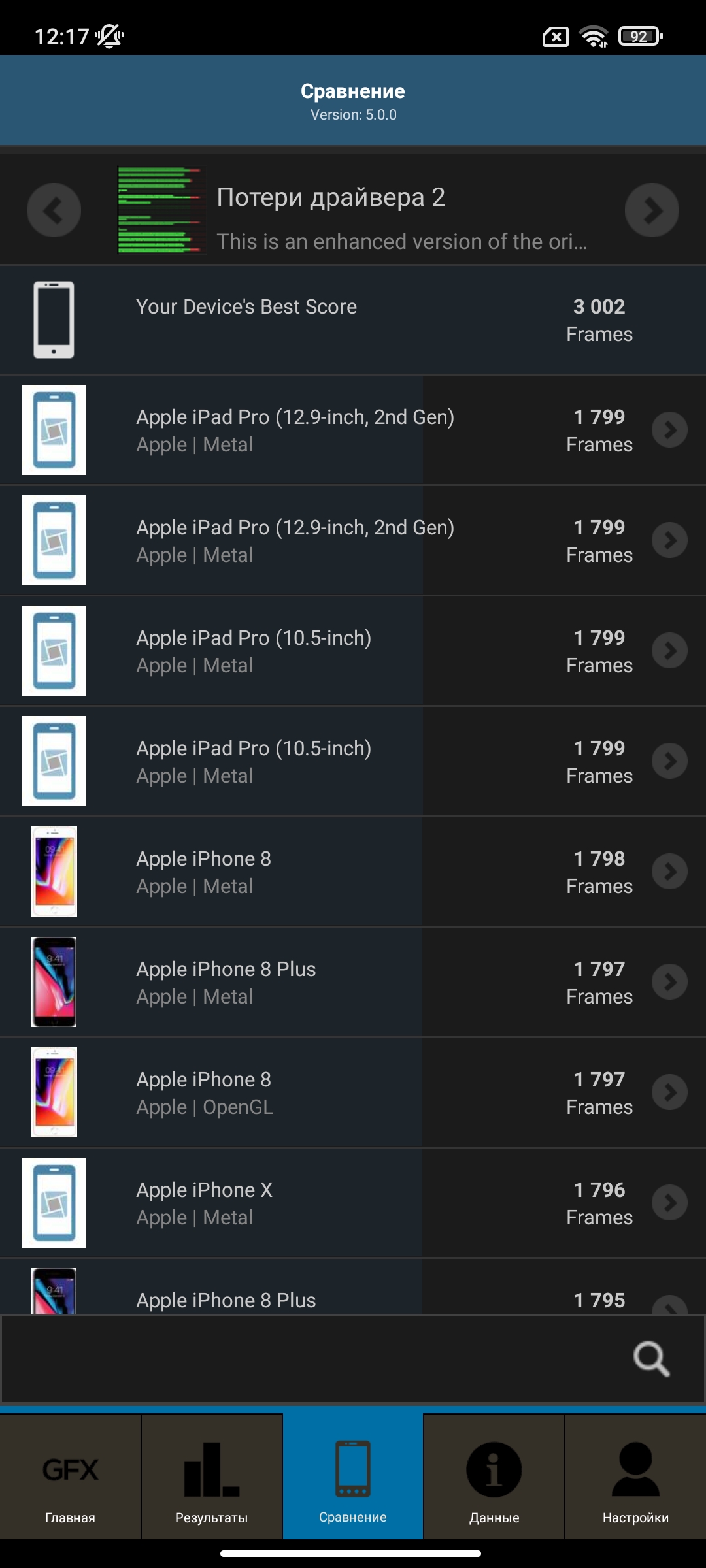
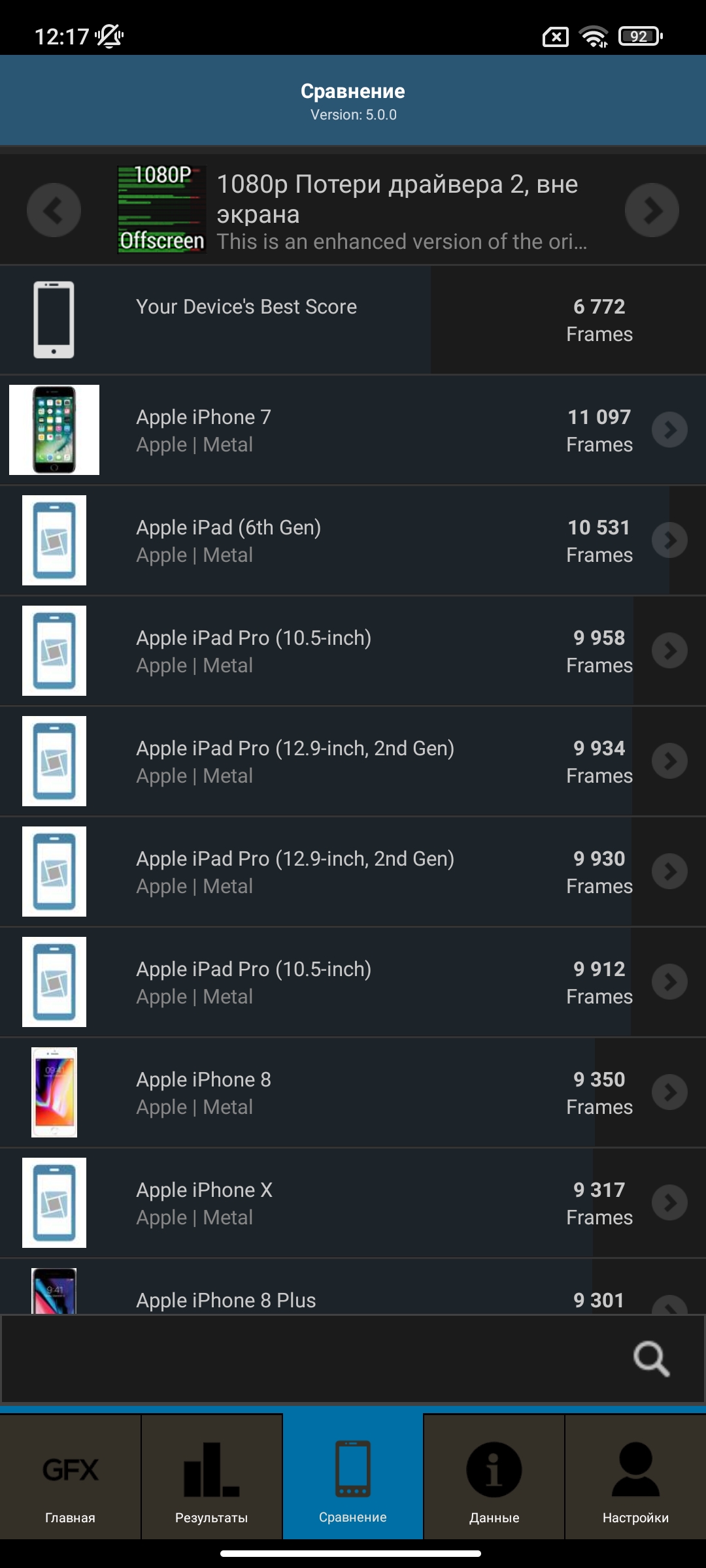
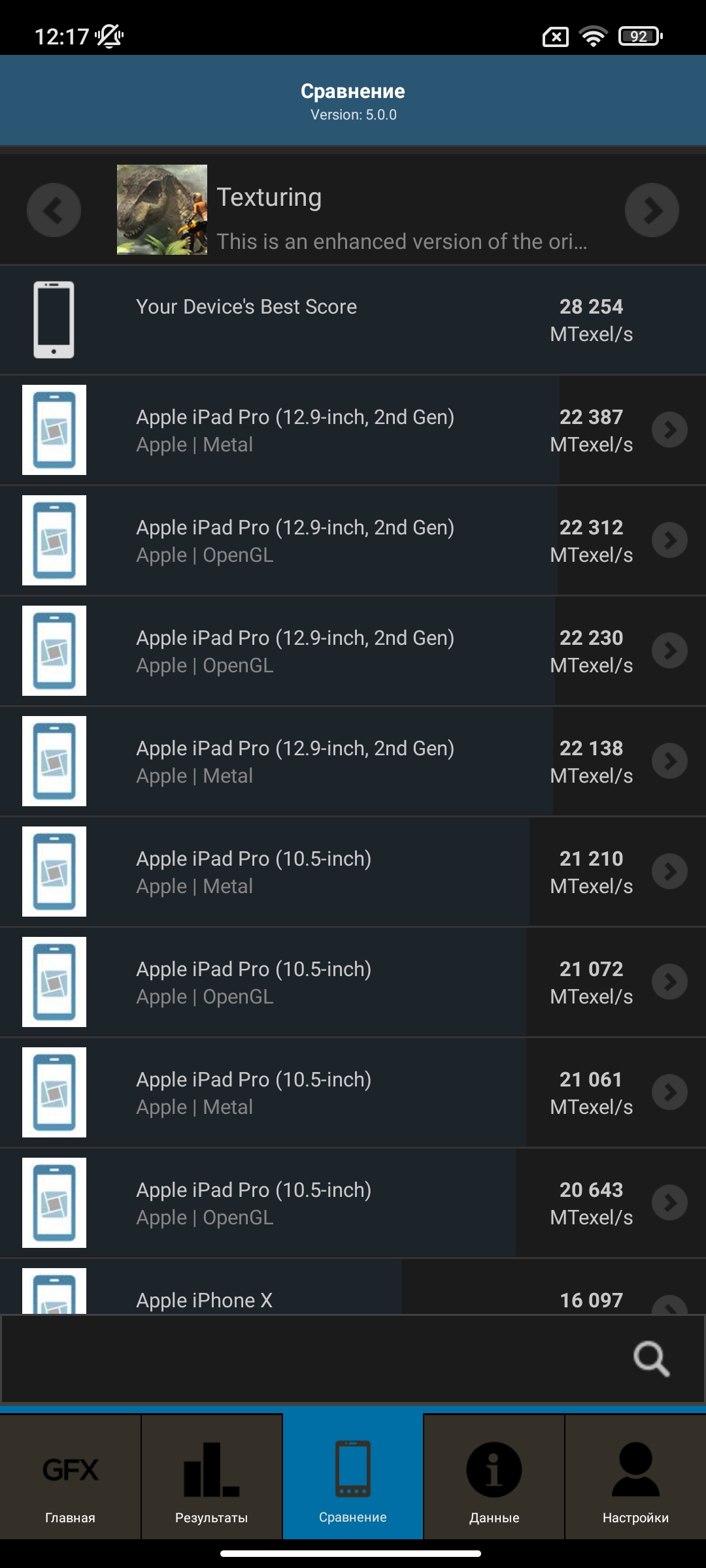

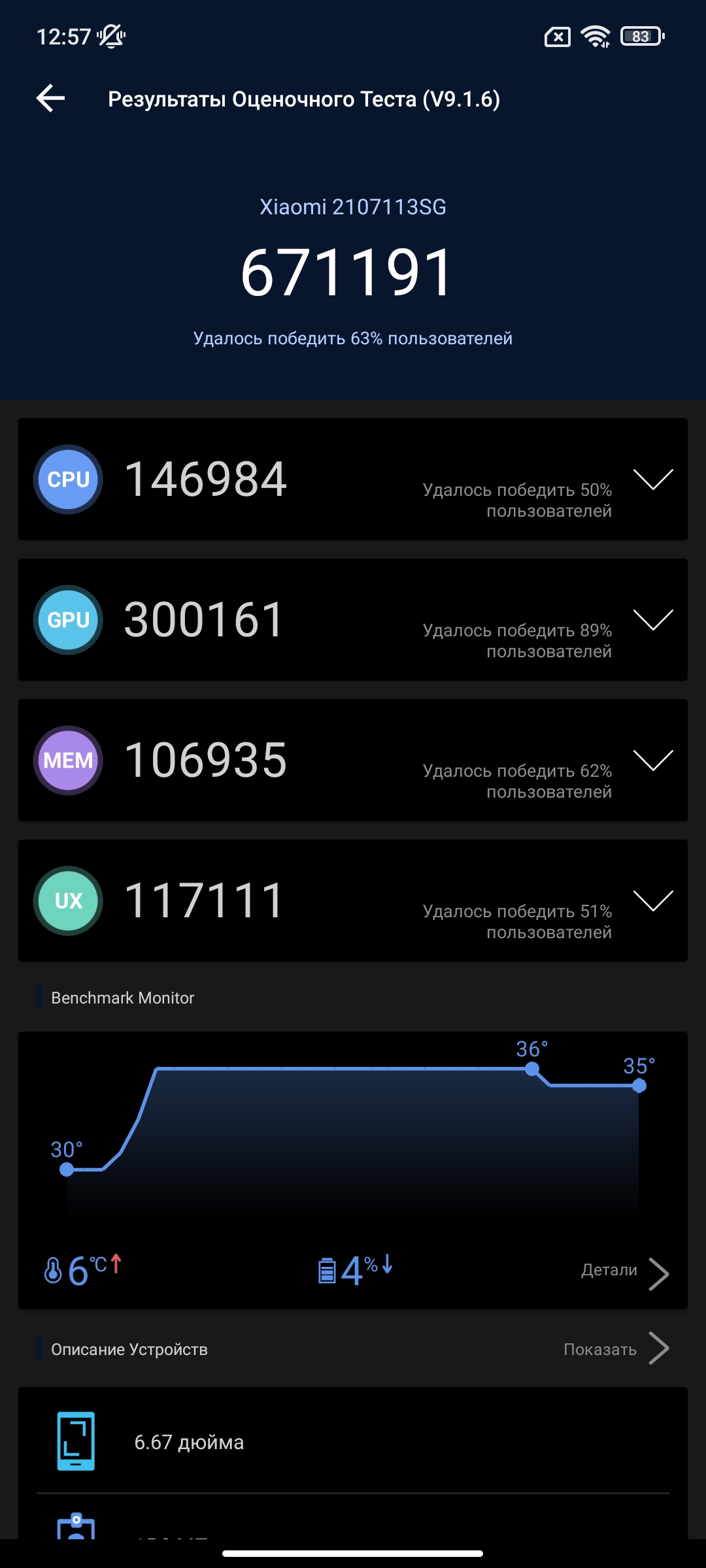
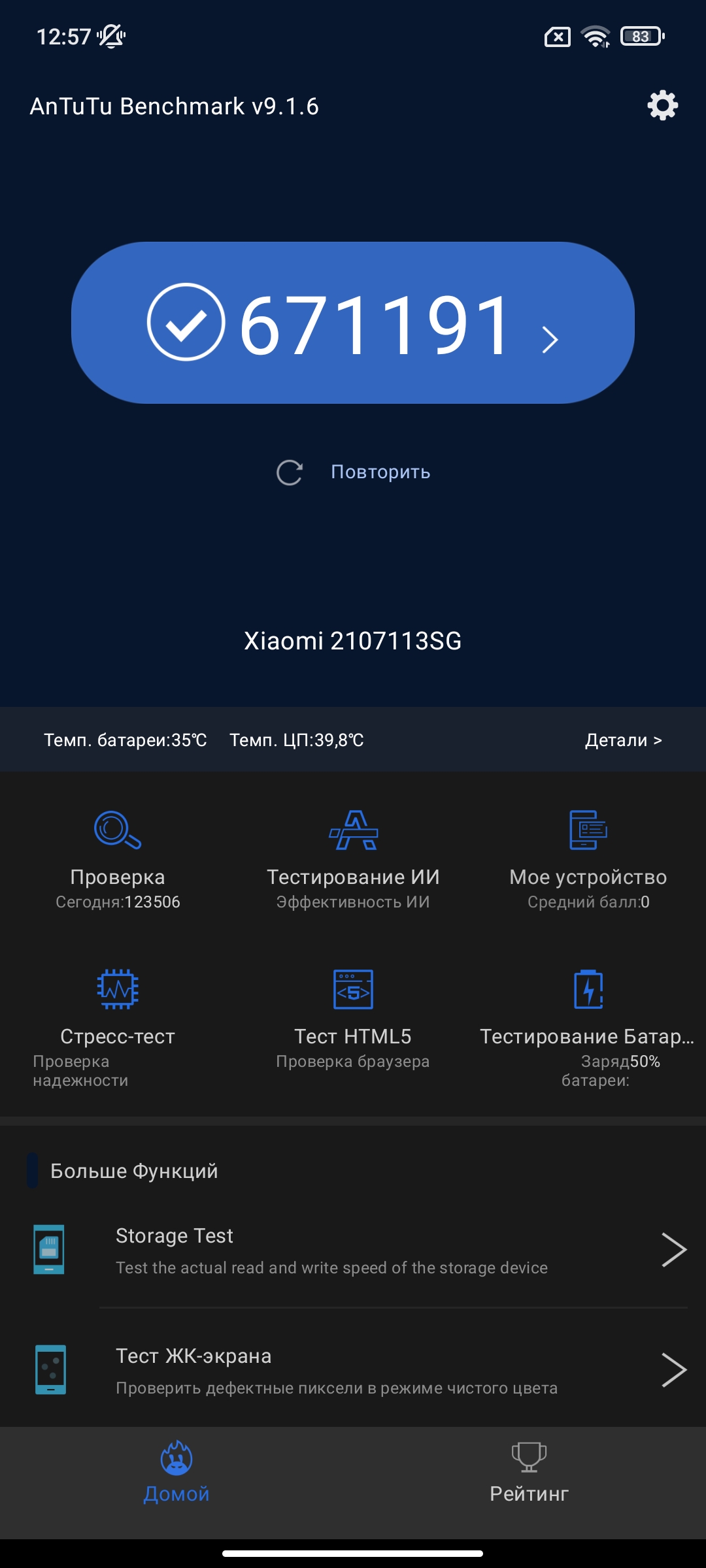
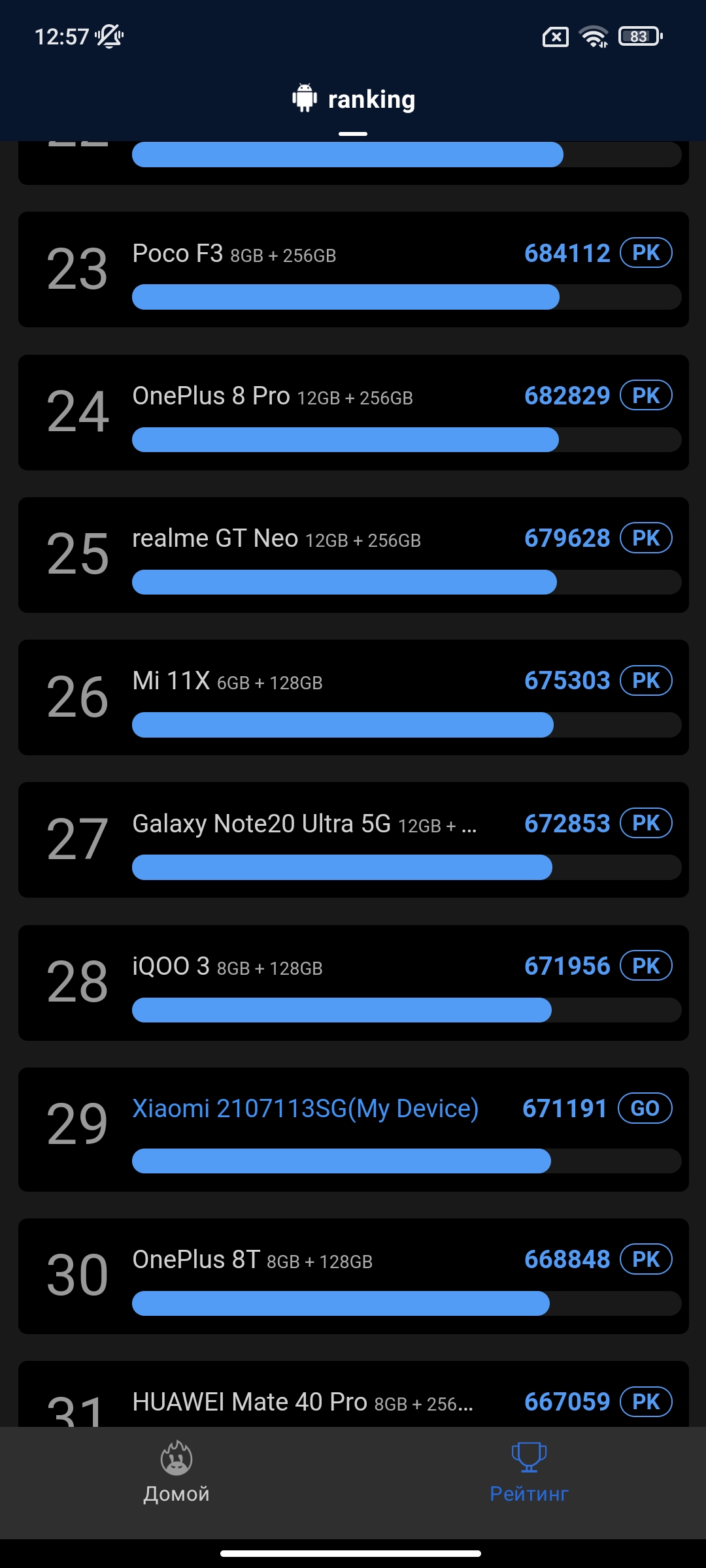



















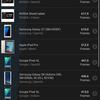






















The smartphone uses an evaporation chamber for cooling. By itself Snapdragon 888 is quite "hot" and with its cooling is always quite difficult. CPU Stress Test showed that under prolonged loads the performance can drop up to 82%, which is expected and not fatal. The case gets warm at this point, but no more than that. The situation is similar during long gaming sessions.
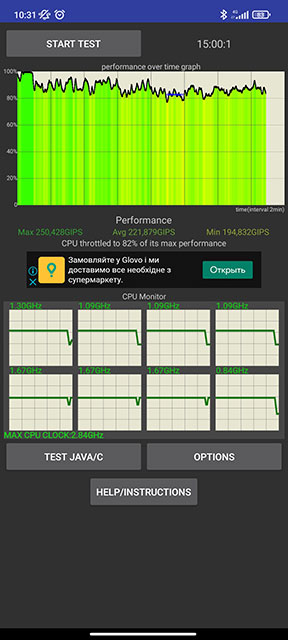
A special application called "Games Accelerator" allows for very flexible adjustment of the performance individually for each game, disabling notifications and blocking brightness. As for the games themselves, in Call of Duty Mobile at maximum graphics settings fps ranges from 50-60 fps, in NFS No Limits - 60-70 fps, and Shadowgun Legends runs mostly at 120 fps
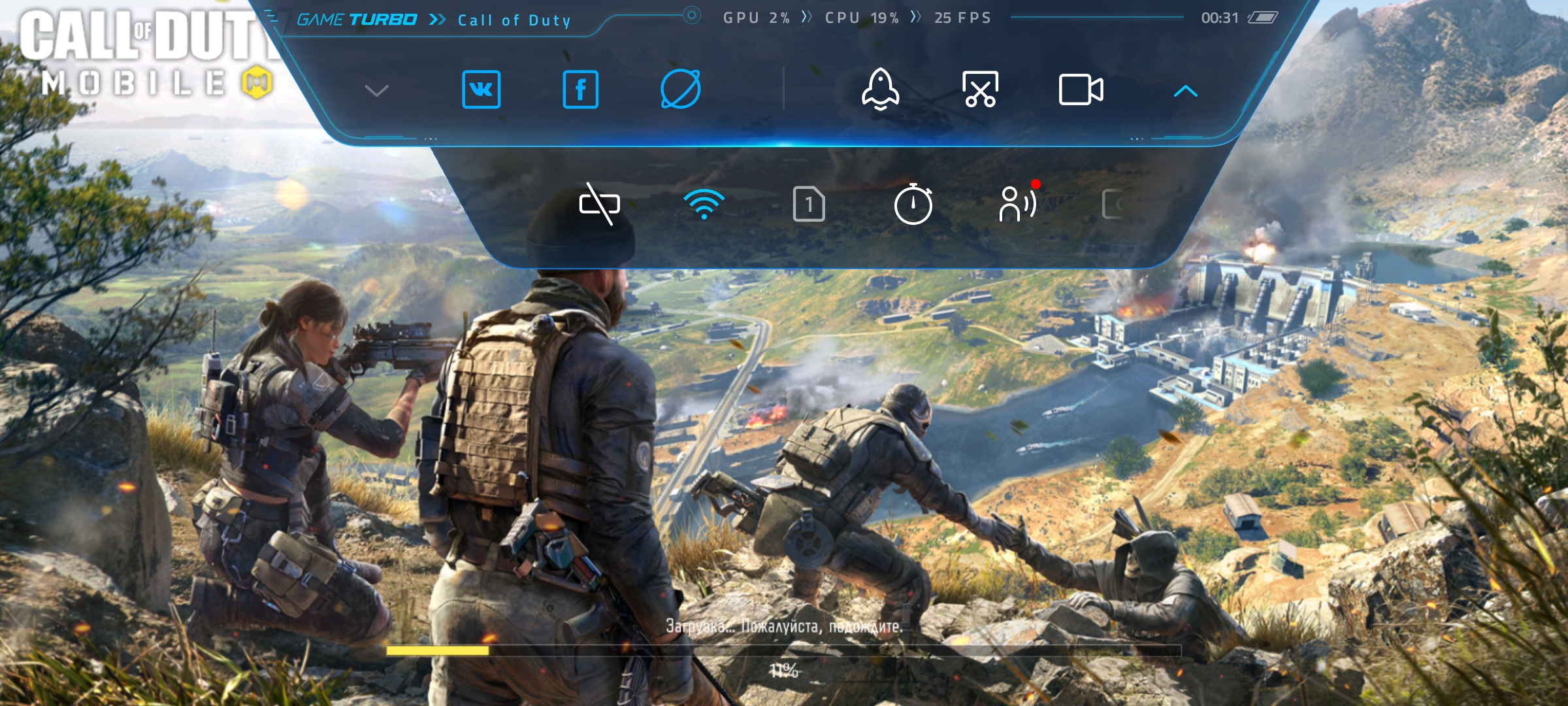

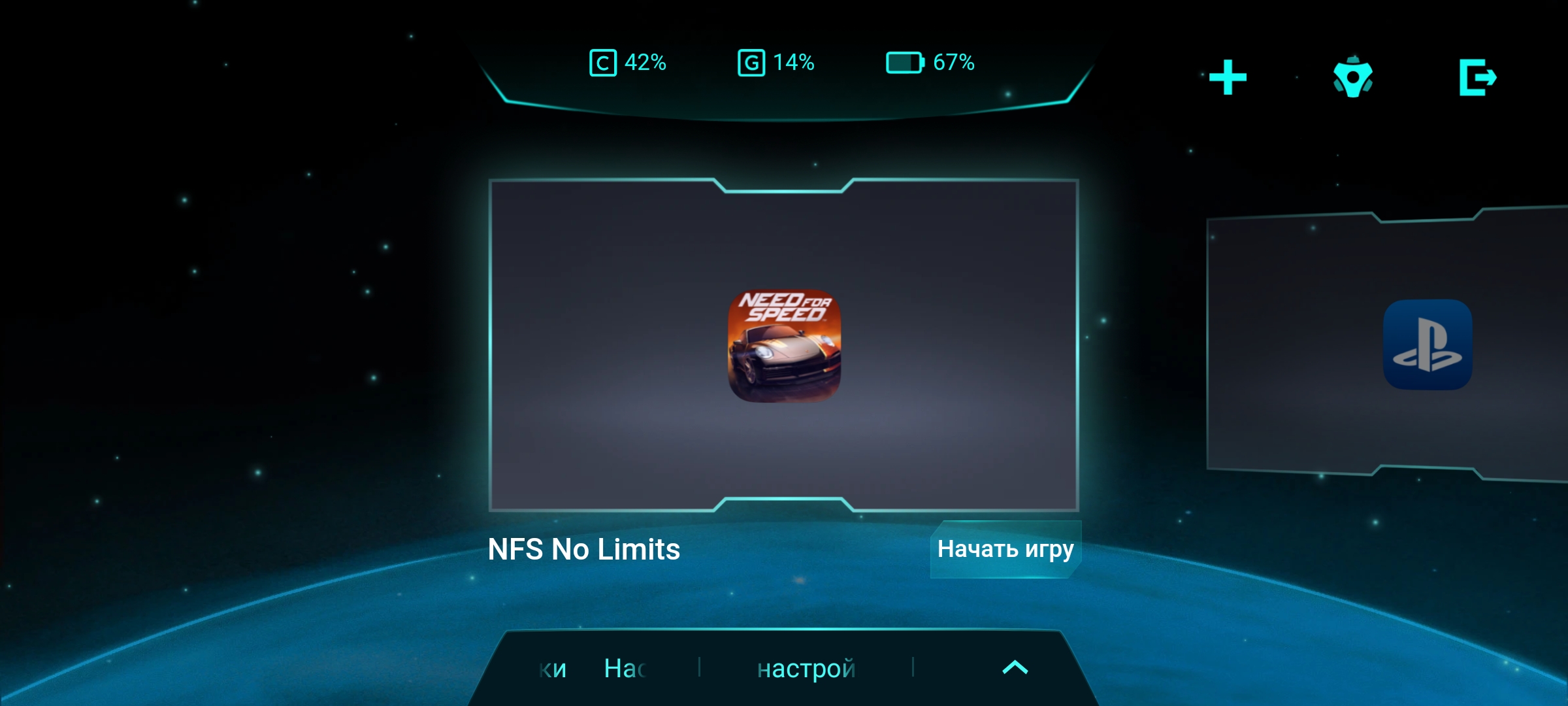
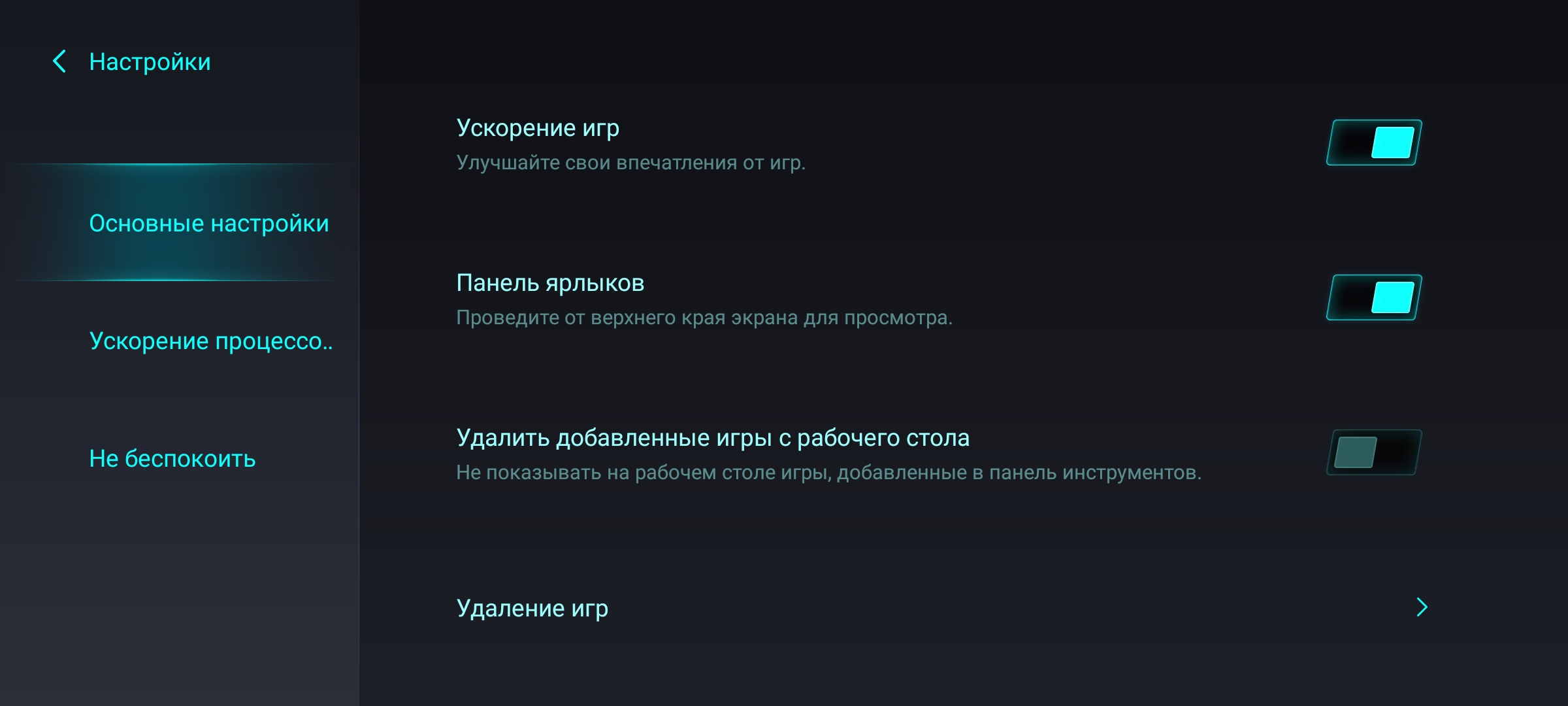
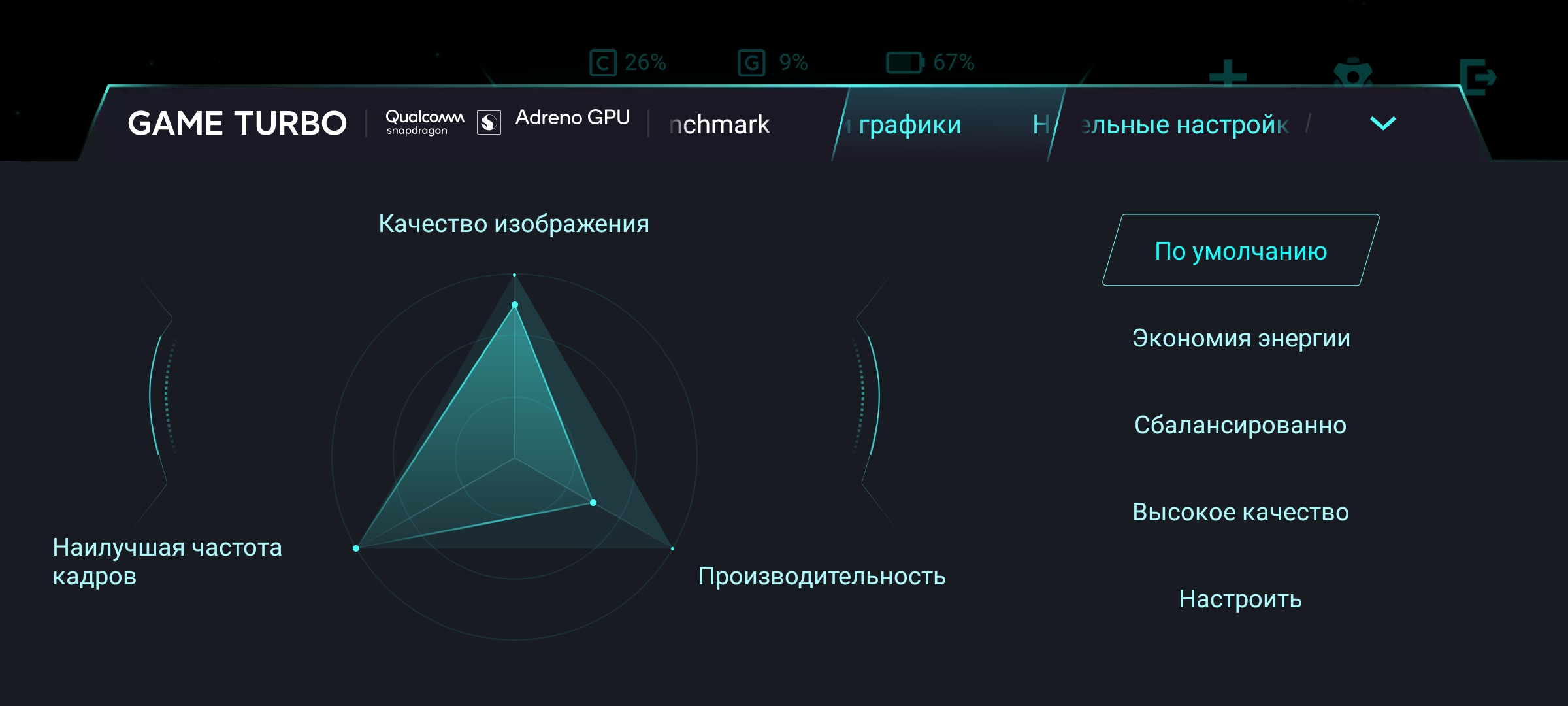
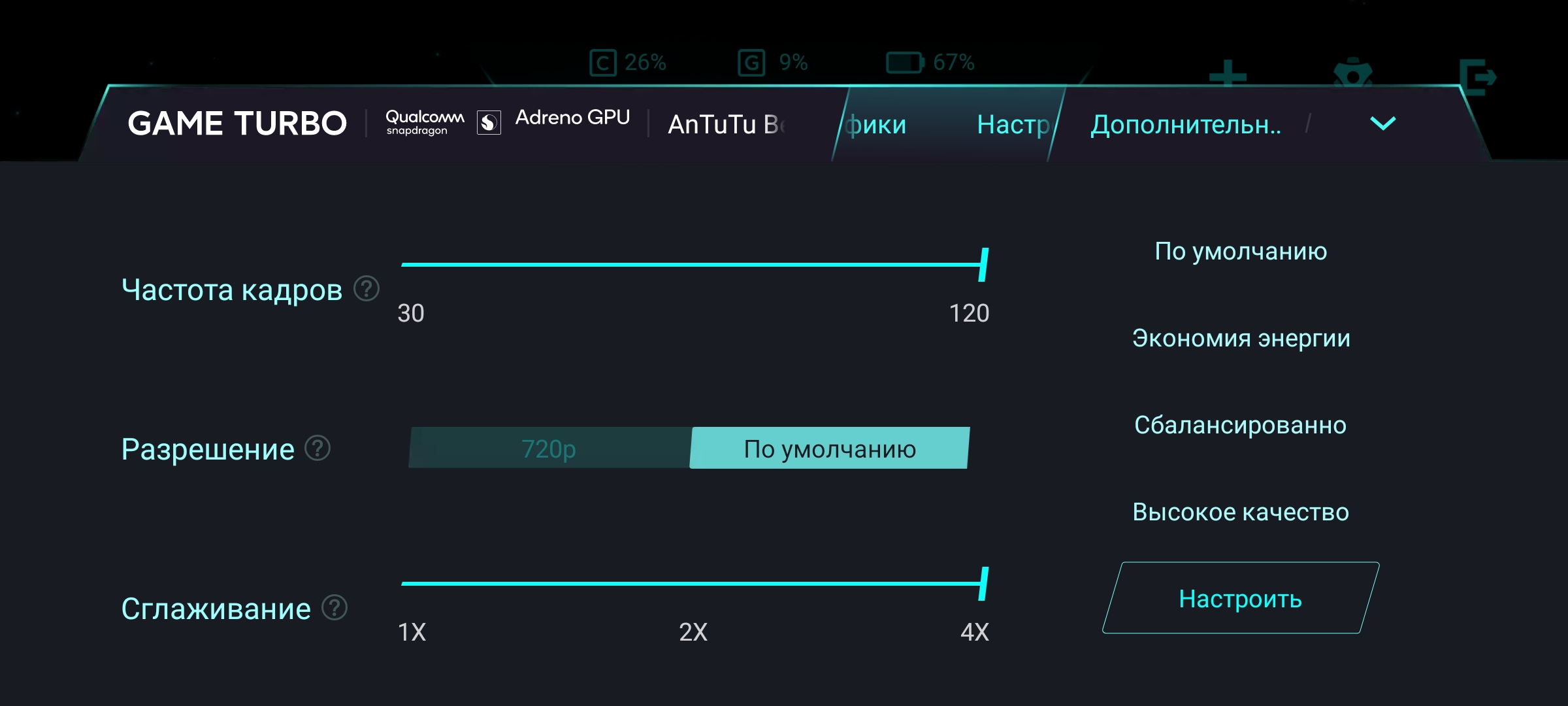


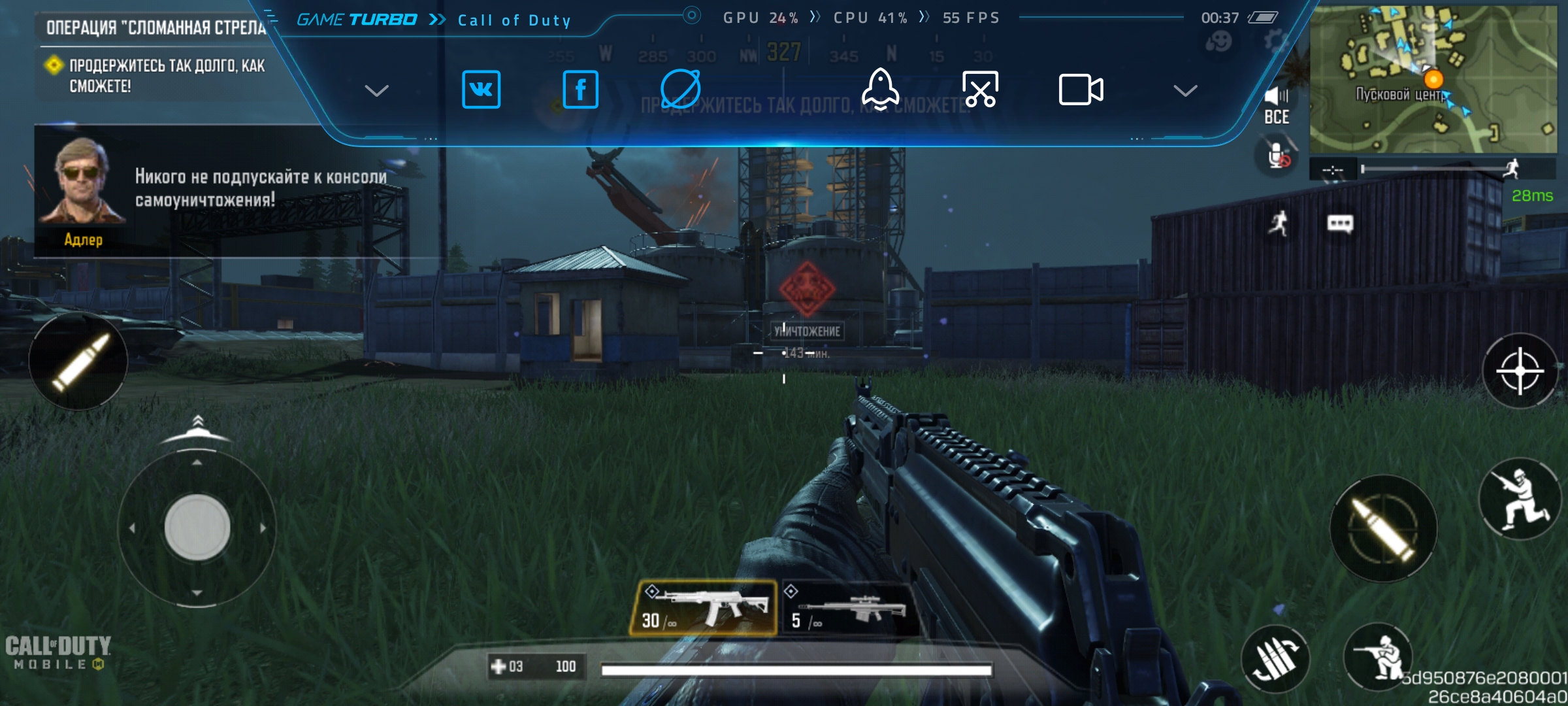
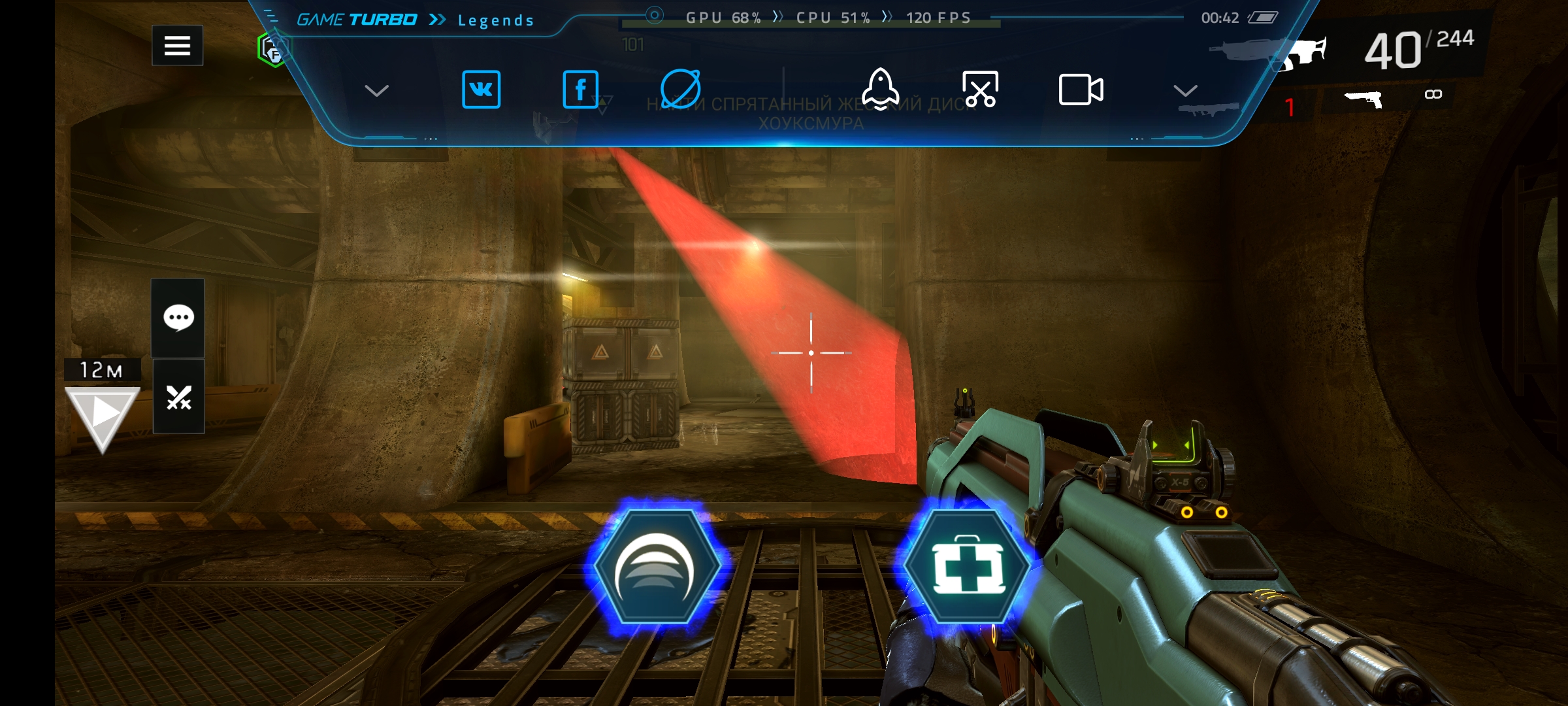
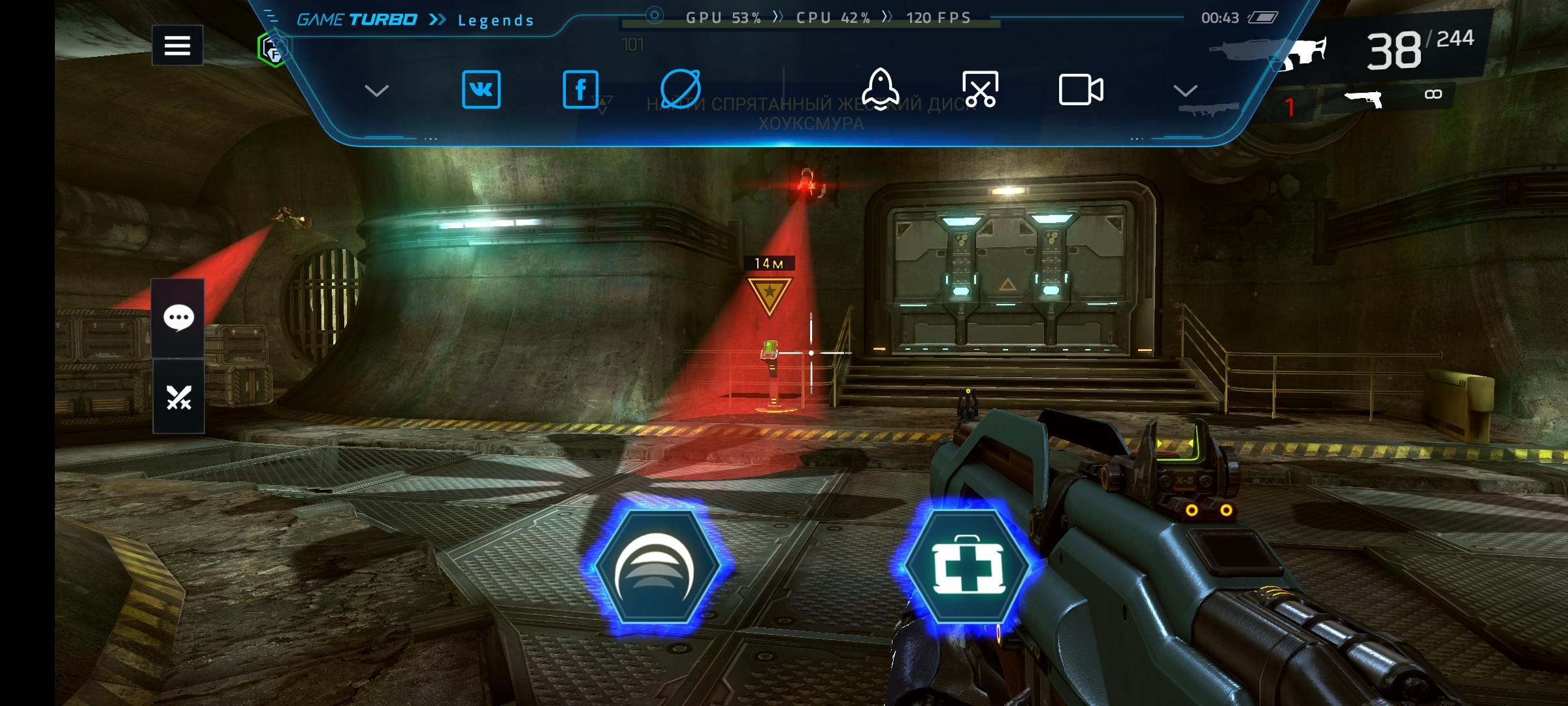
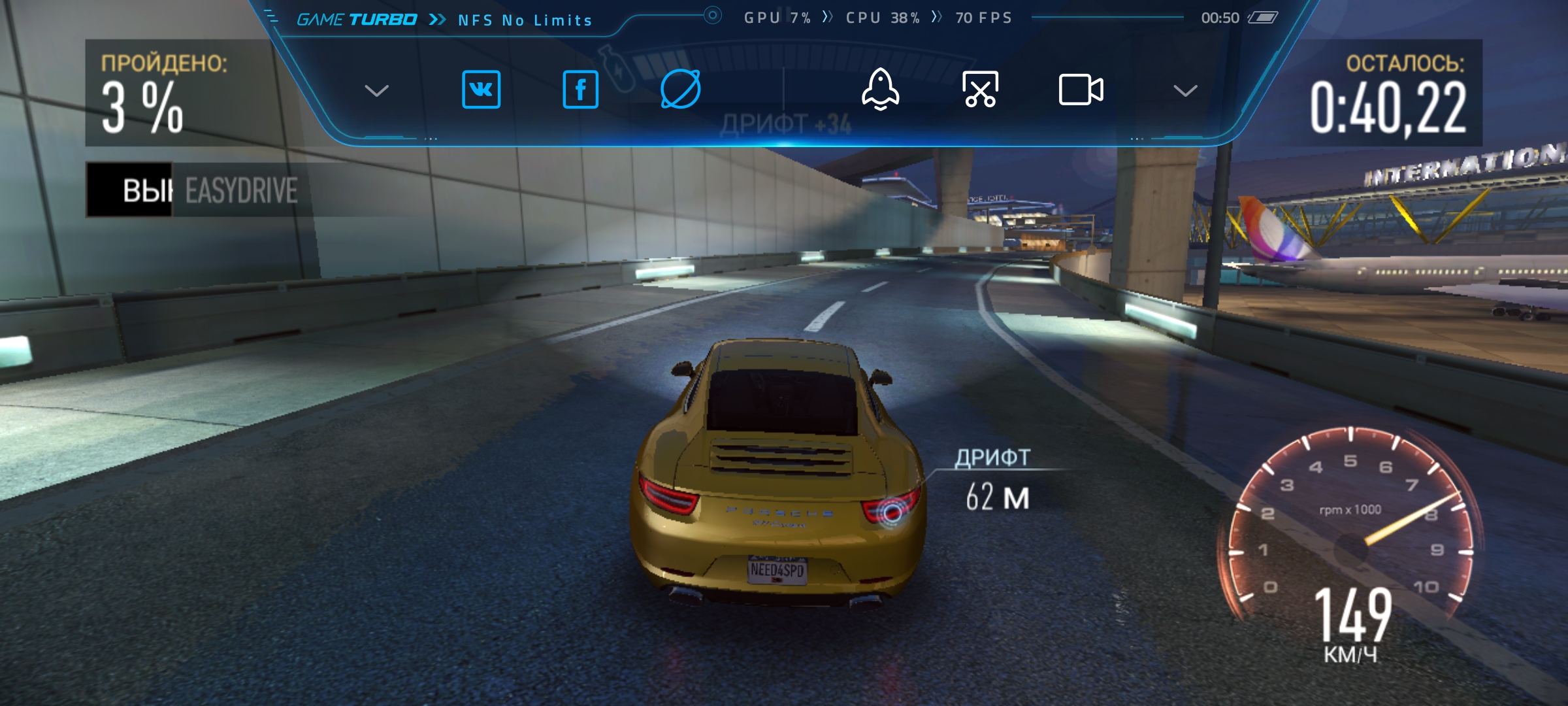
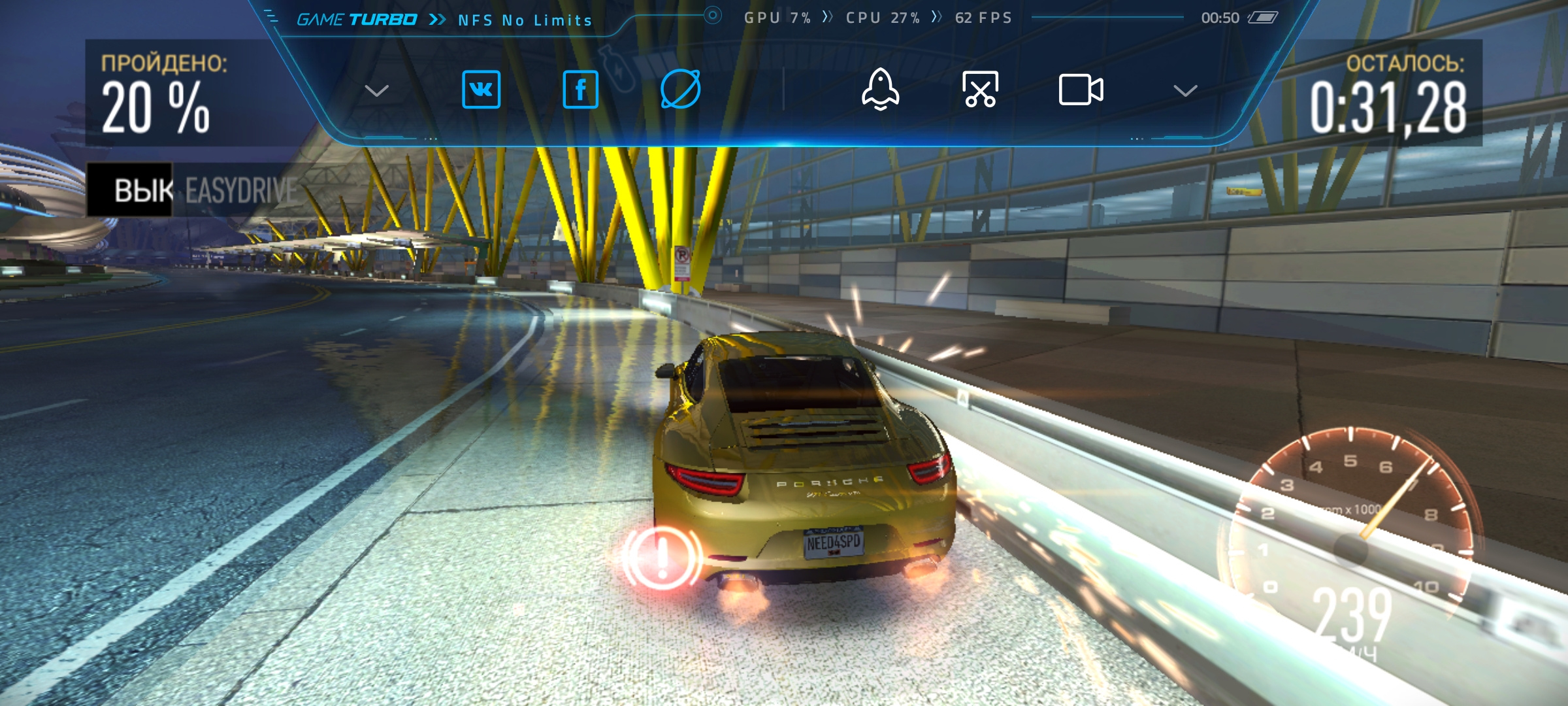
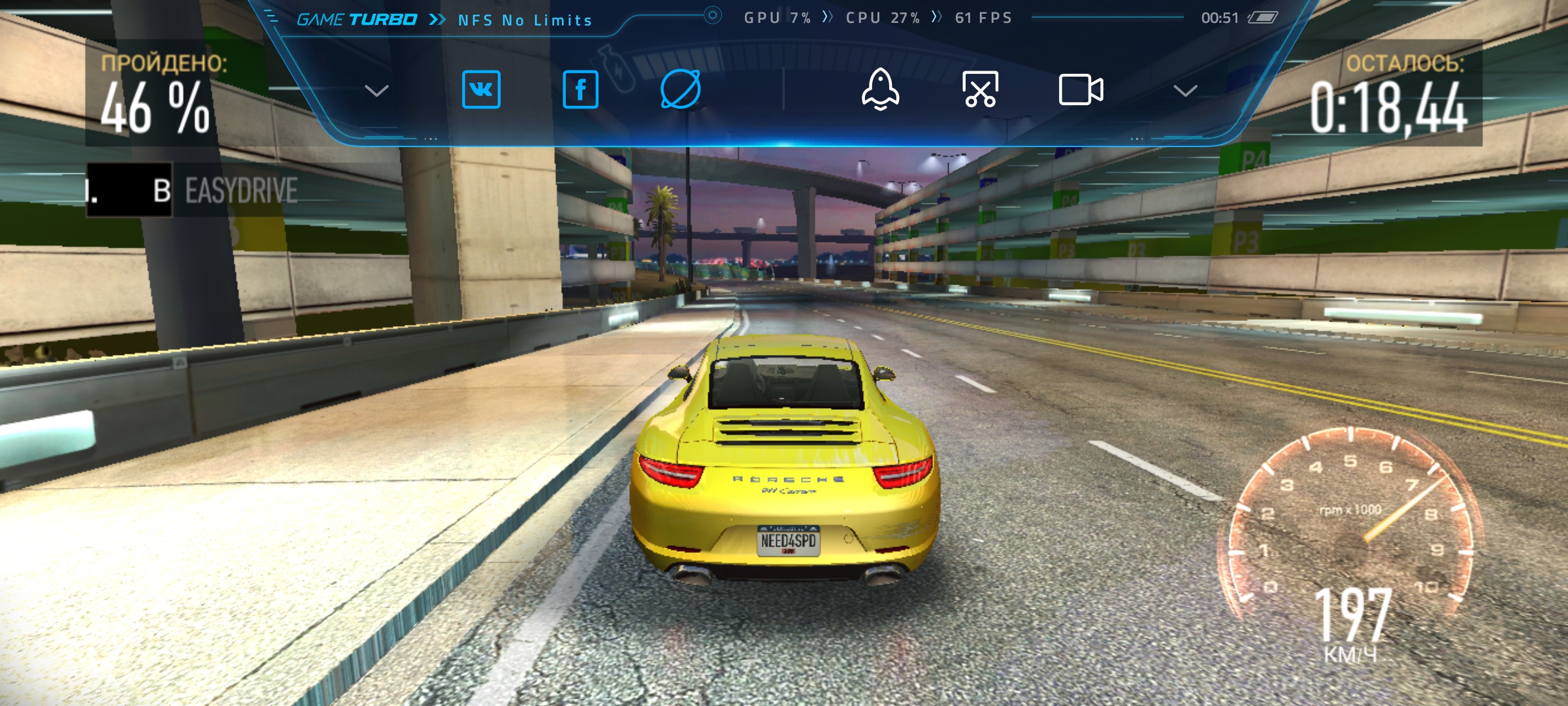
















Wireless interfaces: dual-band Wi-Fi 802.11 a/b/g/n/ac/6 2.4GHz and 5GHz, Bluetooth 5.2 LE (aptX HD, aptX Adaptive codecs supported, LDAC) and NFC for contactless payment. Global positioning systems GPS (L1+L5), GLONASS, GALILEO (E1+E5a), BDS are supported. There is an IR port for controlling home electronics with the corresponding application.






The smartphone is all right with the sound: there are stereo speakers with Dolby Atmos virtual surround sound support. It is claimed that the sound work was done by harman/kardon. It's hard to say how much the company was involved in the process, but the speakers sound really loud and of high quality, as far as it's possible in smartphones. Unfortunately, there is no 3.5 mm jack in the smartphone, although it has long been a surprise to anyone. Fortunately, there is support for aptX HD, aptX Adaptive and LDAC codecs. "The native music player is not particularly different, the functionality is standard. Playlists, equalizer and sound presets for Xiaomi headphones.
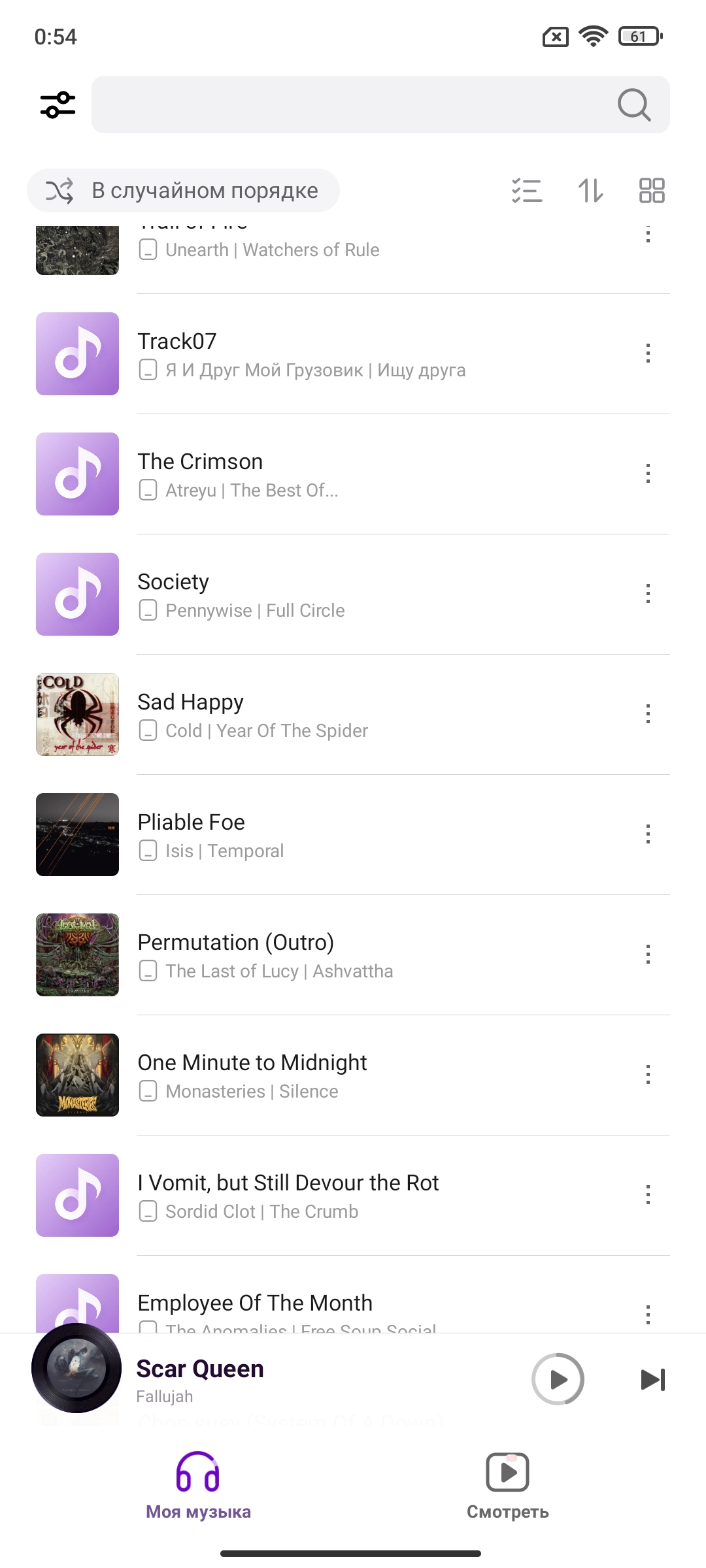
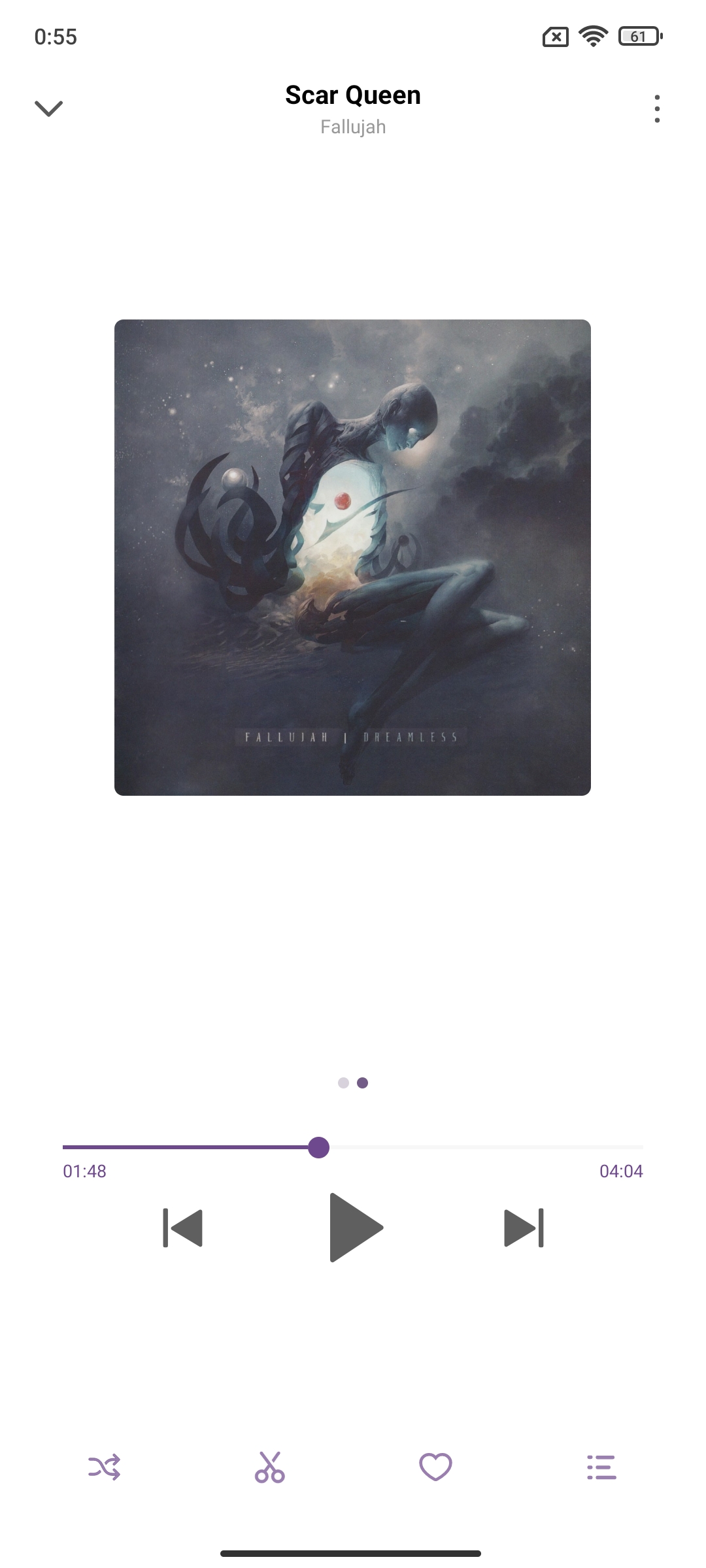


The smartphone uses a 5000 mAh battery, or rather two 2500 mAh each. In terms of autonomy without records, but everything is very good: a day and a half of work to get quite realistic in anything without denying yourself and without switching the screen to 60 Hz. To be more specific, 10-15 minutes of calls, mail, messengers, social networks, web surfing, a little camera use plus synthetic tests. But the most interesting thing is the support for Xiaomi HyperCharge's very fast 120W wired charging. The company promises that the smartphone charges up to 72% in 10 minutes and a full charge takes 17 minutes. Sounds really fantastic indeed. As the company claims, their fast charging is completely safe thanks to two omni batteries that charge in parallel and a bunch of all sorts of additional protection technology. In reality, the smartphone really does take just under 20 minutes to fully charge, which is really impressive. Additionally, support for Power Delivery 3.0 and Quick Charge 3+ standards is worth mentioning. It's not that fast, but it will be useful if you don't have a virtual power supply at hand. And in case there's no outlet nearby, there are different power saving modes.
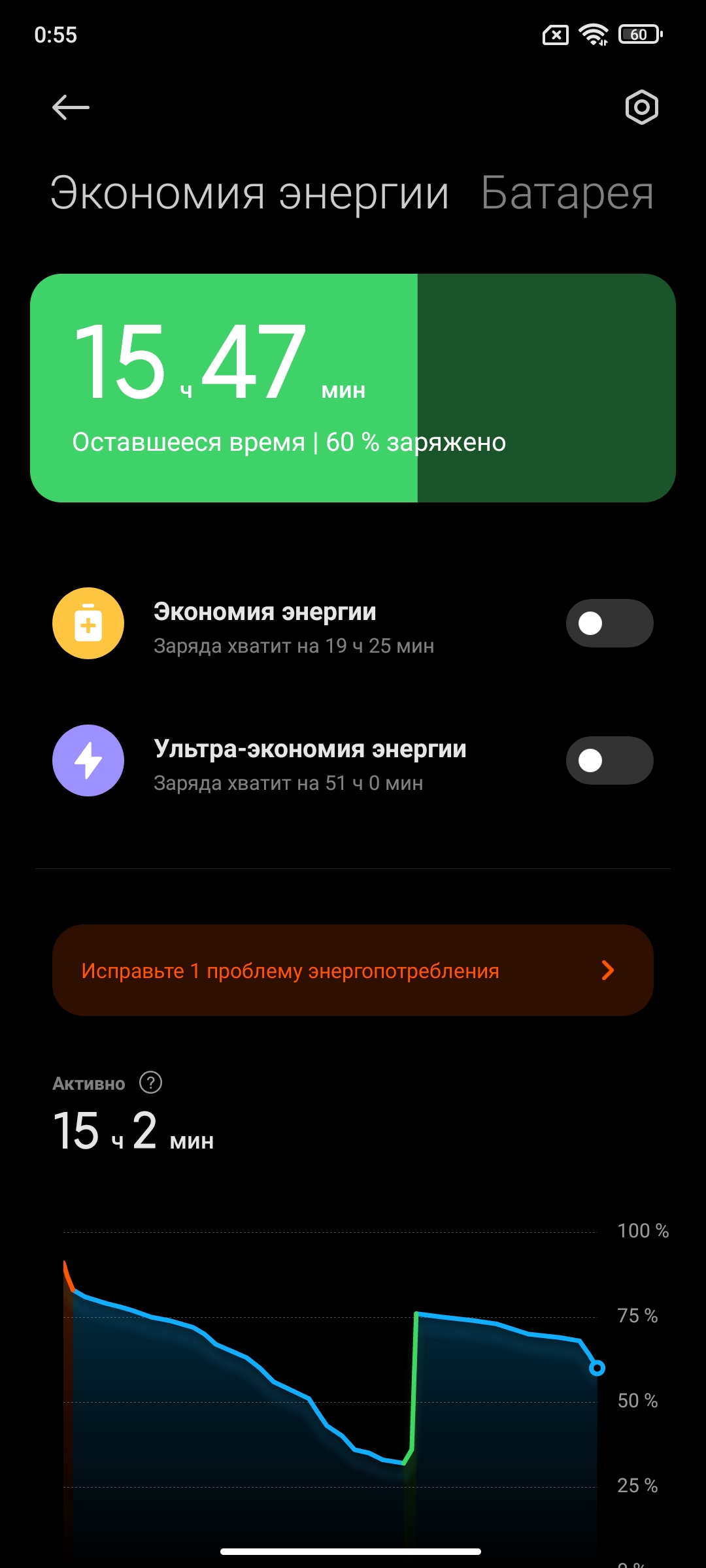

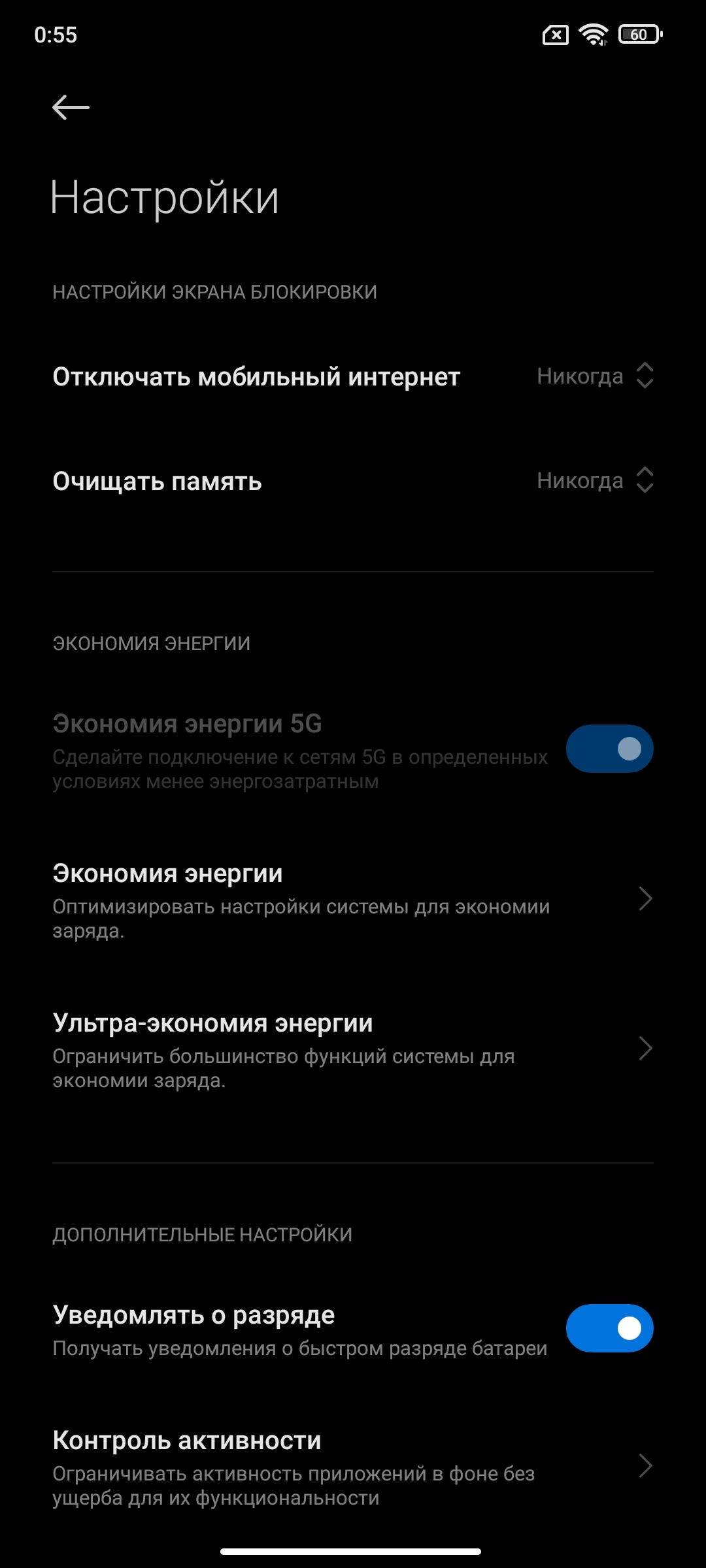



What about the interface?
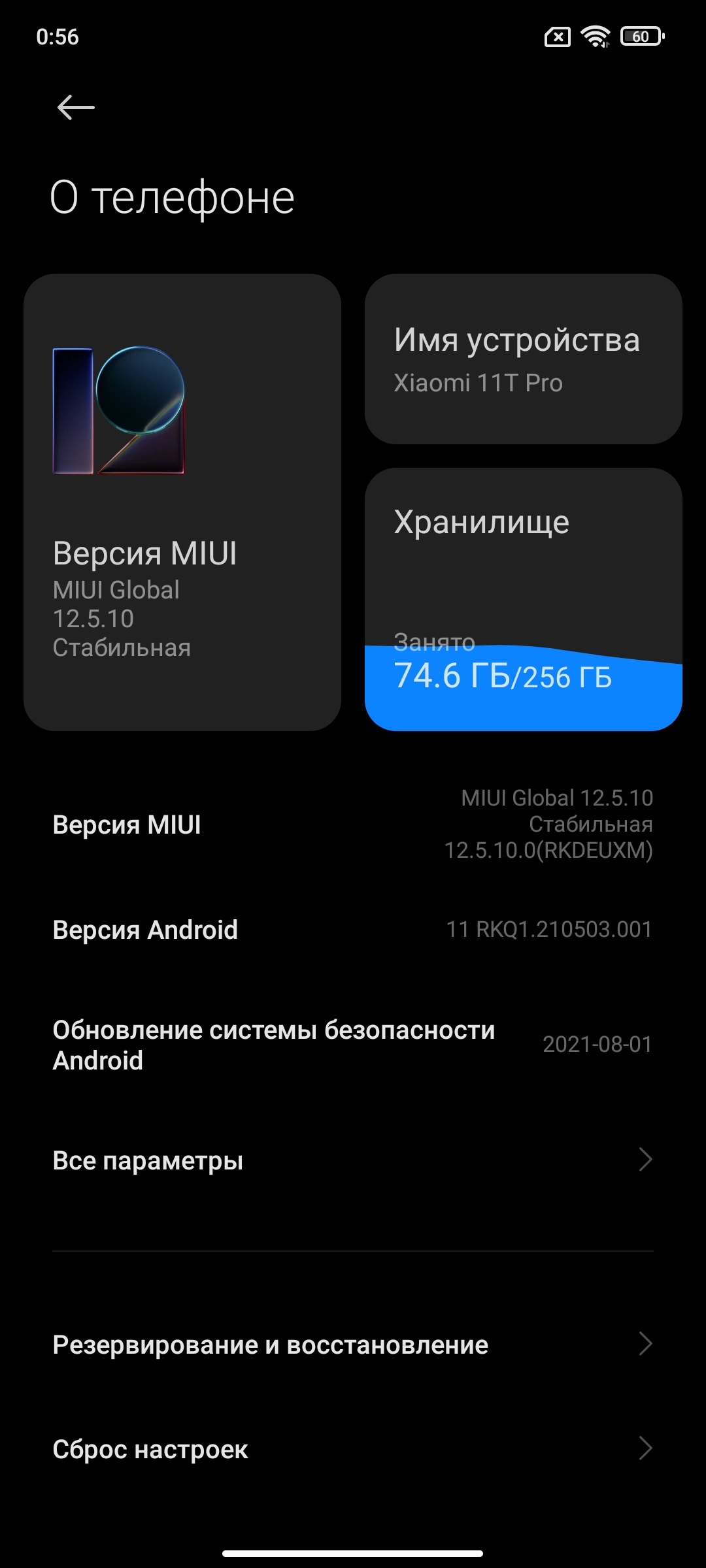
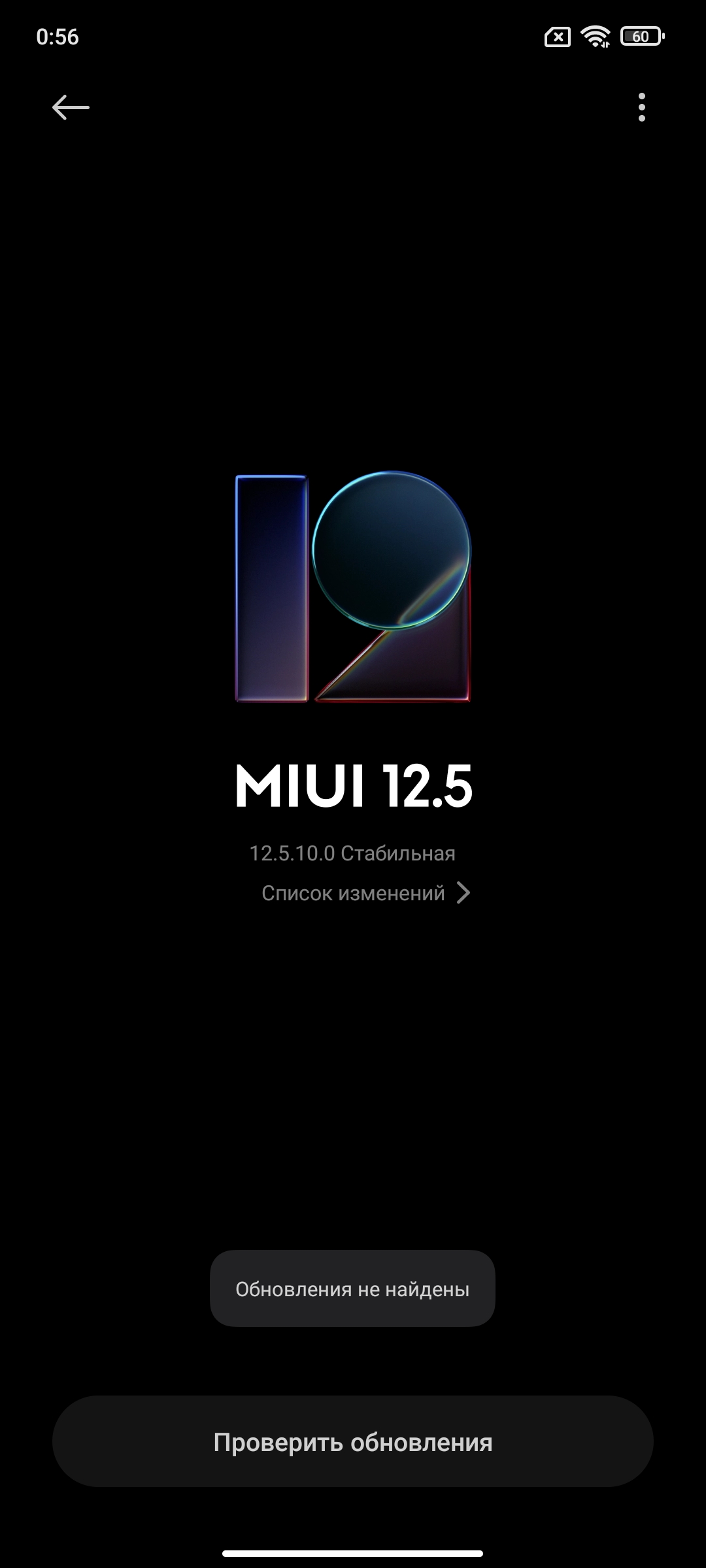


Xiaomi 11T Pro runs on Android 11 with MIUI 12.5.10.0 shell. No noticeable bugs or glitches have been noticed during the time of use. The firmware works steadily, swiftly and smoothly. As for its features, it is visually very different from the stock Android and has plenty of customization options, including themes, icons, wallpaper, etc. The operating logic is quite familiar. You can only use the desktops, or enable a separate applications menu. There is a simplified mode. Navigation is push-button or gesture-based. From the unusual features we can only mention its own version of the curtain: when moving down from the left side of the top edge of the screen a list of notifications opens. From the right side - the so-called "control center" with the settings of brightness, volume, switches for wireless networks and other things. If you want, you can switch to the usual curtain.
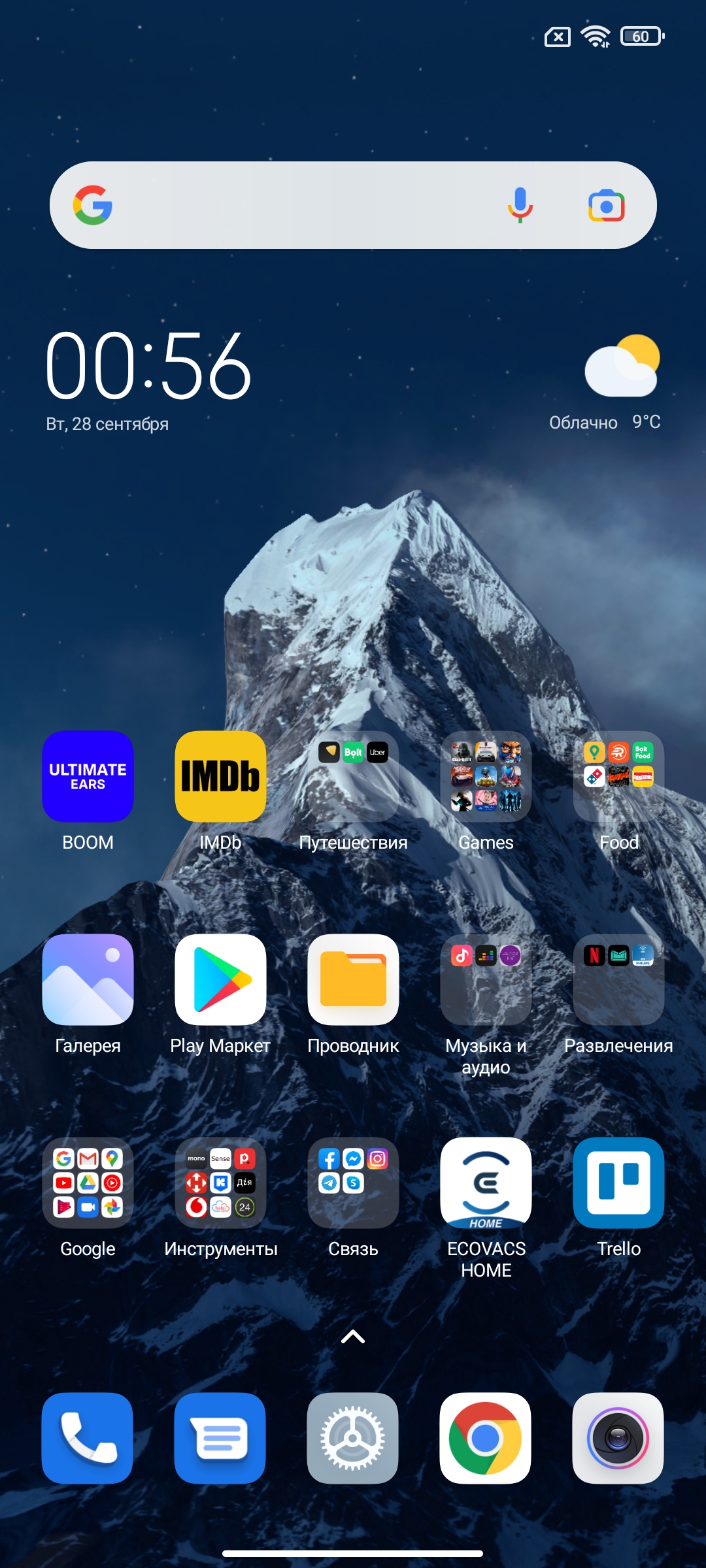
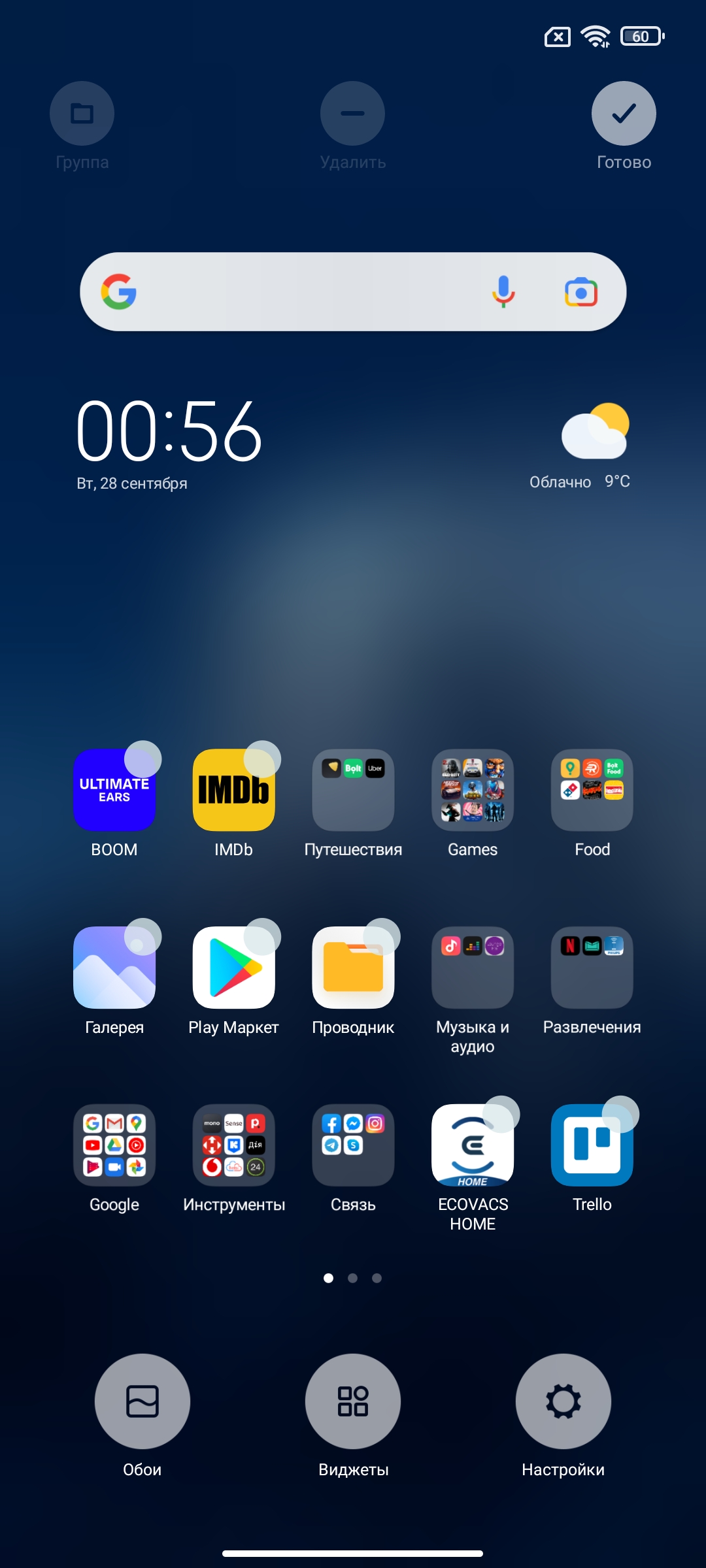
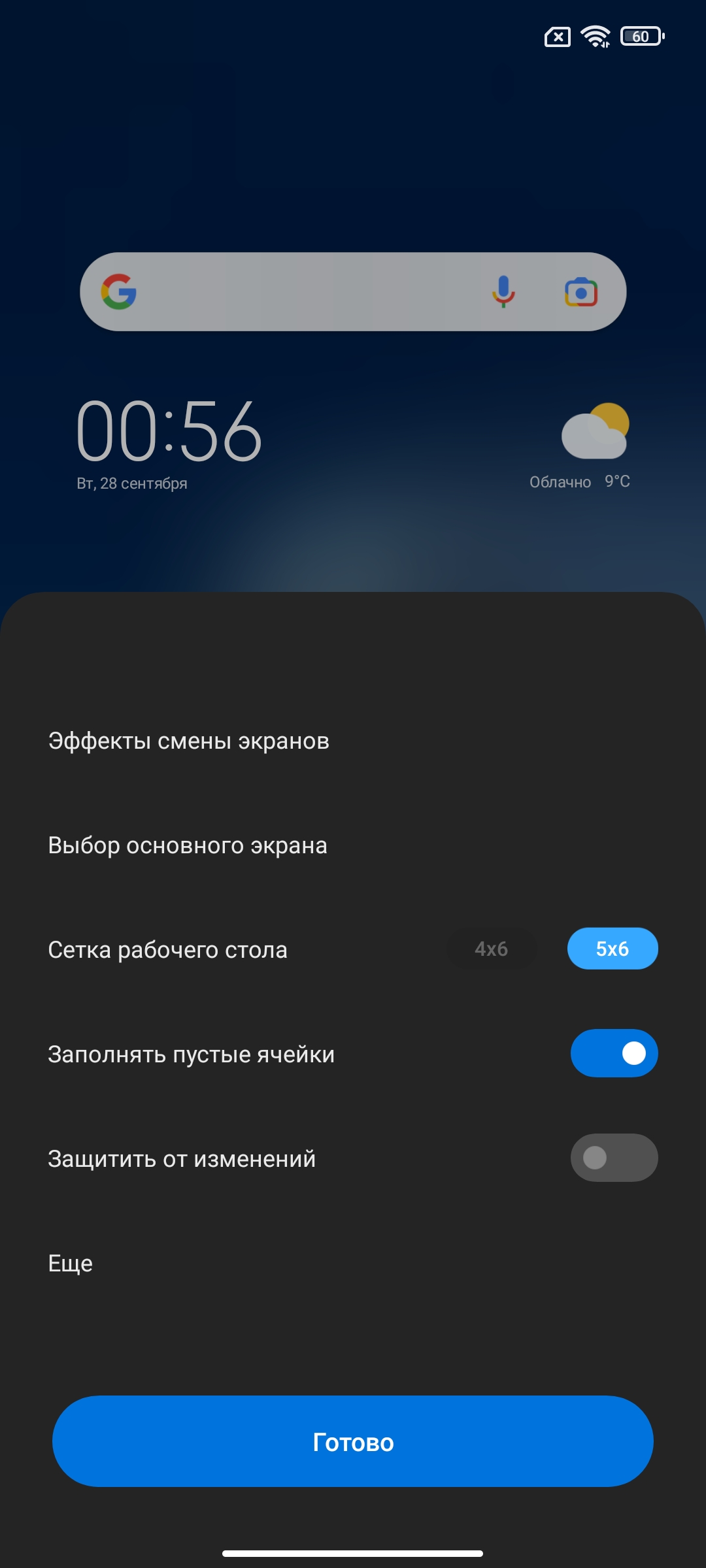
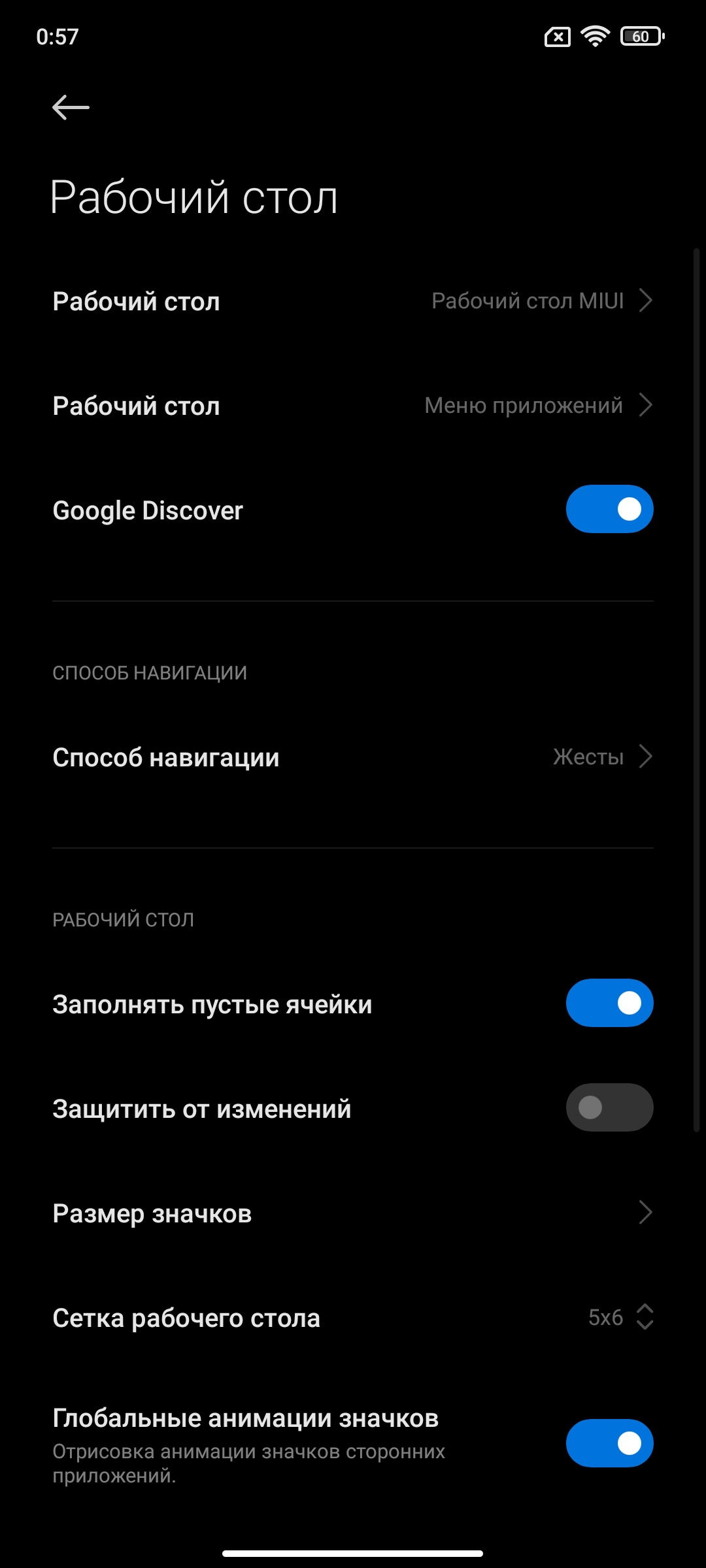
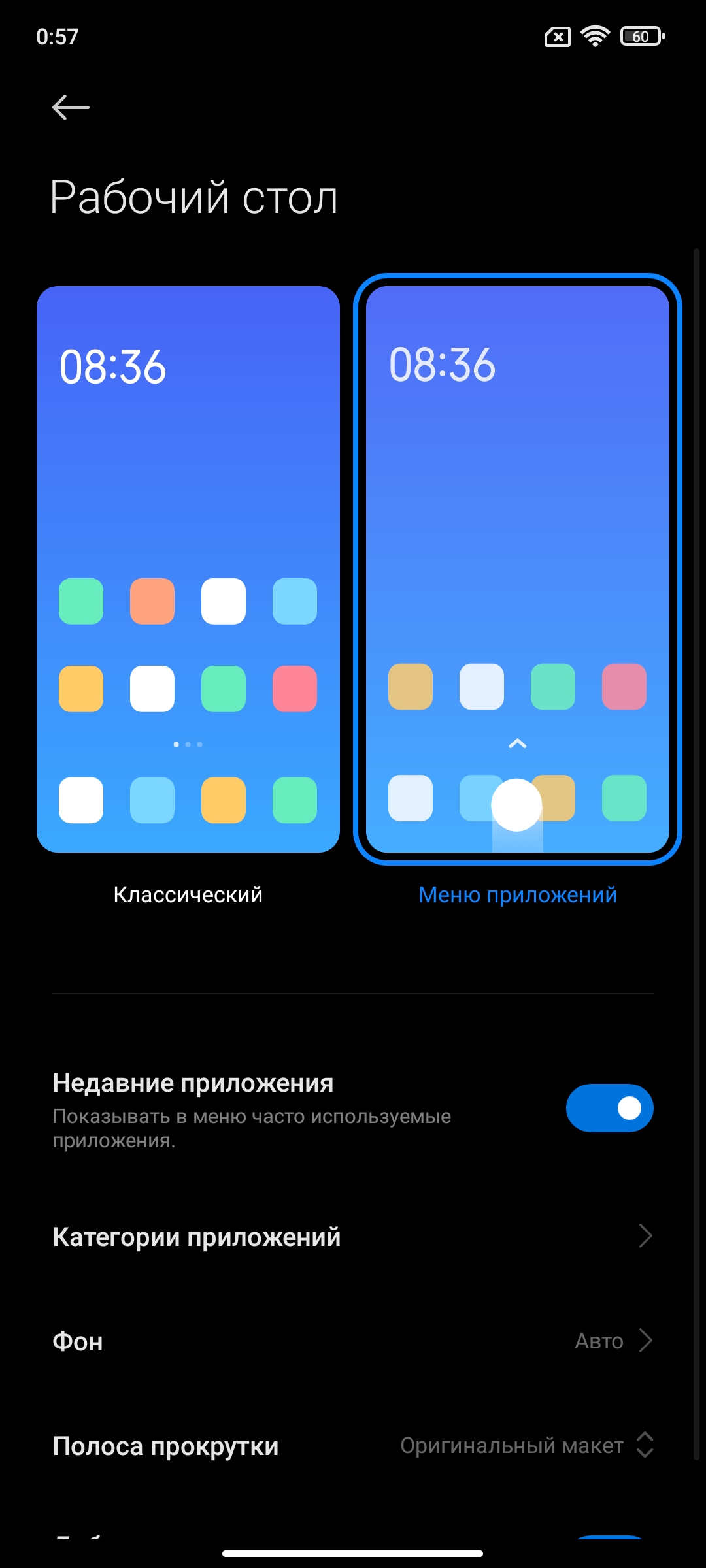


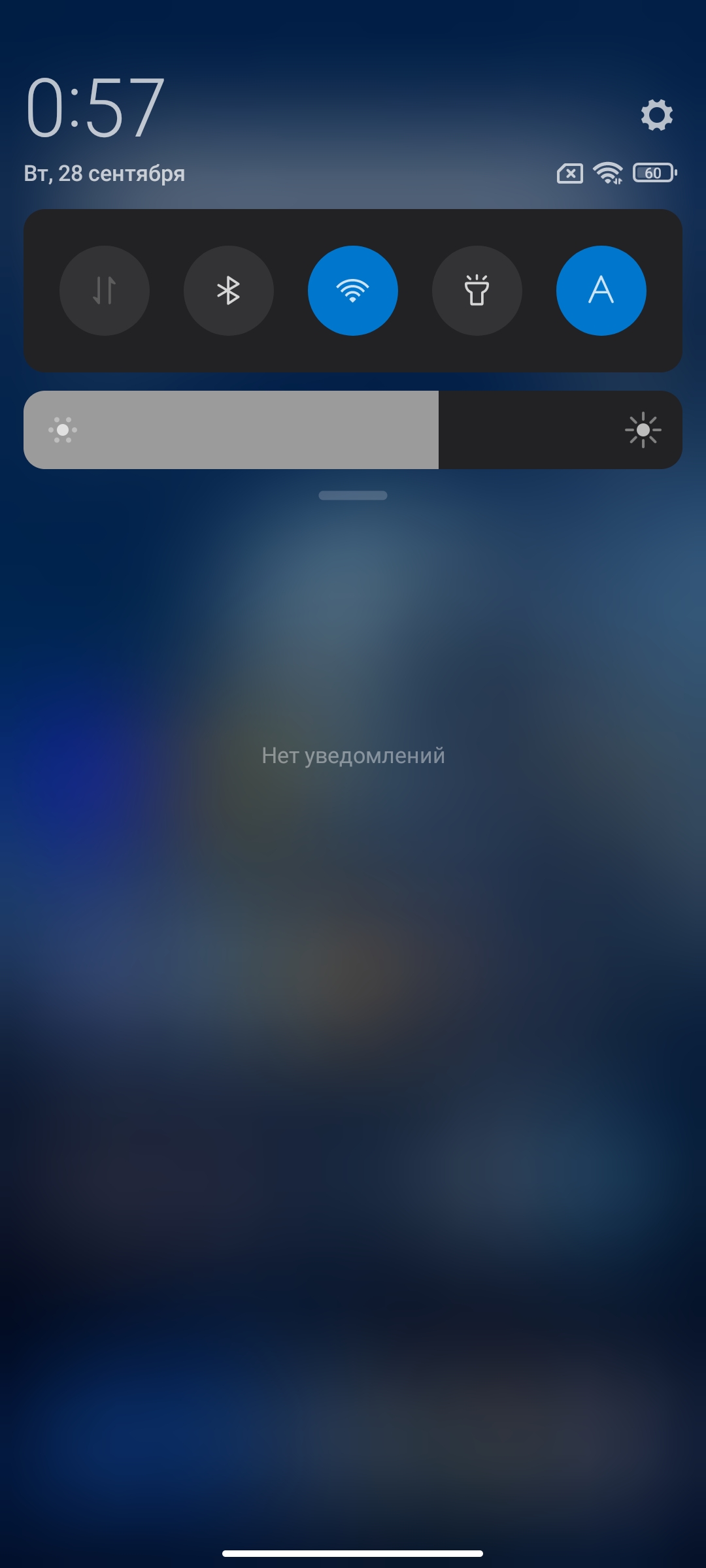

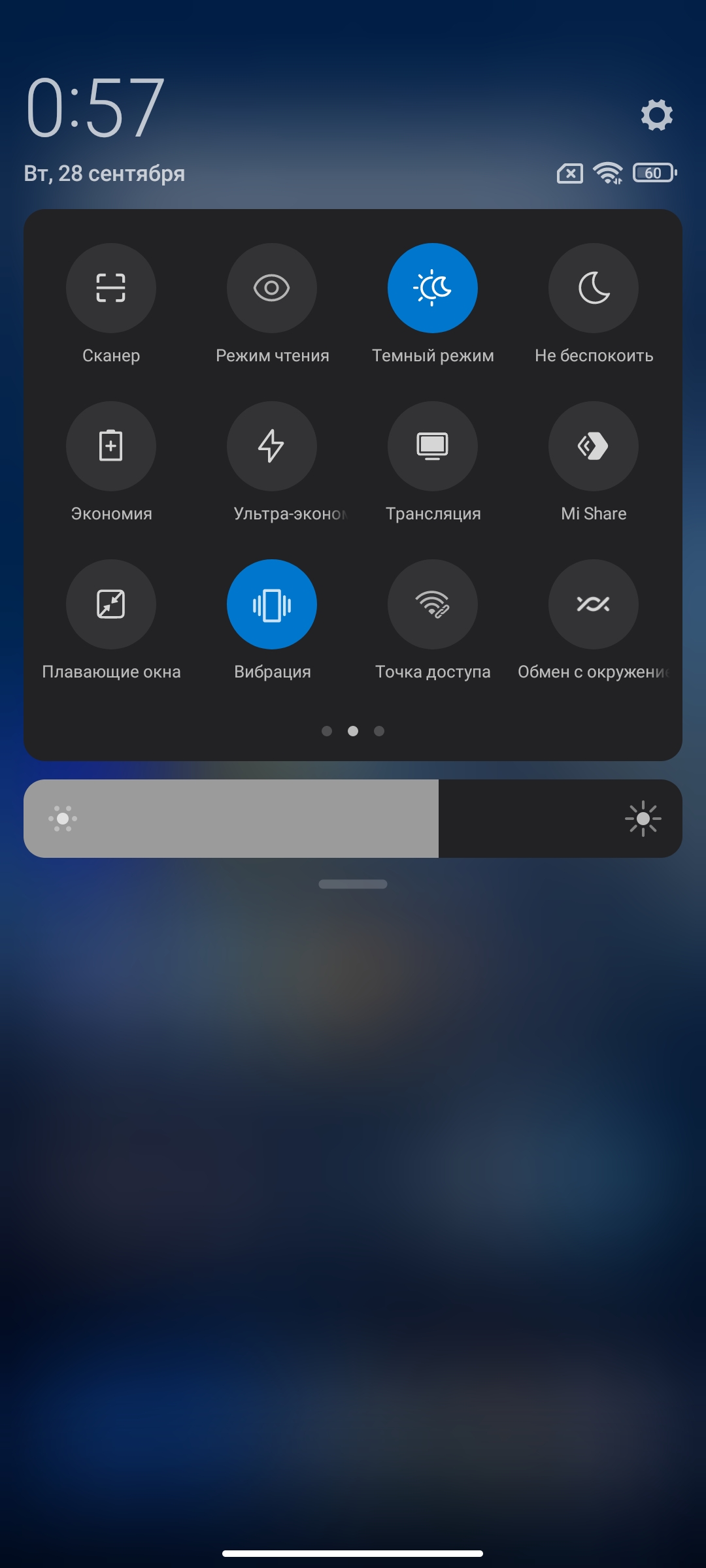



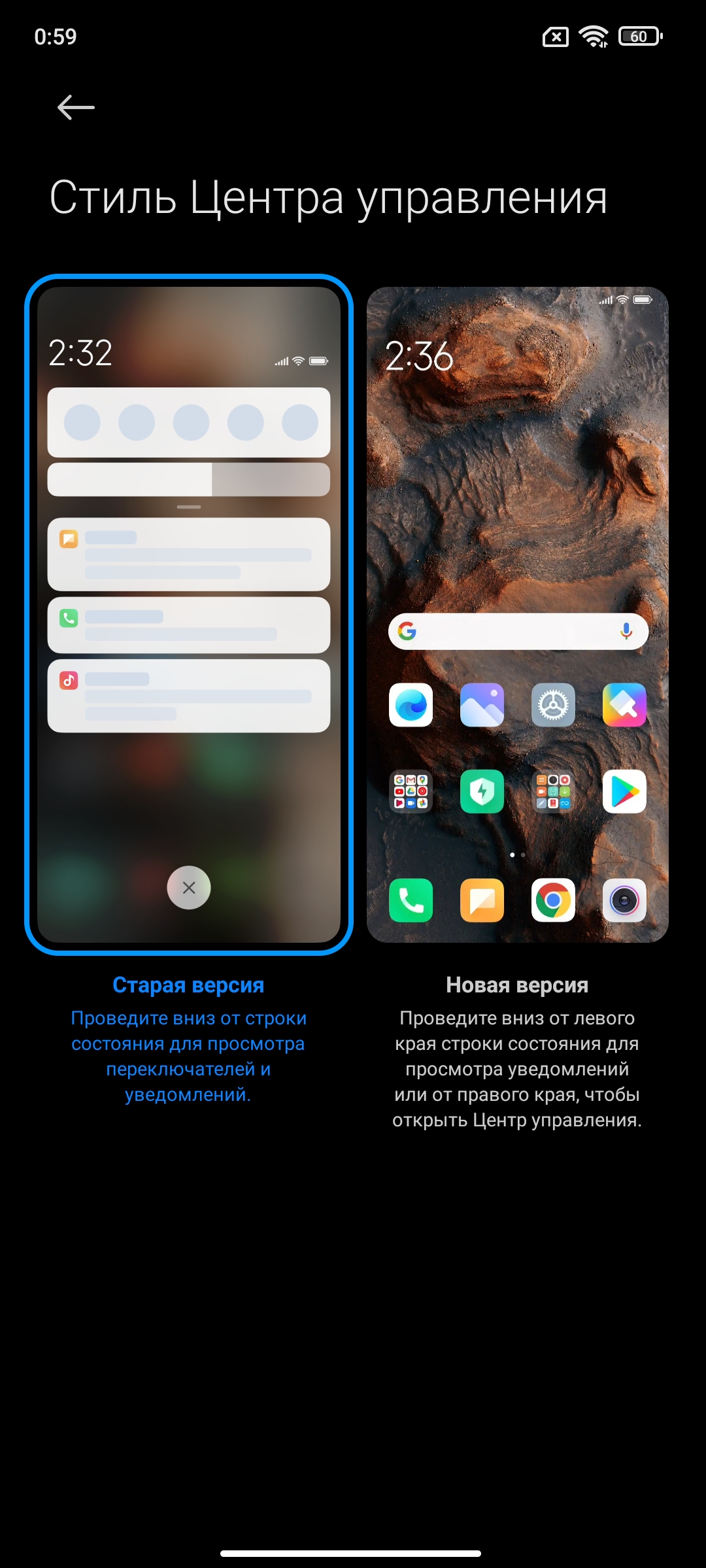

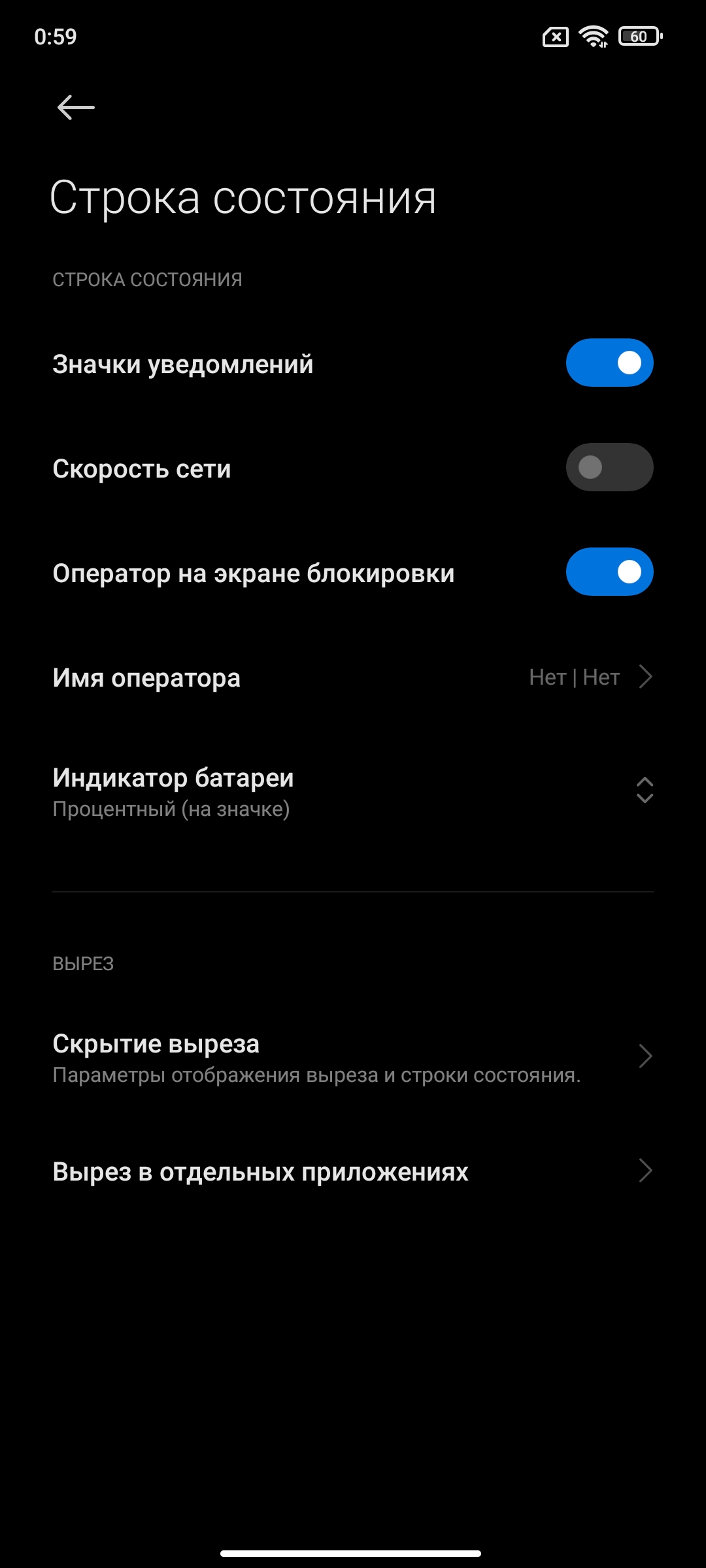
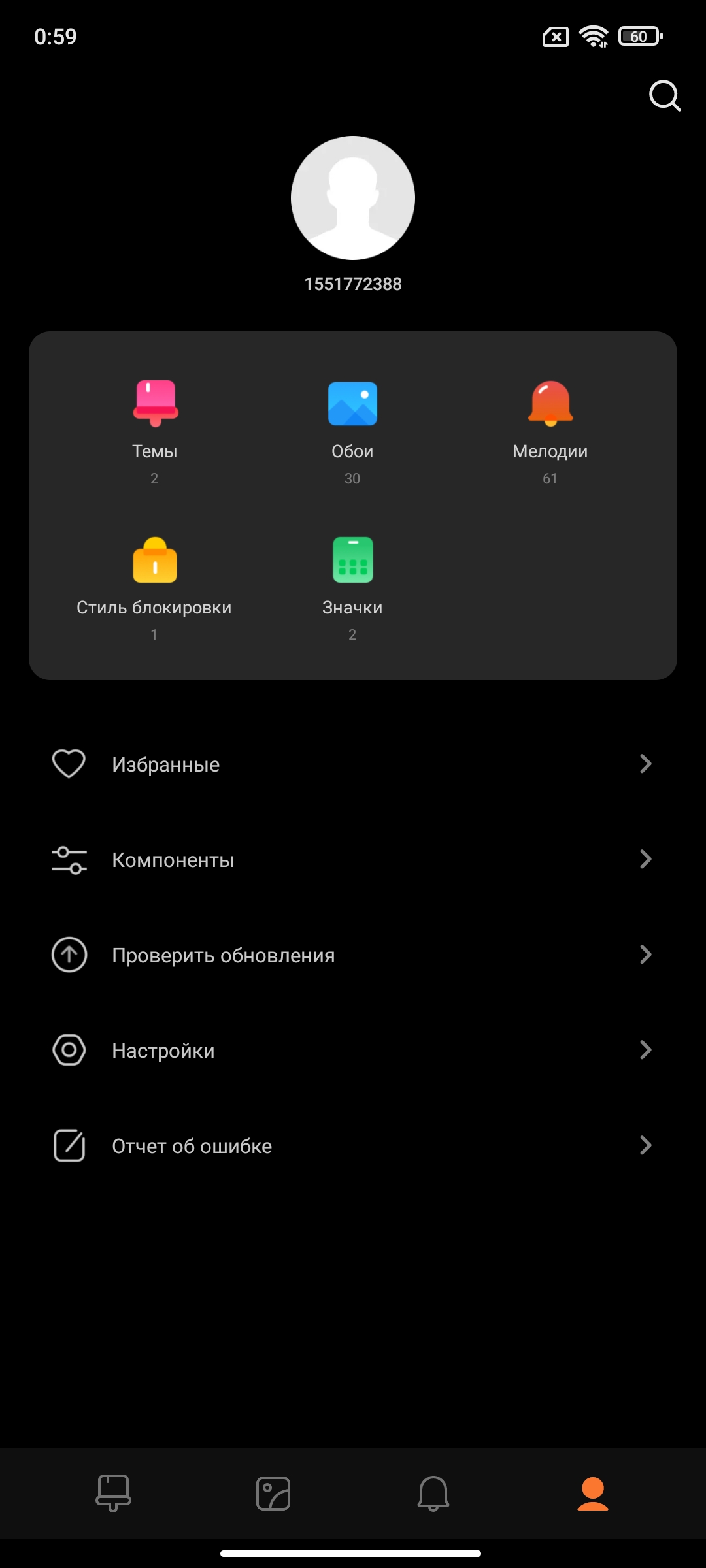
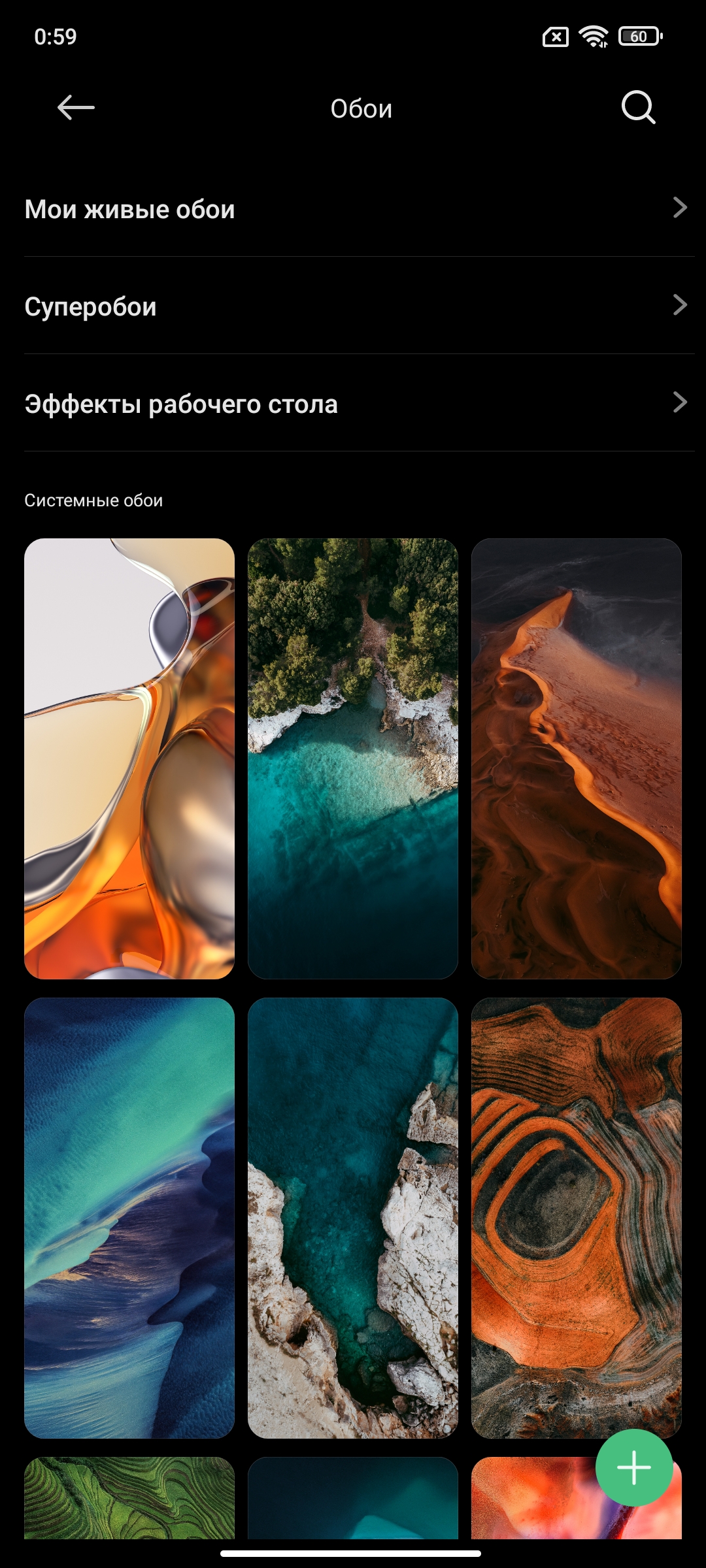

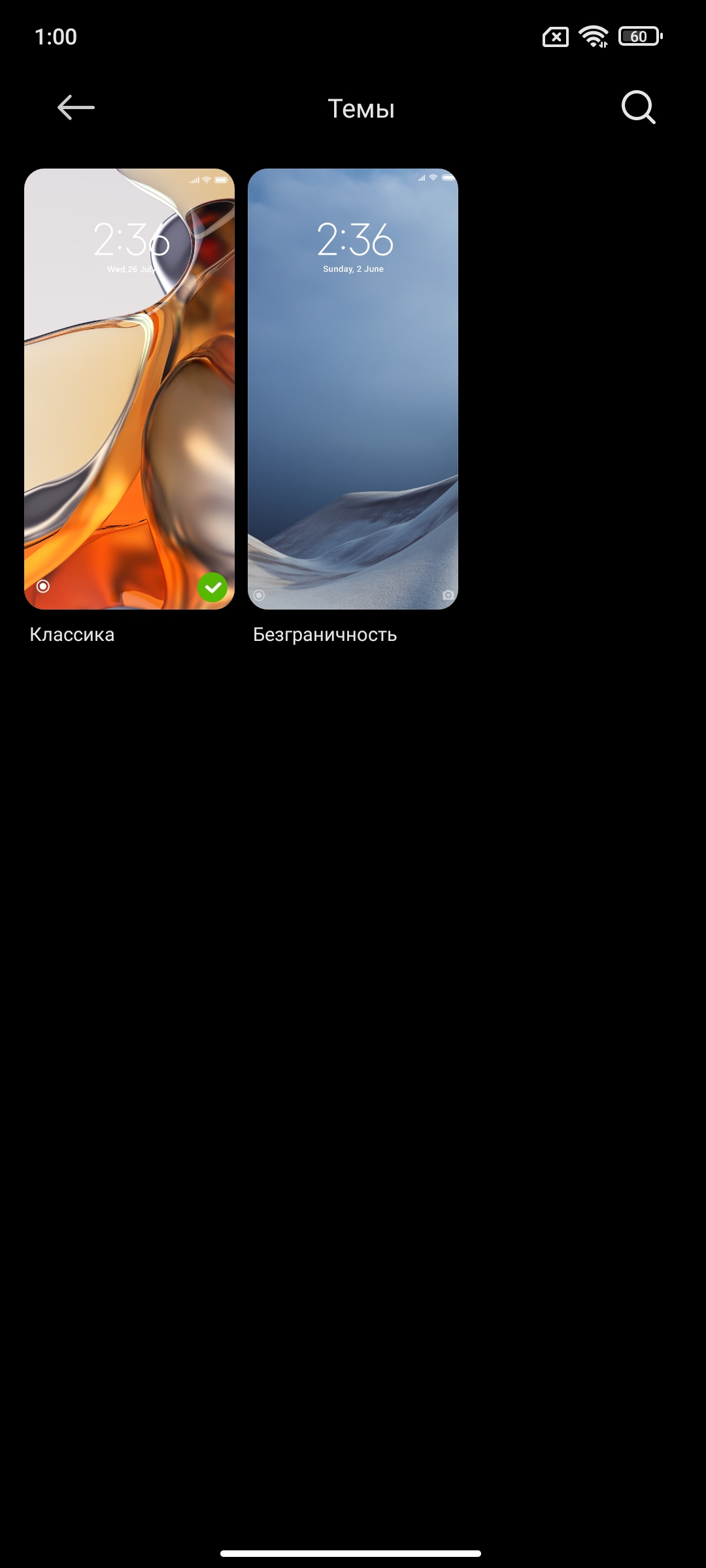

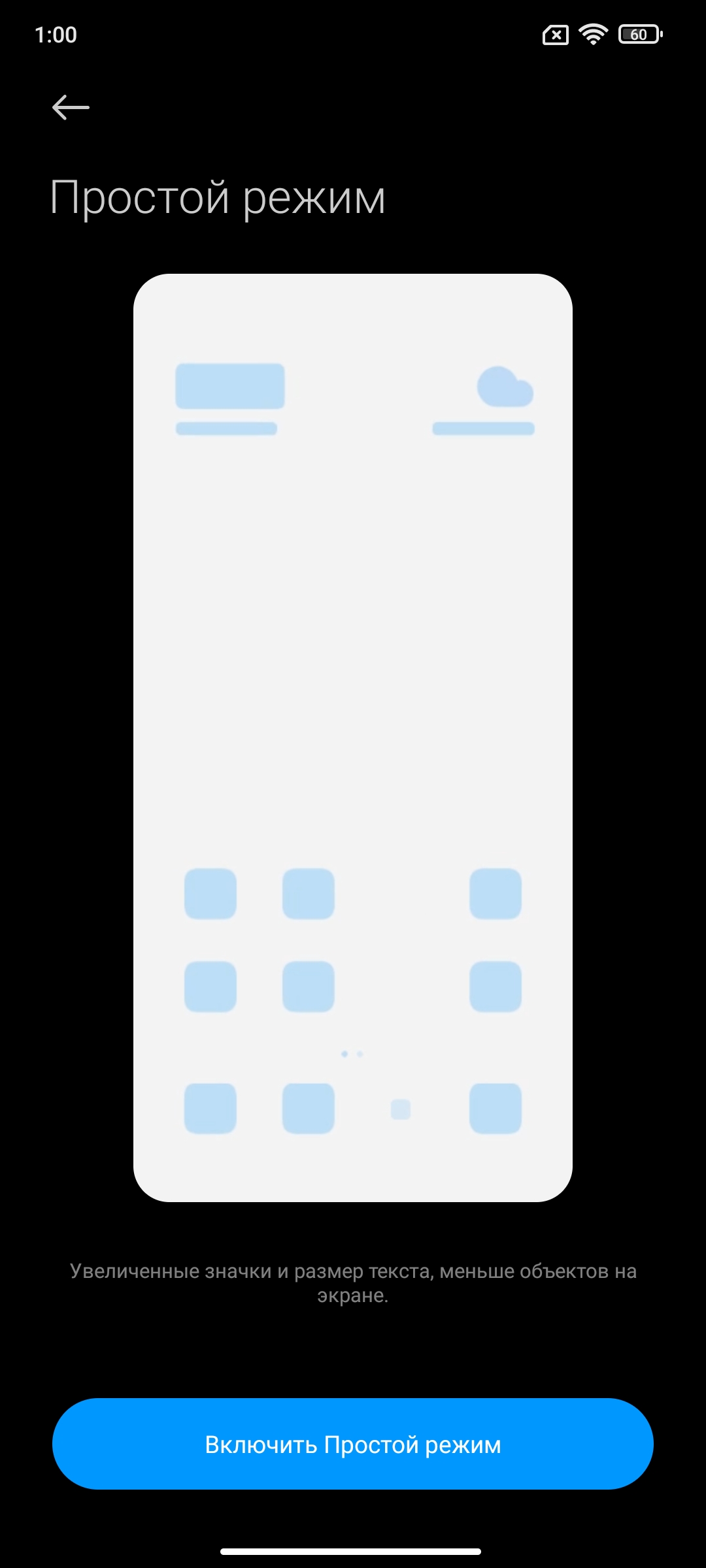






















The Application Manager is made in the form of a vertical carousel of cards. In addition to the standard functions of closing or pinning applications, there is a switch to a dual-screen mode, as well as the ability to open applications in floating window mode.
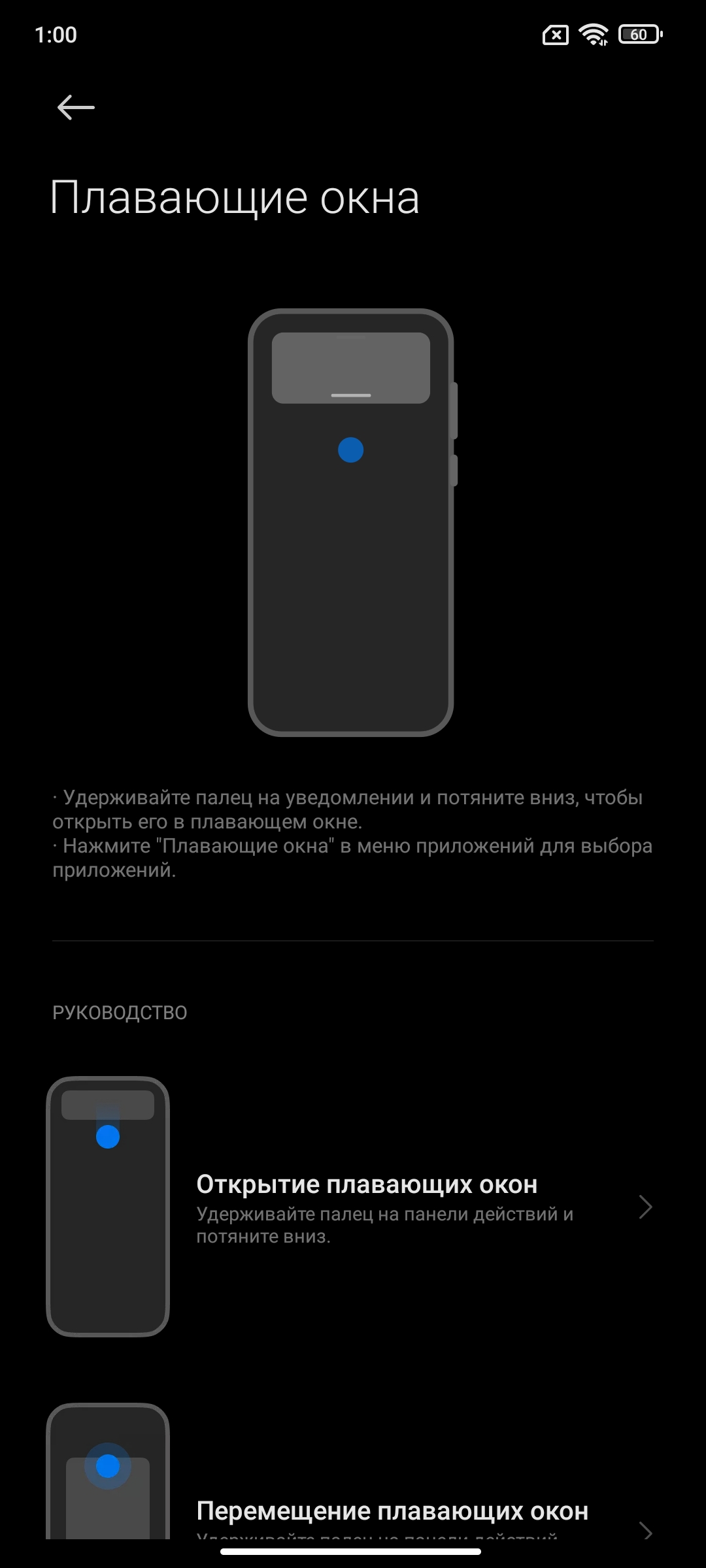
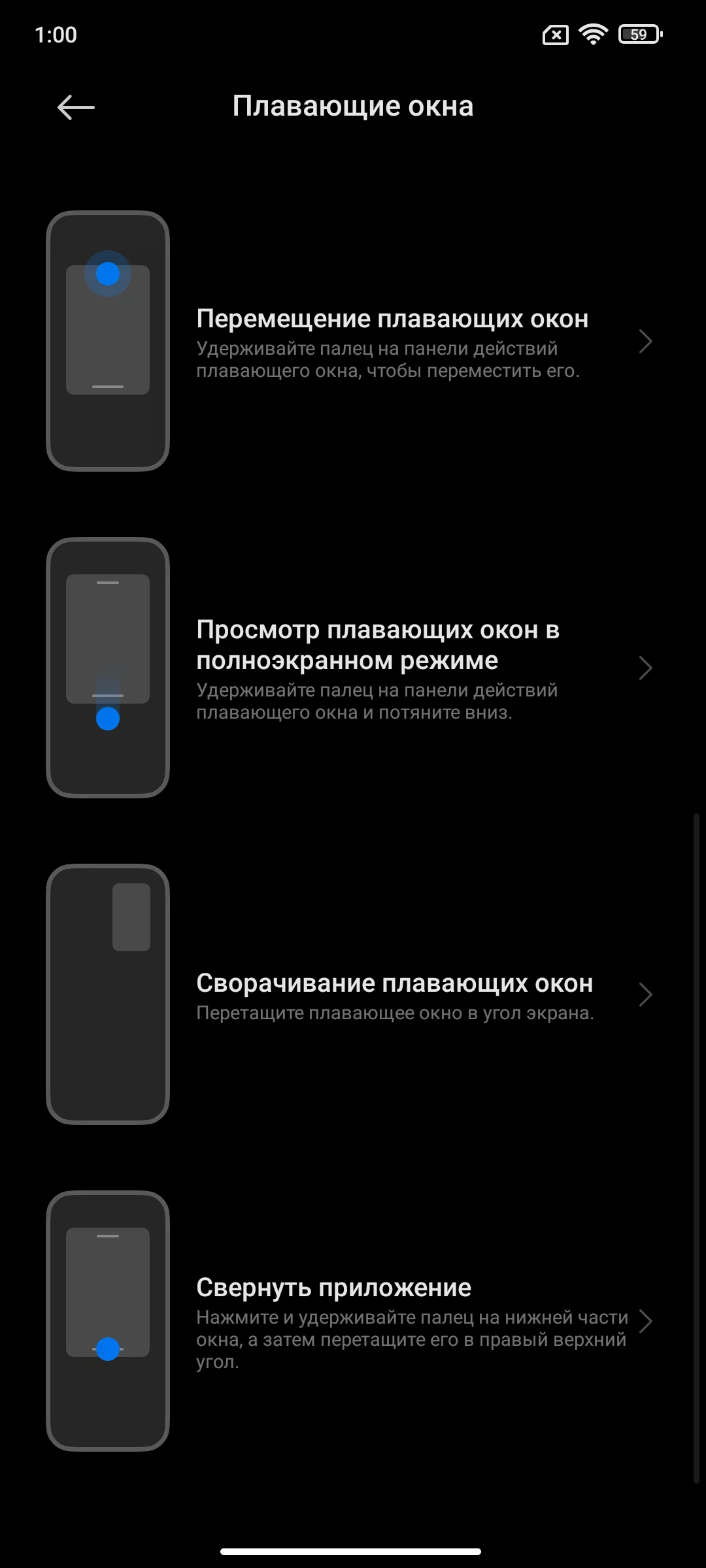
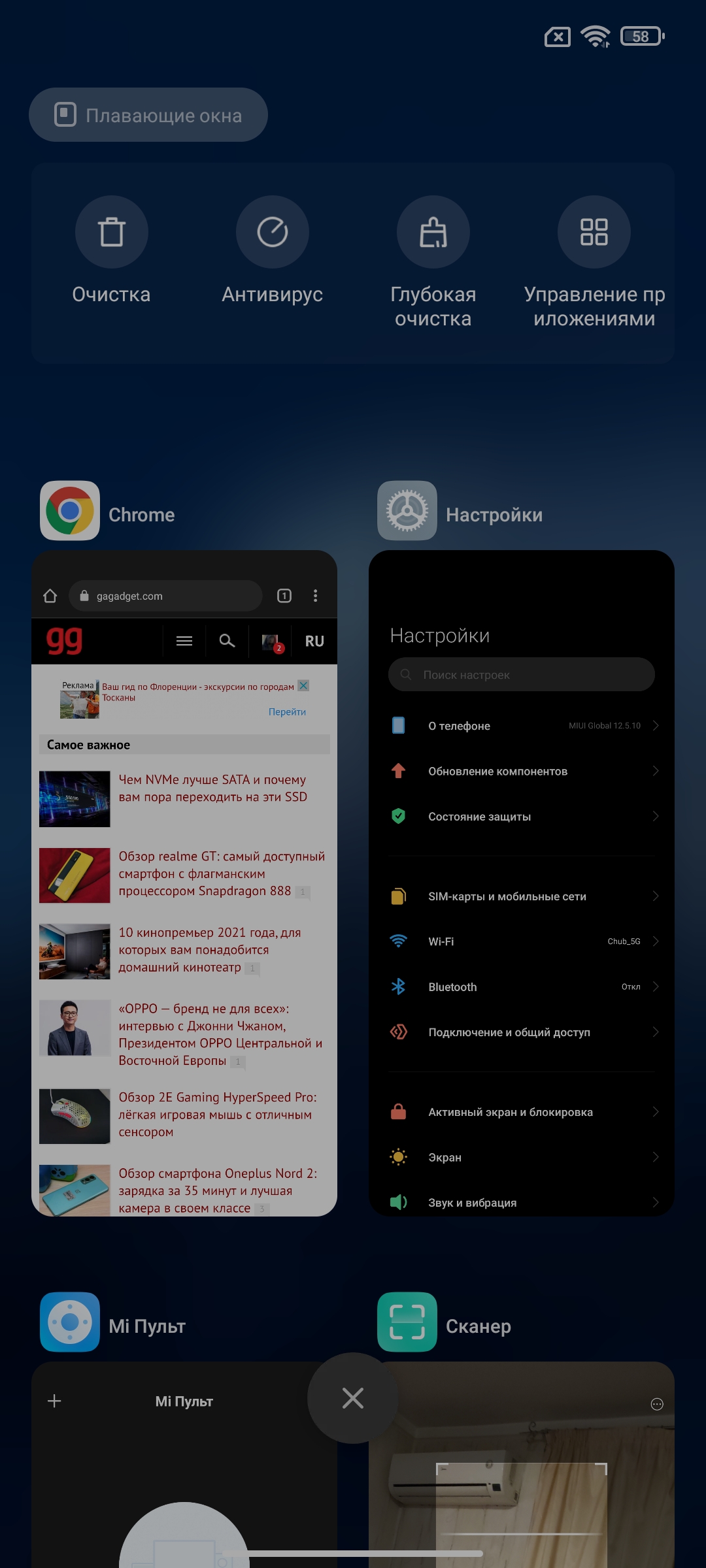
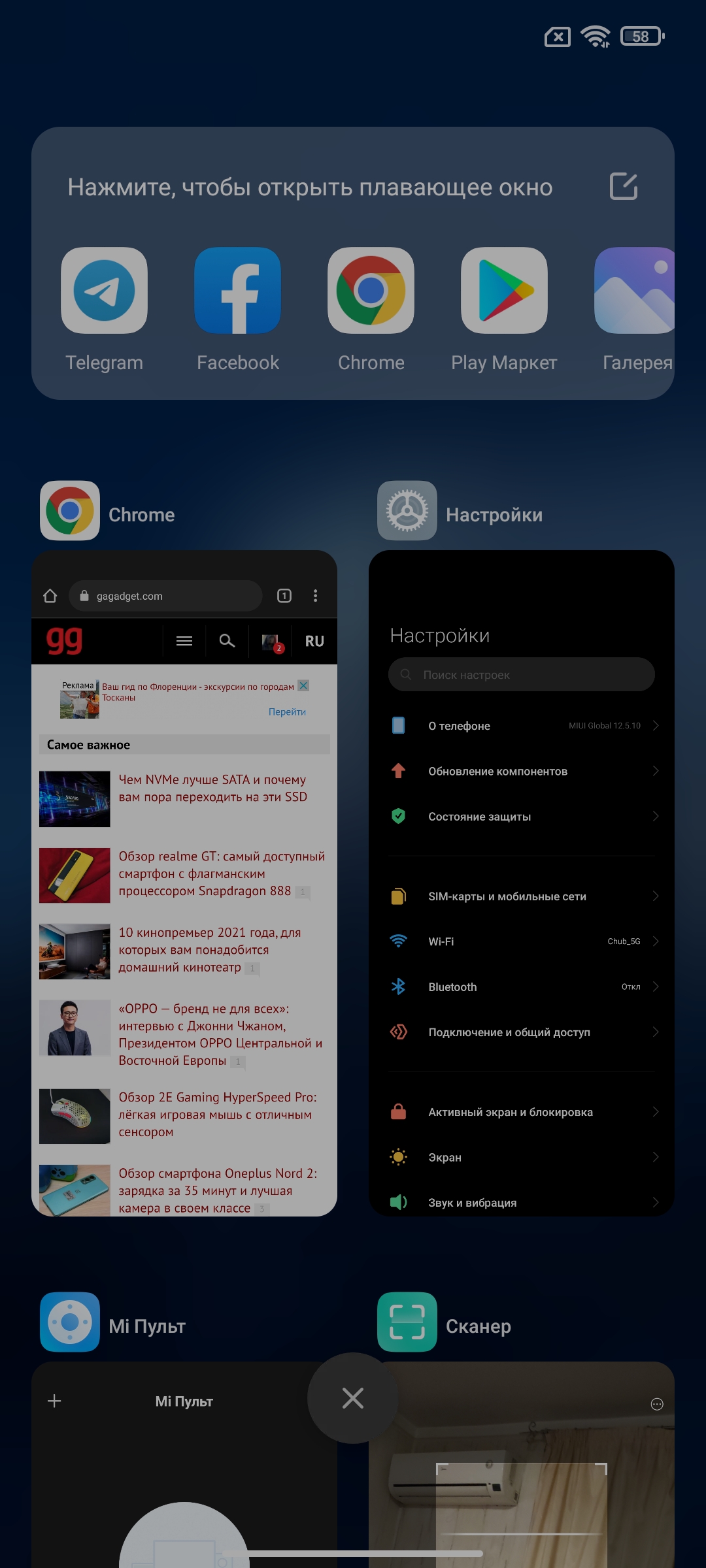










The standard set of calculators, file managers, voice recorders, calculators and other things are also present:
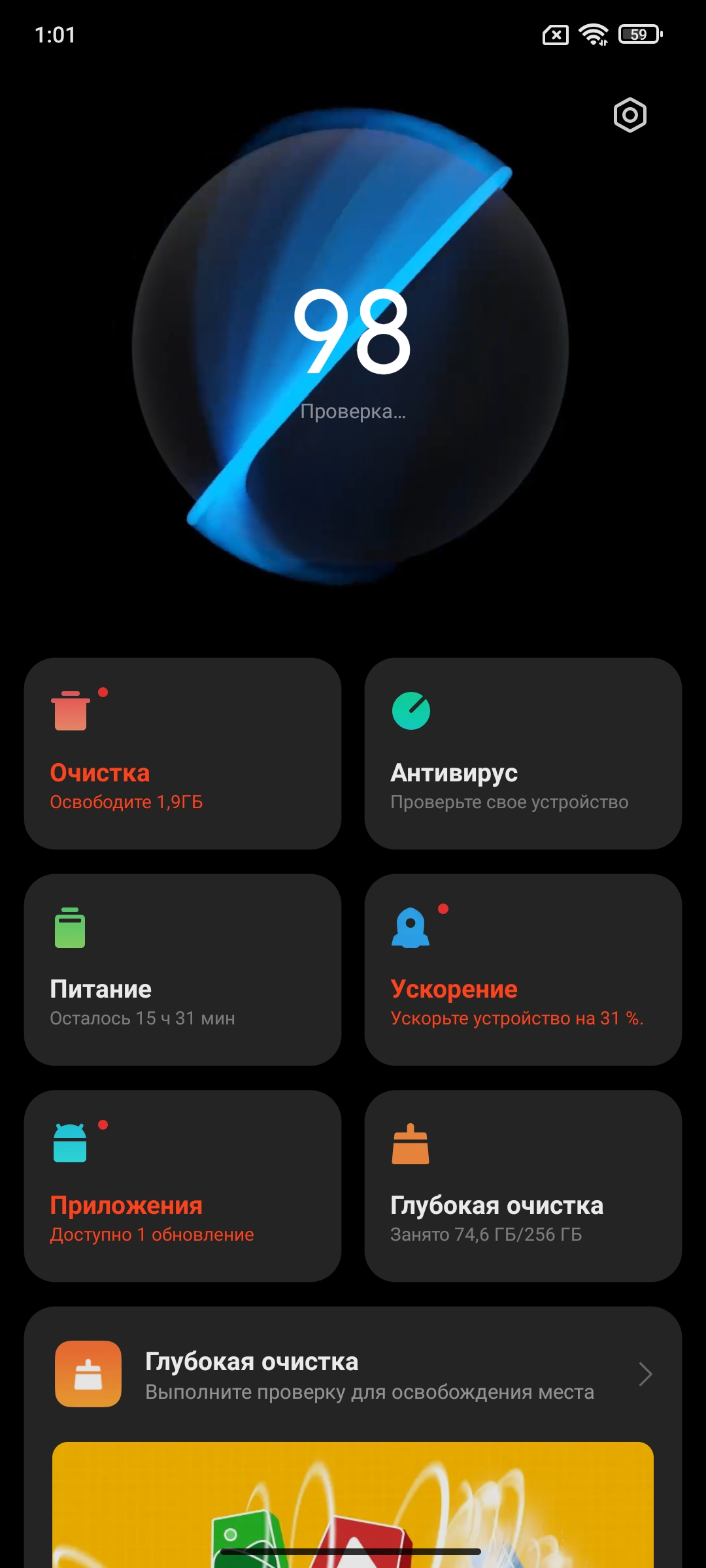
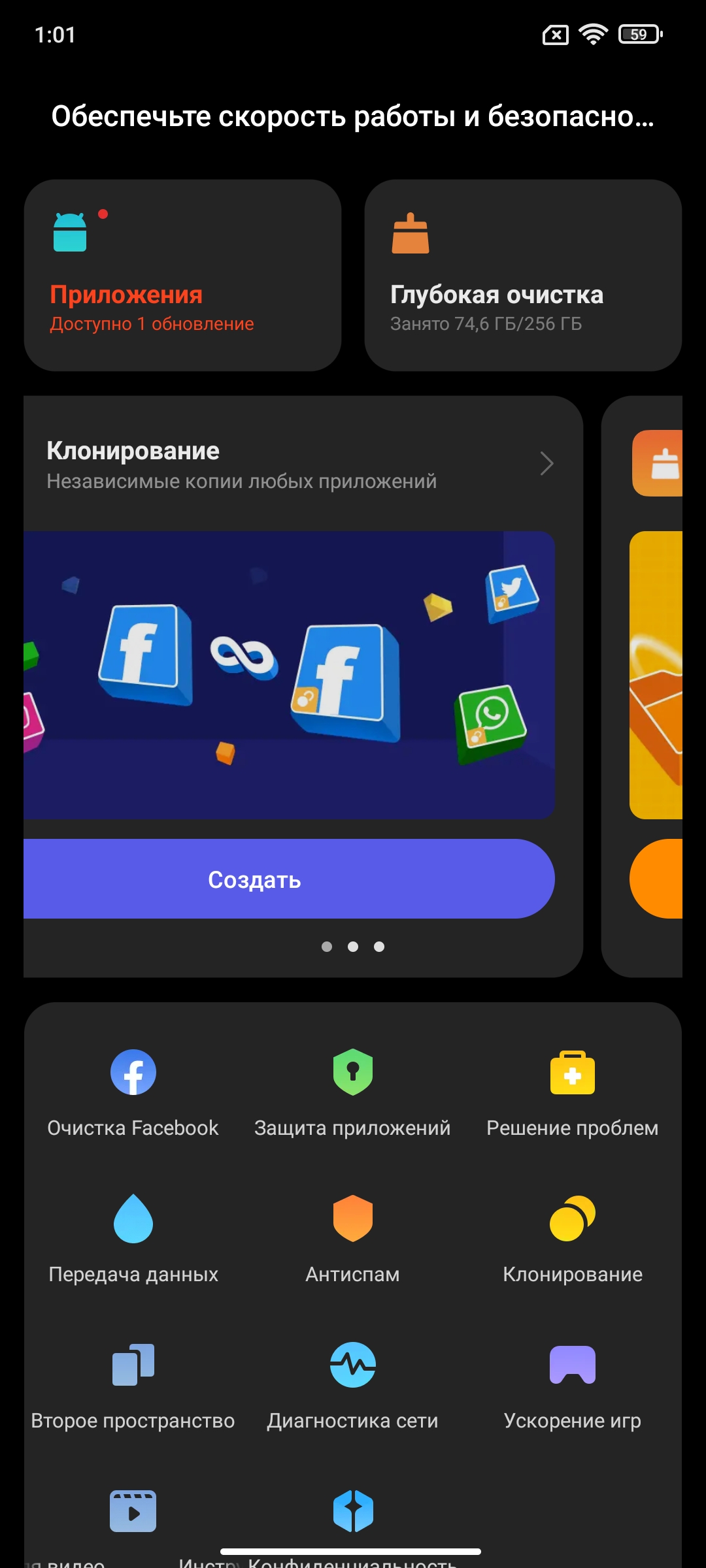
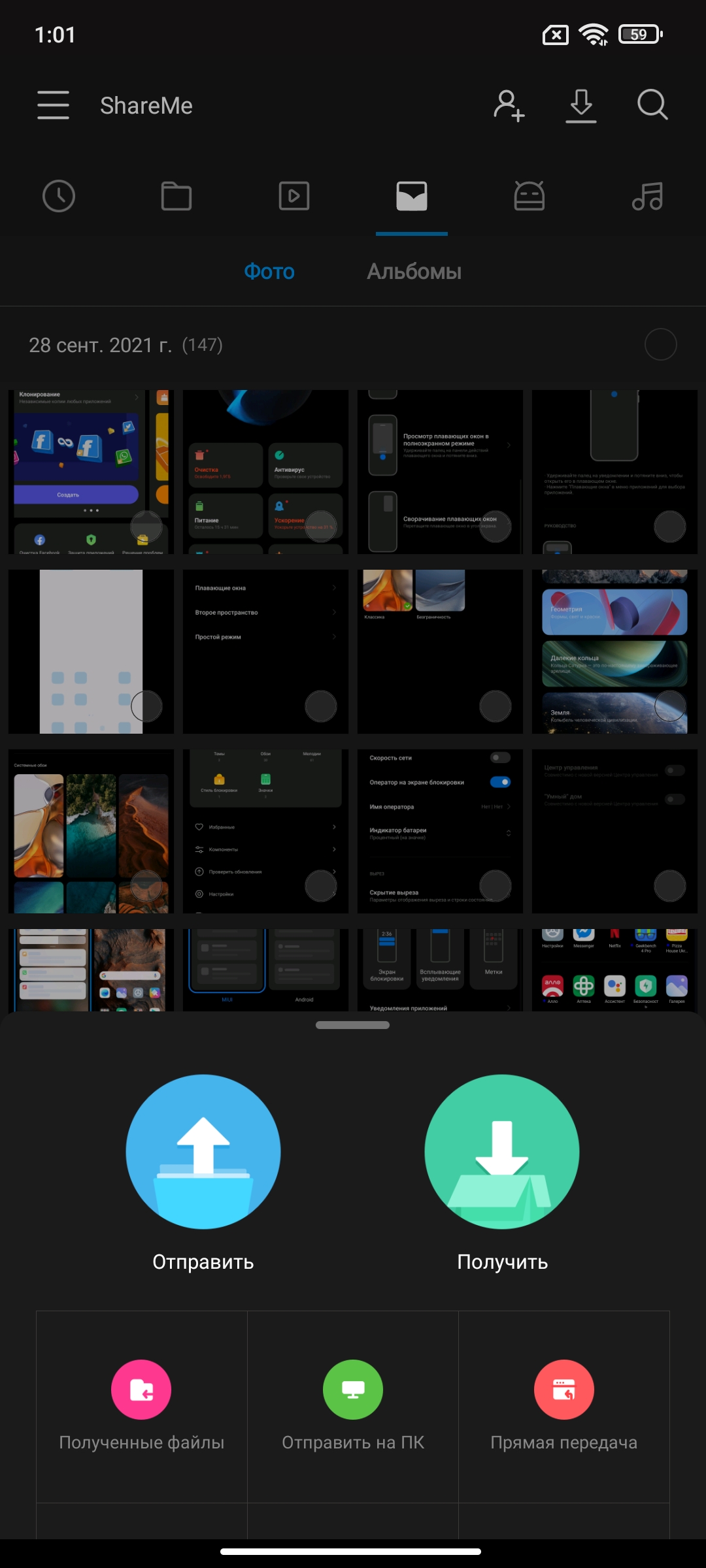





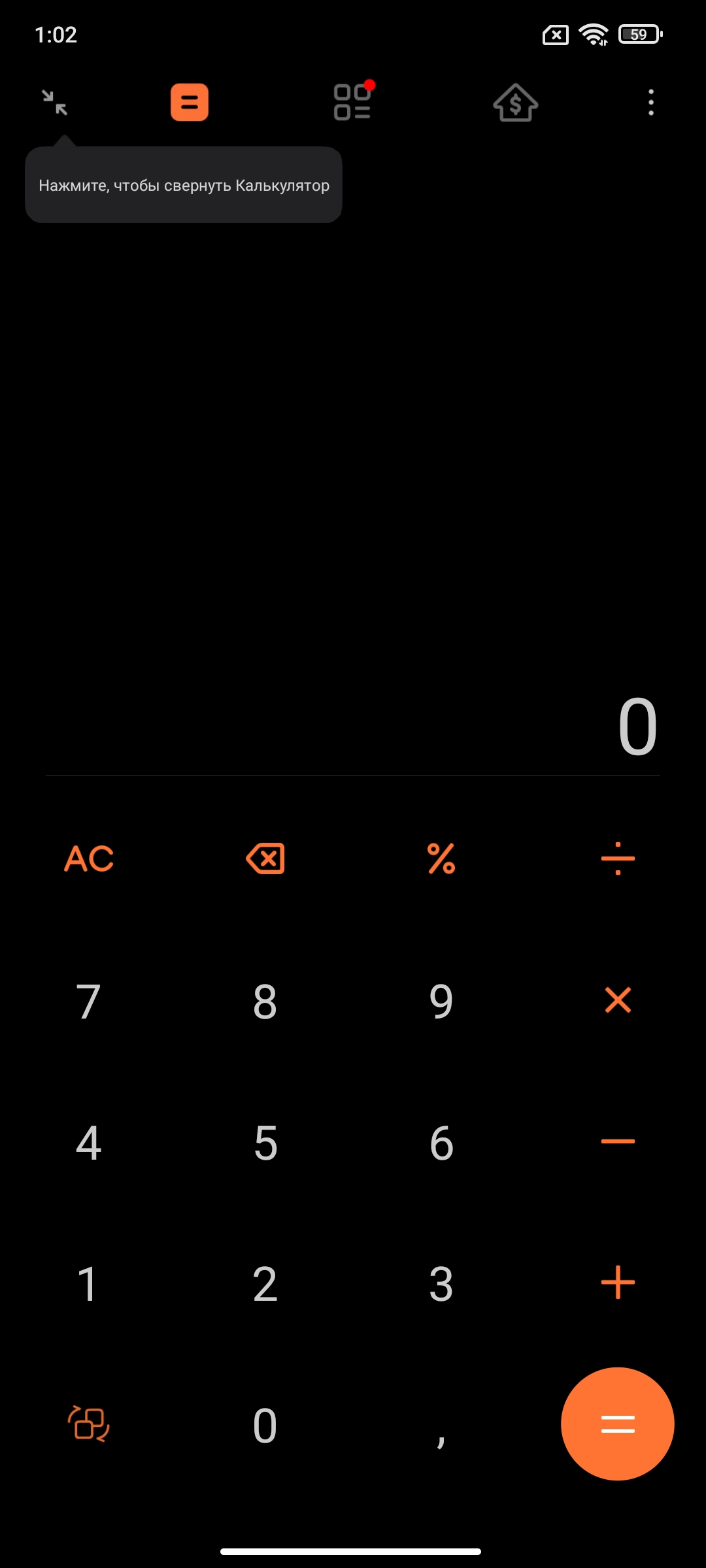
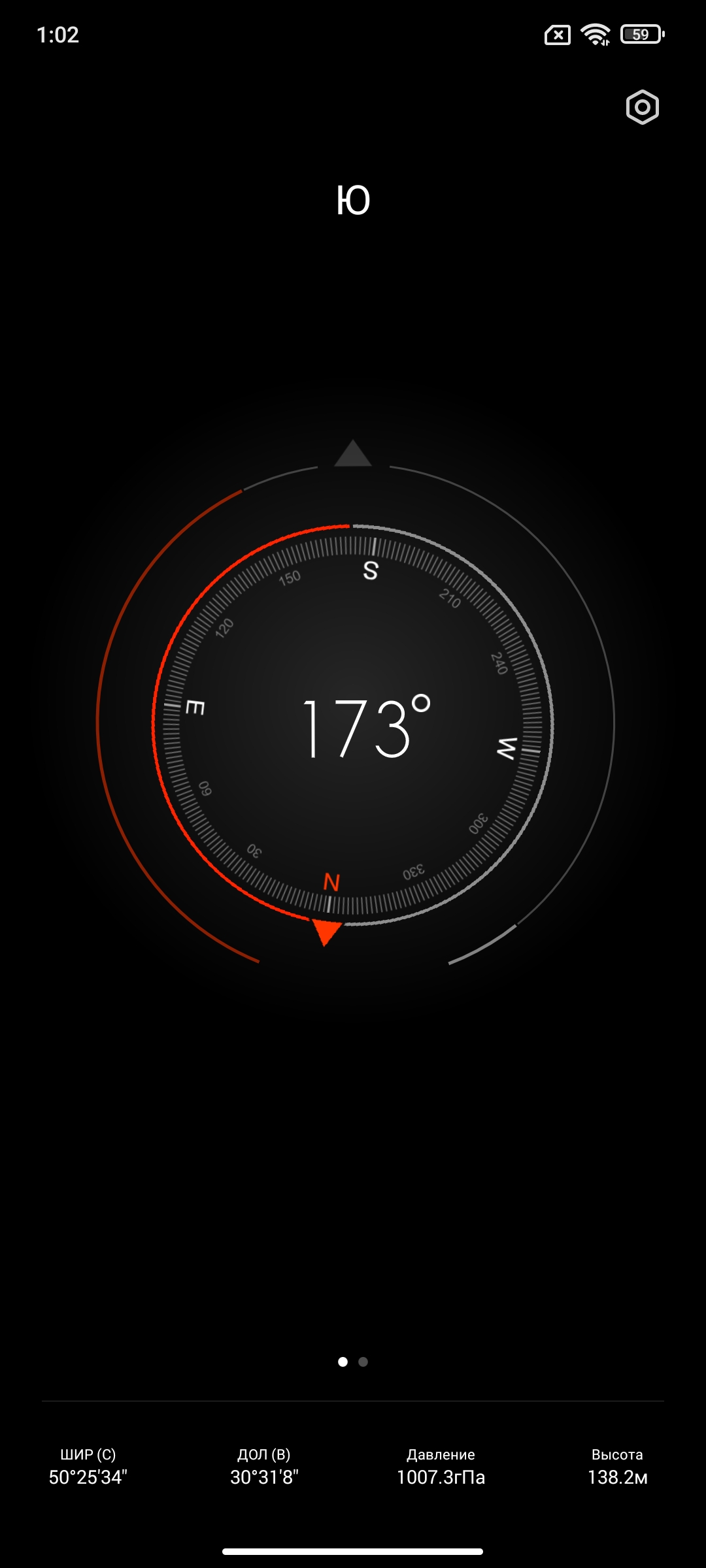












How good are the cameras?
The Xiaomi 11T Pro's rear camera consists of three modules. The main one is 108 megapixels with an aperture of f/1.8. The sensor size is 1/1.52", the pixel is 0.7µm, there is PDAF phase autofocus, no optical stabilization. The standard mode combines 9 pixels into one 2.1µm, and the resulting resolution is 12 megapixels. But there is a full resolution mode of 108MP. Next is ultra wide angle at 8 MP, f/2.2, 120˚ angle of view, no autofocus. The third module is telephoto, which is also used for macro photography. It has a resolution 5 MP, aperture - f/2.4, there is an autofocus. Video smartphone can write in maximum resolution 8K 30 frames per second, which is not yet particularly interesting to the mass user. Frontal camera - 16 MP with an aperture of f/2.5.
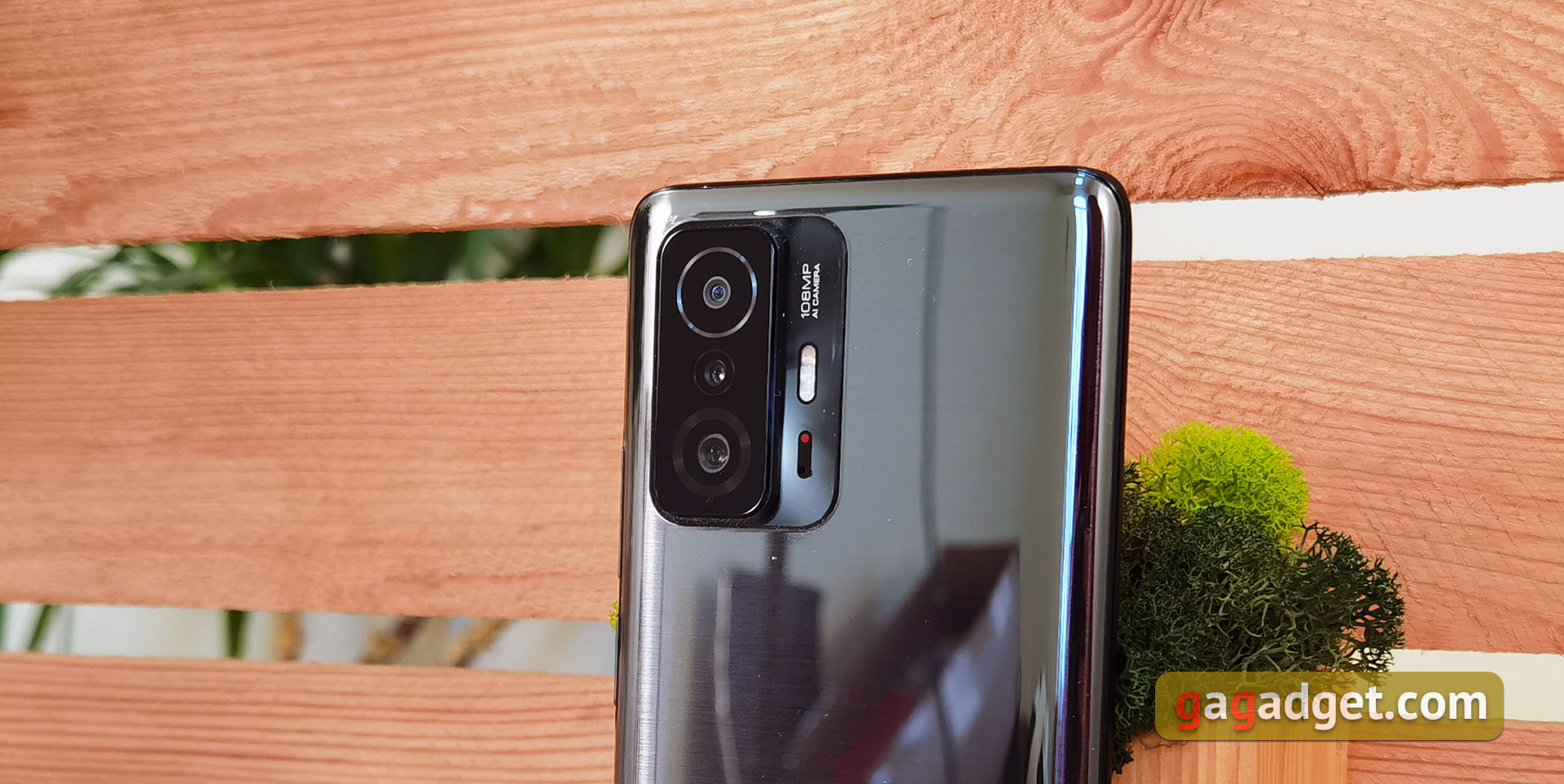
Camera application without any oddities: everything is convenient and understandable. Horizontal carousel mode, basic settings on the main screen (HDR, flash operation, filters etc.), drop down menu with additional important settings (including switching to super macro mode), professional photo and video modes. Of the interesting extras, the long exposure mode with a bunch of patterns is worth mentioning. It will be interesting to play with it. But only if you have a tripod. The second interesting thing - movie effects. Capturing video with different interesting effects, including dolly zoom (aka Vertigo effect), slow shutter, night time lapse and so on. In short, if you have patience and hands in the right place, there are a lot of opportunities to experiment.
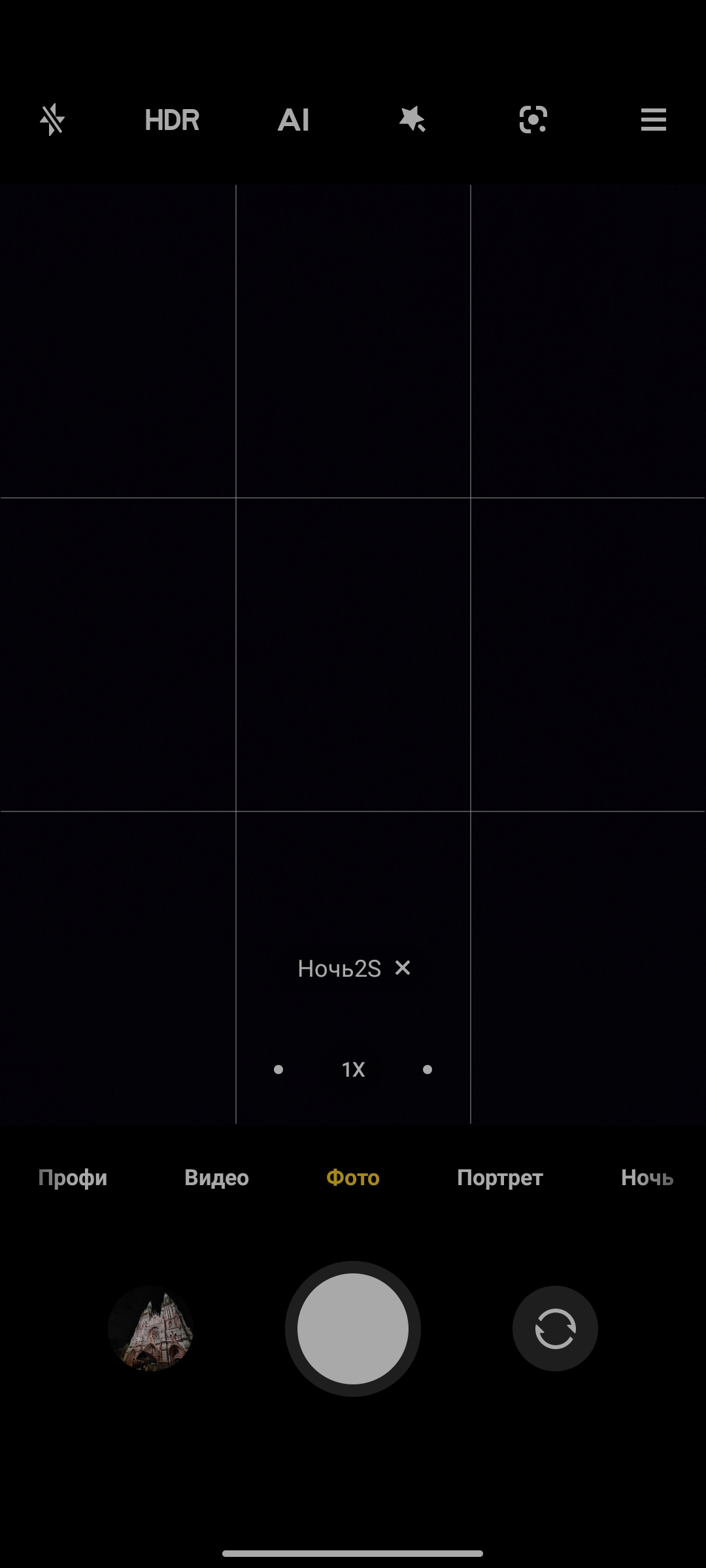
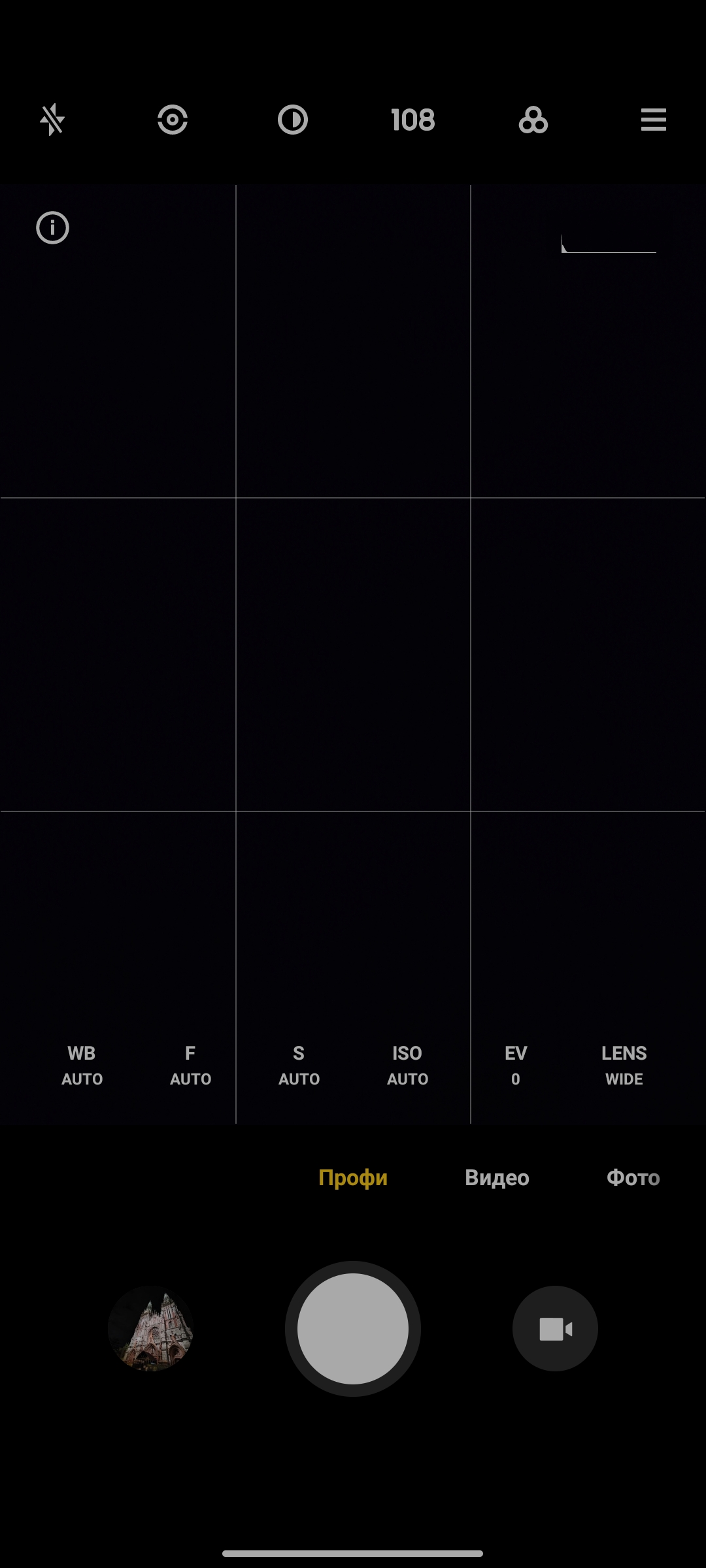
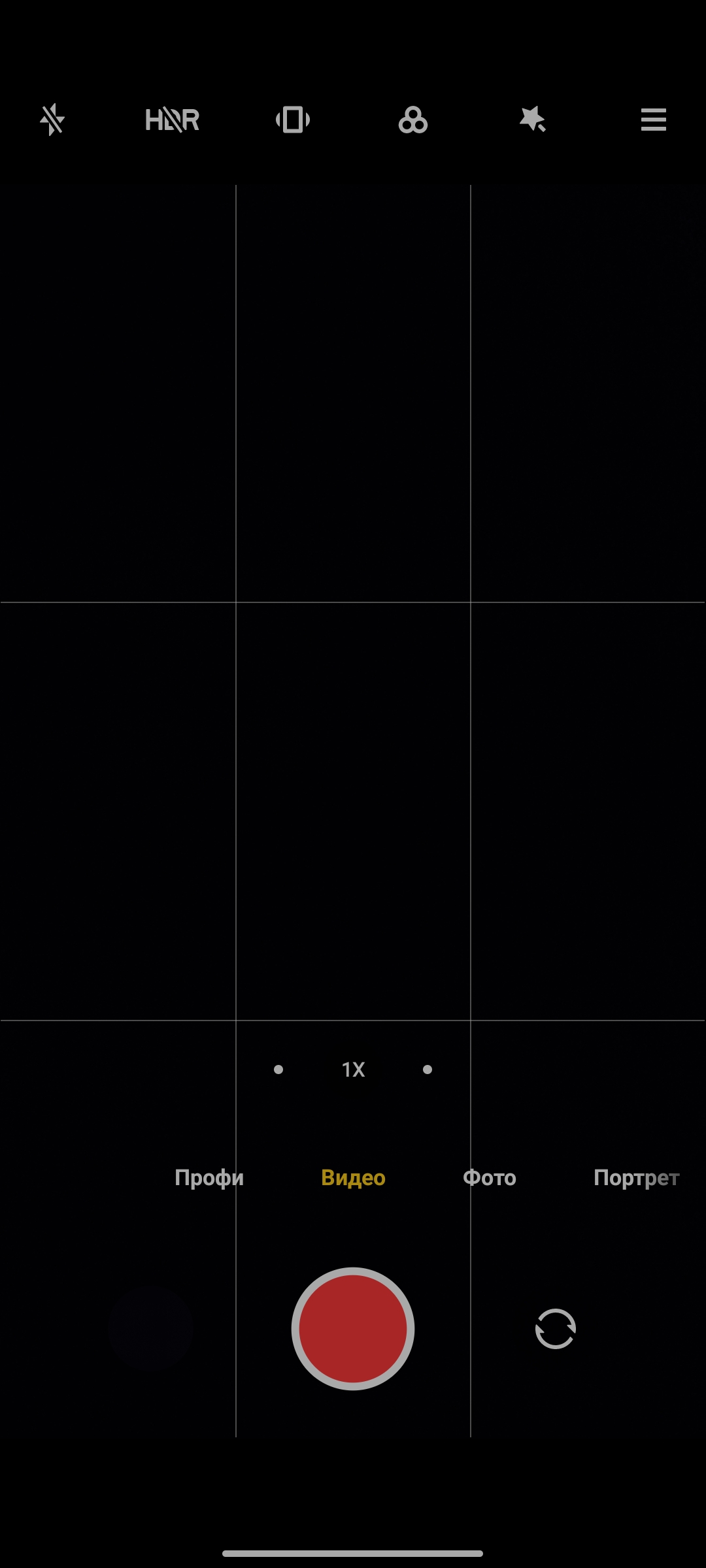
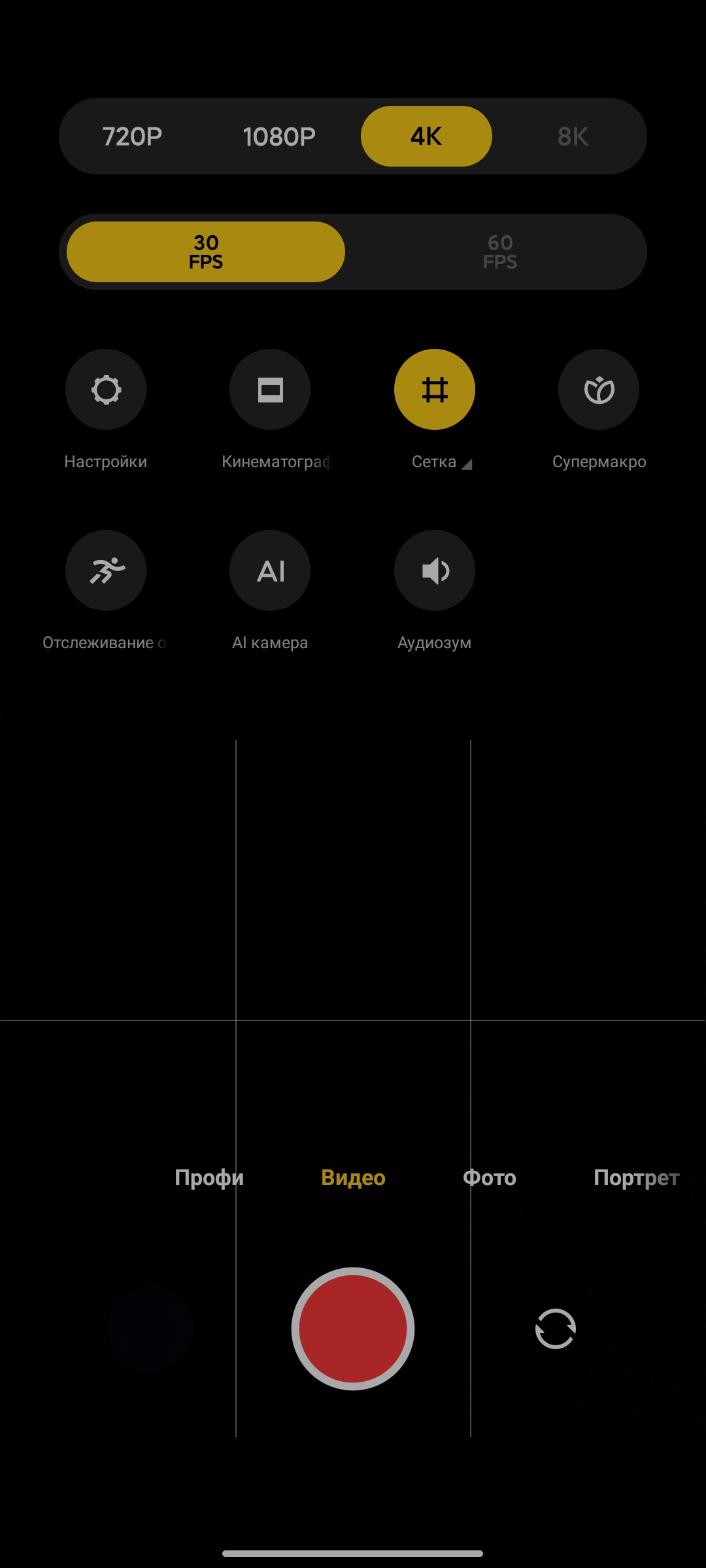

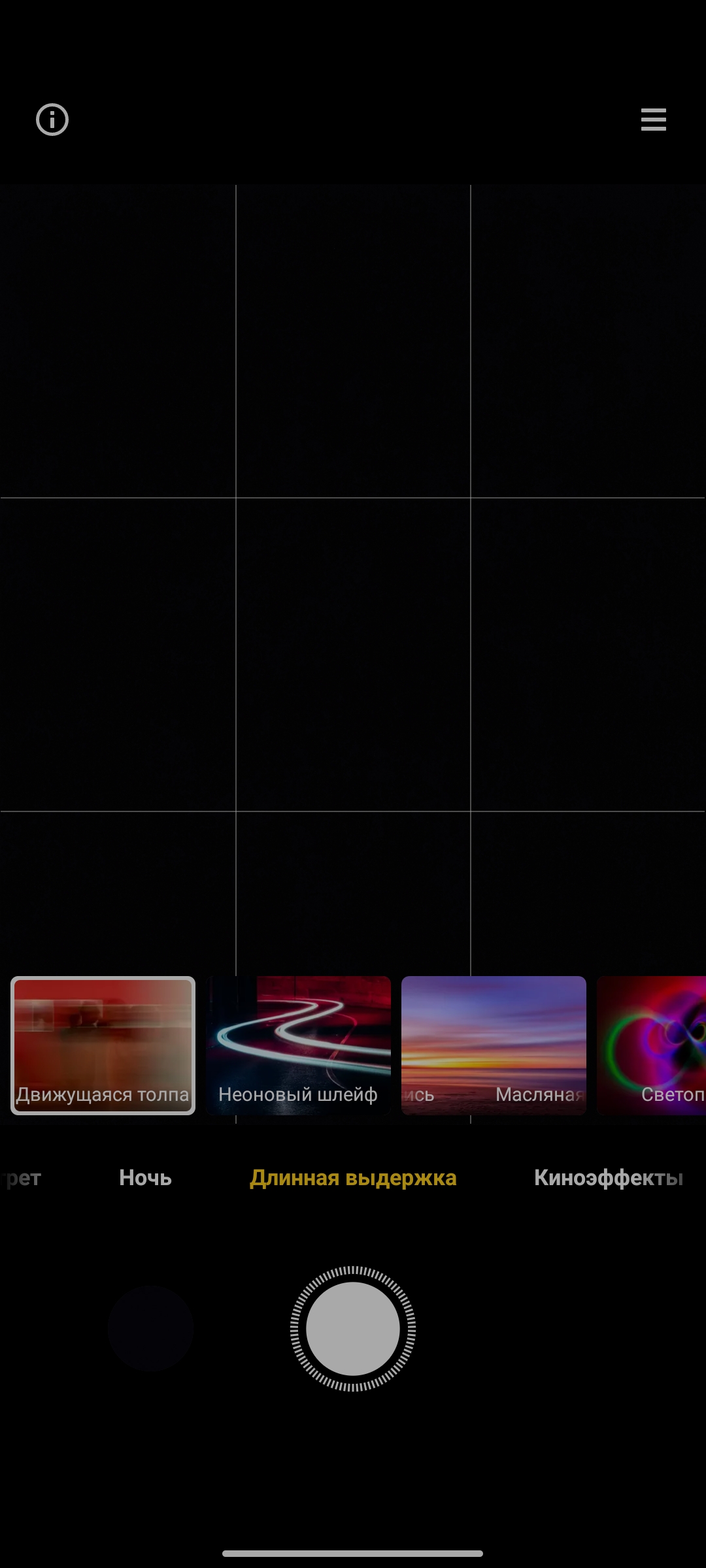

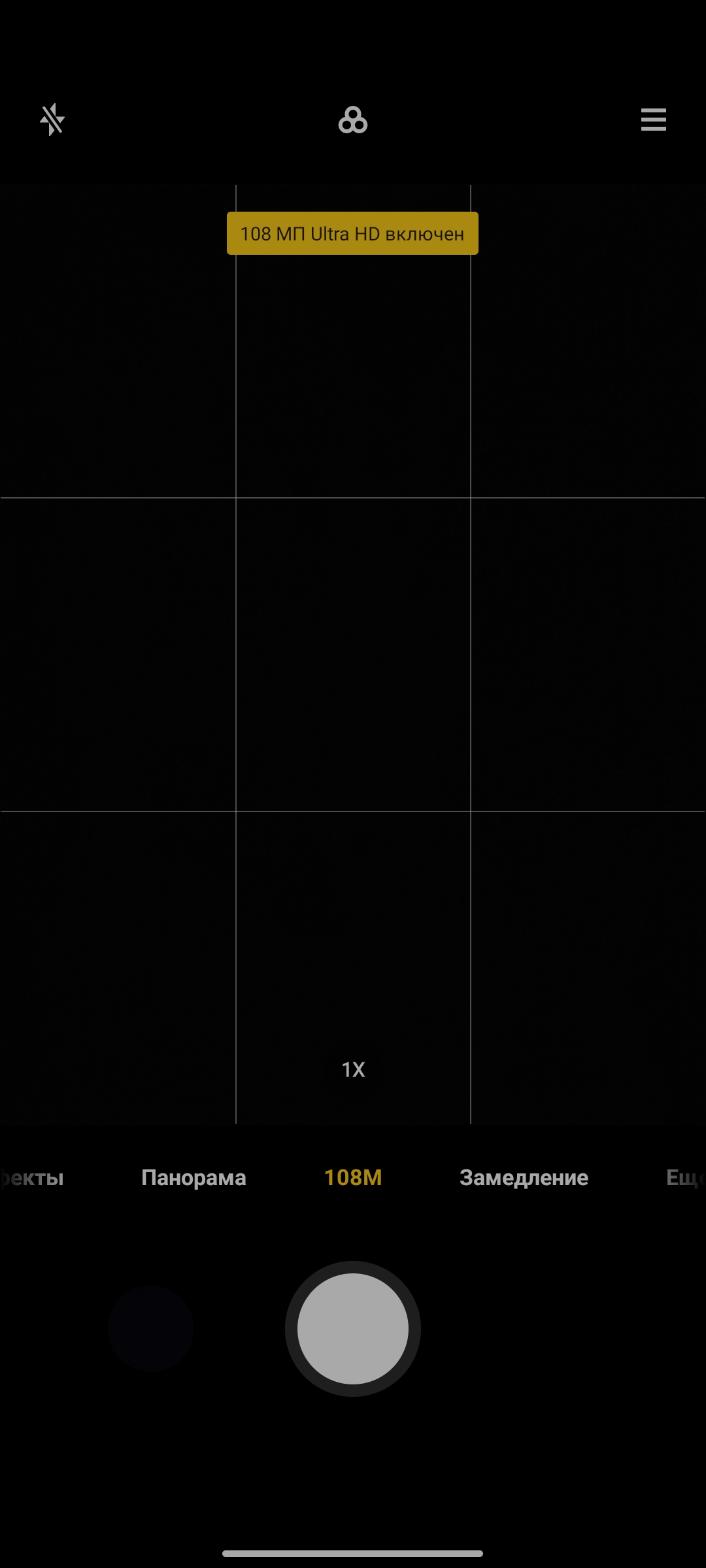
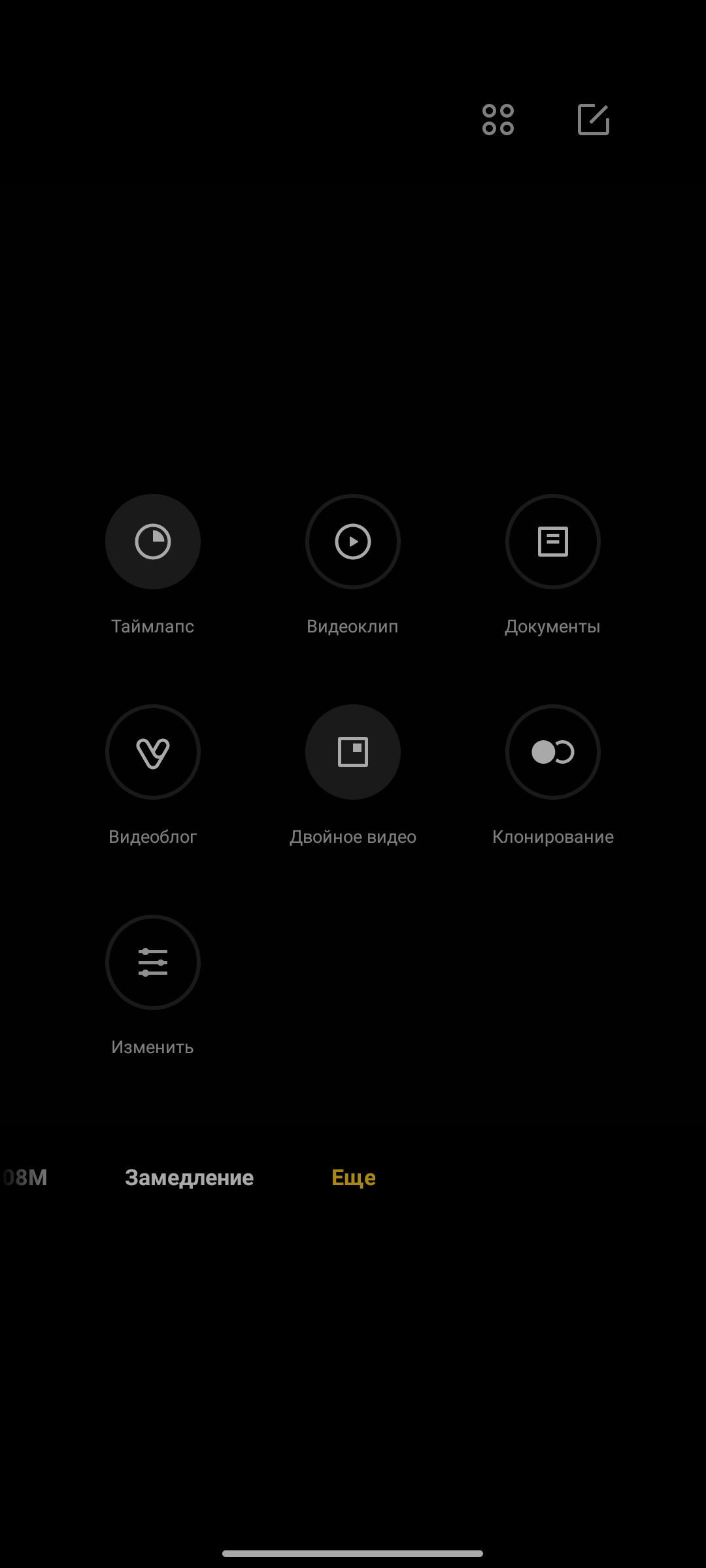









The main camera shoots well in sufficient light. Pictures are very juicy, with a wide dynamic range, good contrast, a relatively natural color reproduction and excellent detail. Night shooting in most cases is also quite correct. Just a couple of times there were some oddities. Overall, the main camera makes a very good impression. This is not the level of the top flagship smartphones, but to get a good picture in most situations is quite realistic. You can see the originals here .





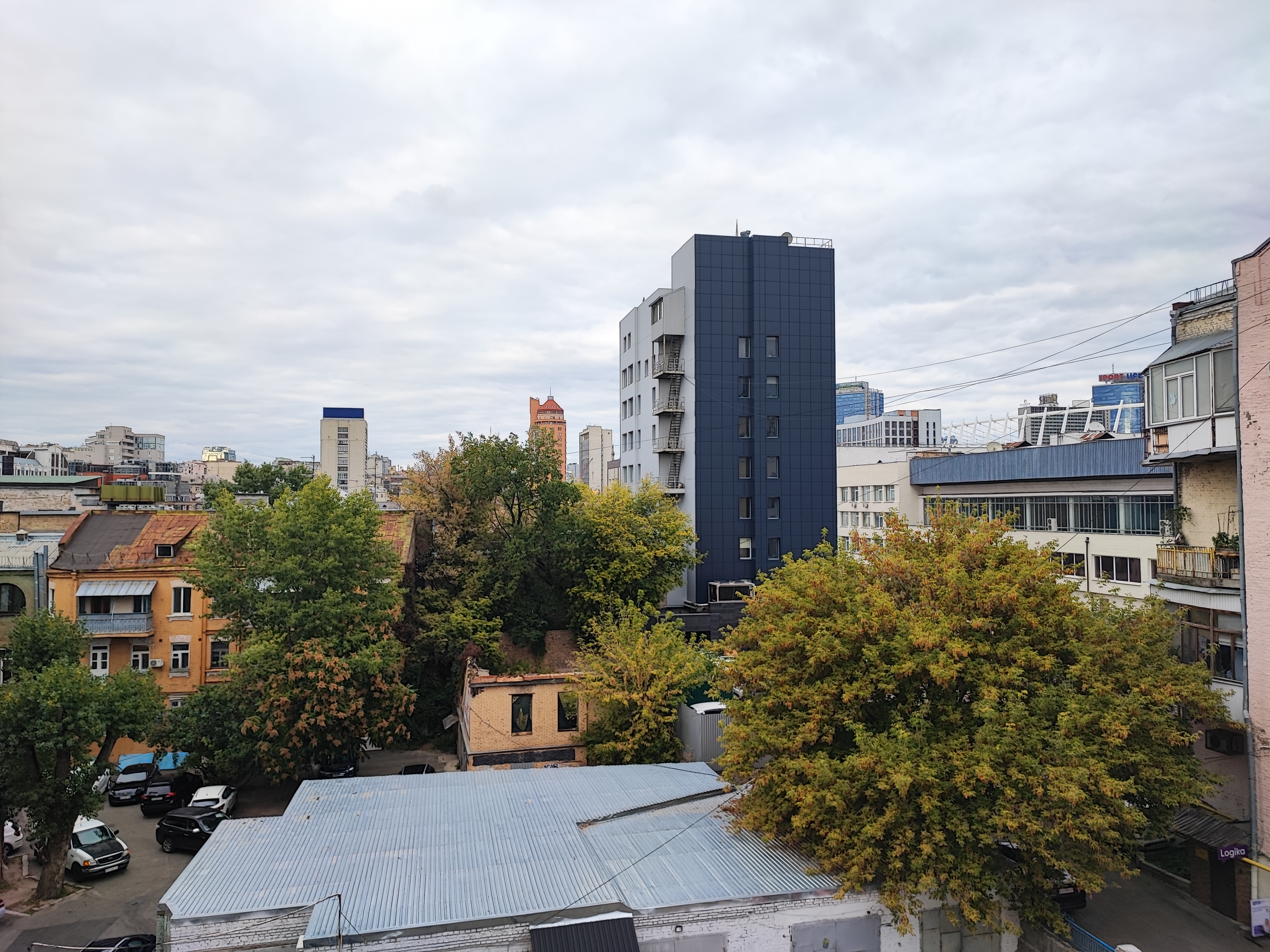





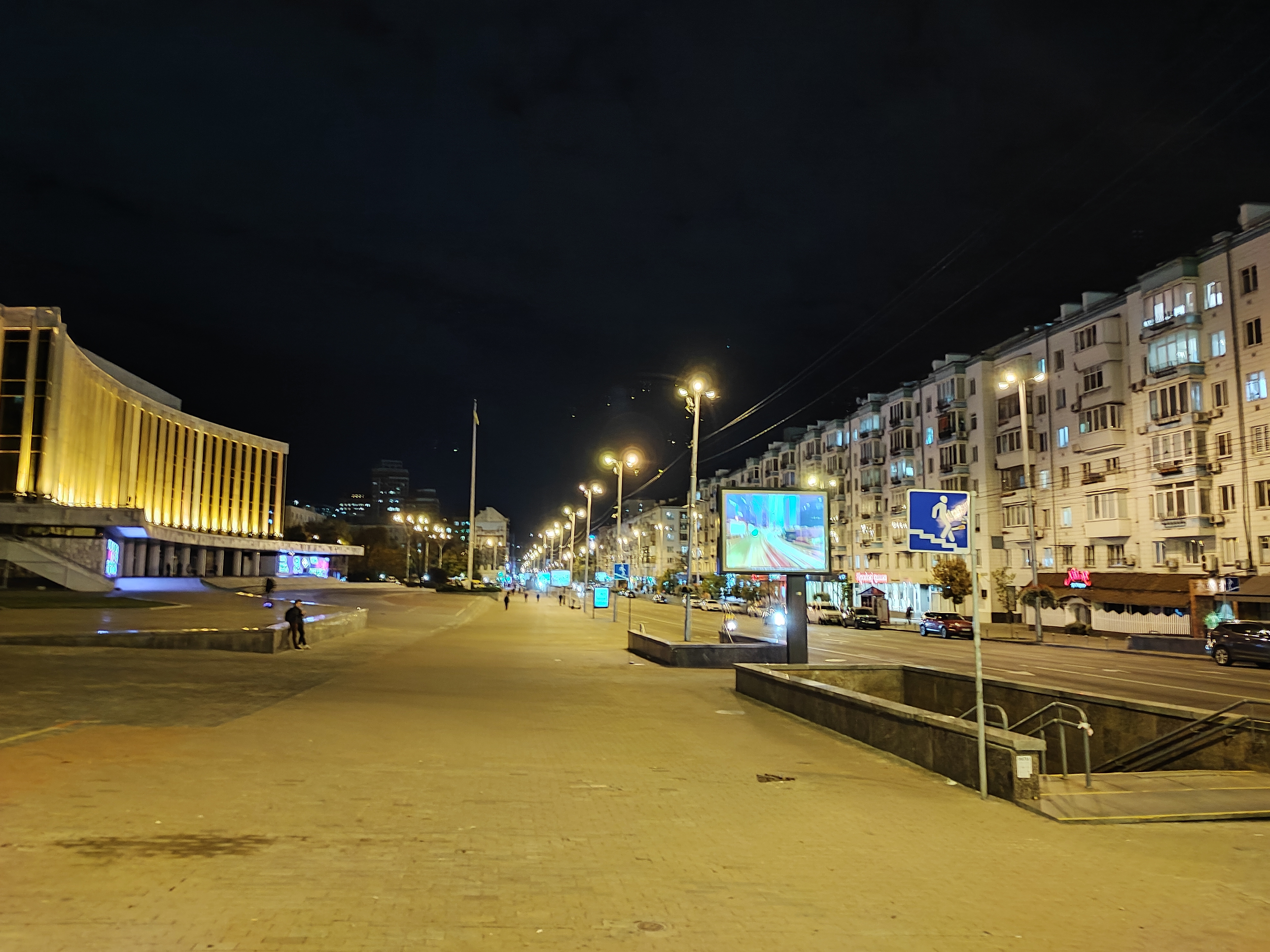
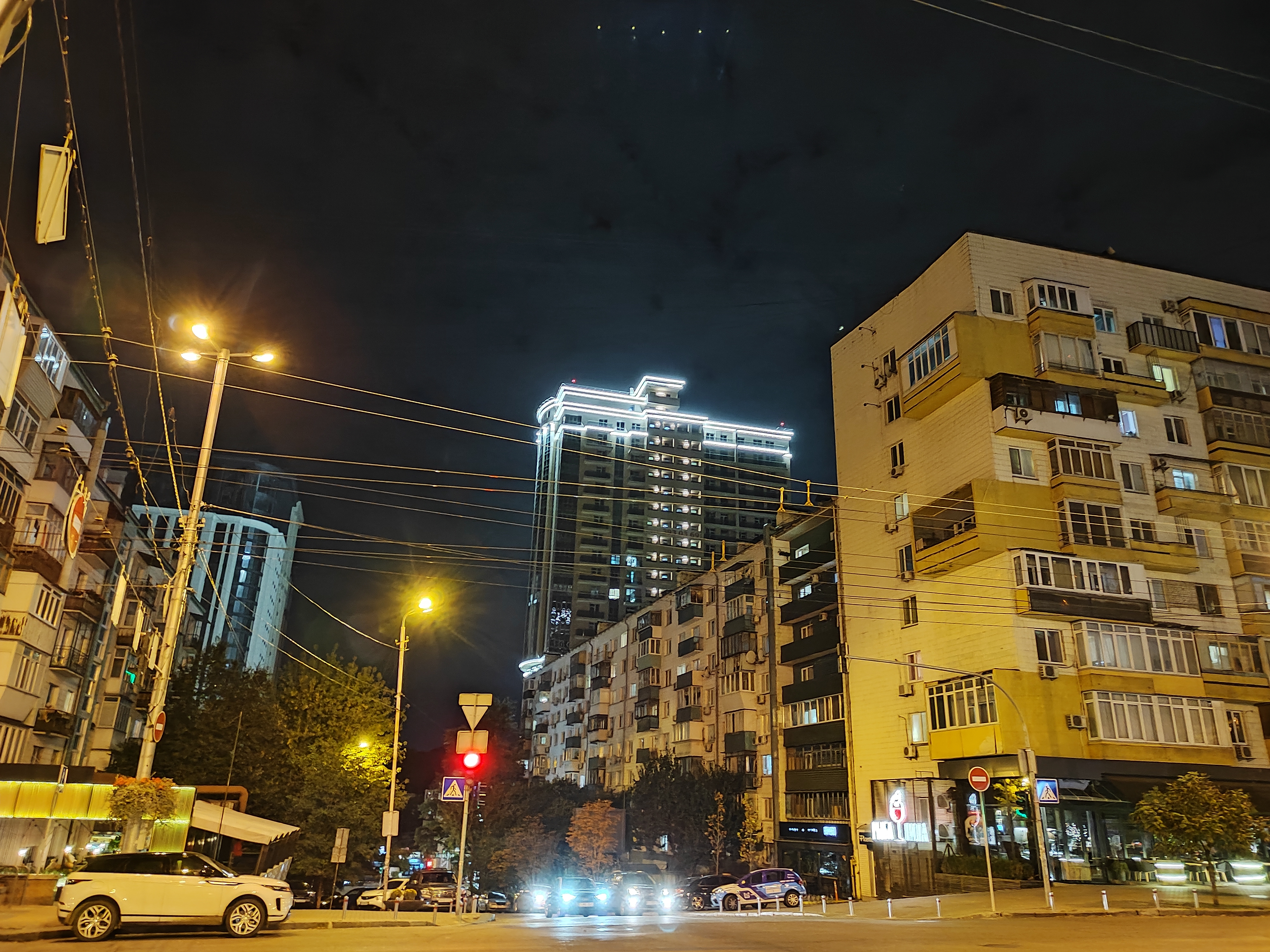
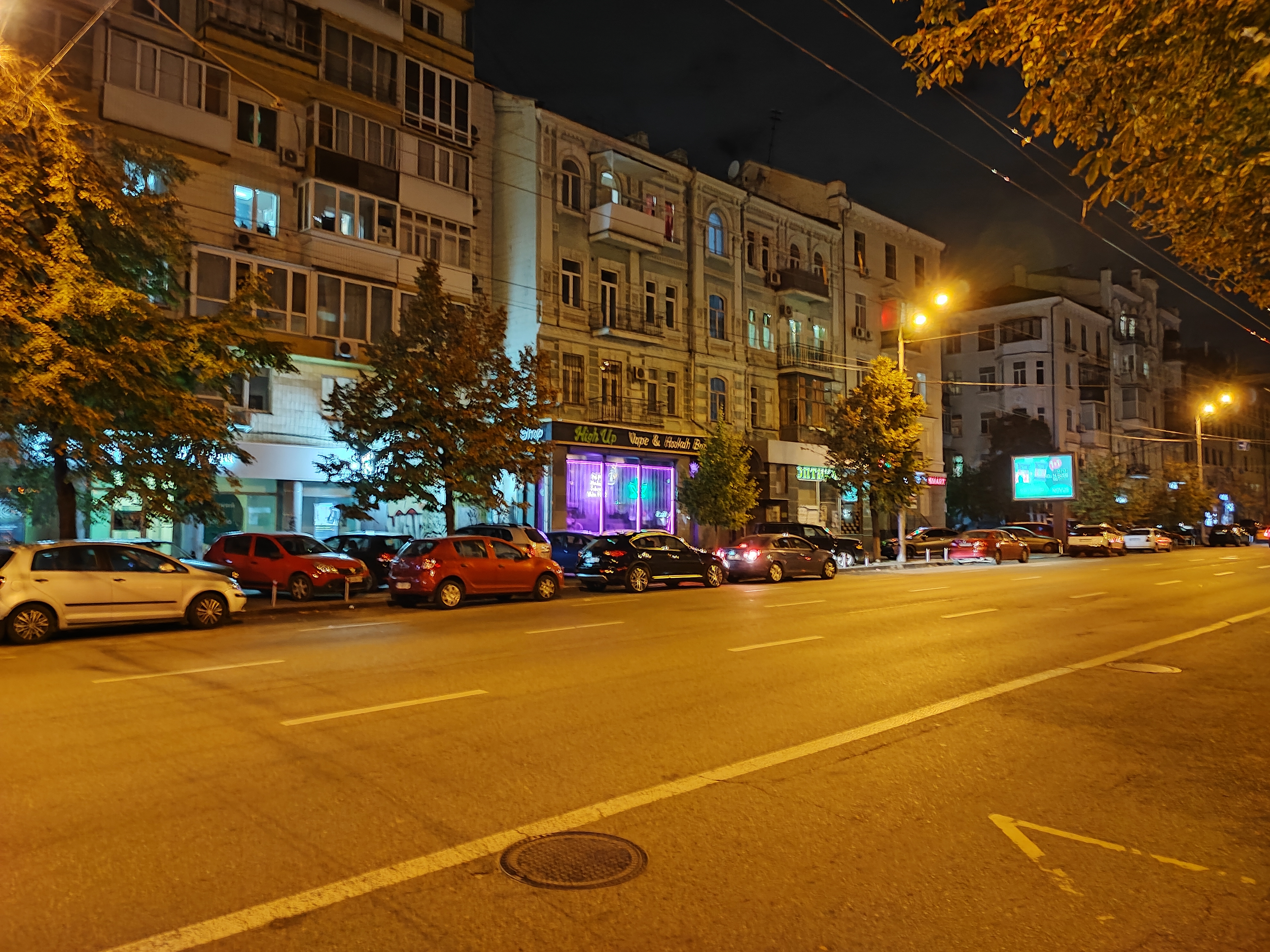
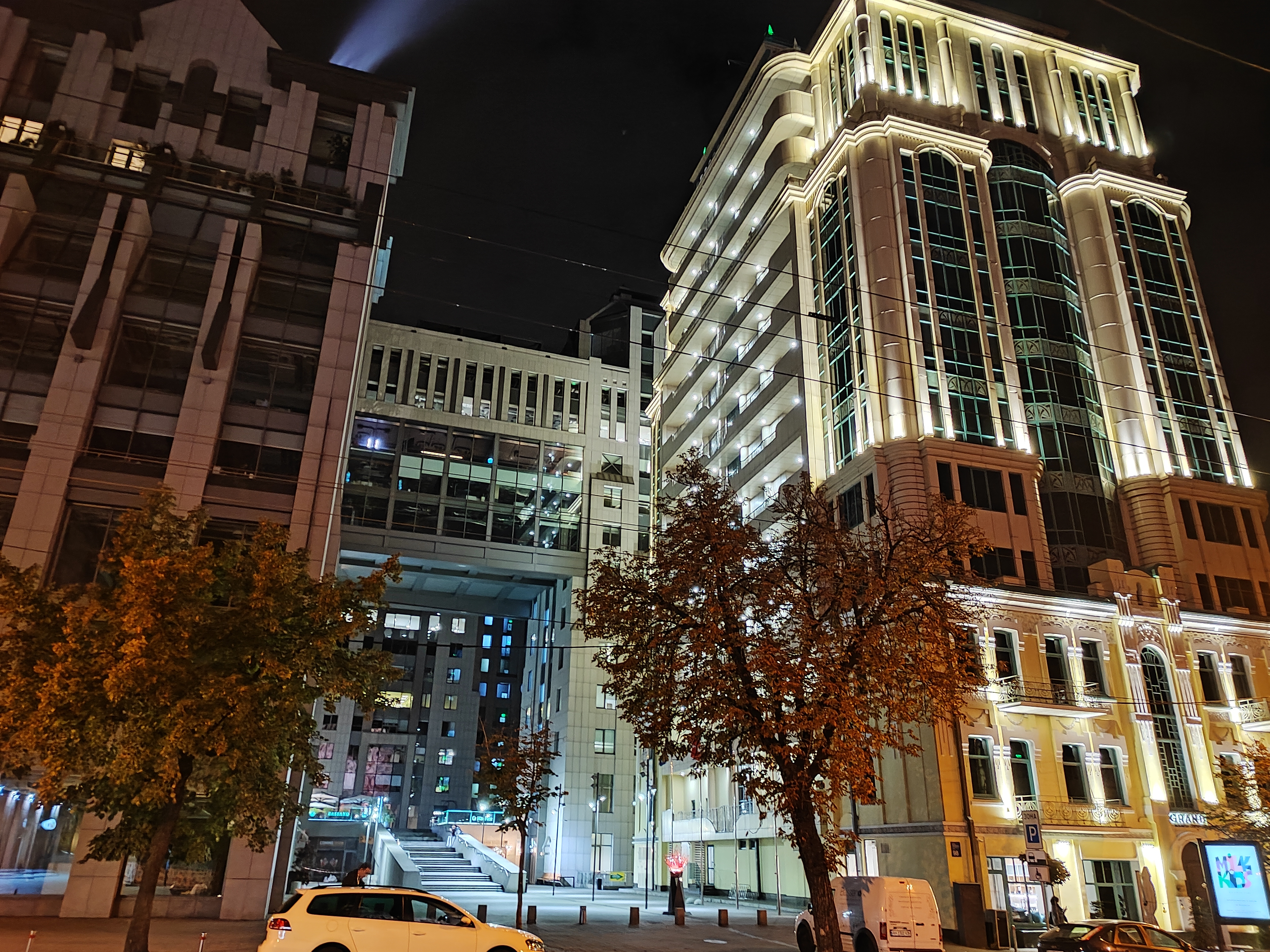

















The ultra-wide-angle camera is noticeably inferior to the main camera, both in detail and dynamic range. On the whole, the pictures come out dimmer. This is true of all ultra-wide-angle cameras in smartphones these days, though. And that doesn't mean you can't take a decent picture with it, either.



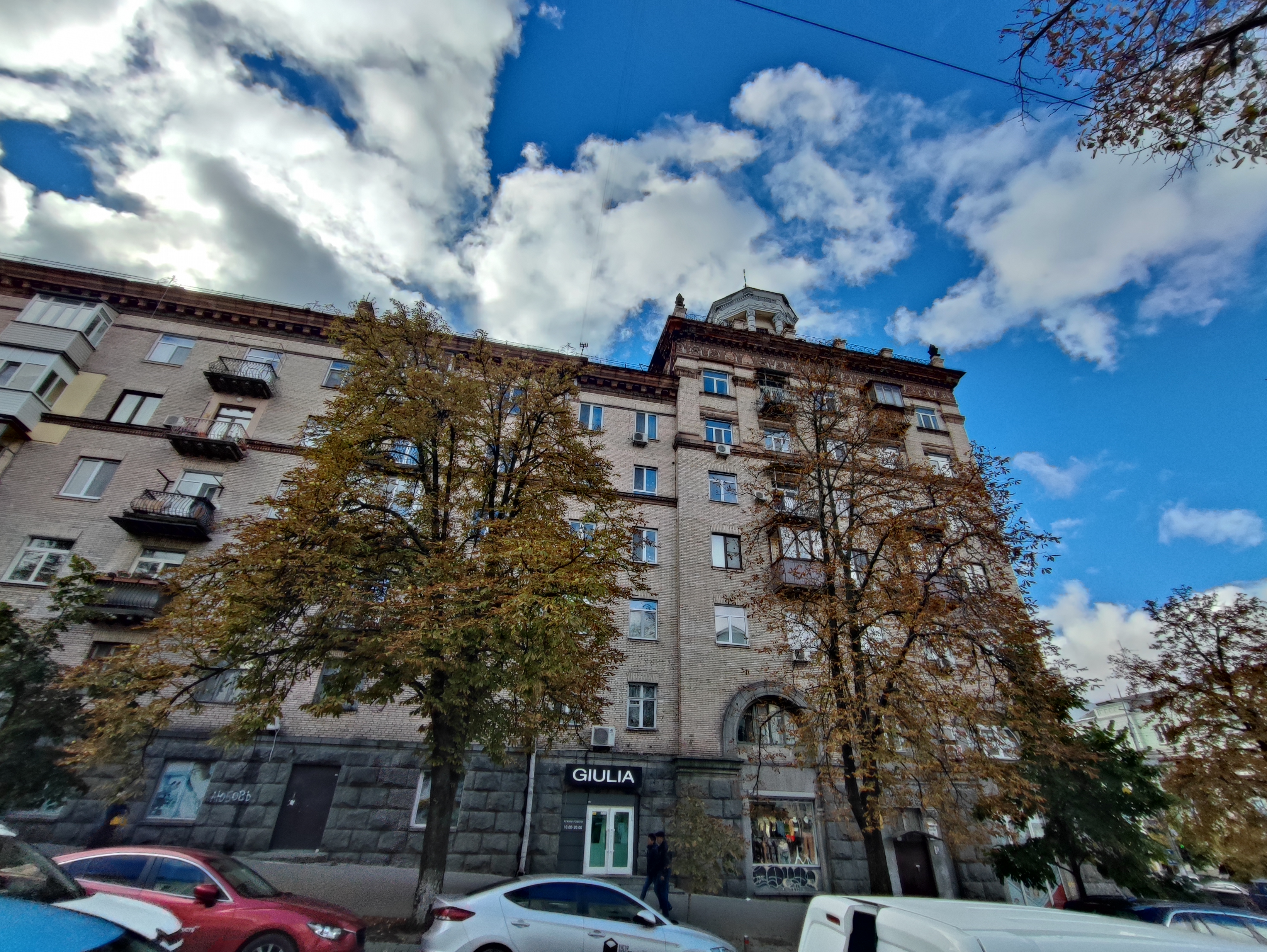


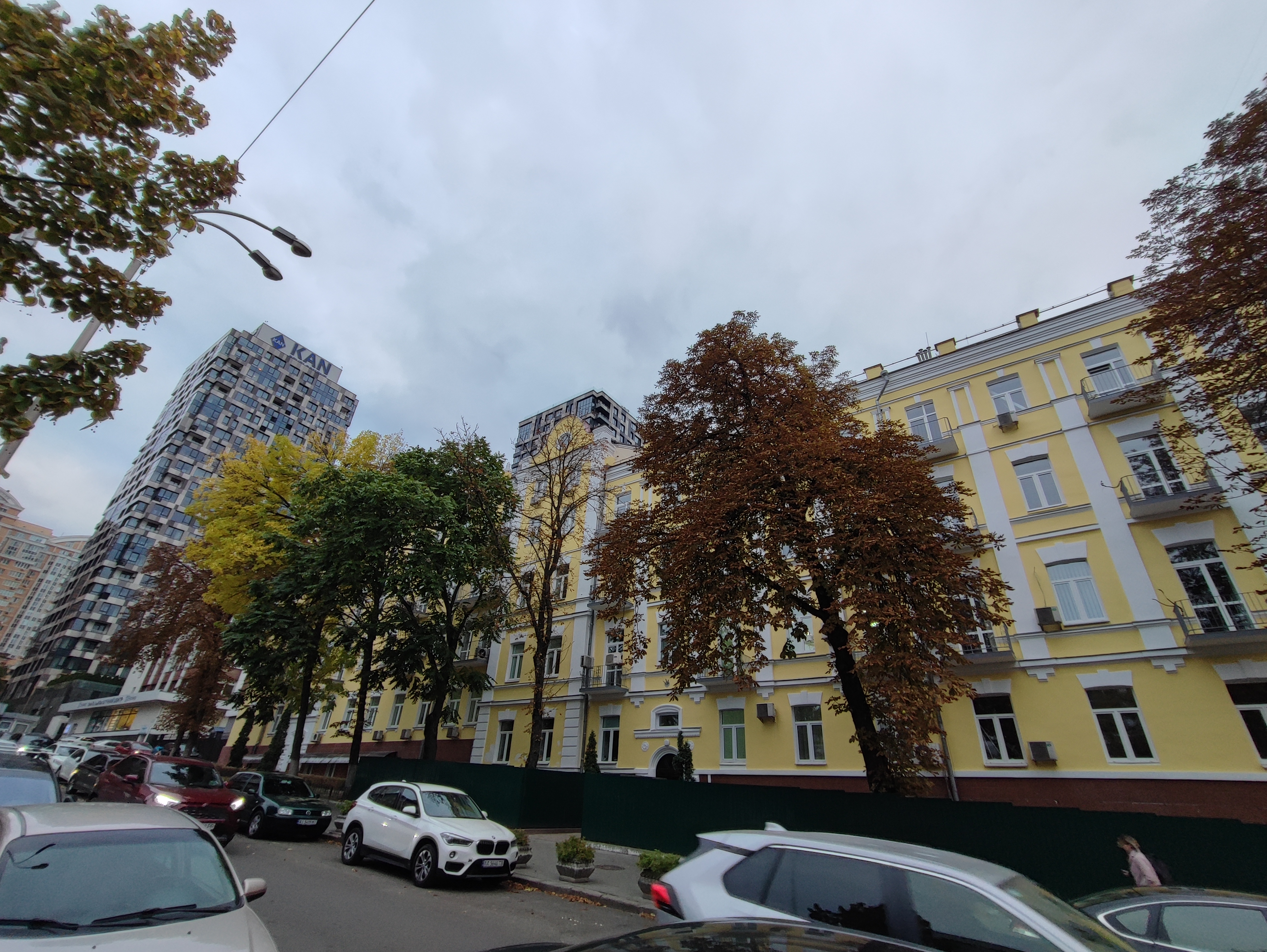
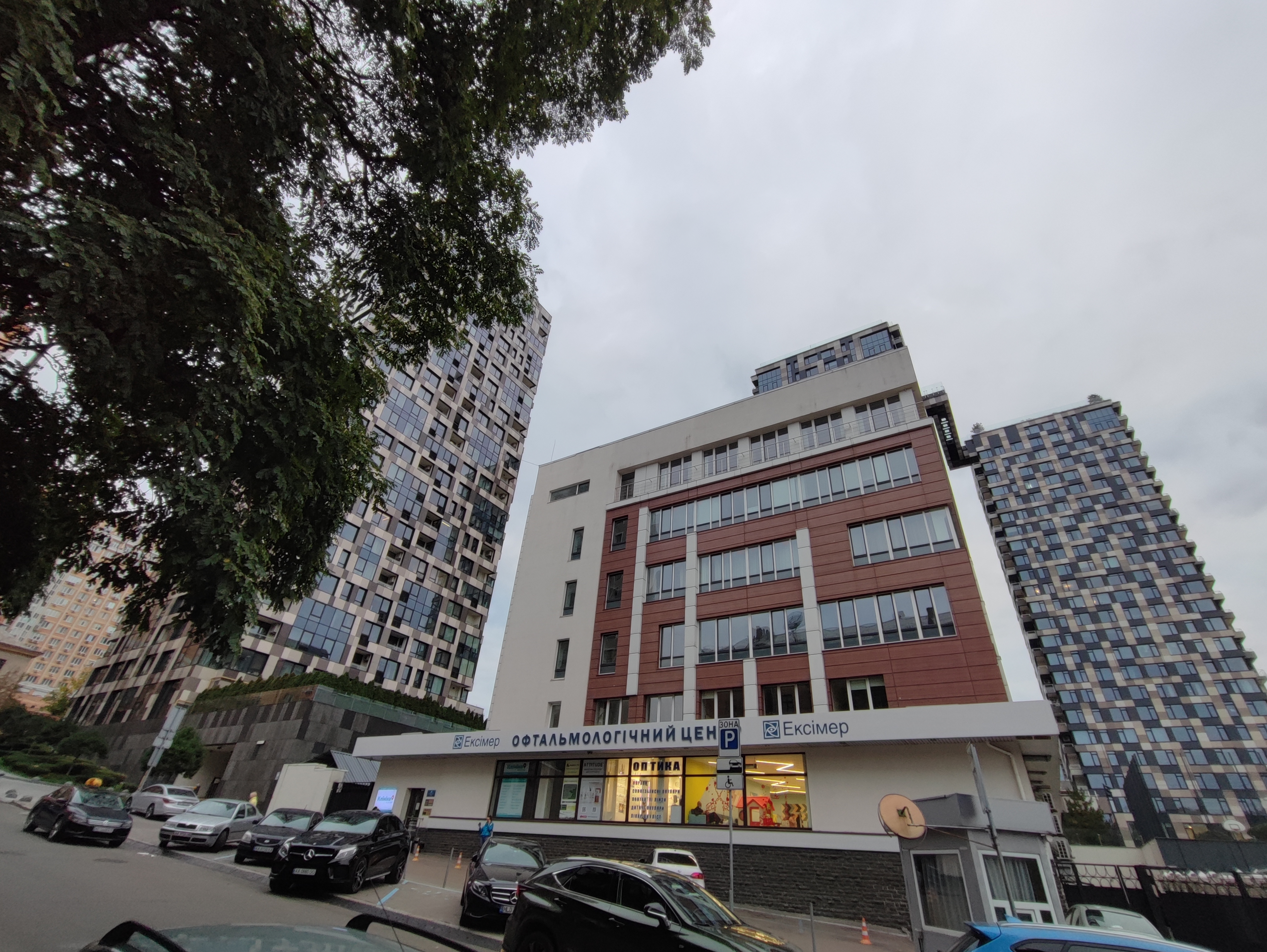
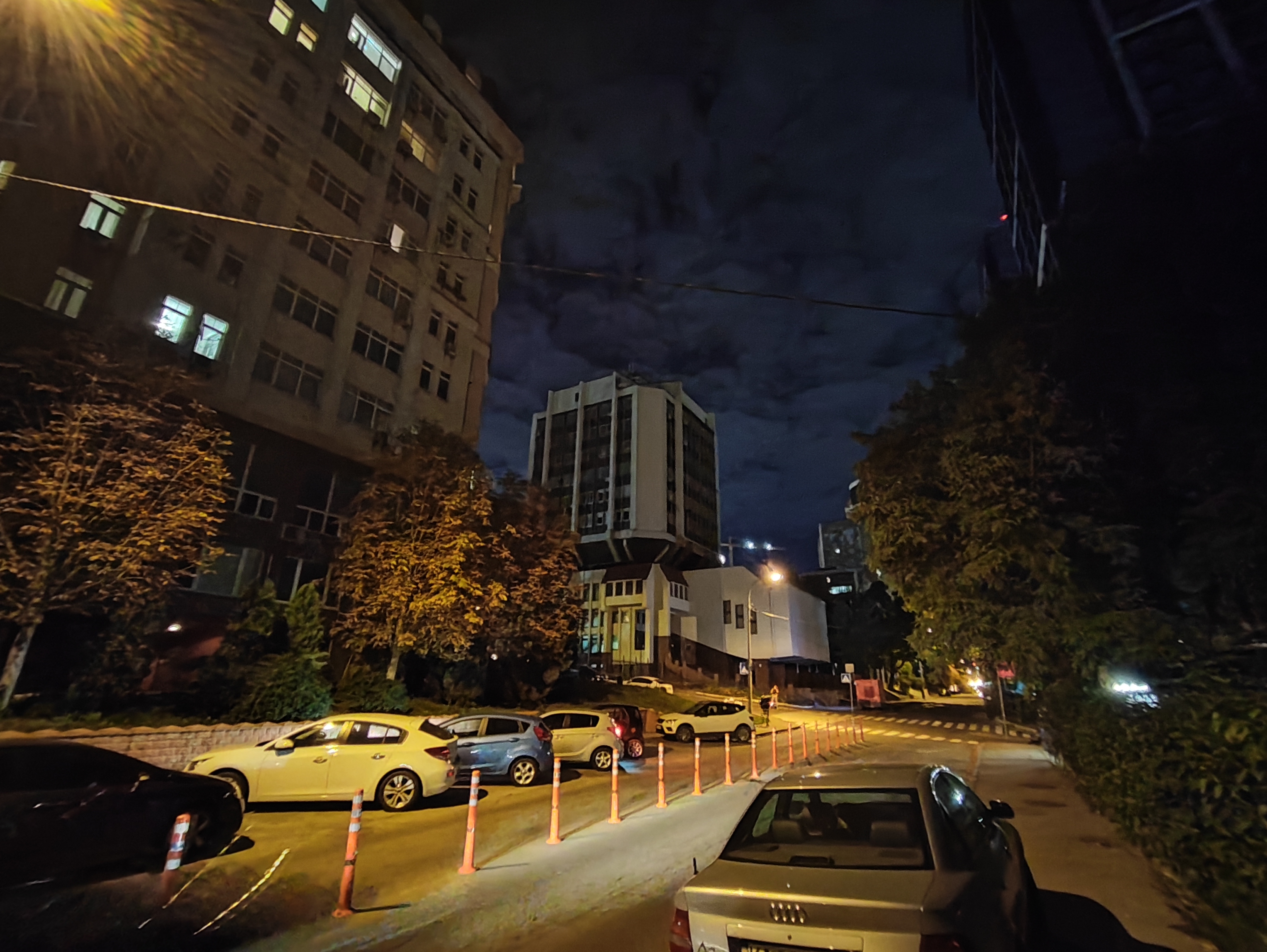
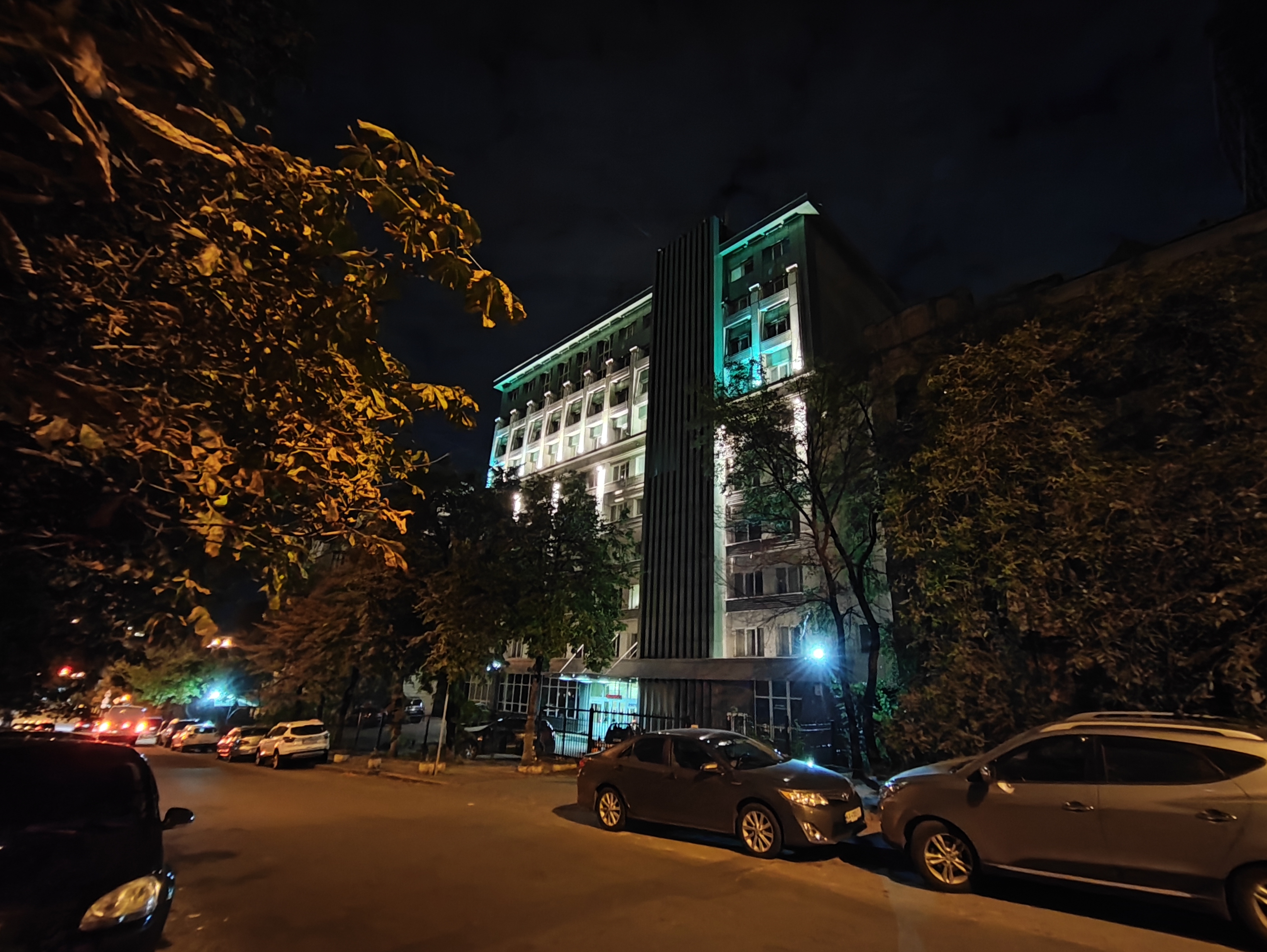
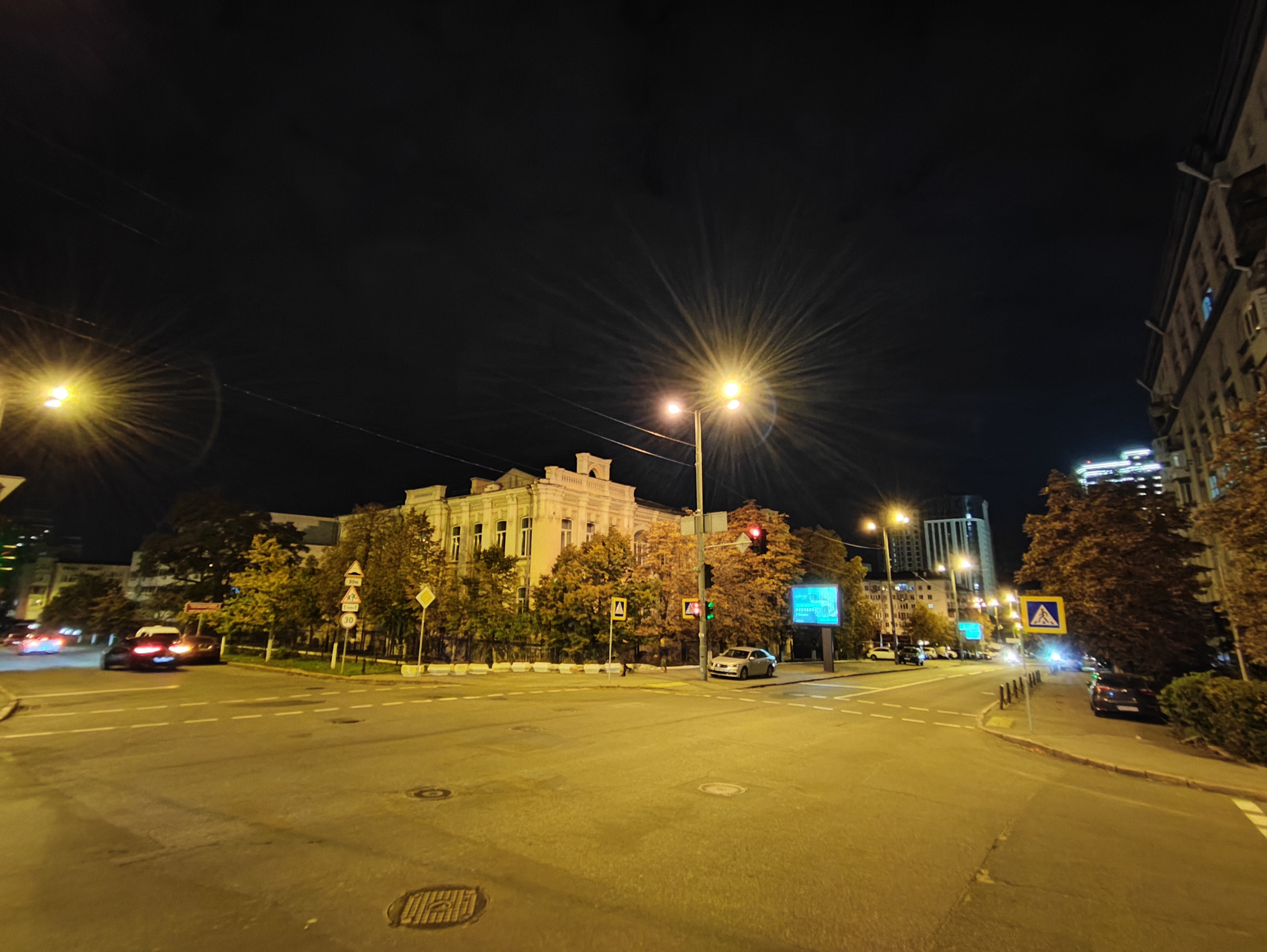

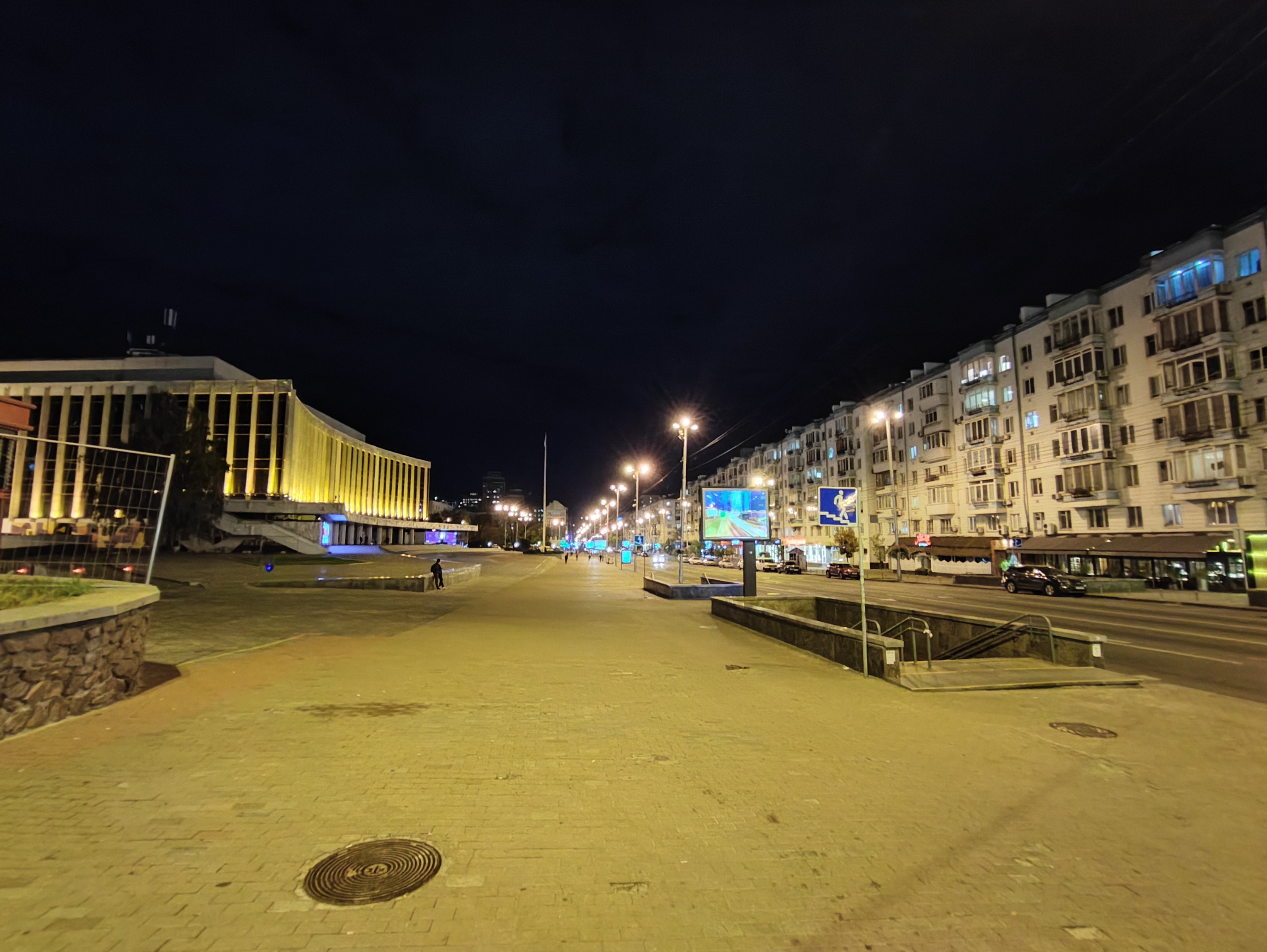
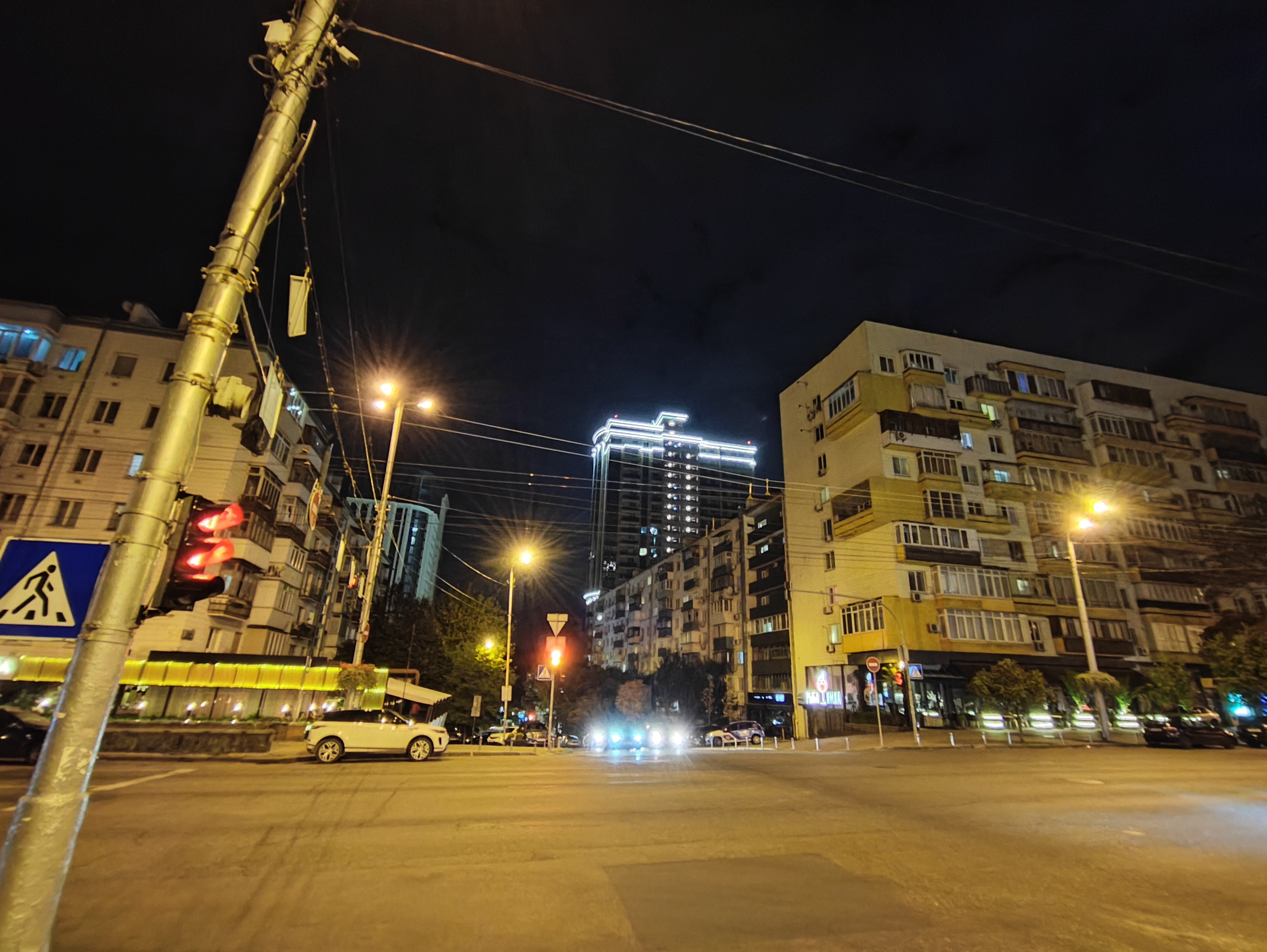
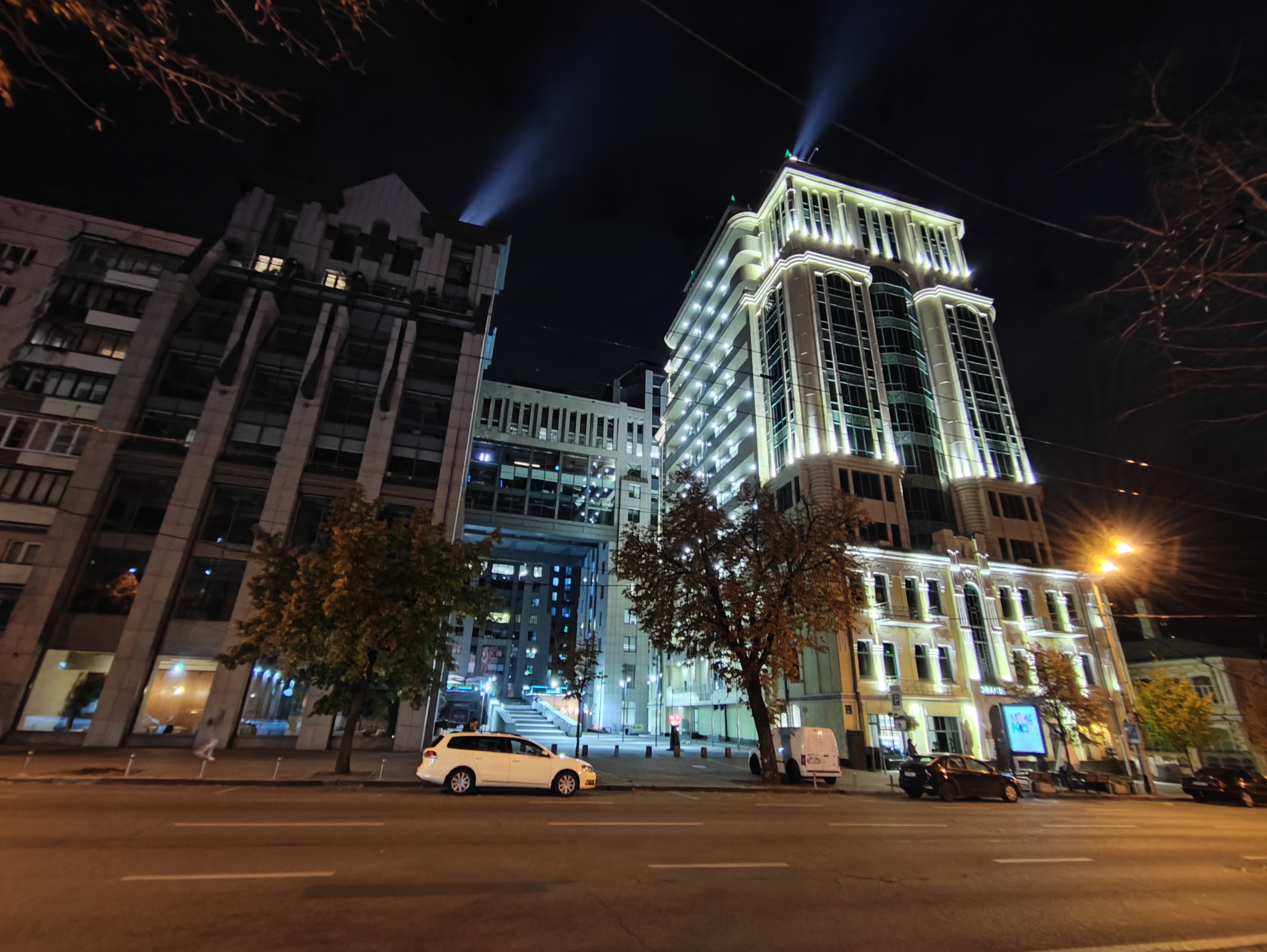

















Zoom:


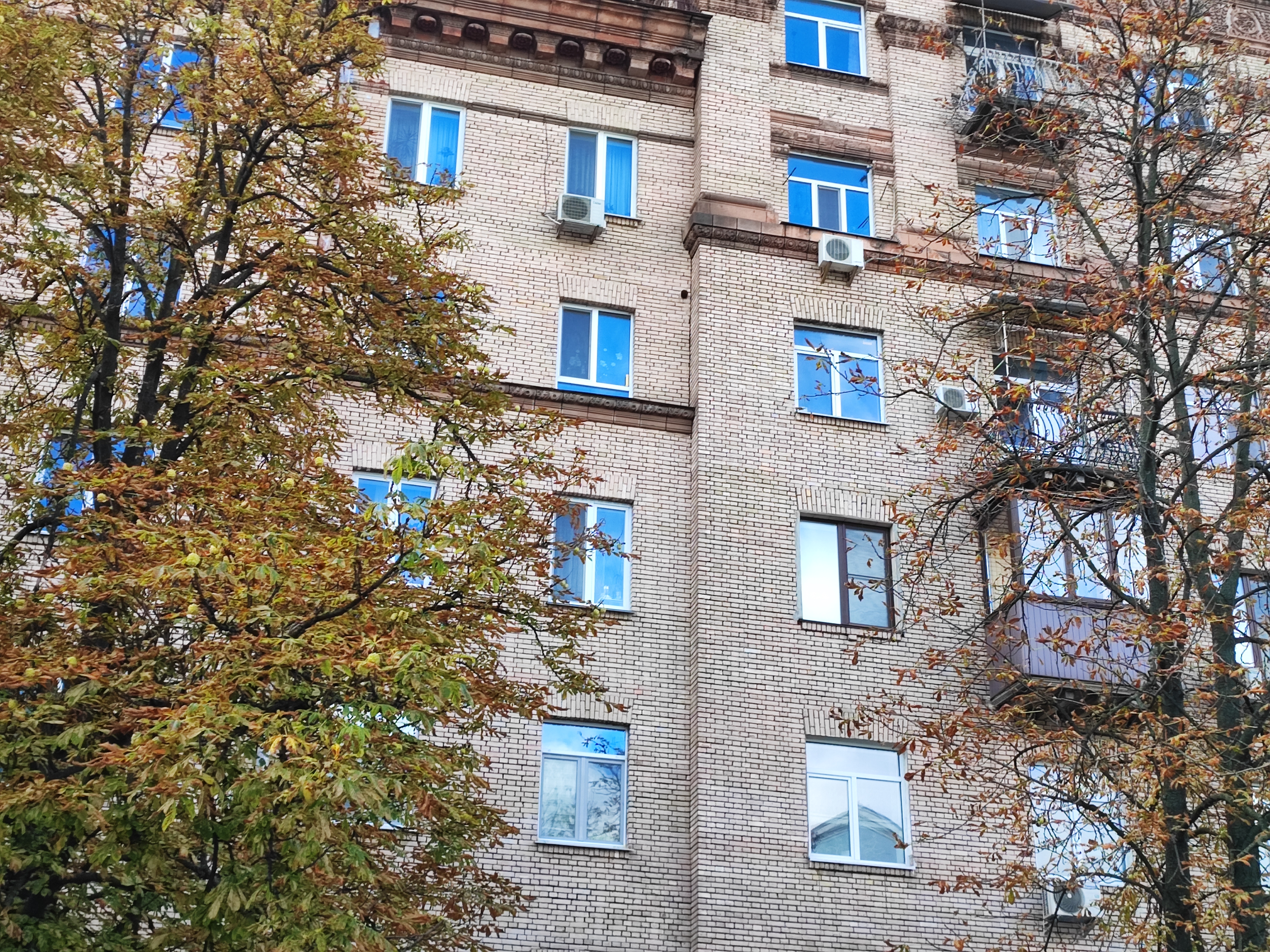
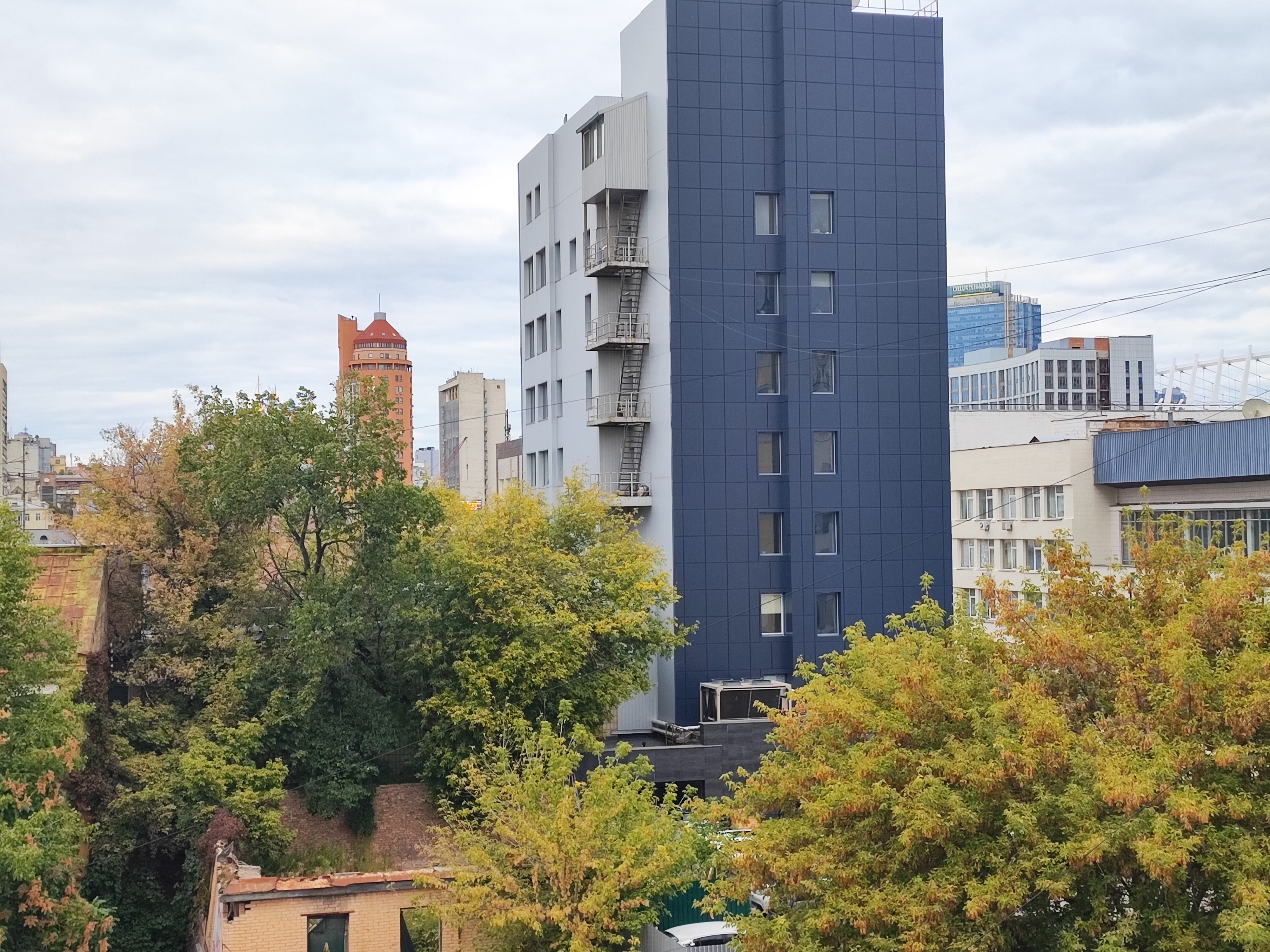


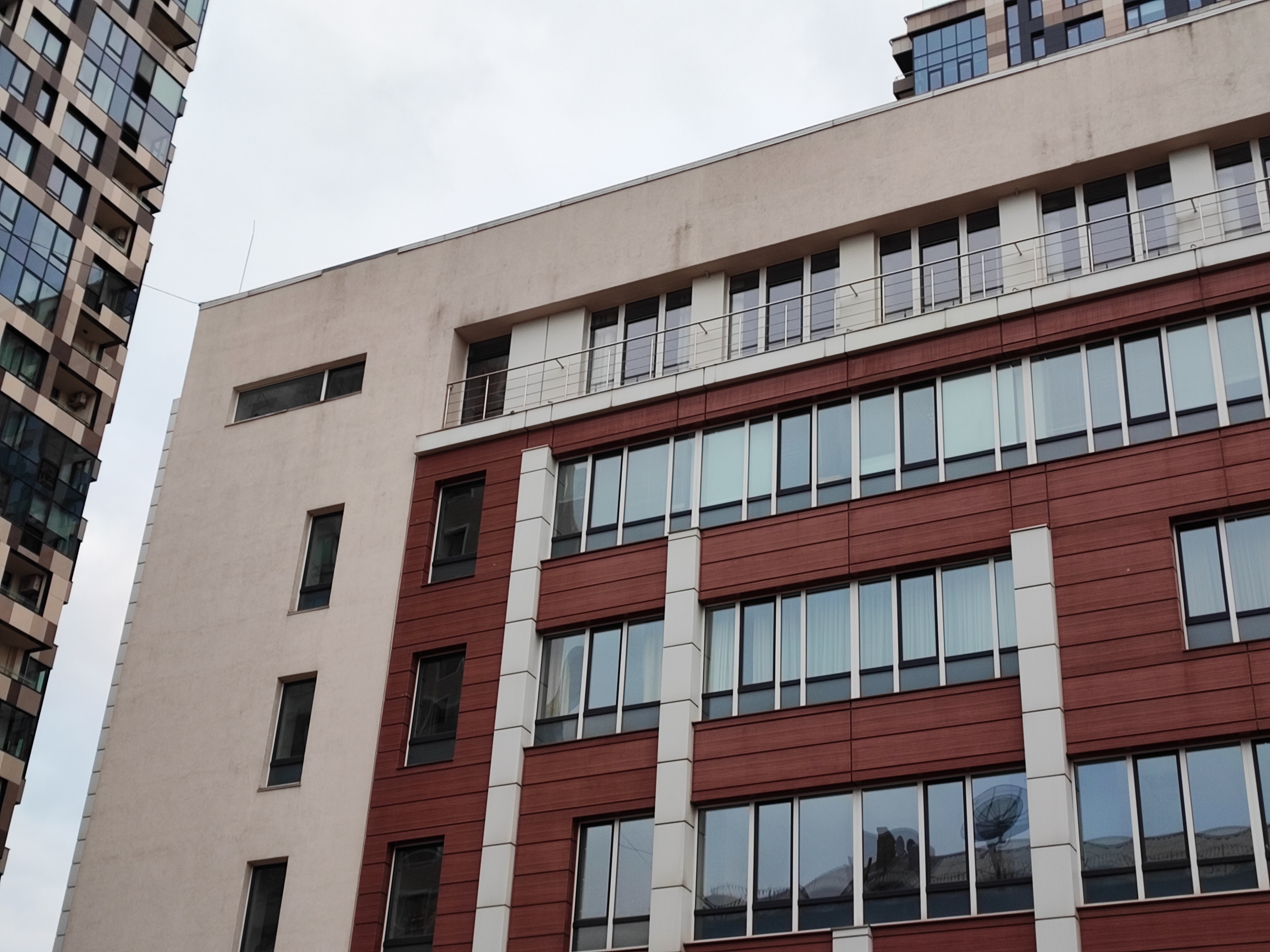
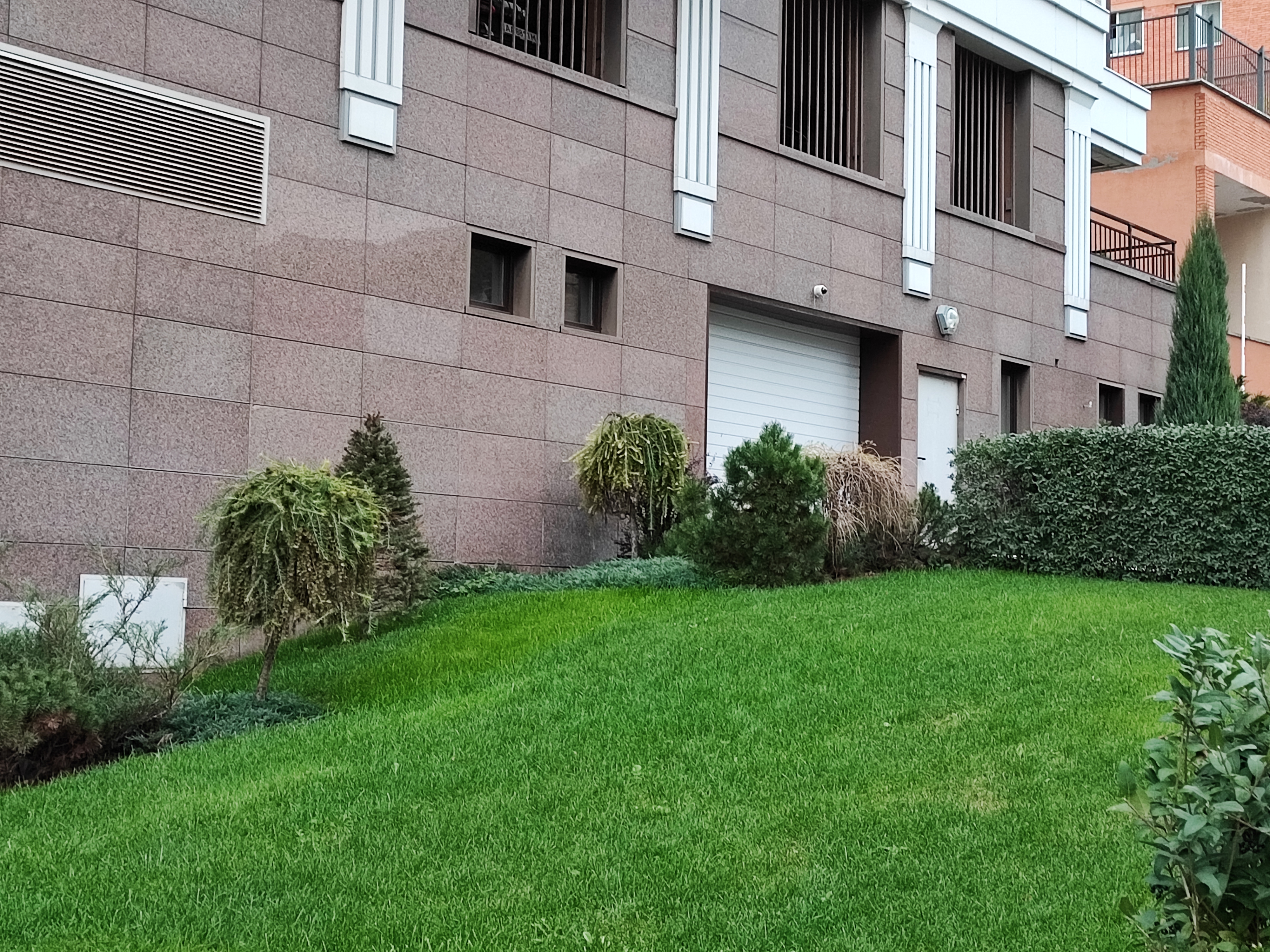
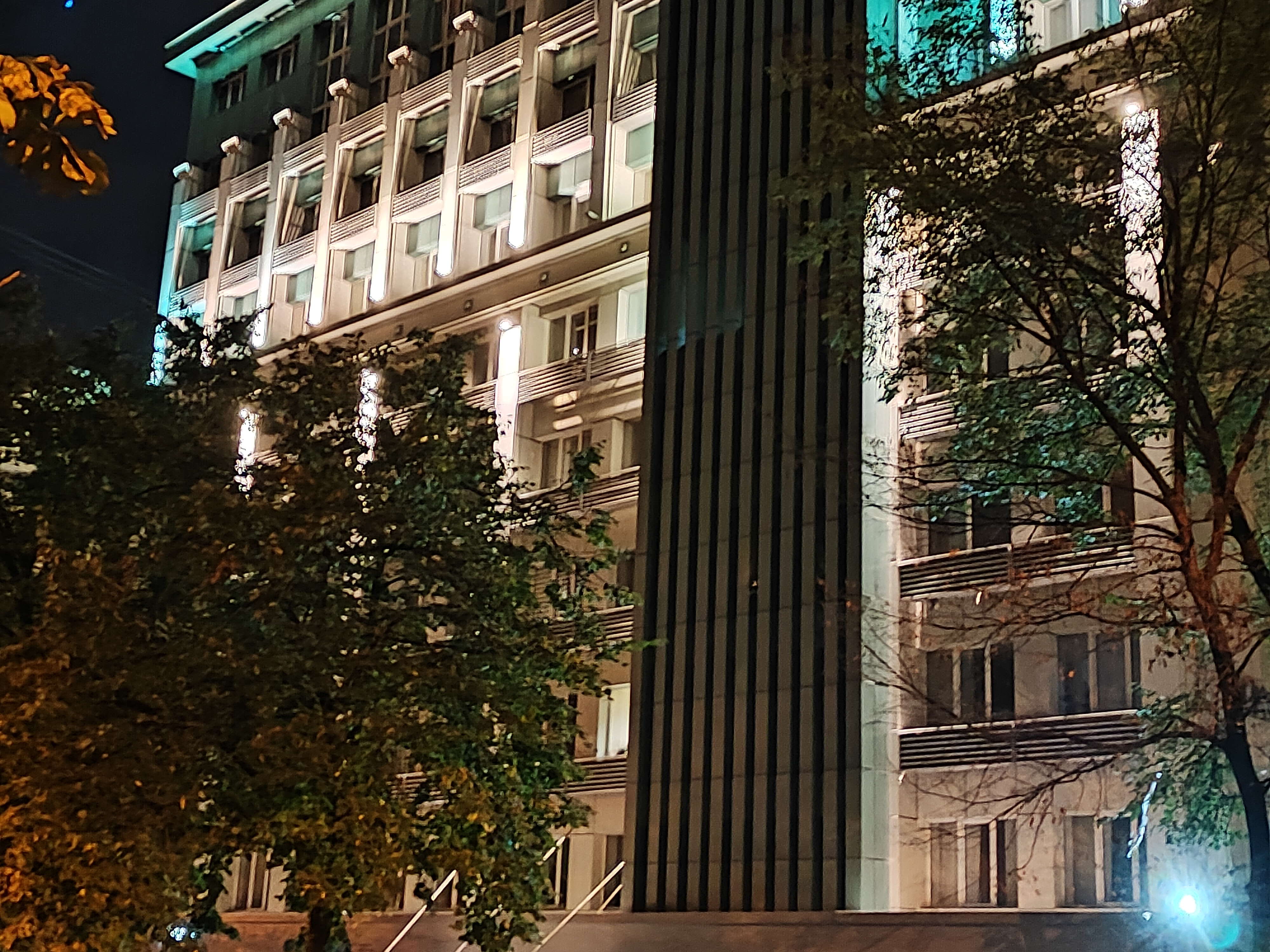













Unlike a bunch of smartphones with a macro camera "for a tick" with 2 MP without autofocus, the Xiaomi 11T Pro uses a 5 MP telephoto module with autofocus for macro photography. And with its help you can really make good macro shots:






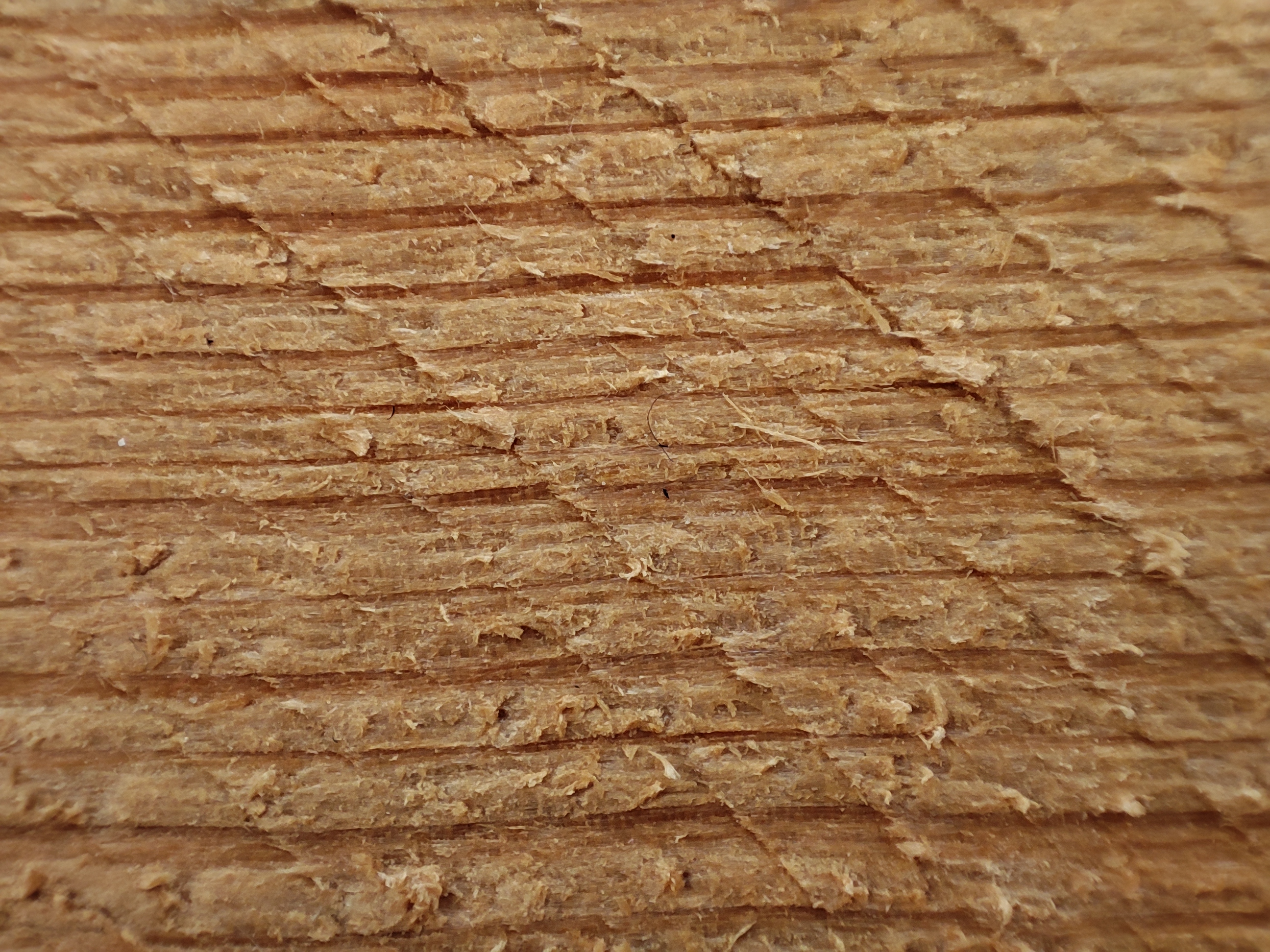









Videos in 4K resolution with a frame rate of 60 fps are of very decent quality. Without obvious shake and with good detail:
In video stabilization mode, processing algorithm artifacts are quite visible:
Bottom line: four things to know about Xiaomi Mi 11 Ultra.
- The Xiaomi Mi 11 Ultra features the top-of-the-line hardware at the moment and an excellent AMOLED screen with a resolution of 3200x1440 at 120Hz.
- The smartphone got a small additional screen next to the rear cameras, which is able to display useful information and also work as a viewfinder for self-portraits on the main camera.
- The rear camera has three modules: 50 MP primary, 48 MP periscopic telephoto with 5x zoom and 48 MP ultra wide with 128° viewing angle.
- The smartphone supports very fast charging at 120W and charges fully in less than 20 minutes.
| Xiaomi 11T Pro Specifications | |
|---|---|
| Display | AMOLED, 6.67 inches, 2400x1080 (20:9 aspect ratio), 395 ppi, Gorilla Glass Victus, HDR10+, Dolby Vision, 120 Hz |
| Body | dimensions: 164.1x76.9x8.8 mm, weight: 204 g |
| Processor | 64-bit 5nm Qualcomm Snapdragon 888, 1xKryo 680, 2.84 GHz, 3xKryo 680 2.42 GHz, 4xKryo 680 1.8 GHz, Adreno 660 graphics |
| RAM | 8GB LPDDR5 |
| Flash memory | 256GB UFS 3.1 |
| Camera | Main: 108MP, f/1.8, 1/1.52", 0.7µm, PDAF; ultra-wide angle: 8MP, f/2.2, 120˚, 1/4", 1.12µm; telephoto macro: 5MP, f/2.4, 1/5.0", 1.12µm, AF; 8K@30; front camera: 16 MP f/2.5 |
| Wireless technologies | Wi-Fi 802.11 a/b/g/n/ac/6 (dual band, 2.4 and 5 GHz), Bluetooth 5.2 LE, aptX HD, LDAC, NFC, IR port |
| GPS | GPS, A-GPS, GLONASS, GALILEO, BDS |
| Battery | 5000 mAh, non-removable; 120W fast charging |
| Operating system | Android 11 + MIUI 12.5.10.0 |
| Sim card | 2xNanoSIM |
| More | dust and moisture protection IP53; stereo sound |
- POCO X3 Pro Review: almost flagship for a quarter of the flagship price
- OPPO Reno4 Pro review: payback for fast charging
- Most detailed Samsung Galaxy Note 20 Ultra review
- iPhone 12 Pro review: An expensive dozen
- Realme 7 Pro review: AMOLED display, Snapdragon, NFC and lightning fast charging
- Samsung Galaxy S20 FE review: fan club flagship
- Samsung Galaxy Note20 review: we had three cameras, stylus and plastic body
- vivo X50 Pro review: first smartphone with "suspended" camera
